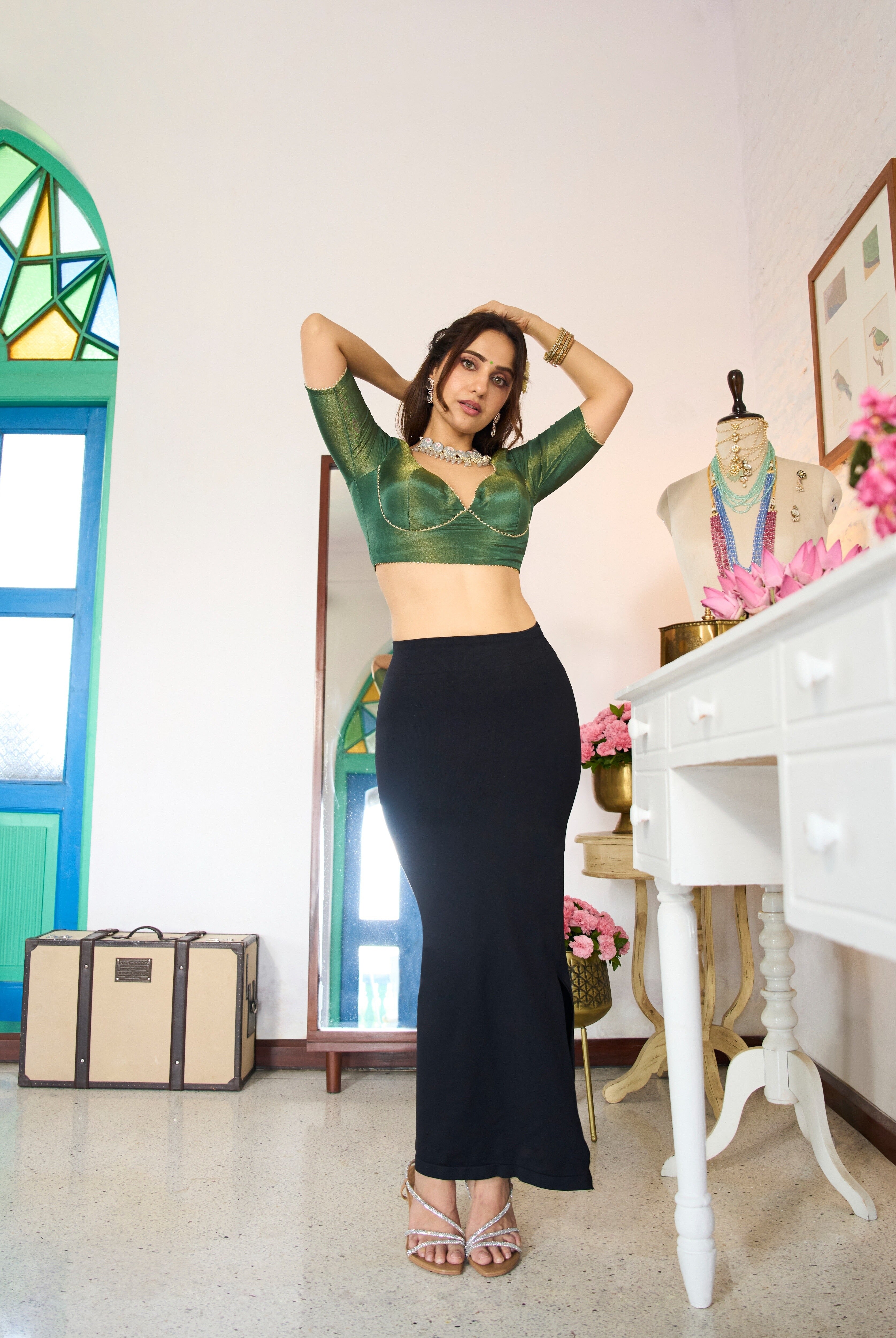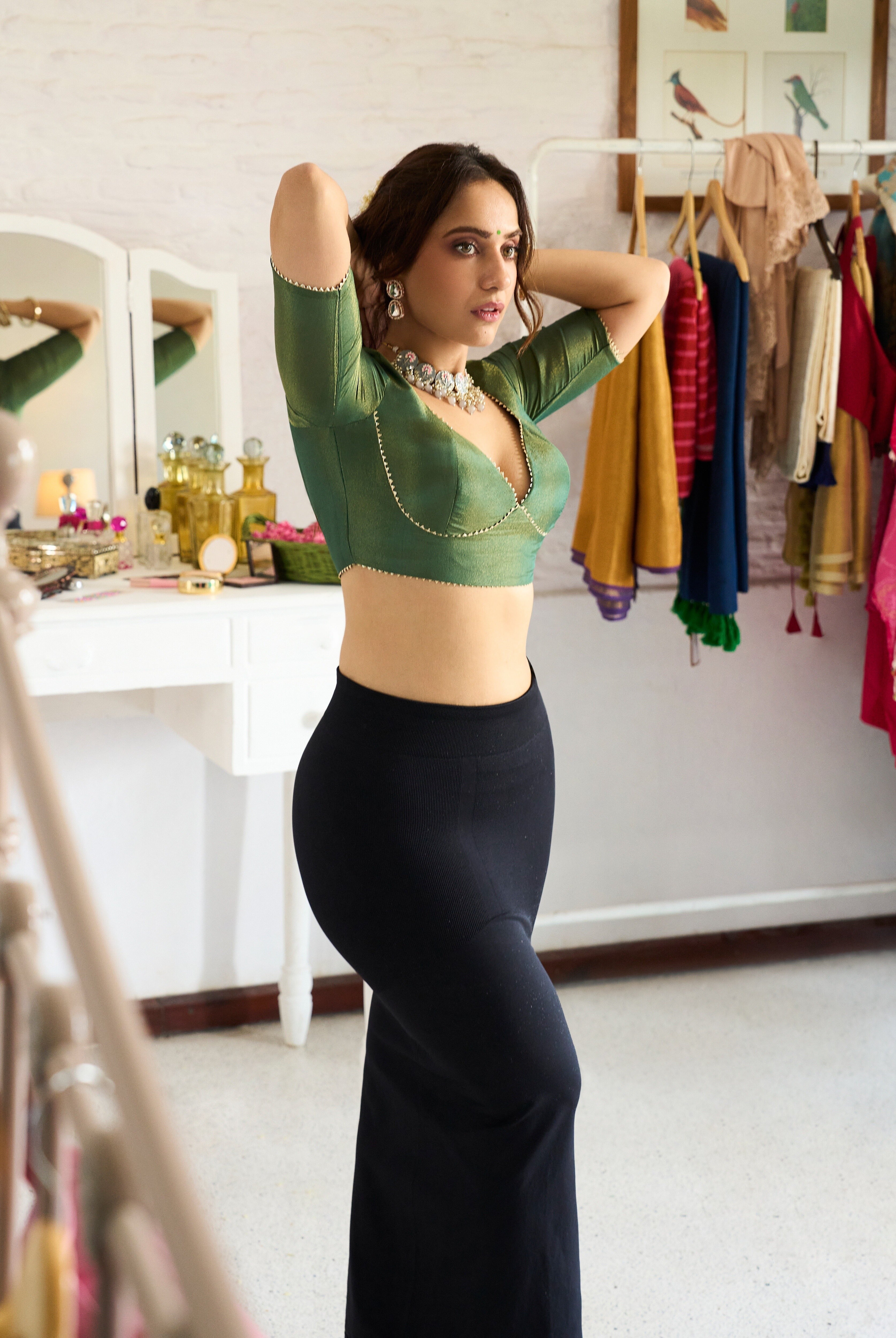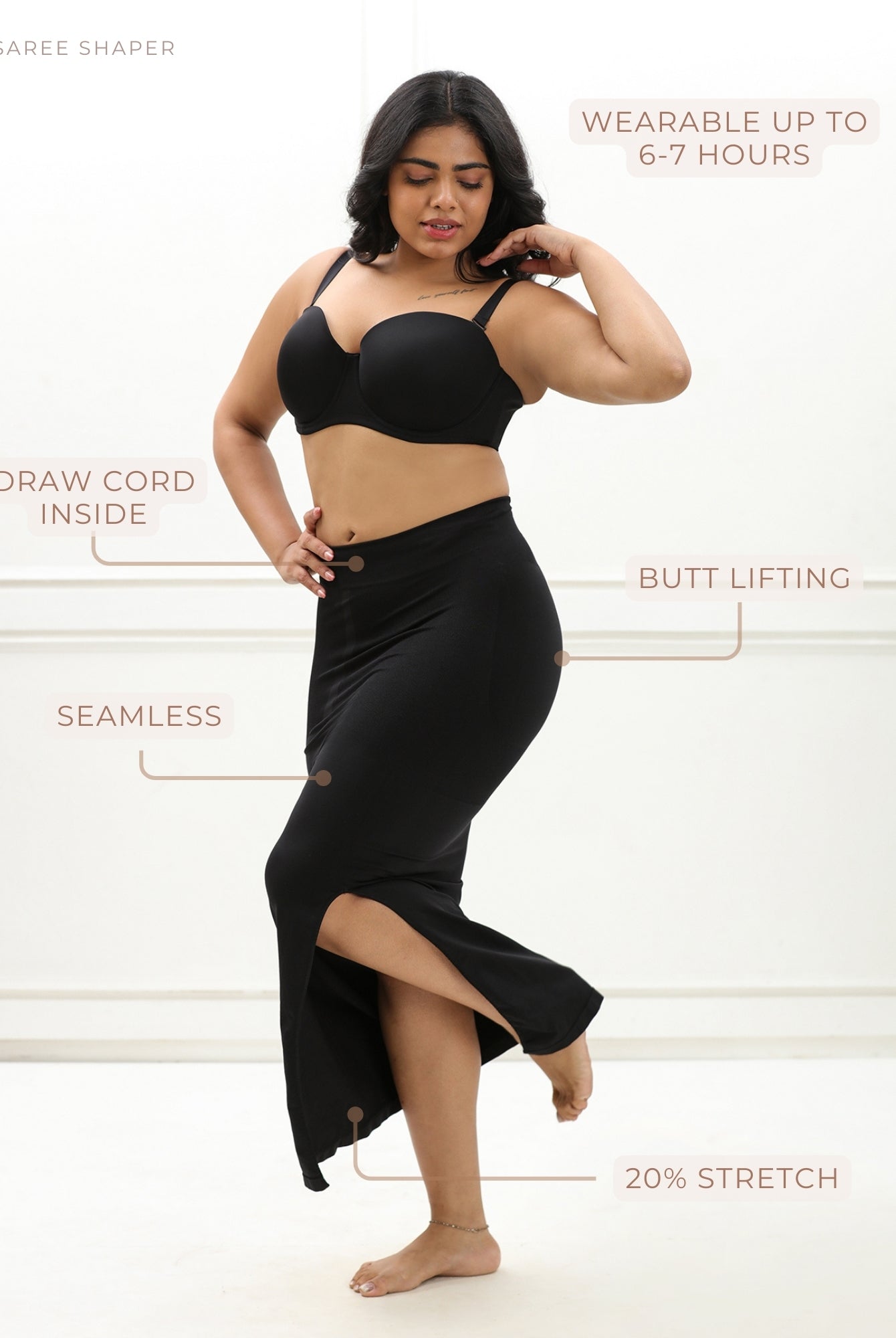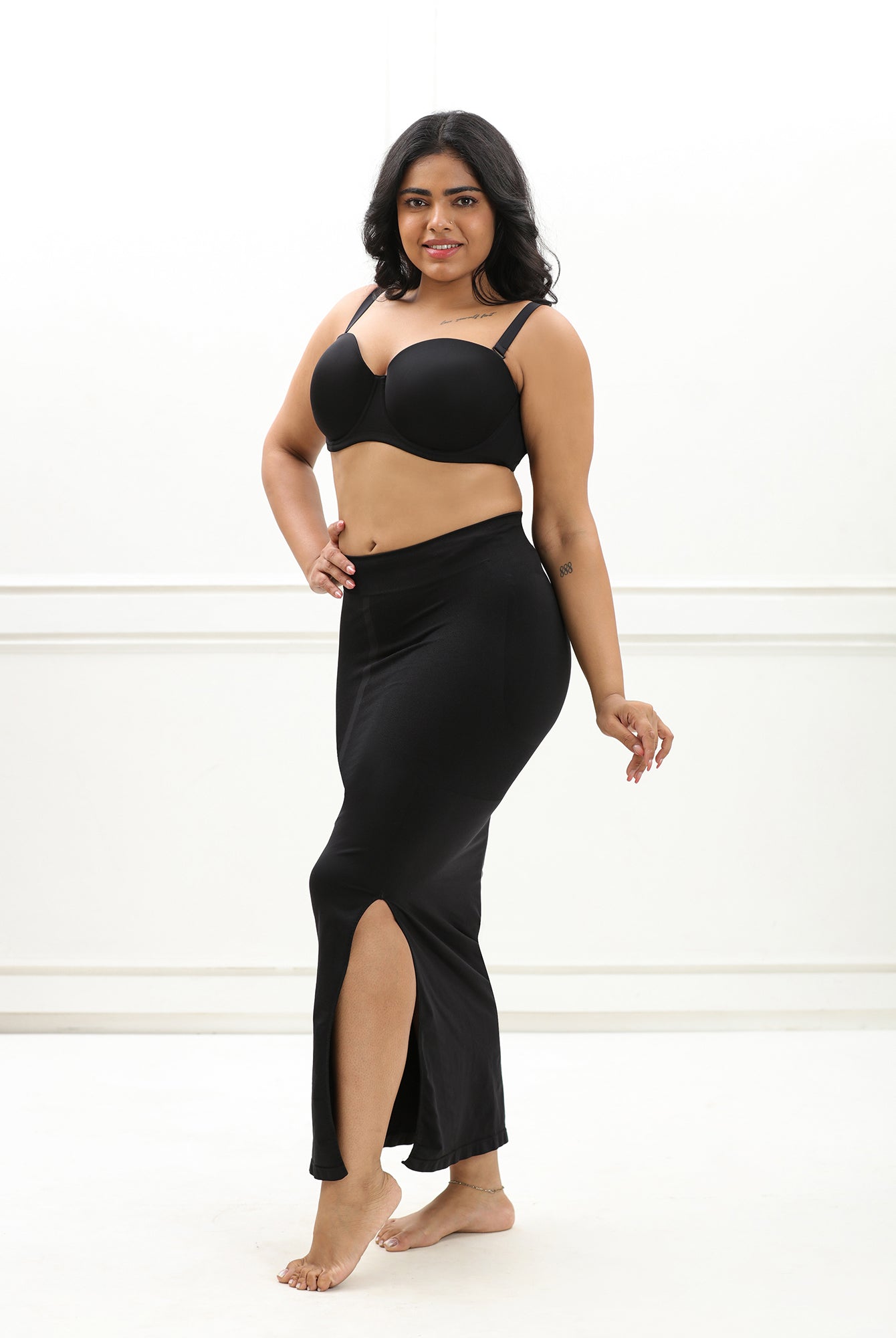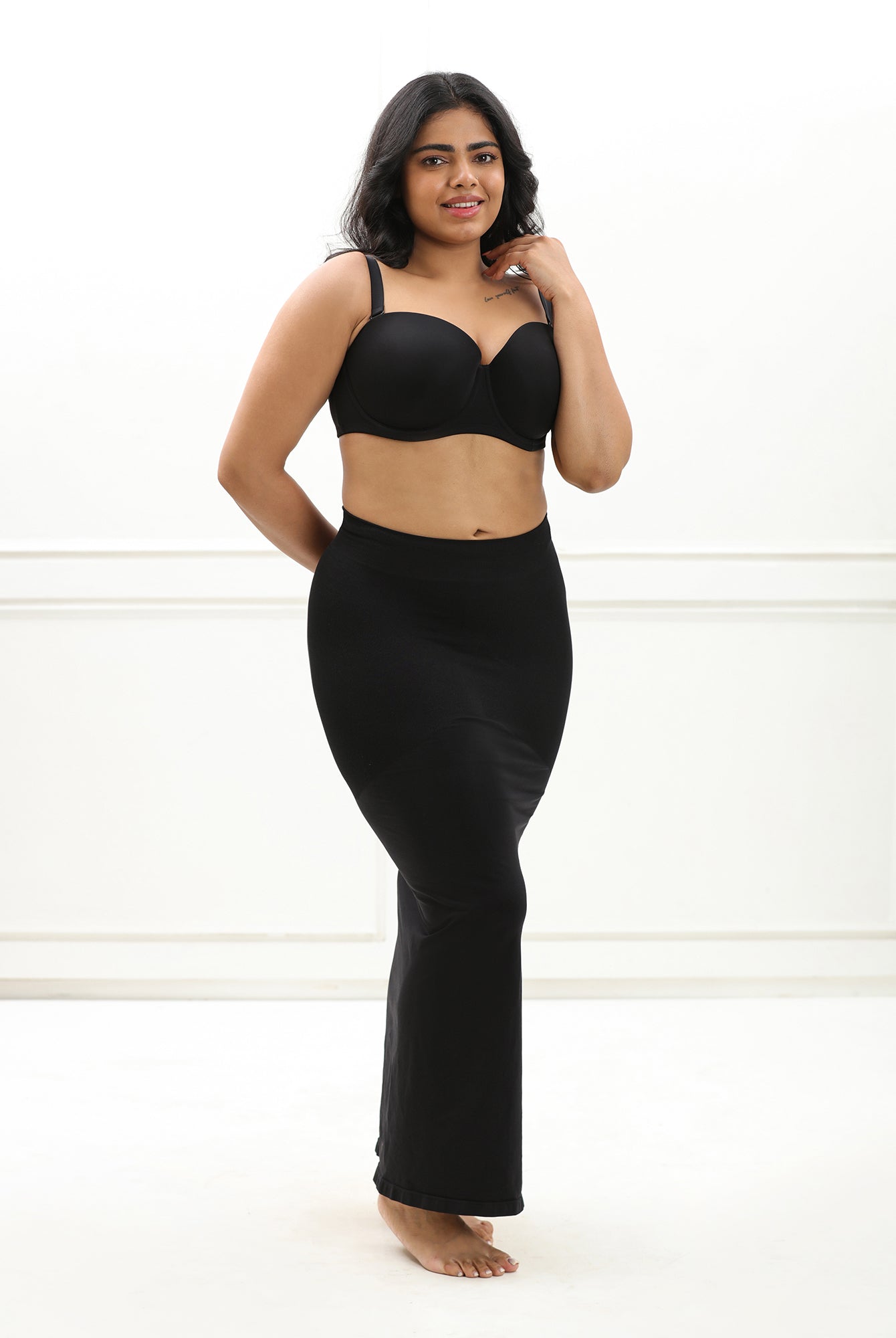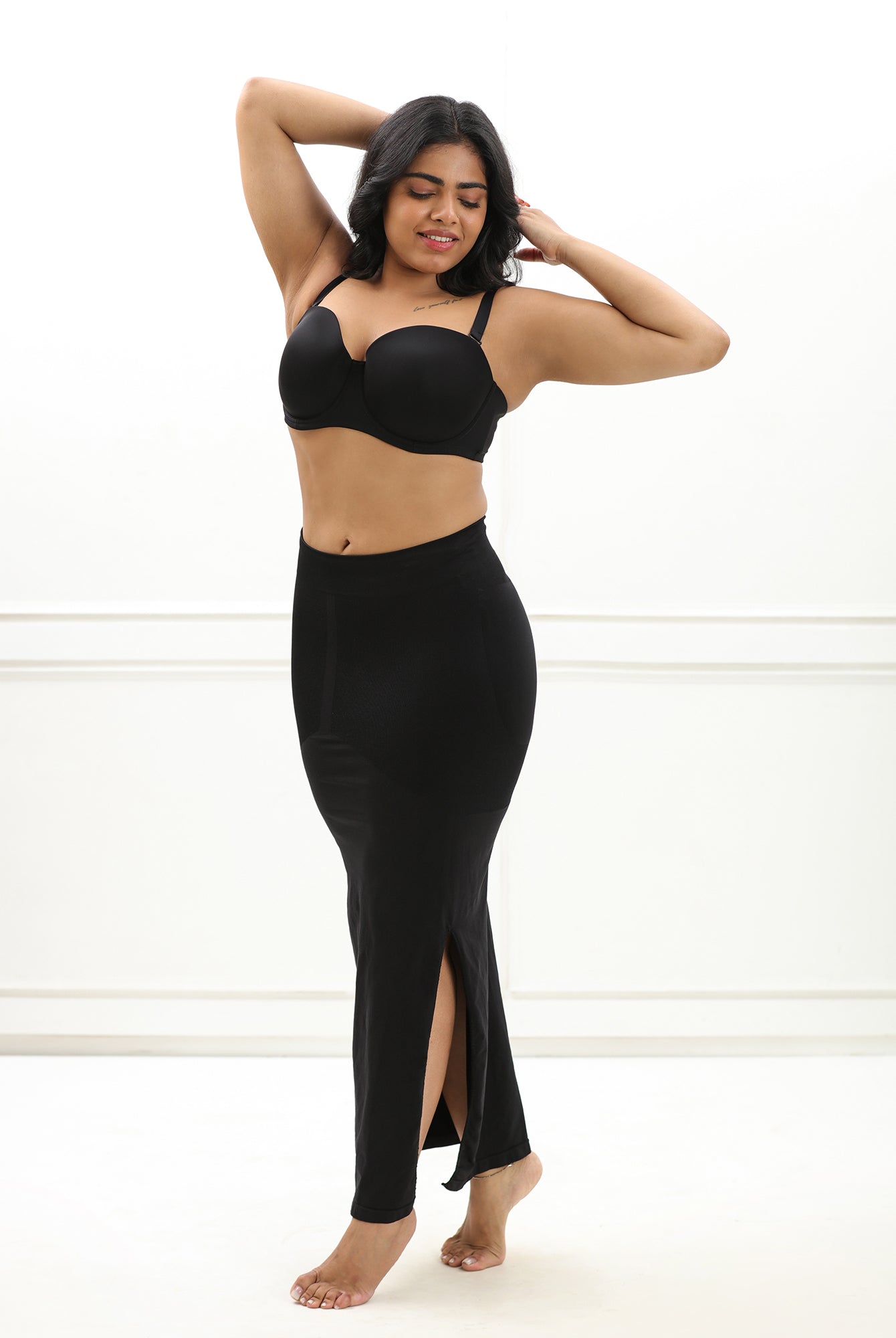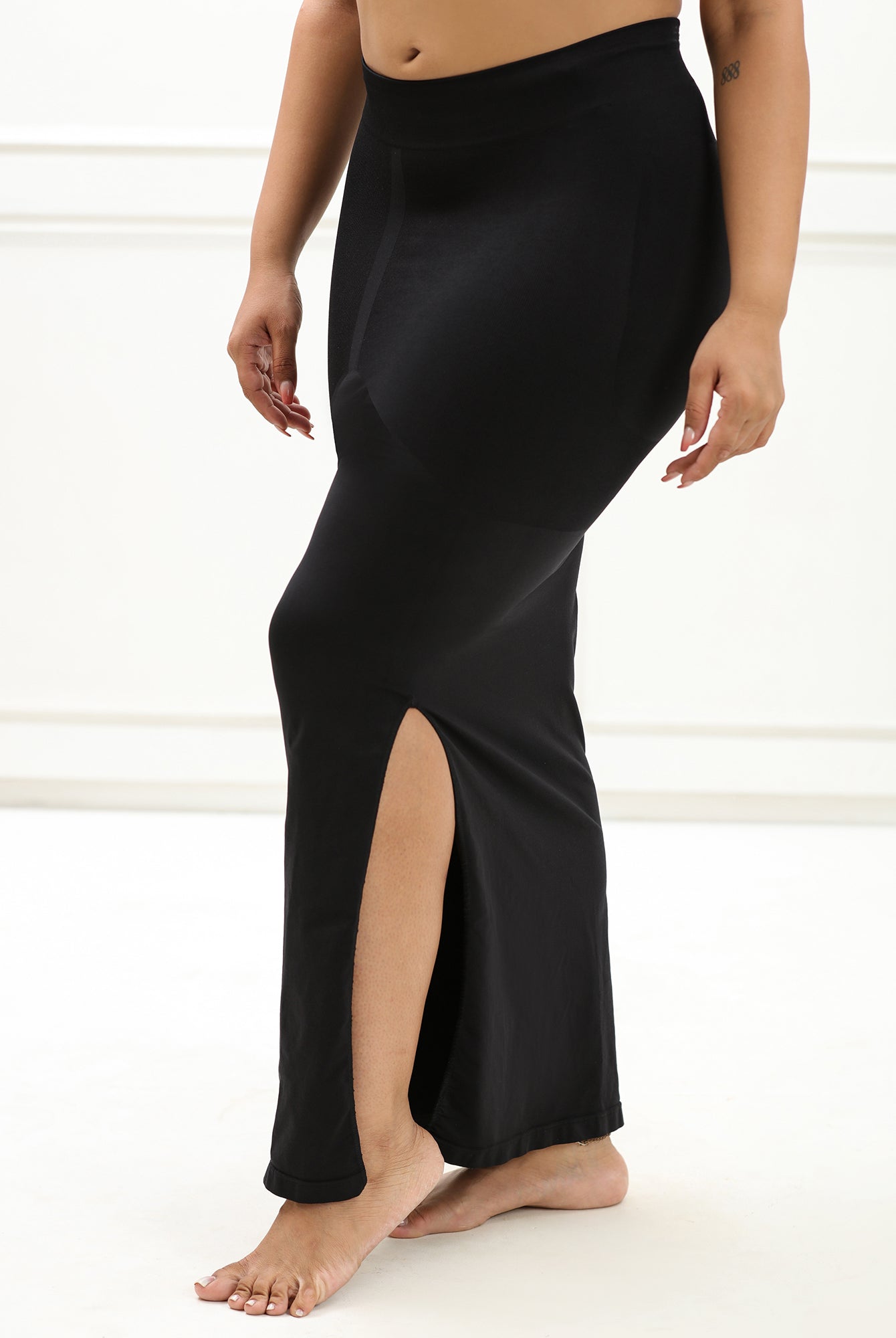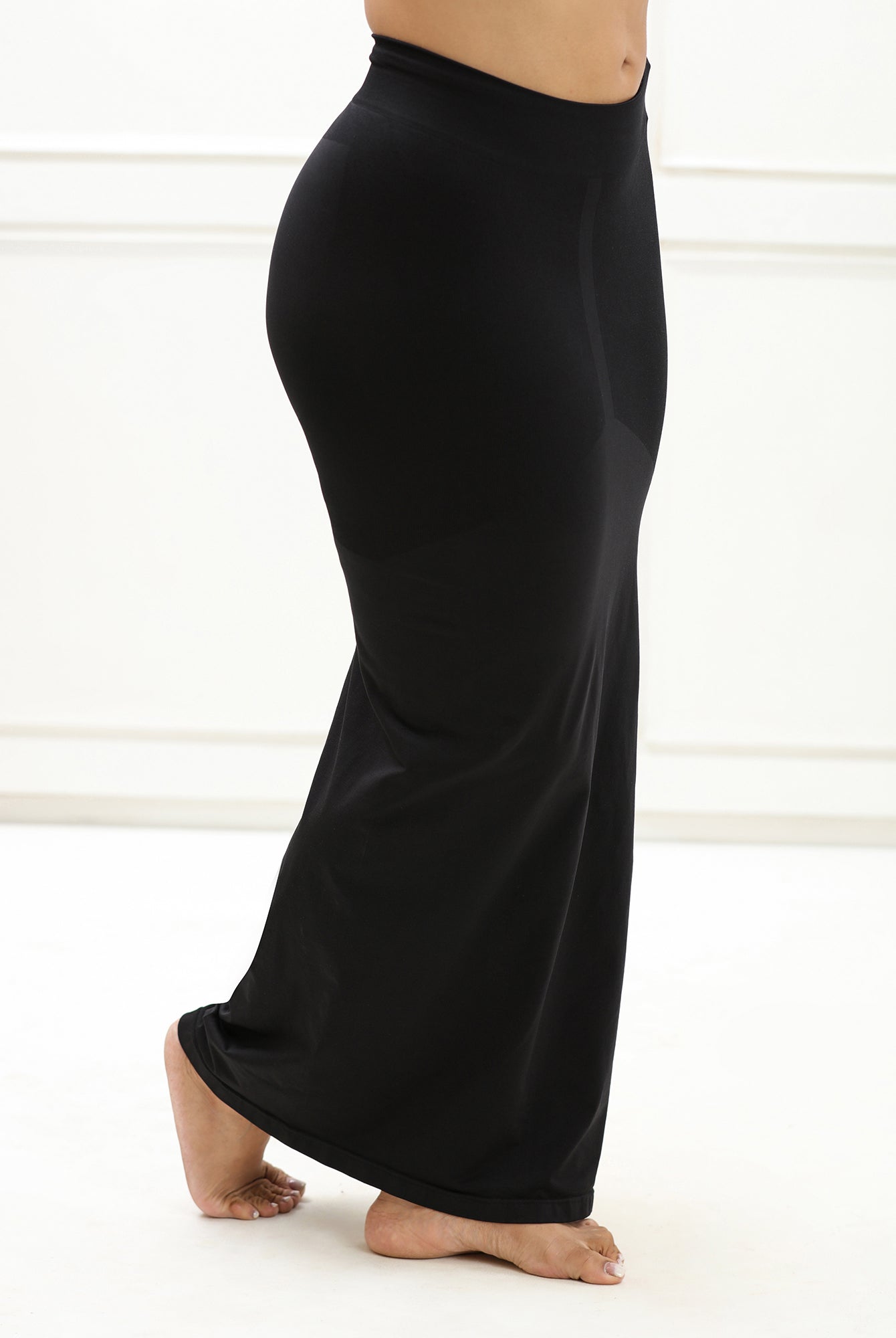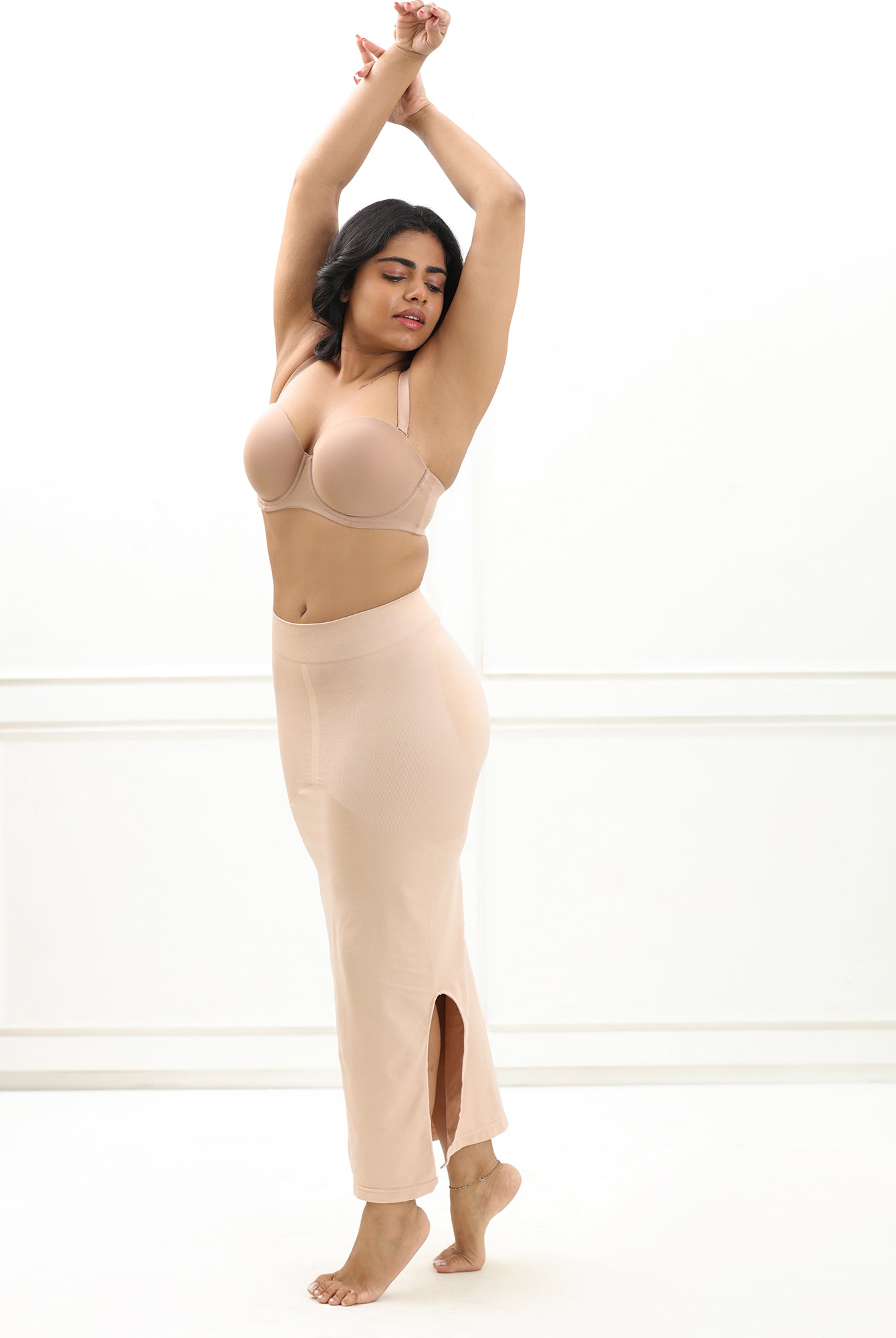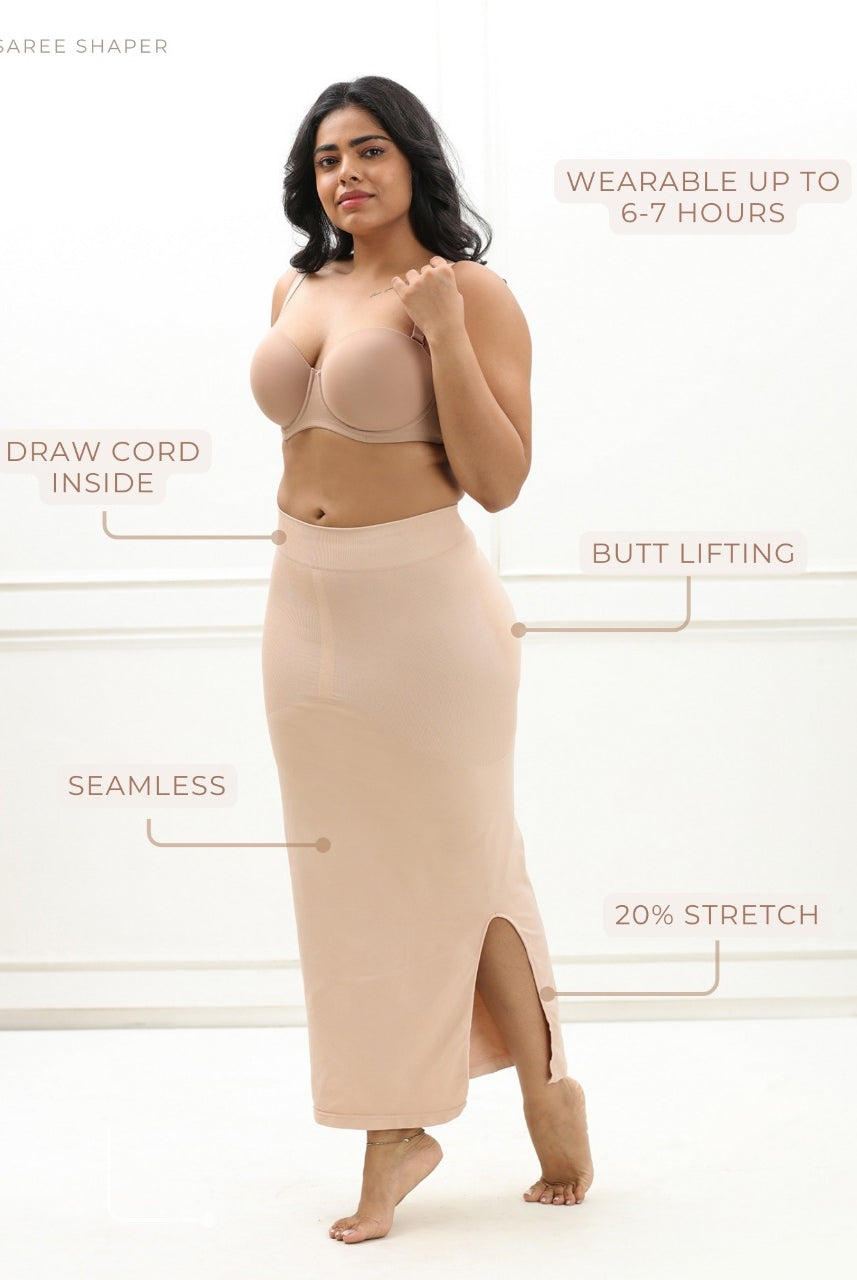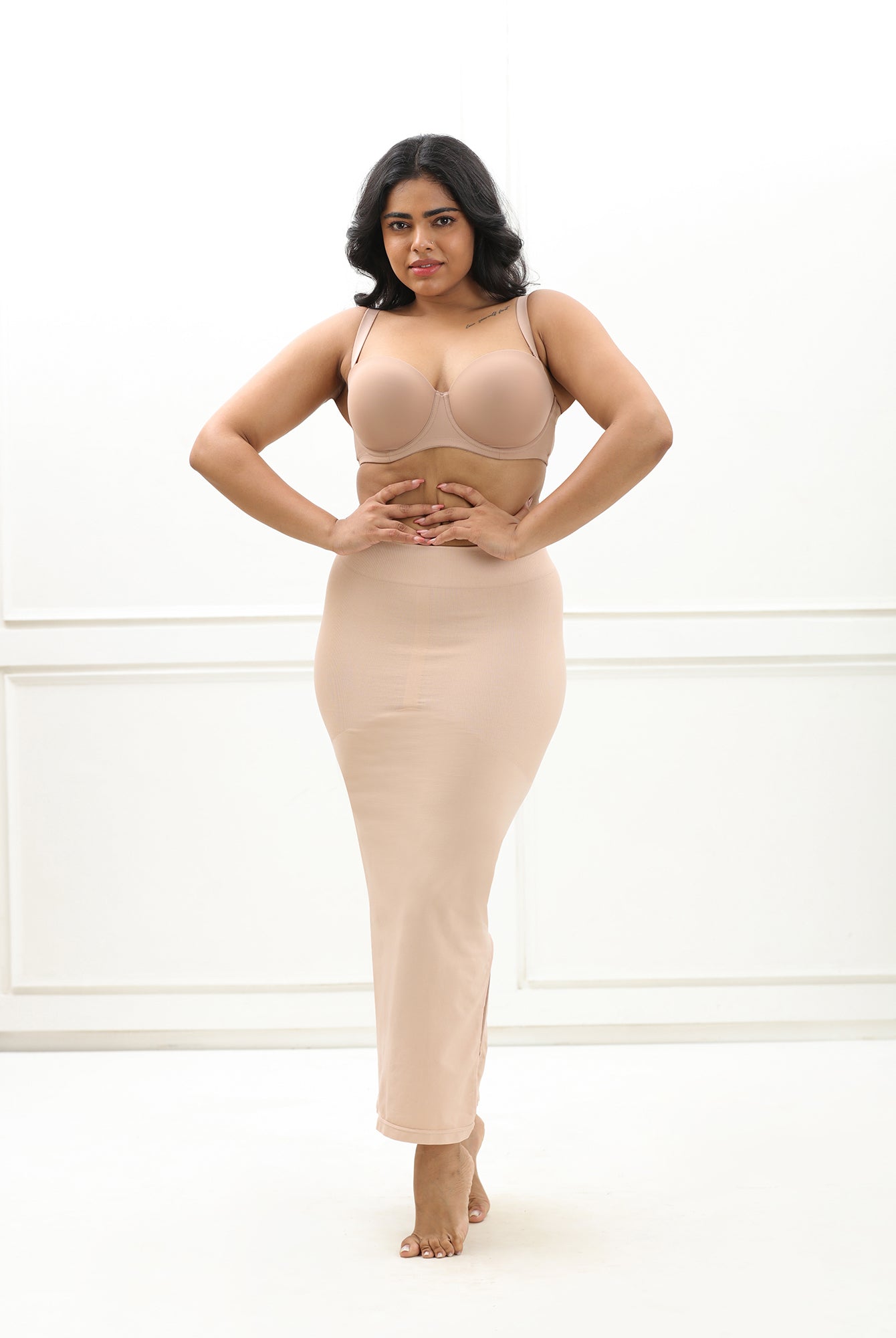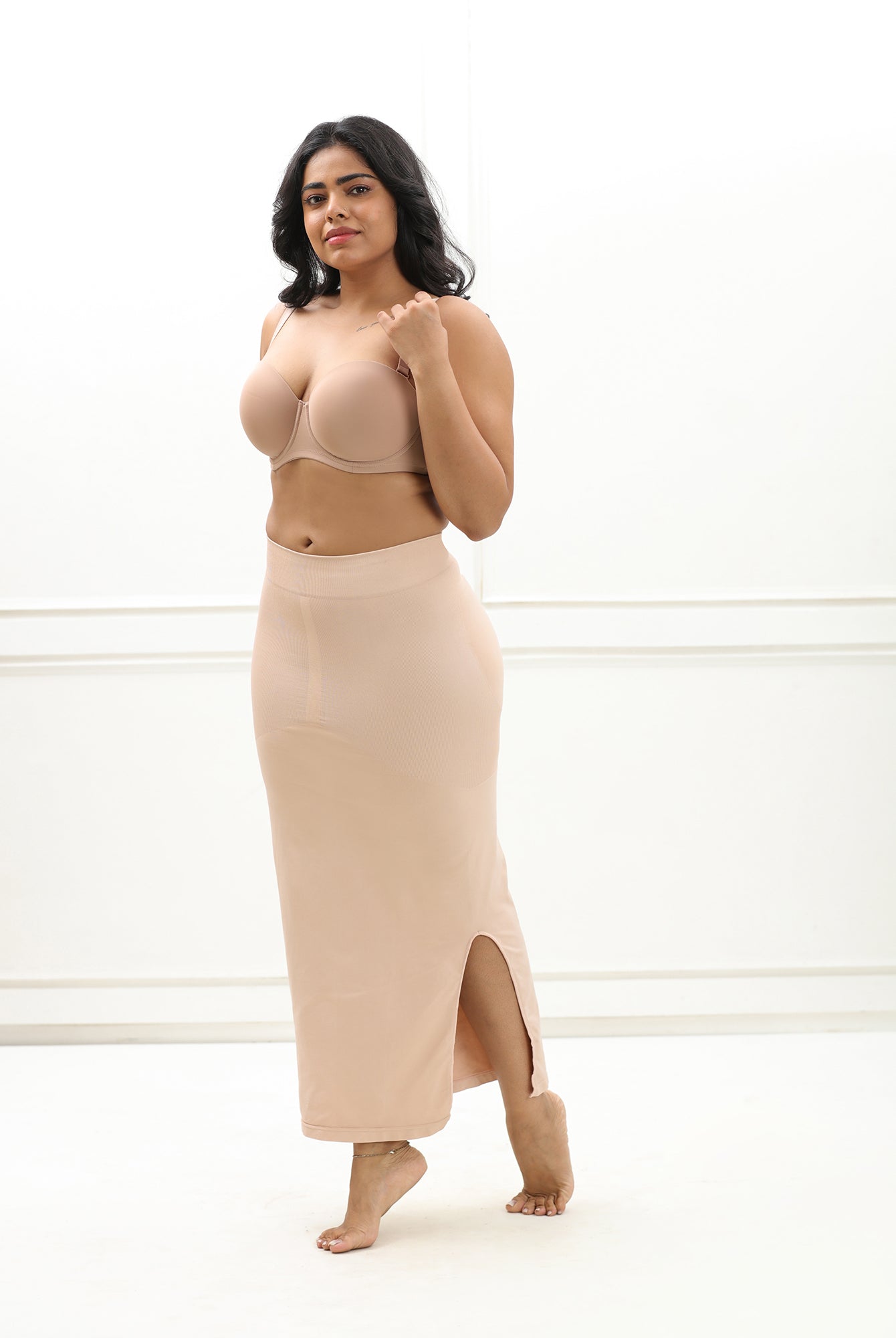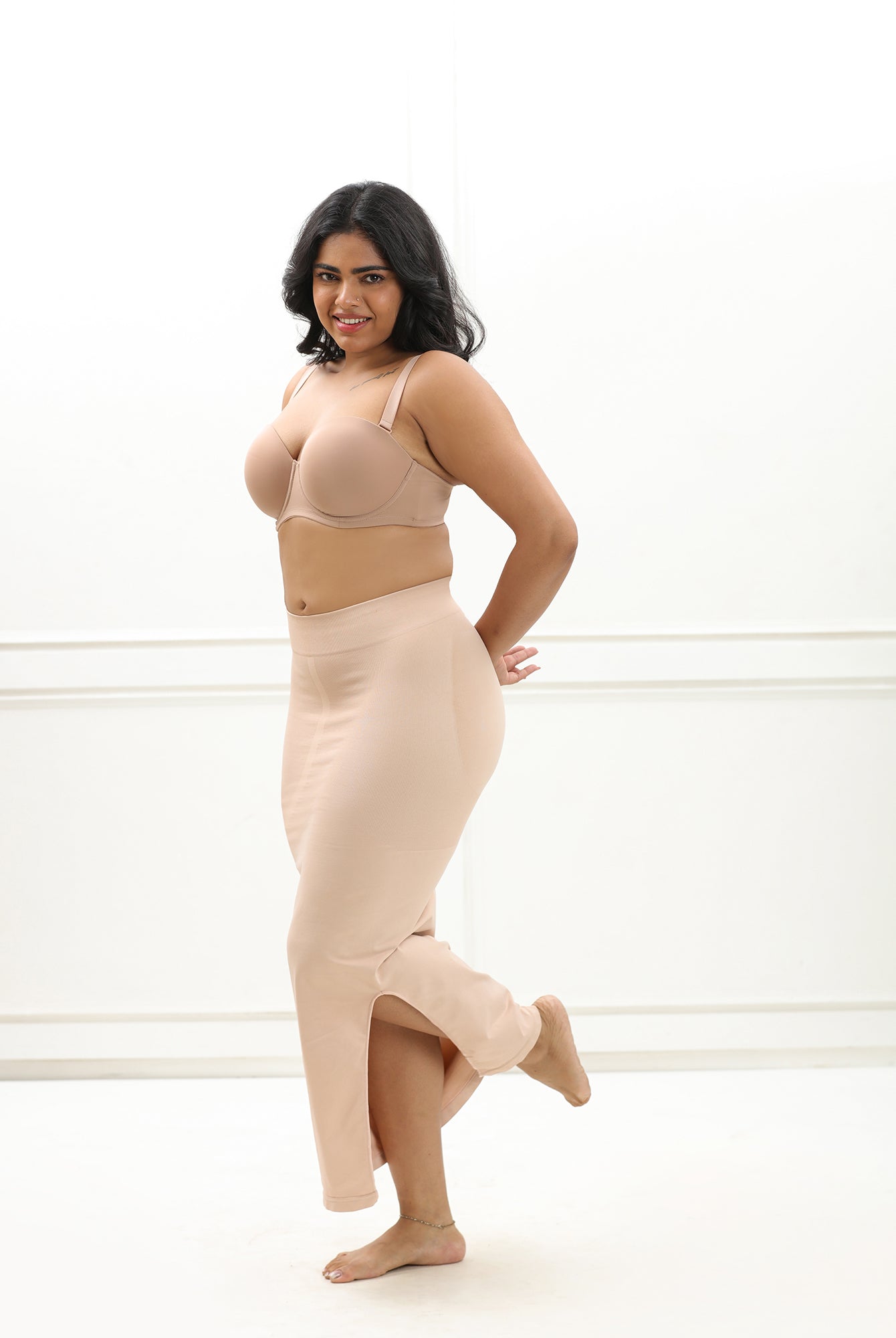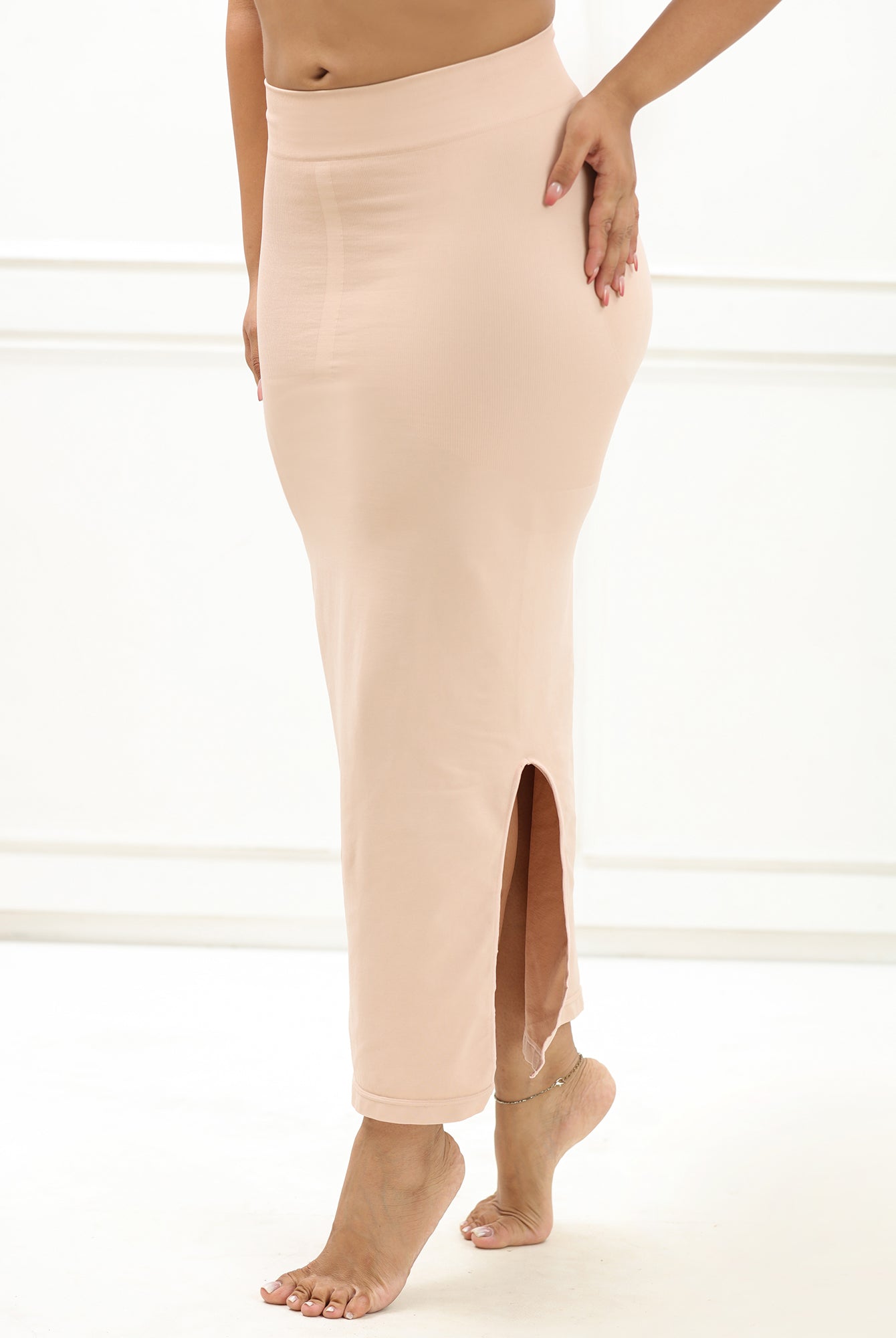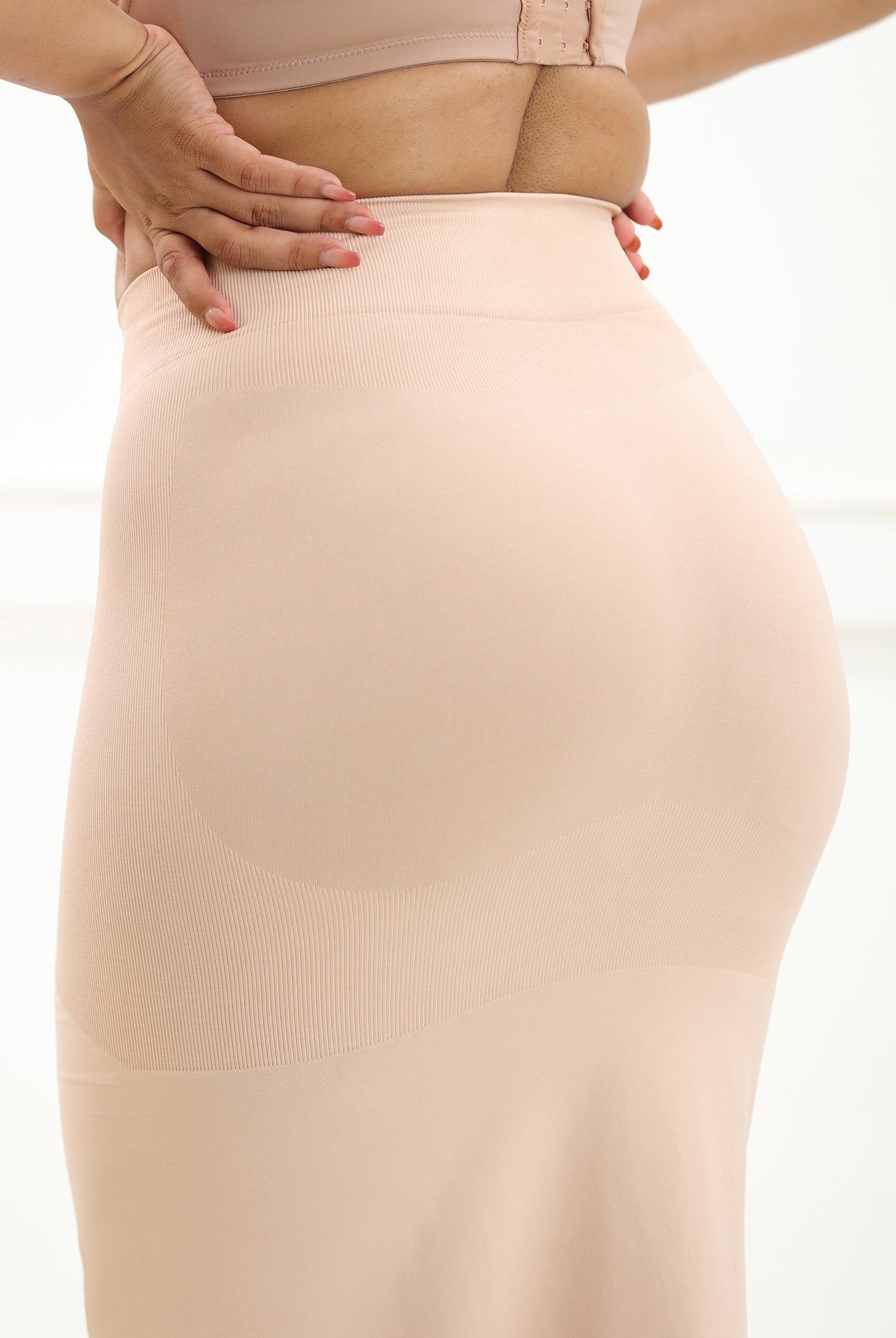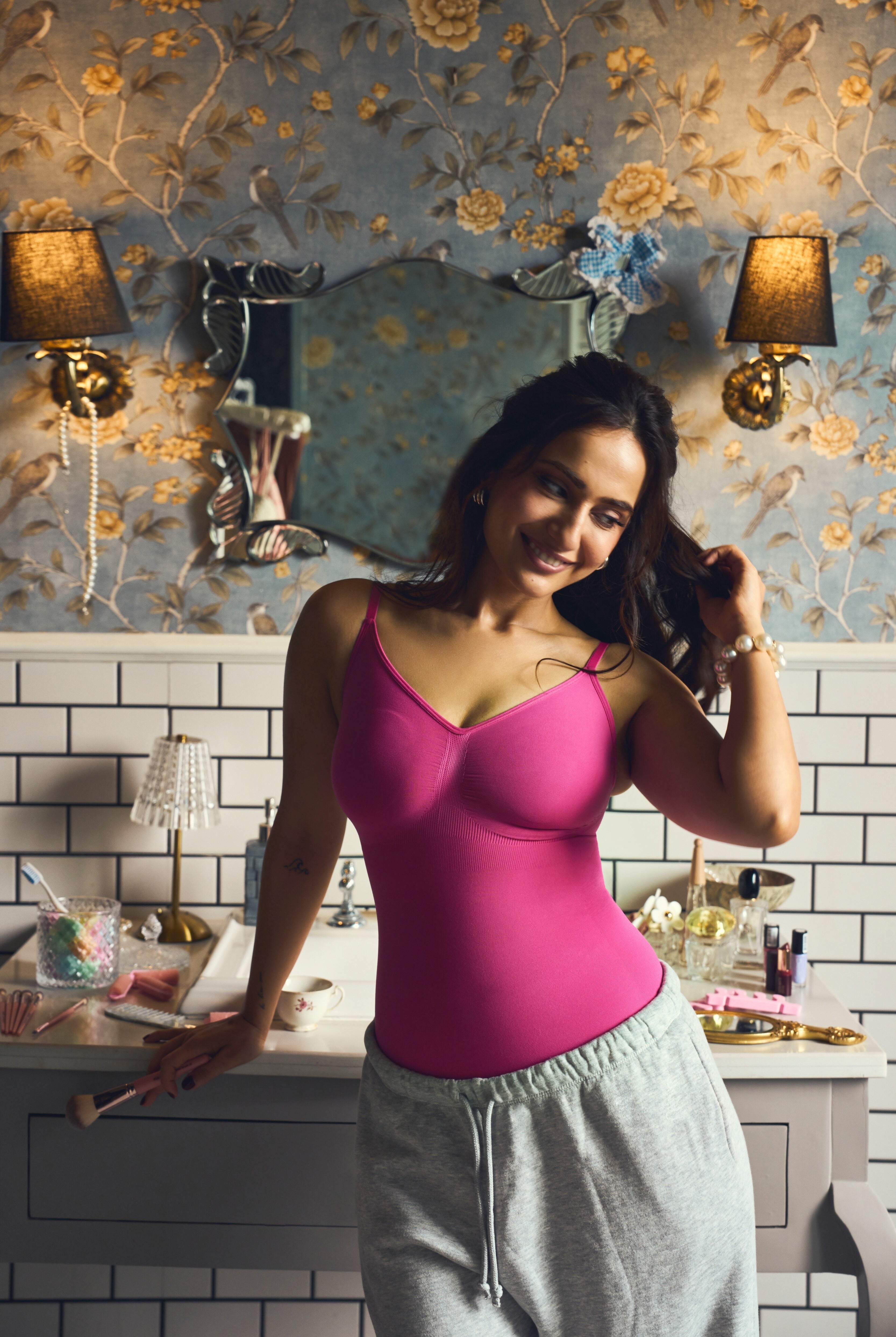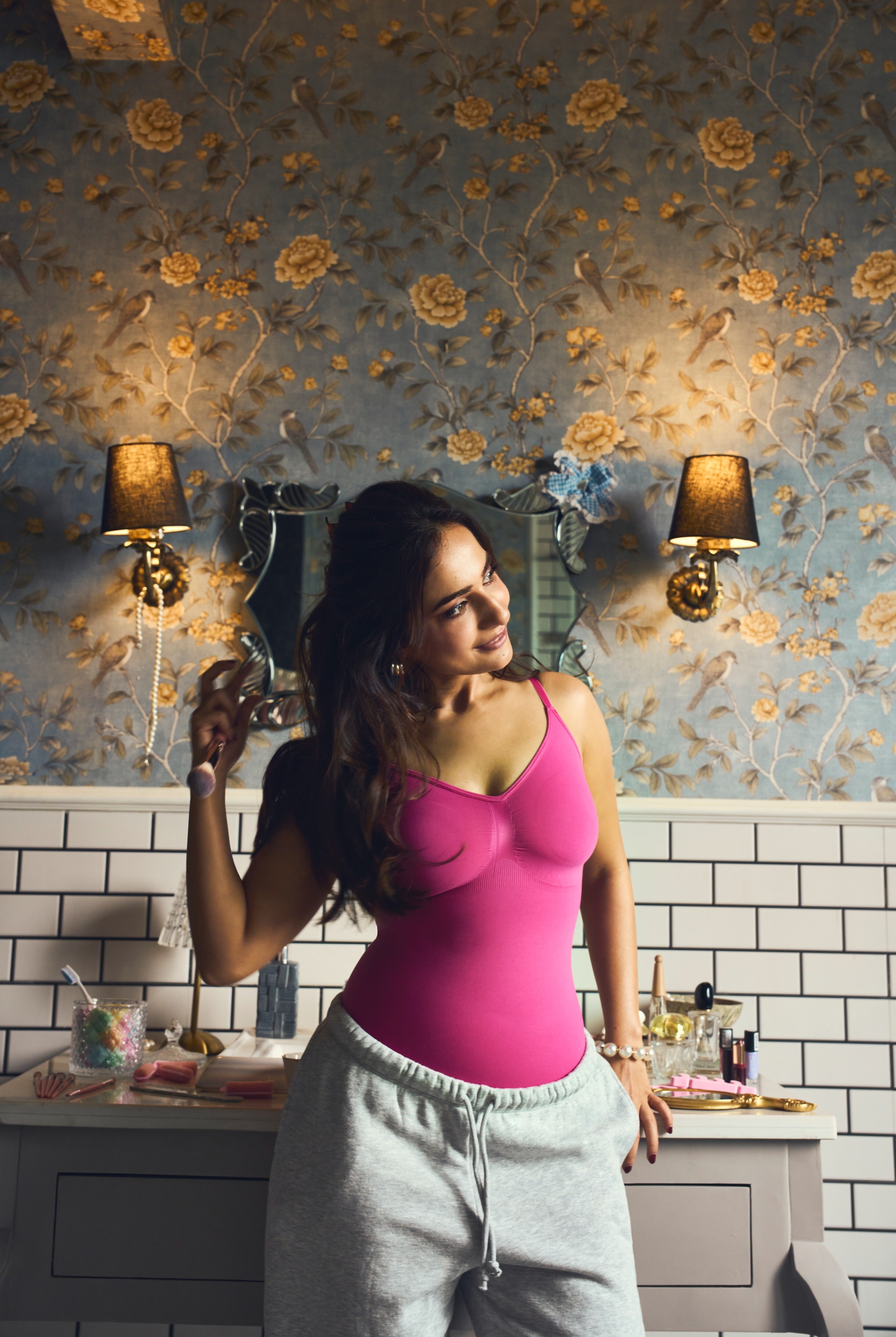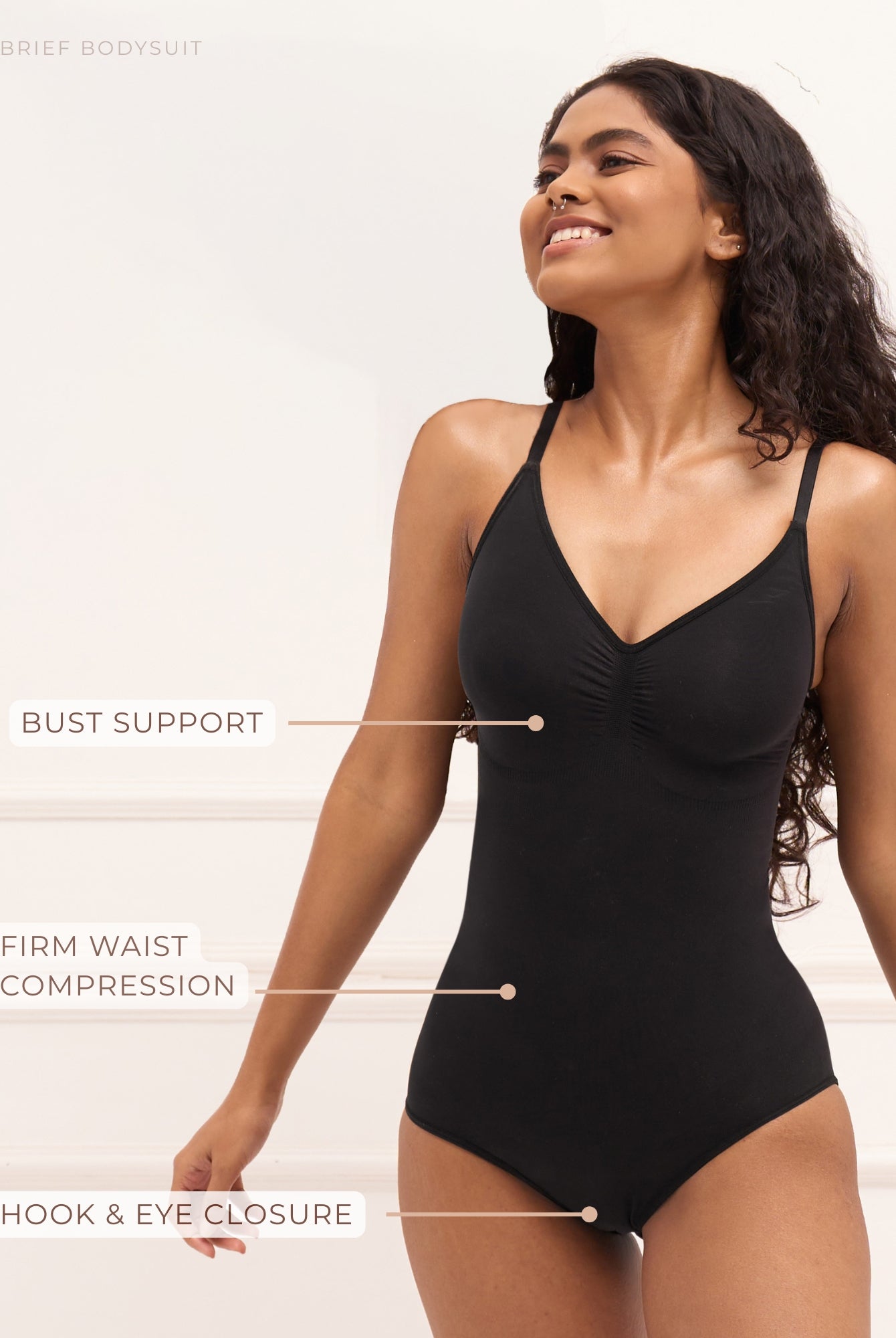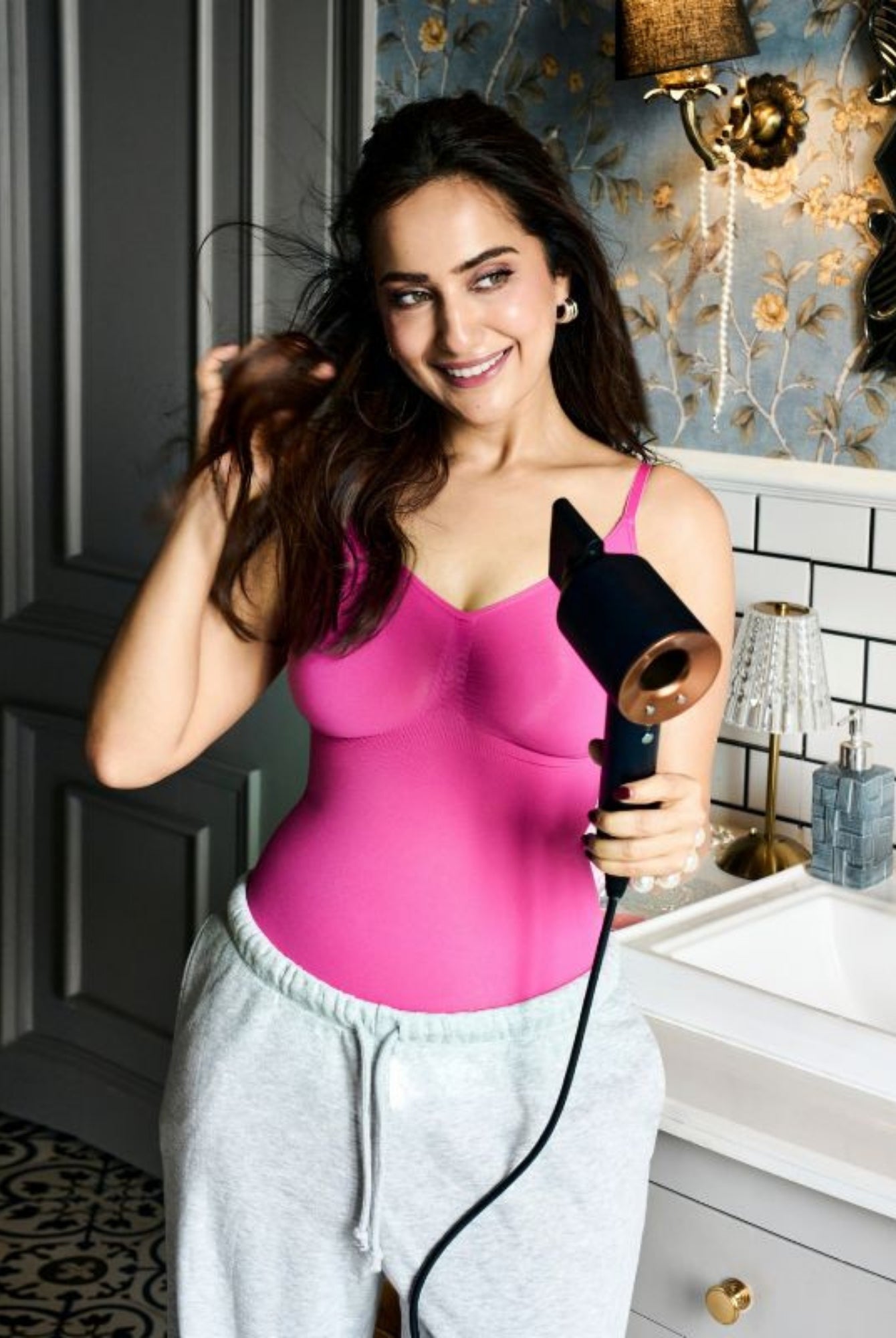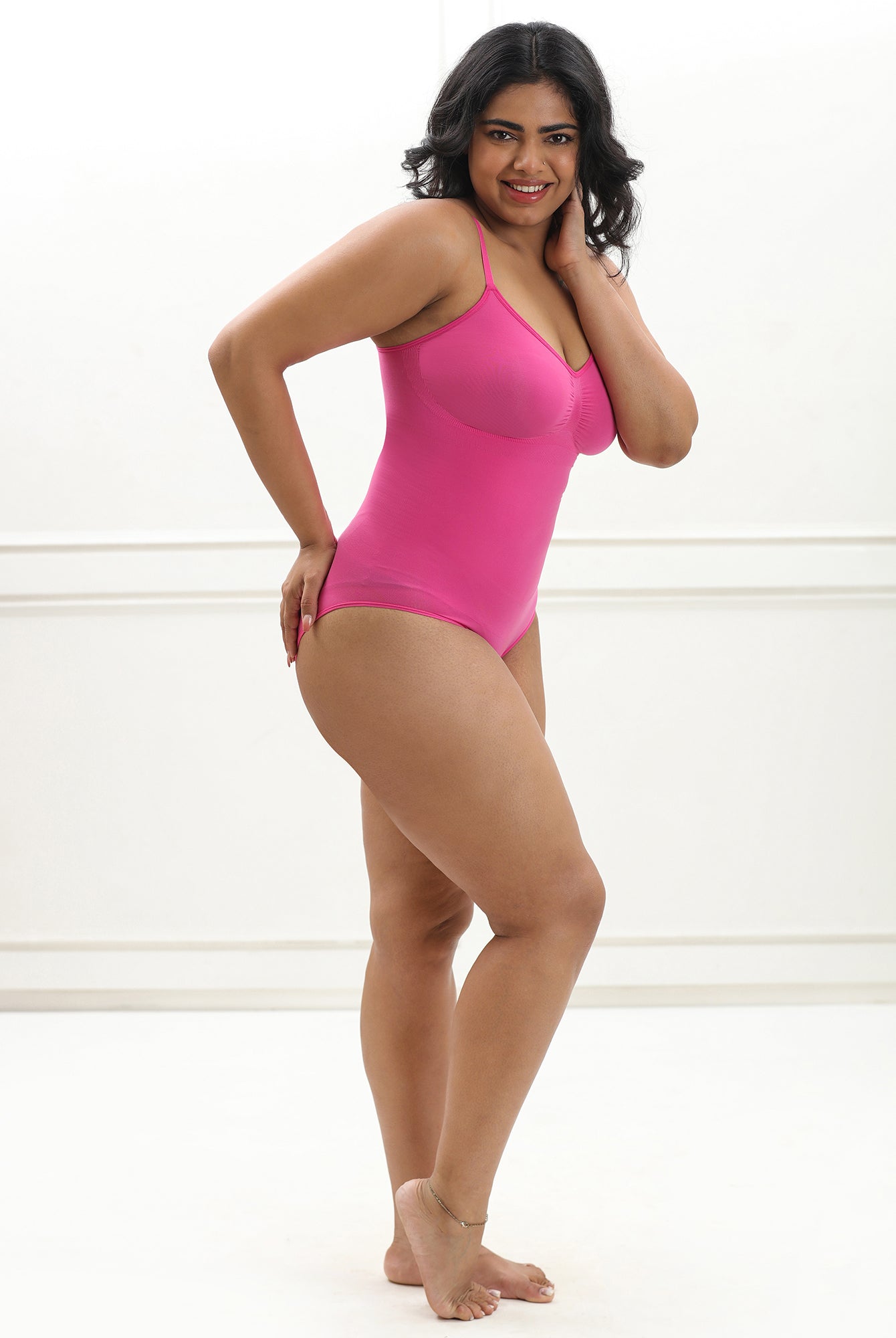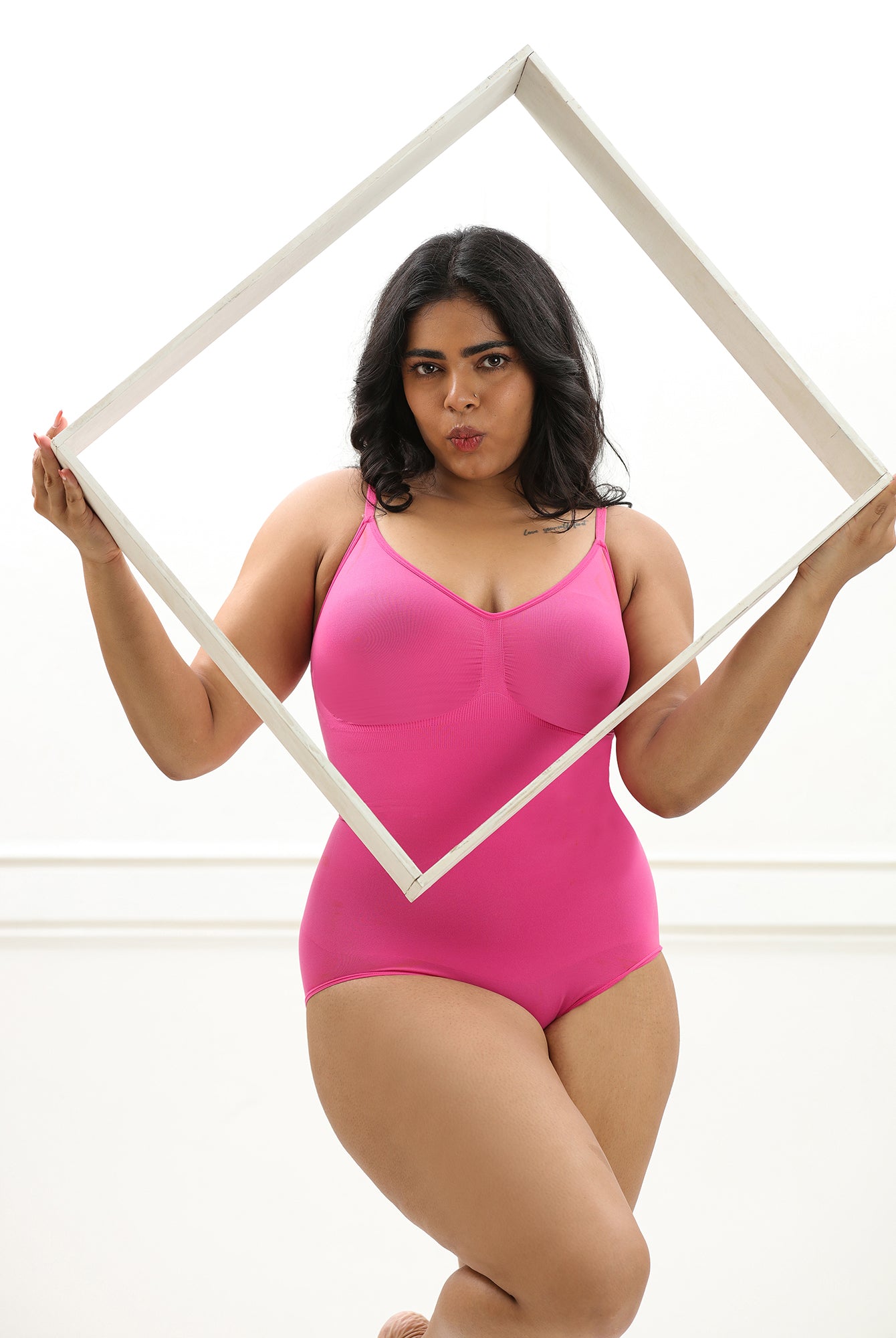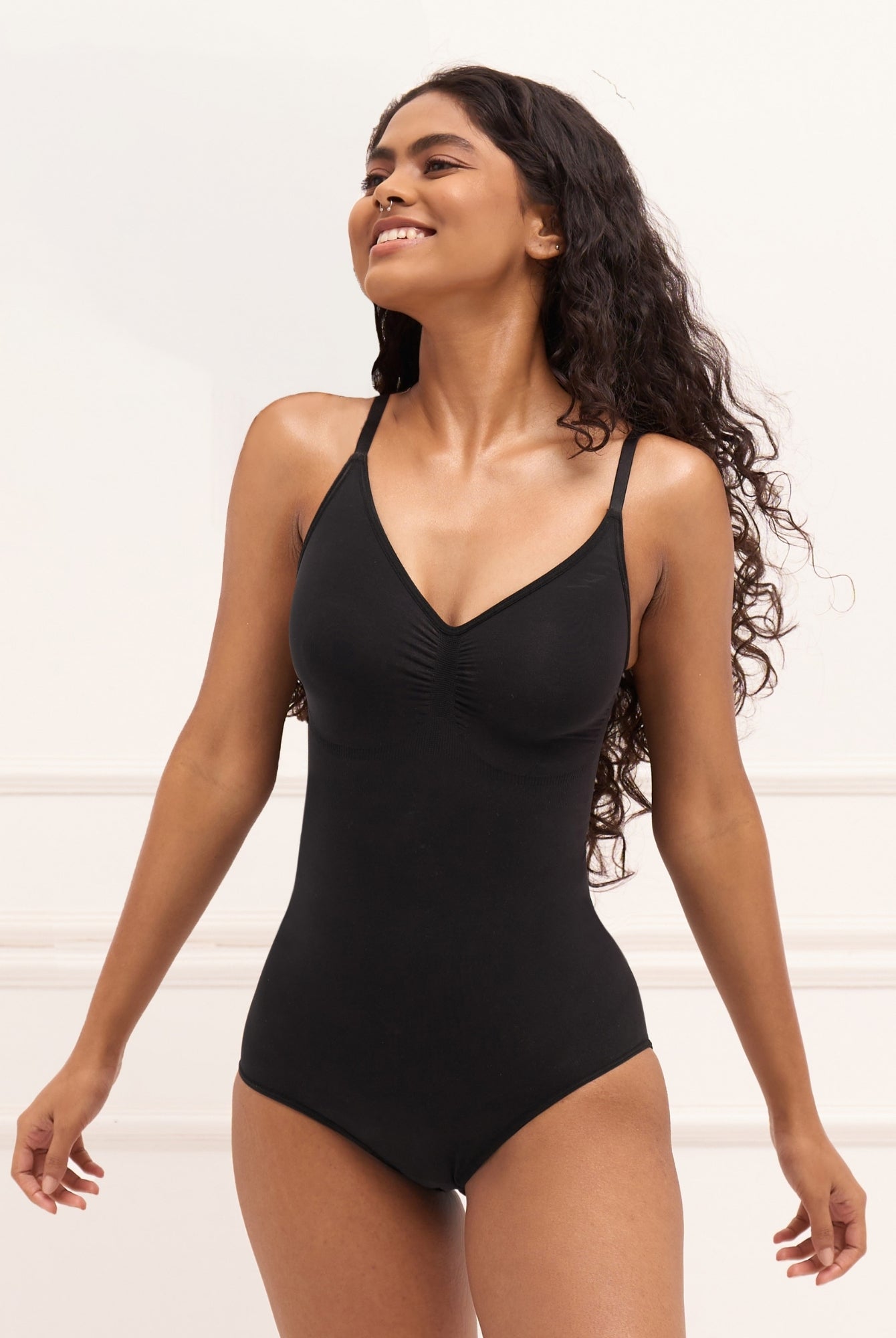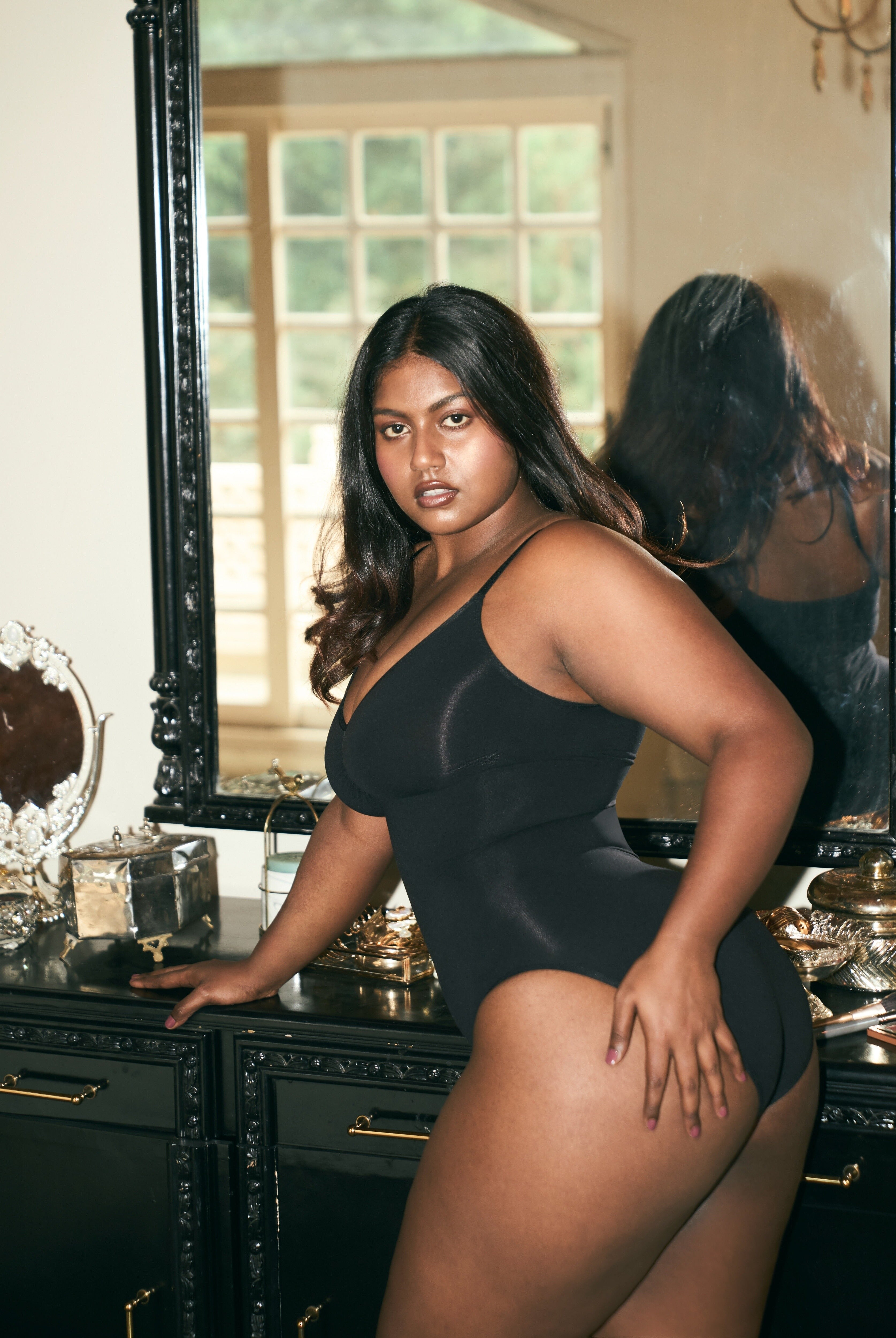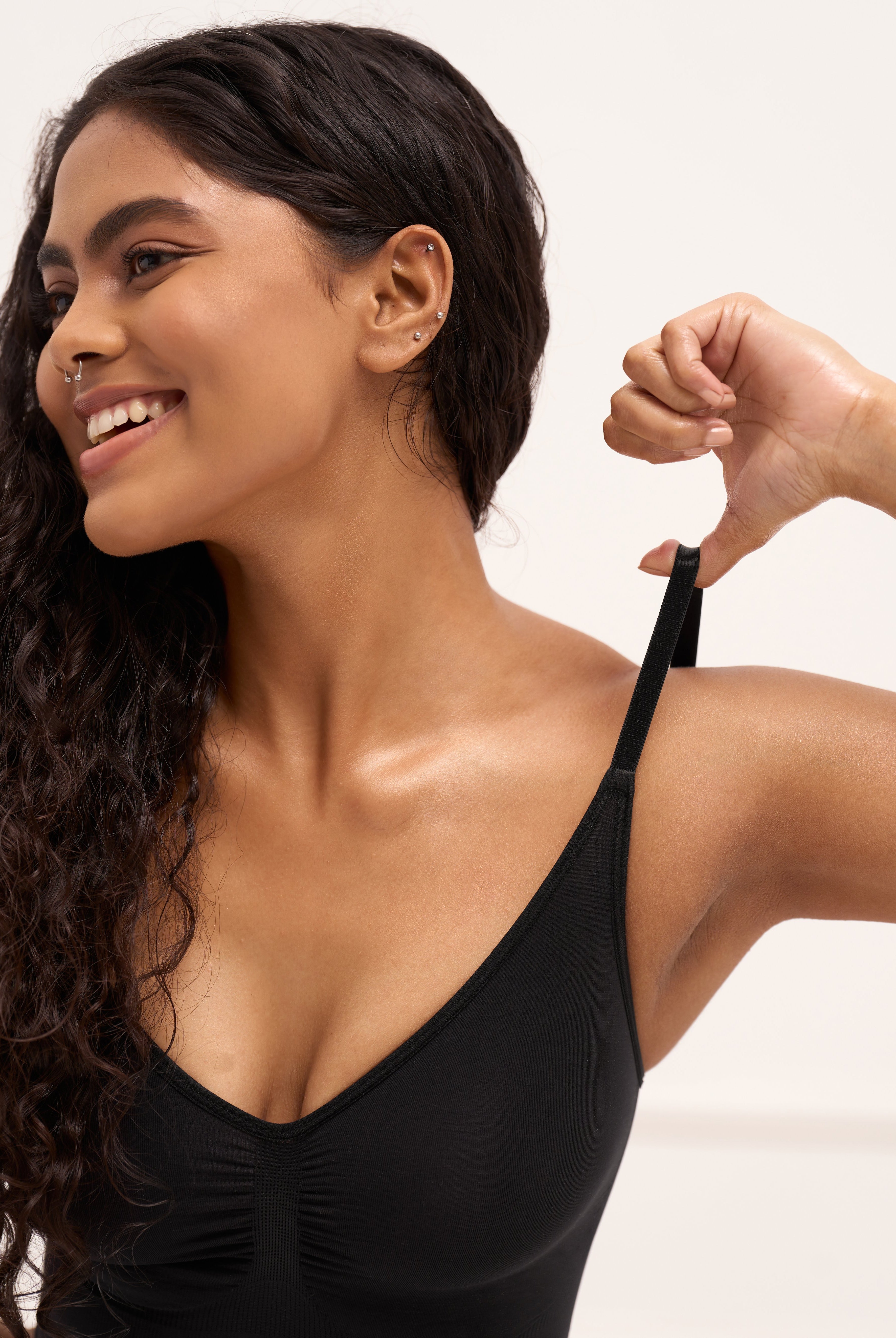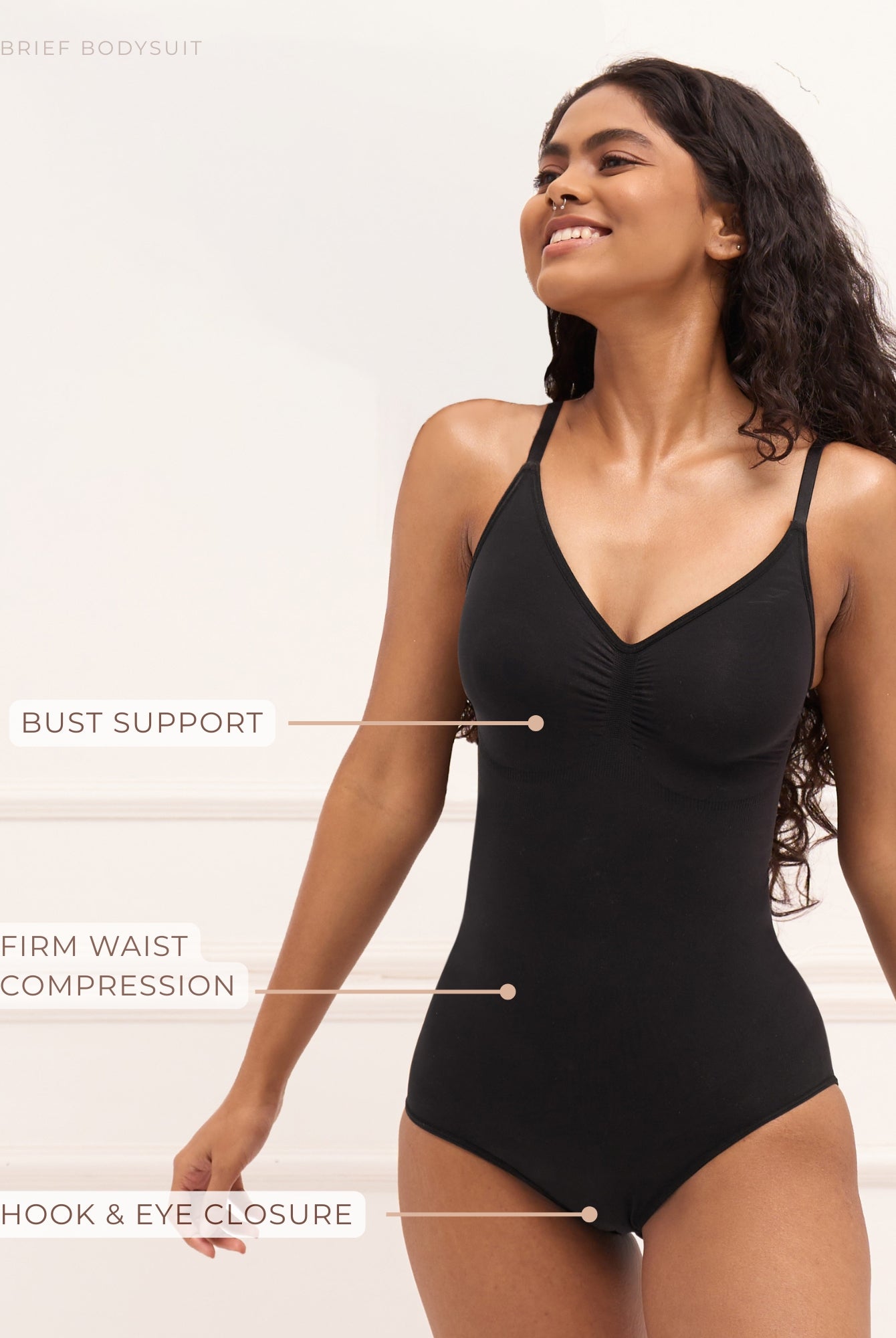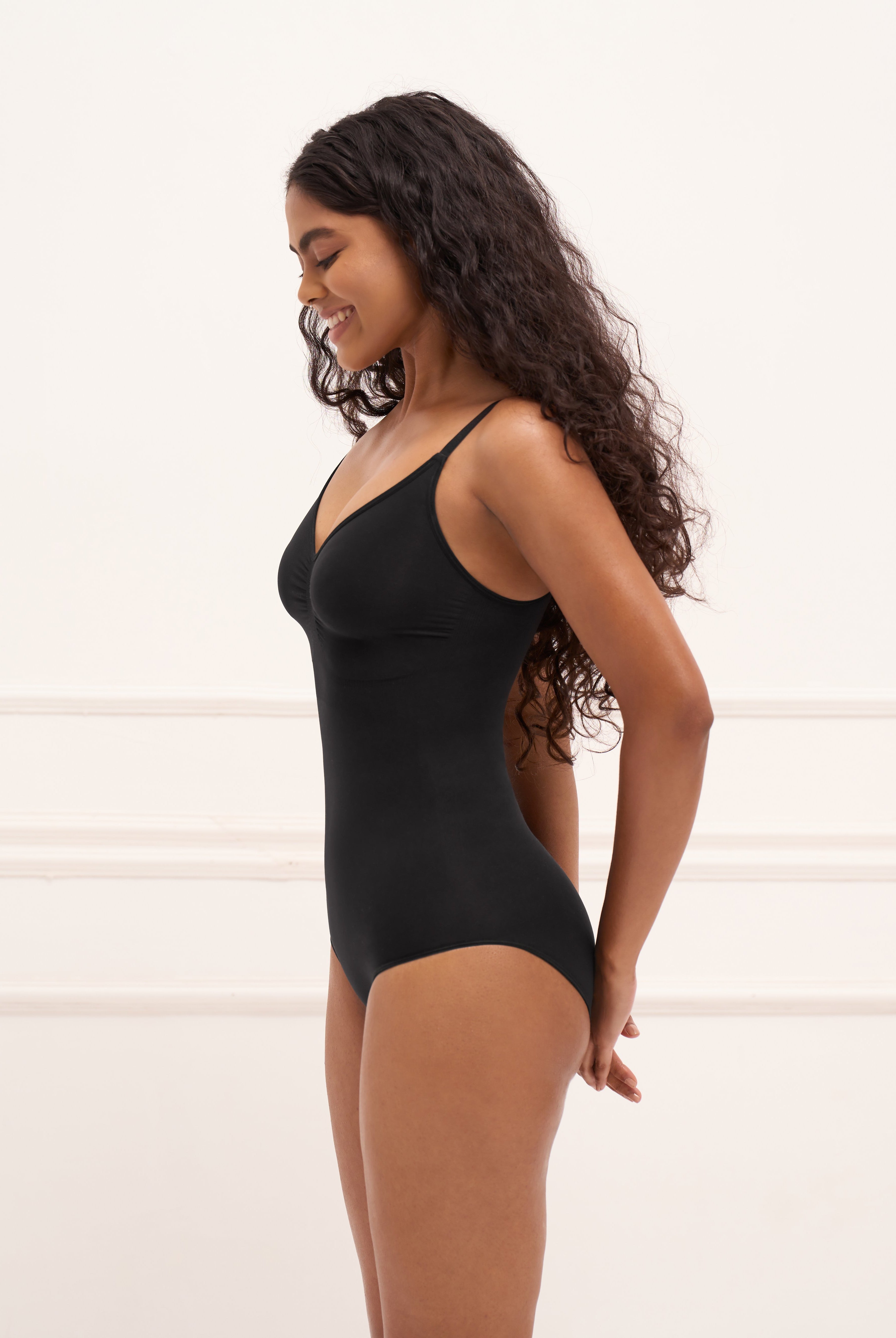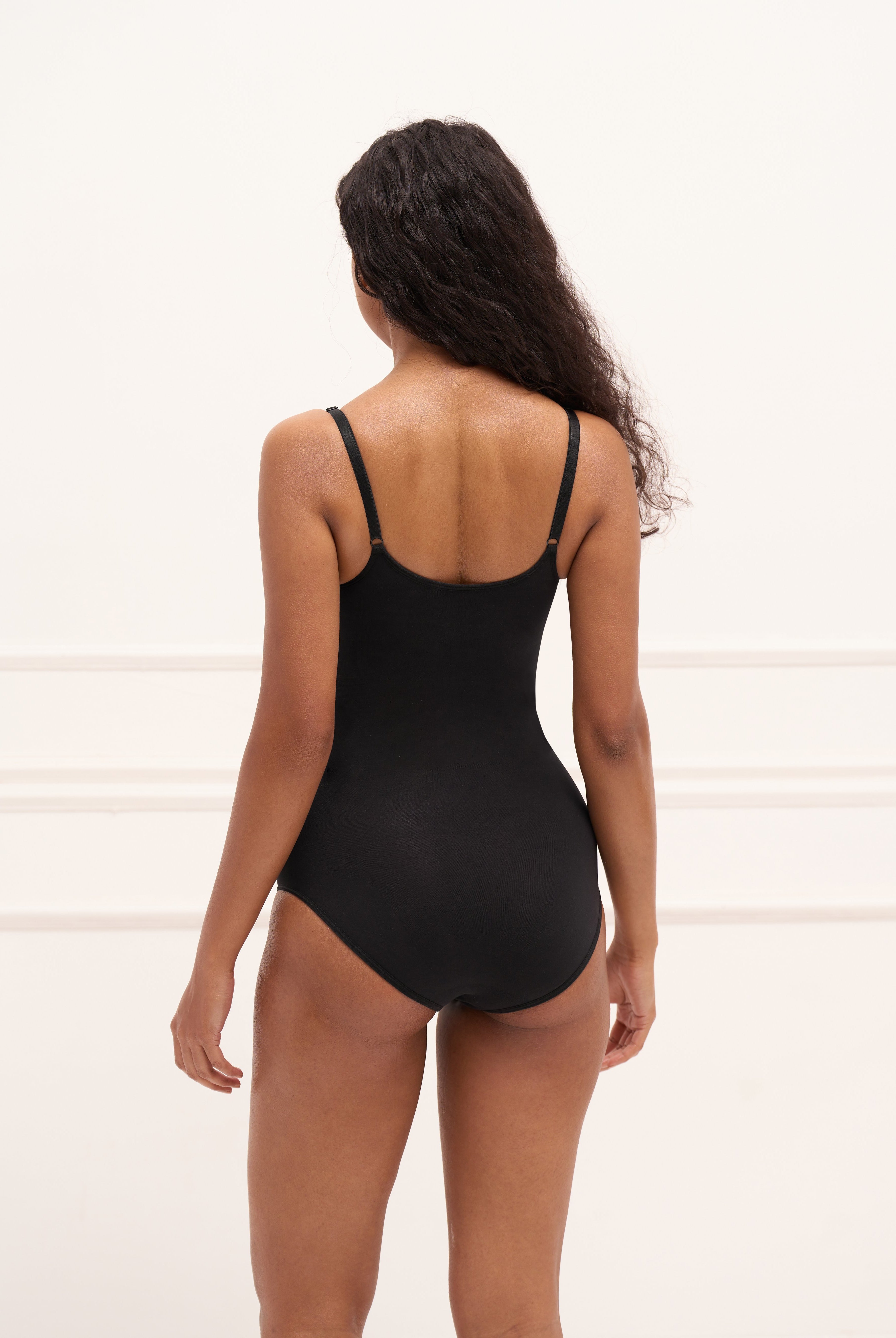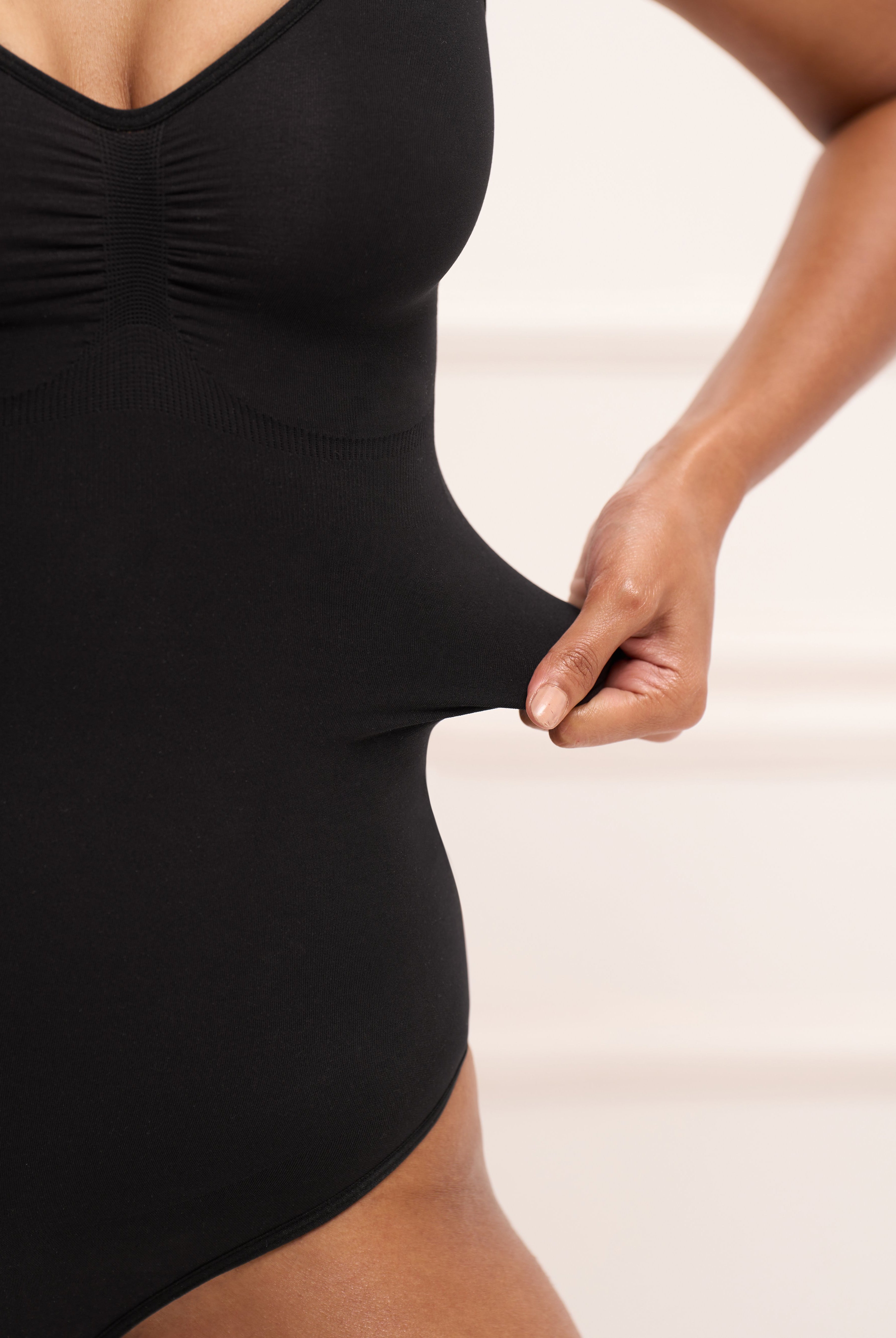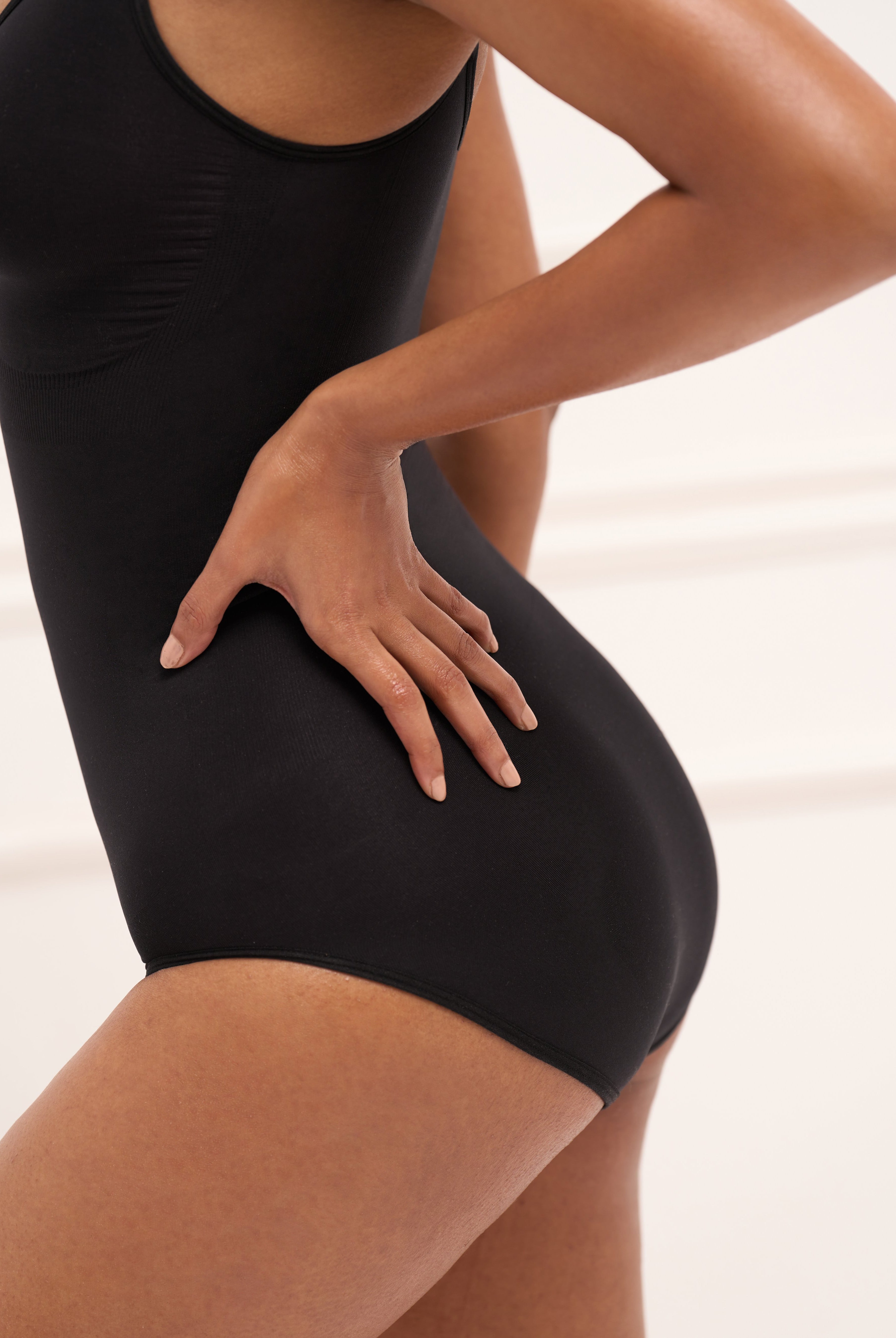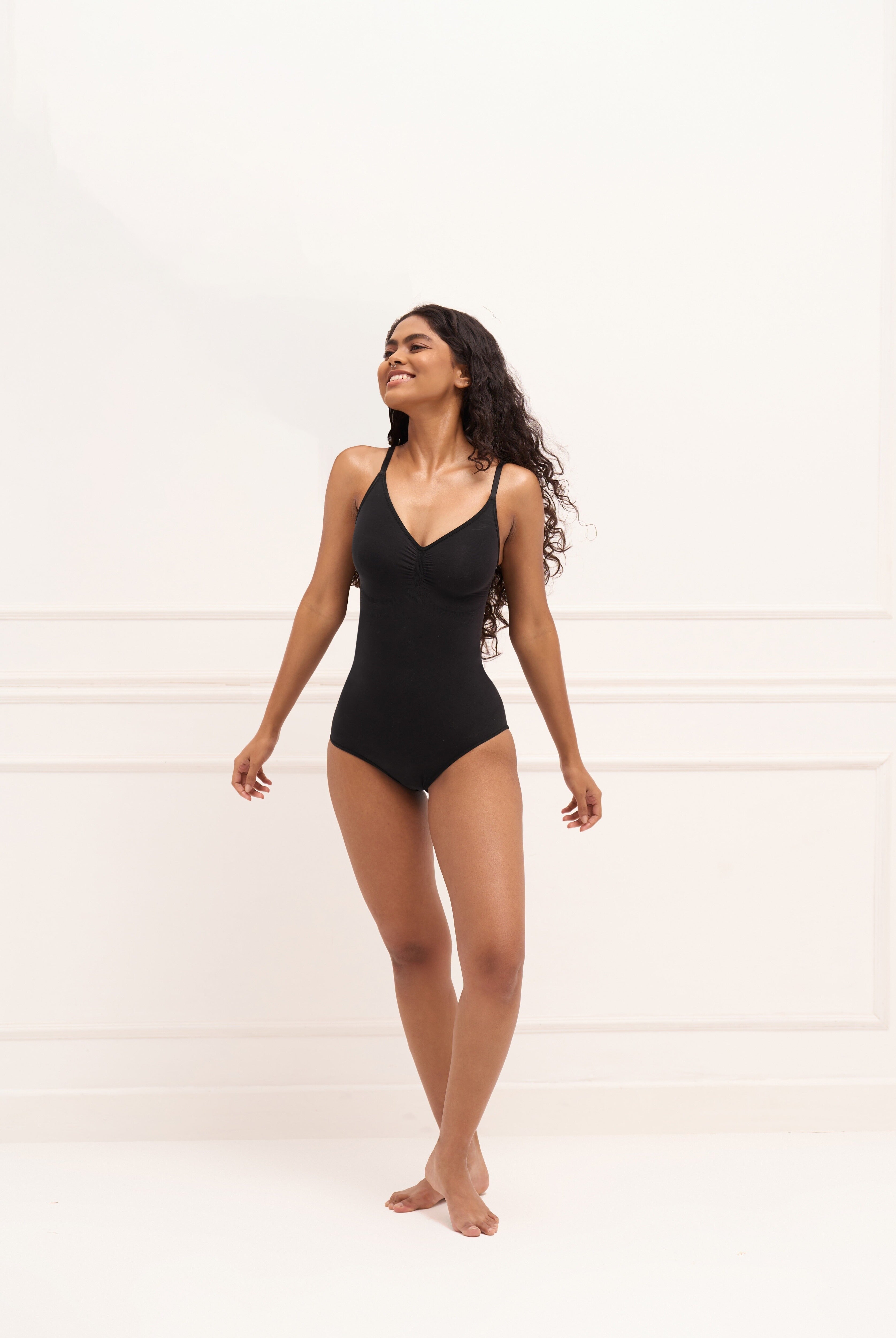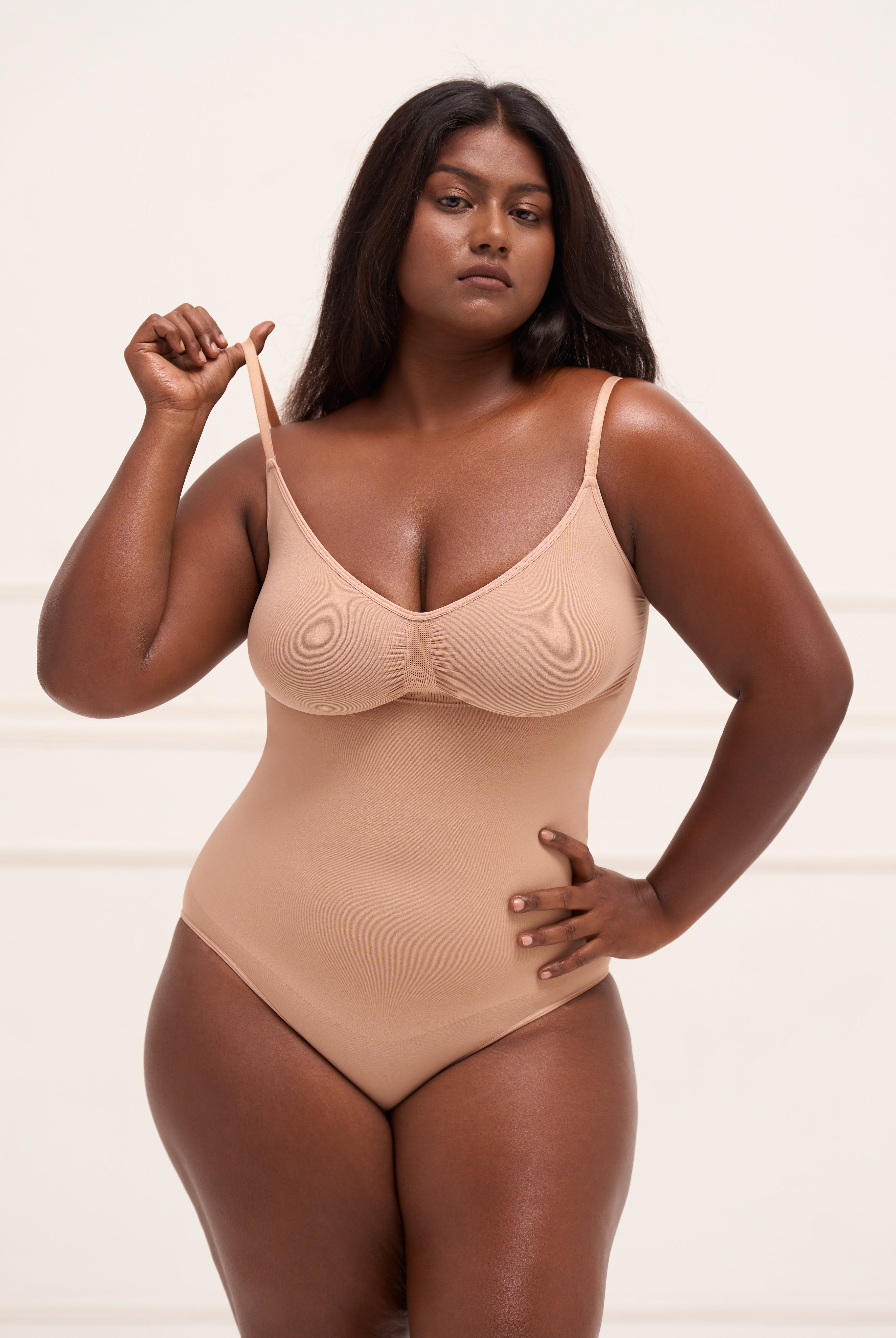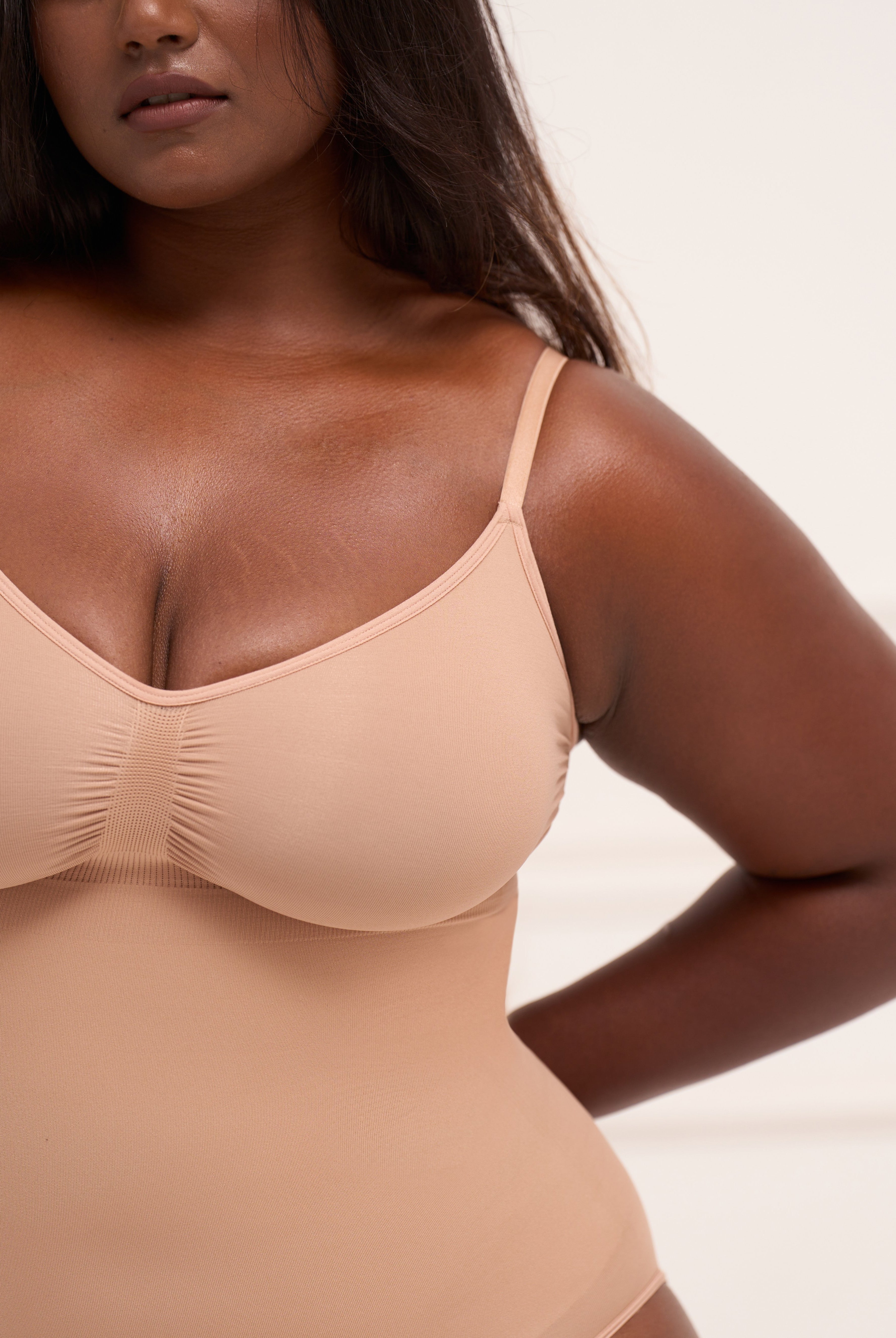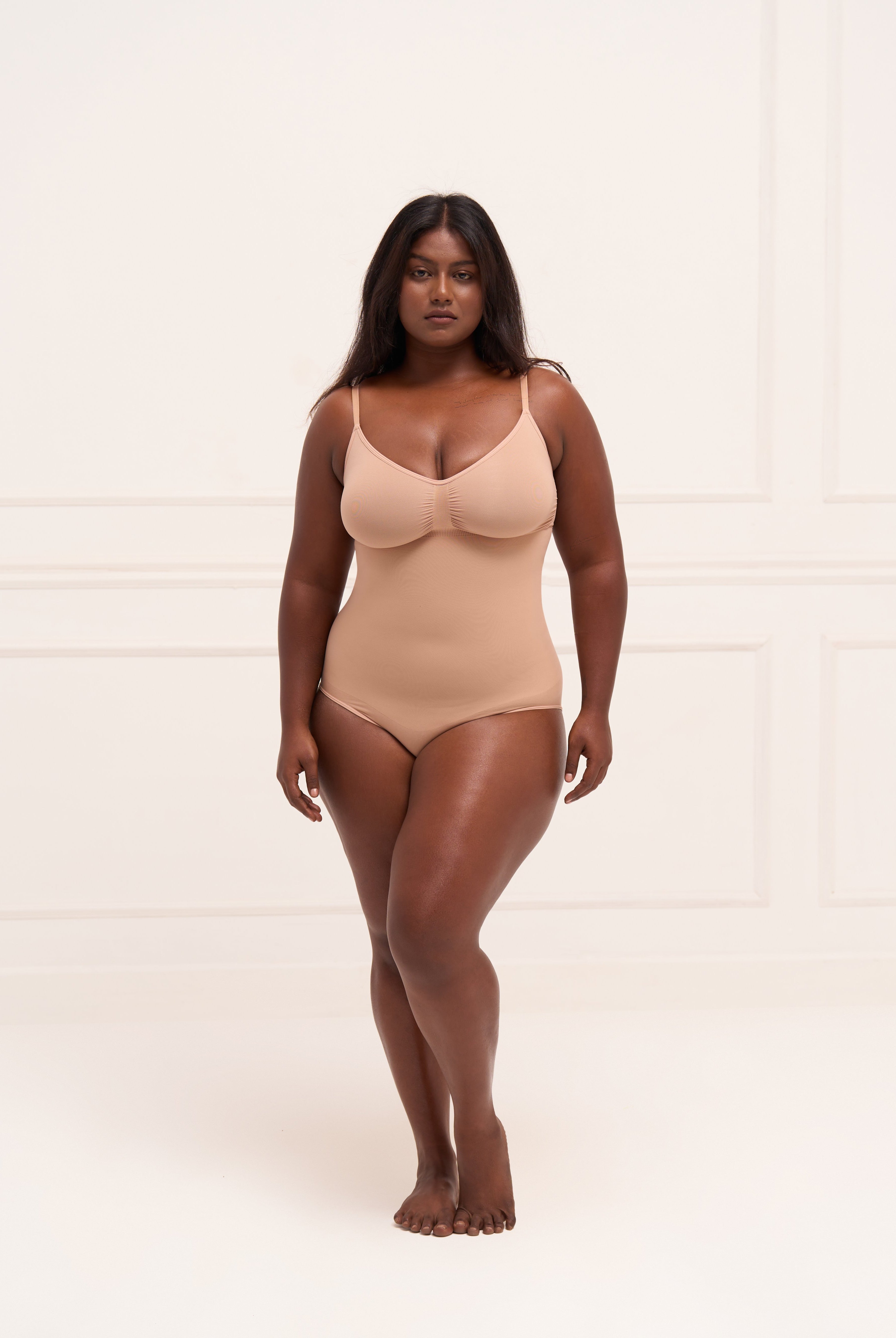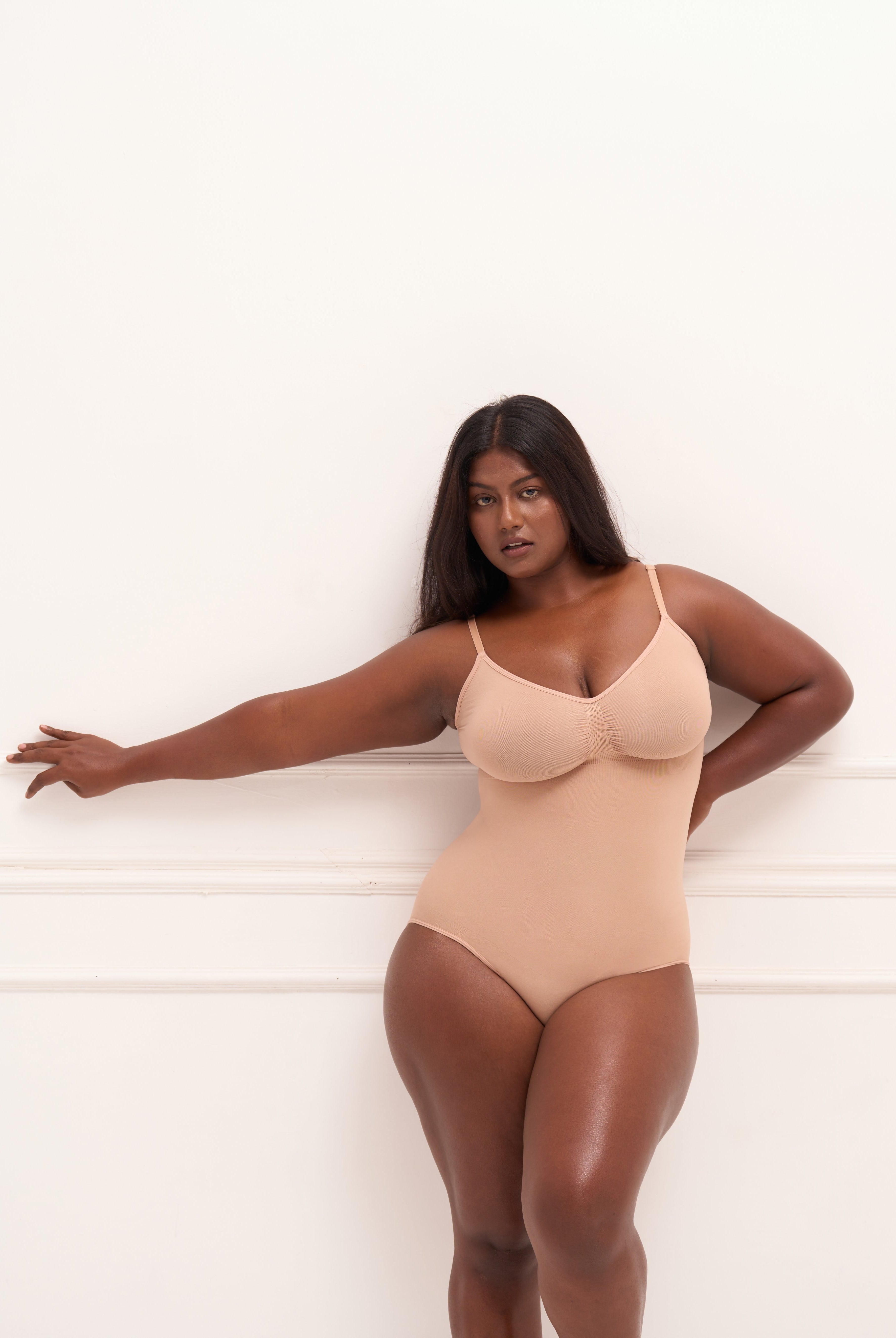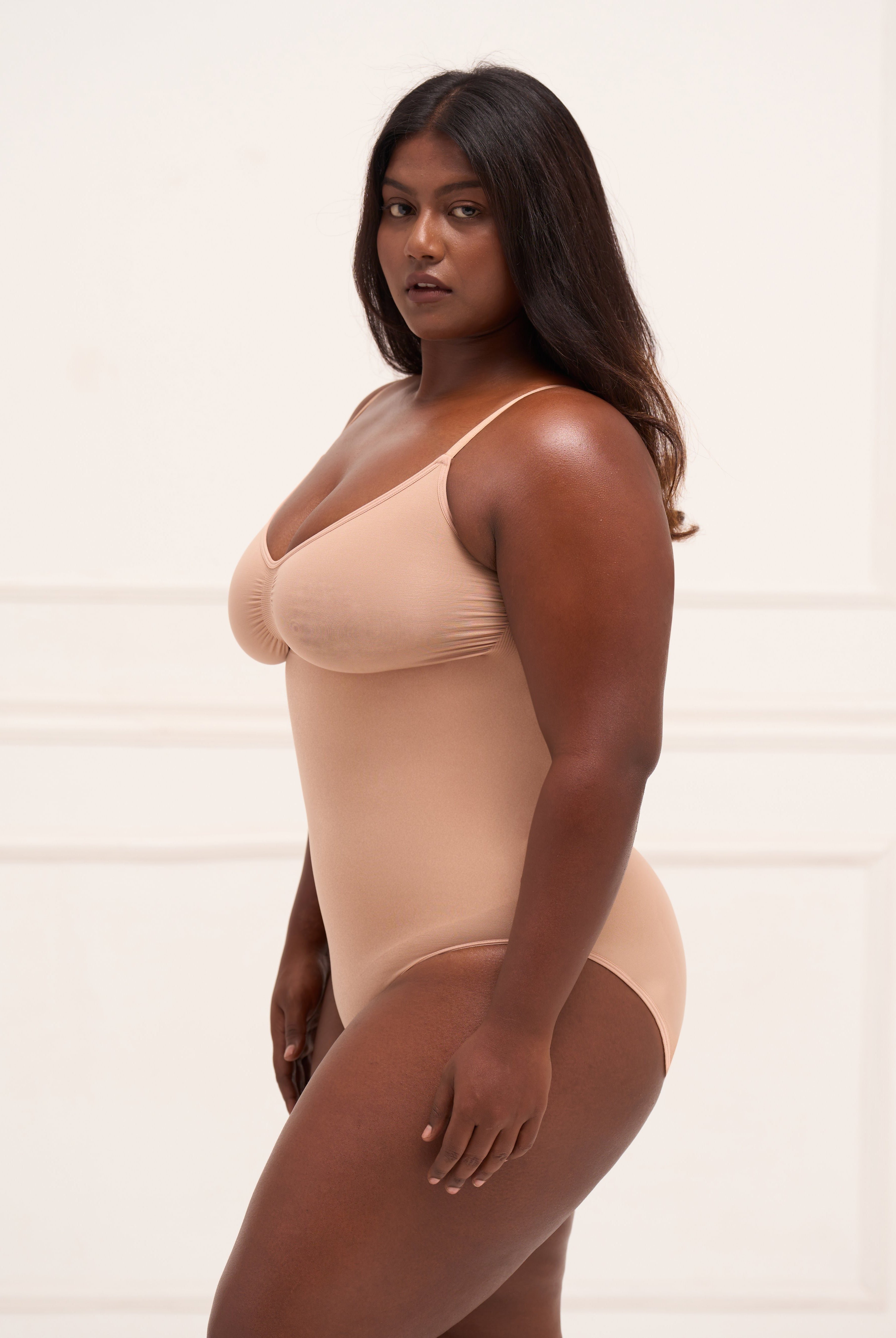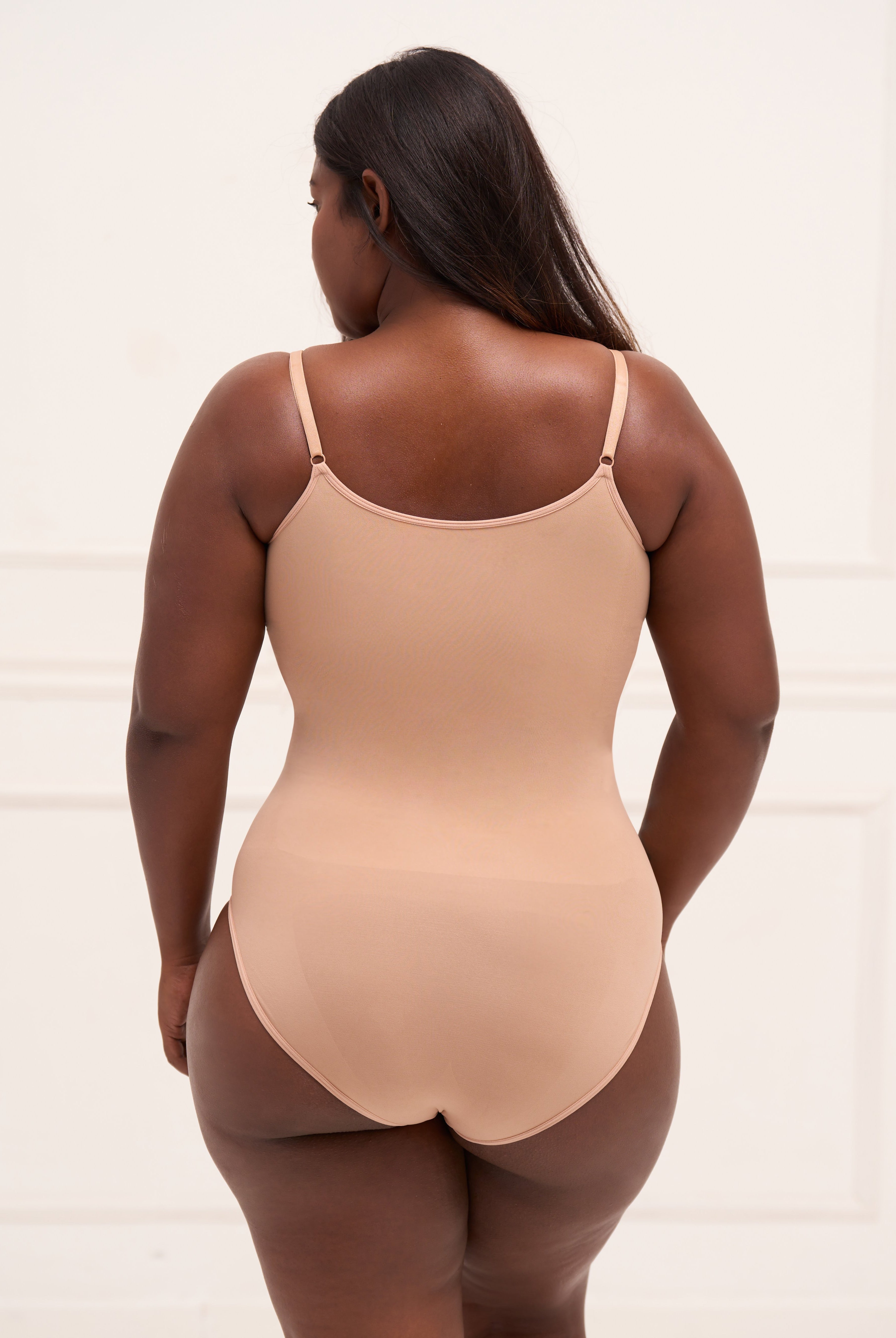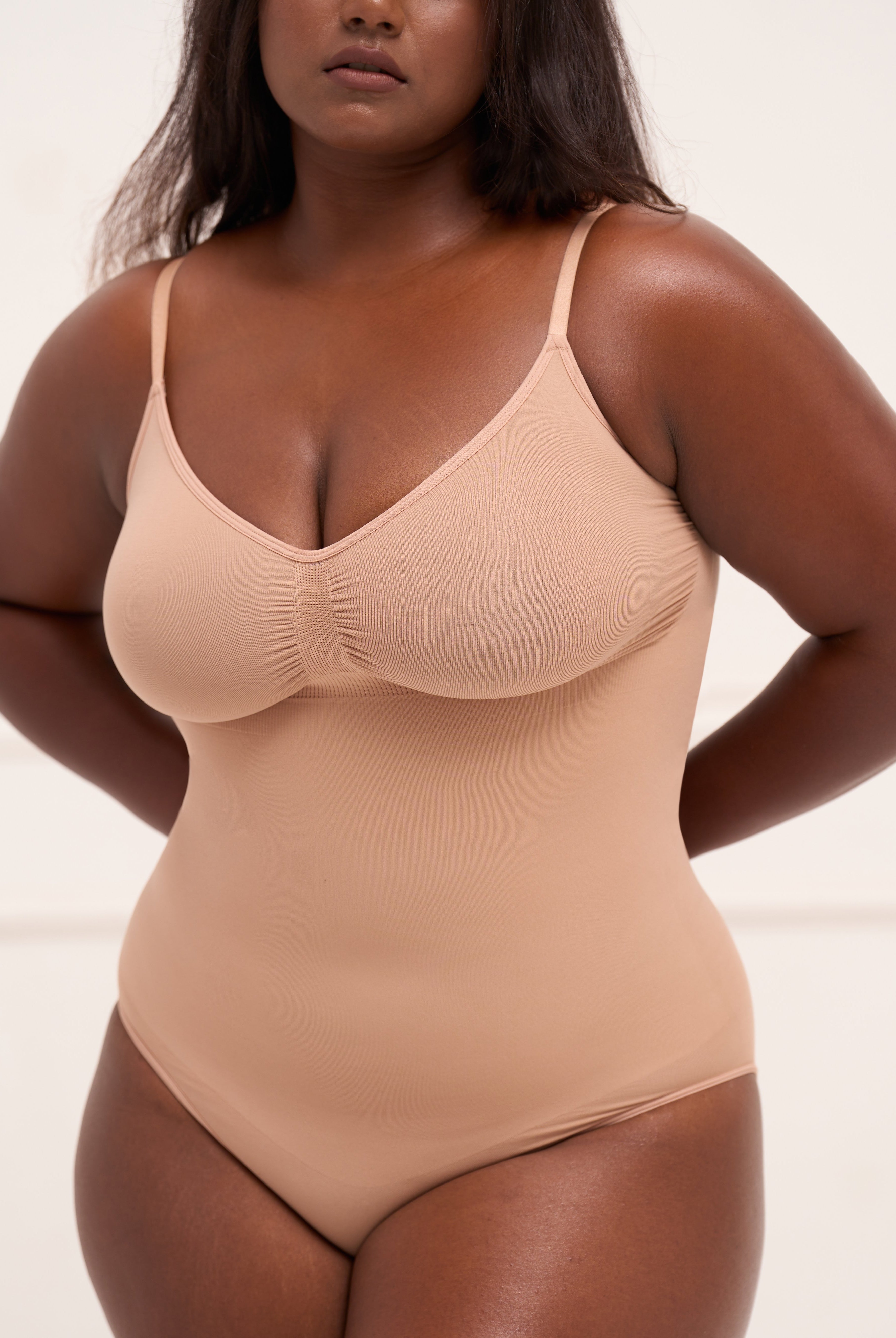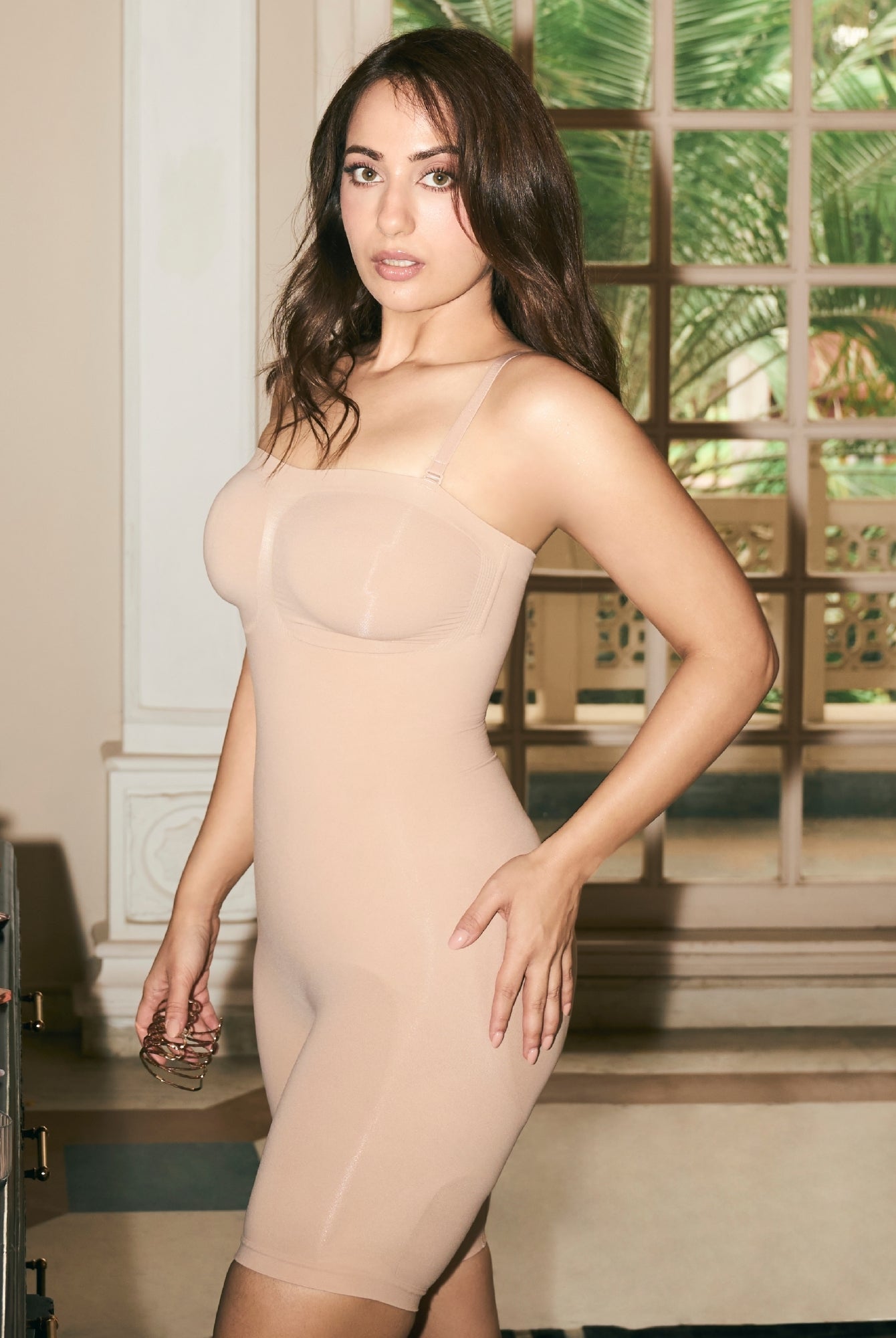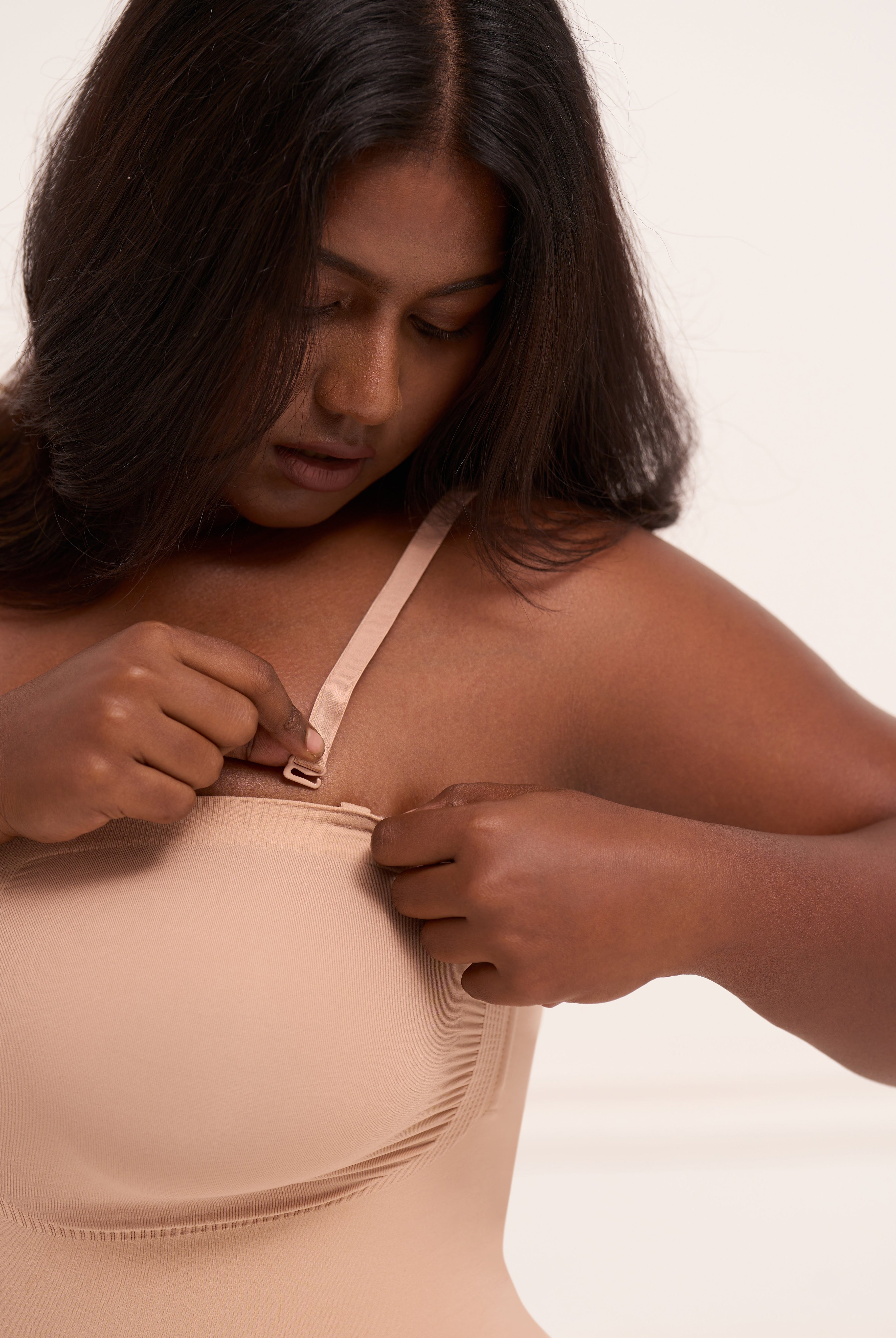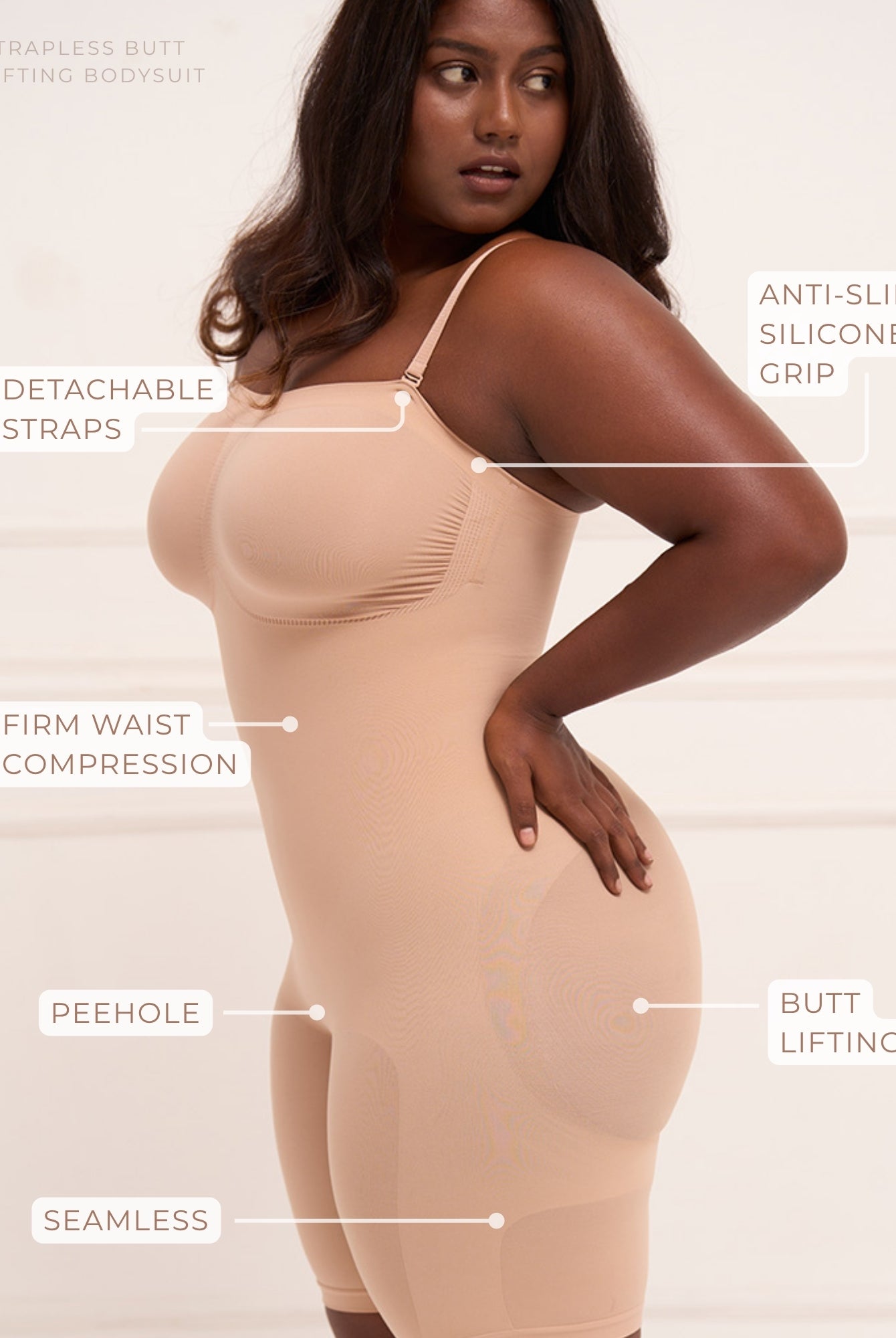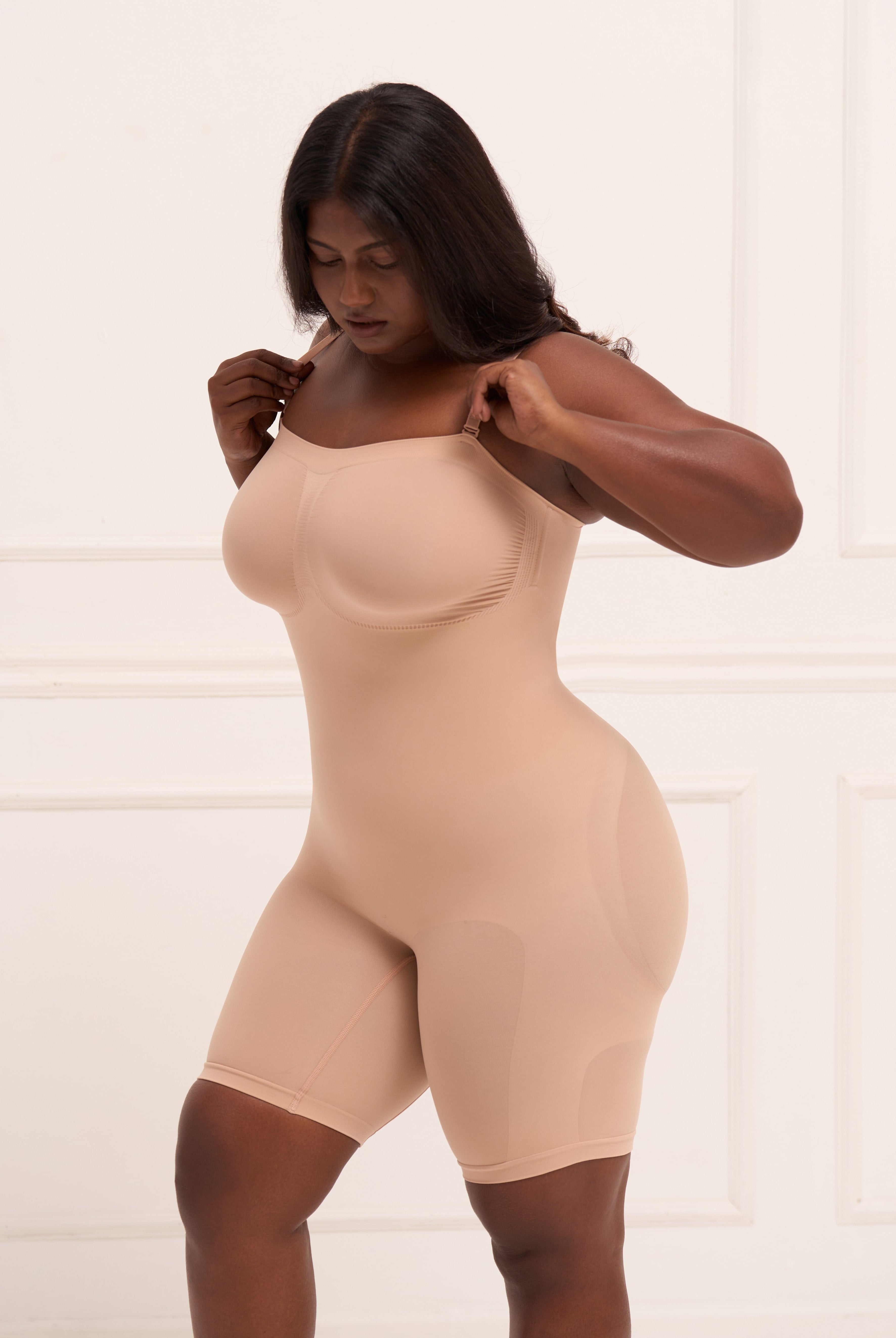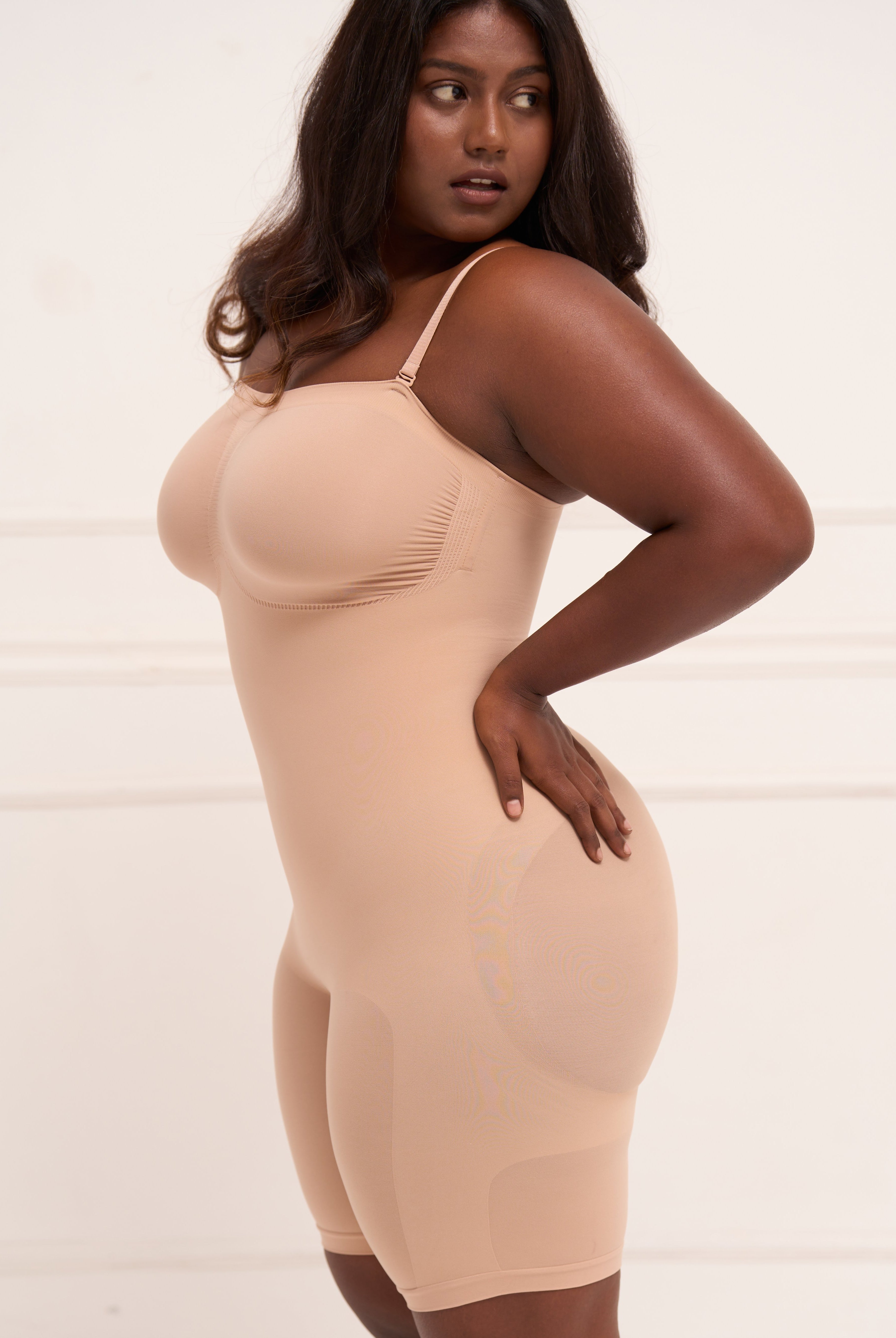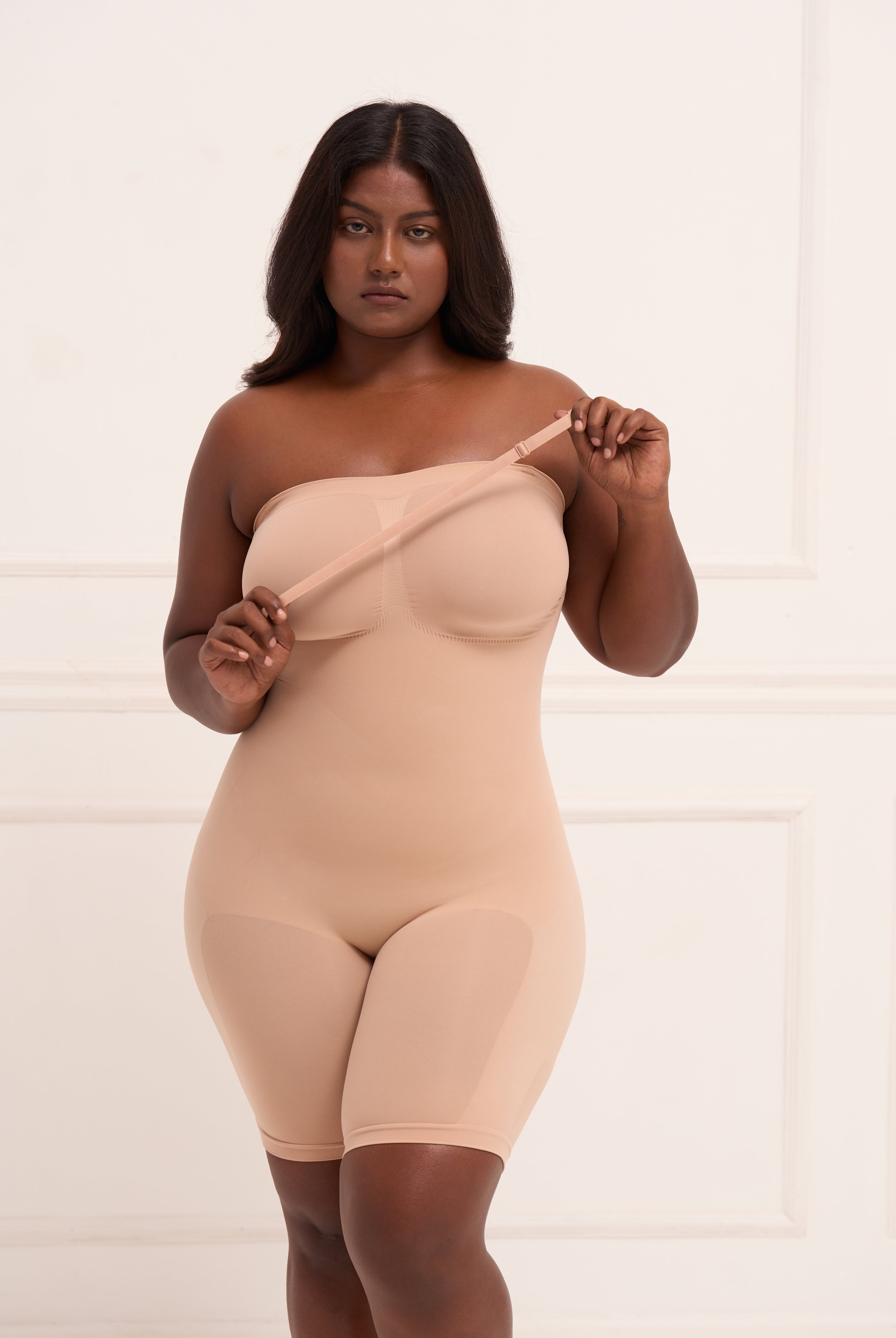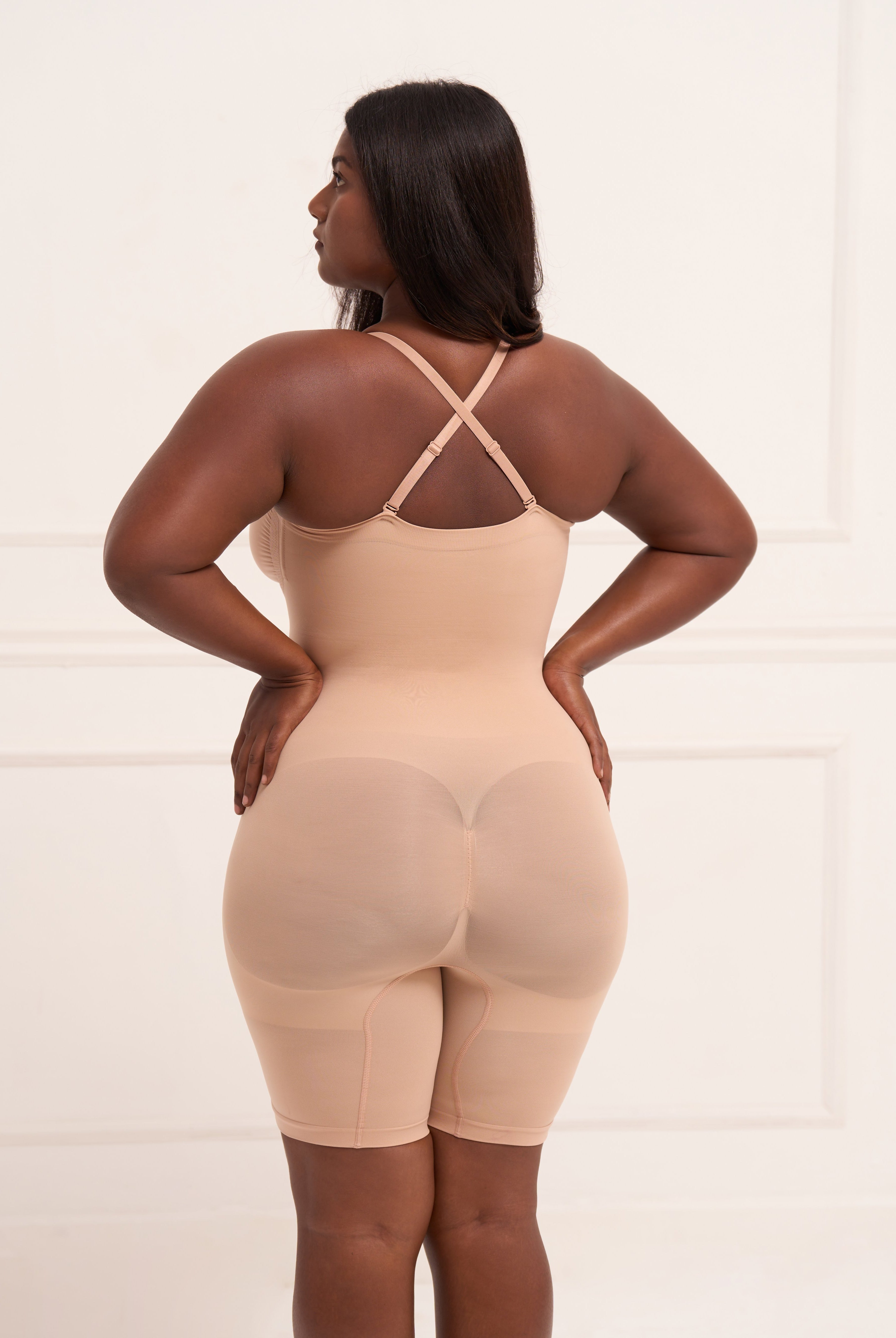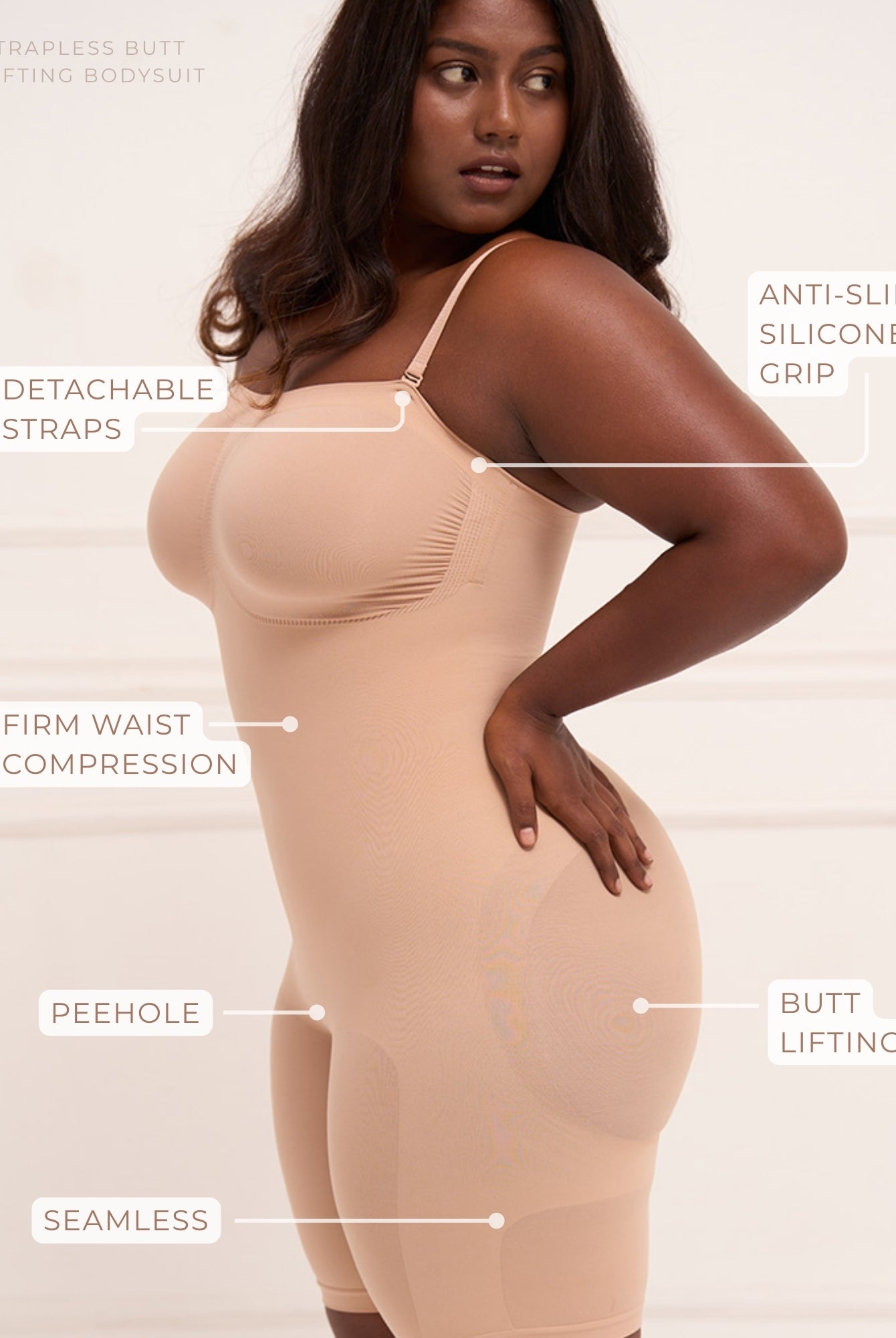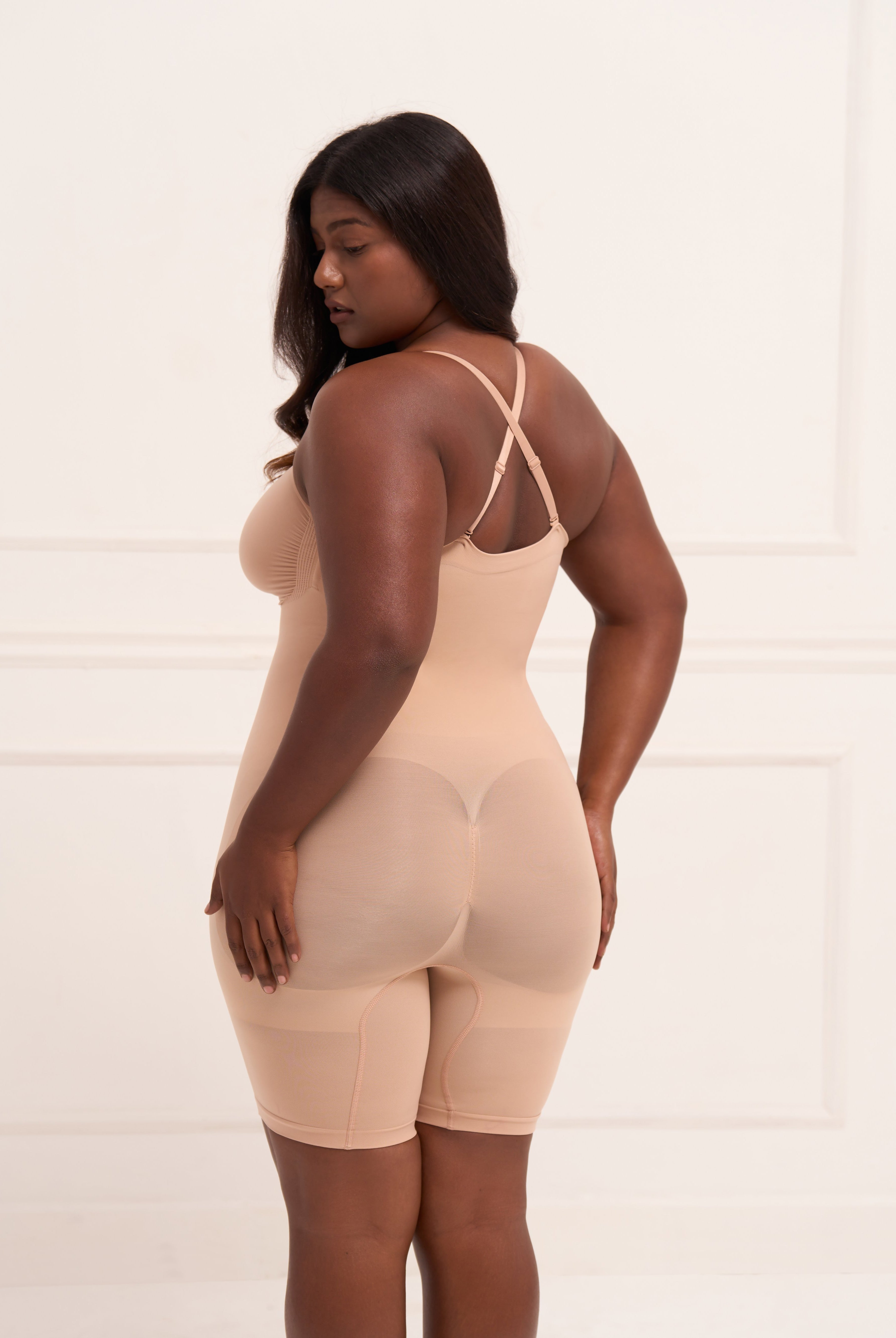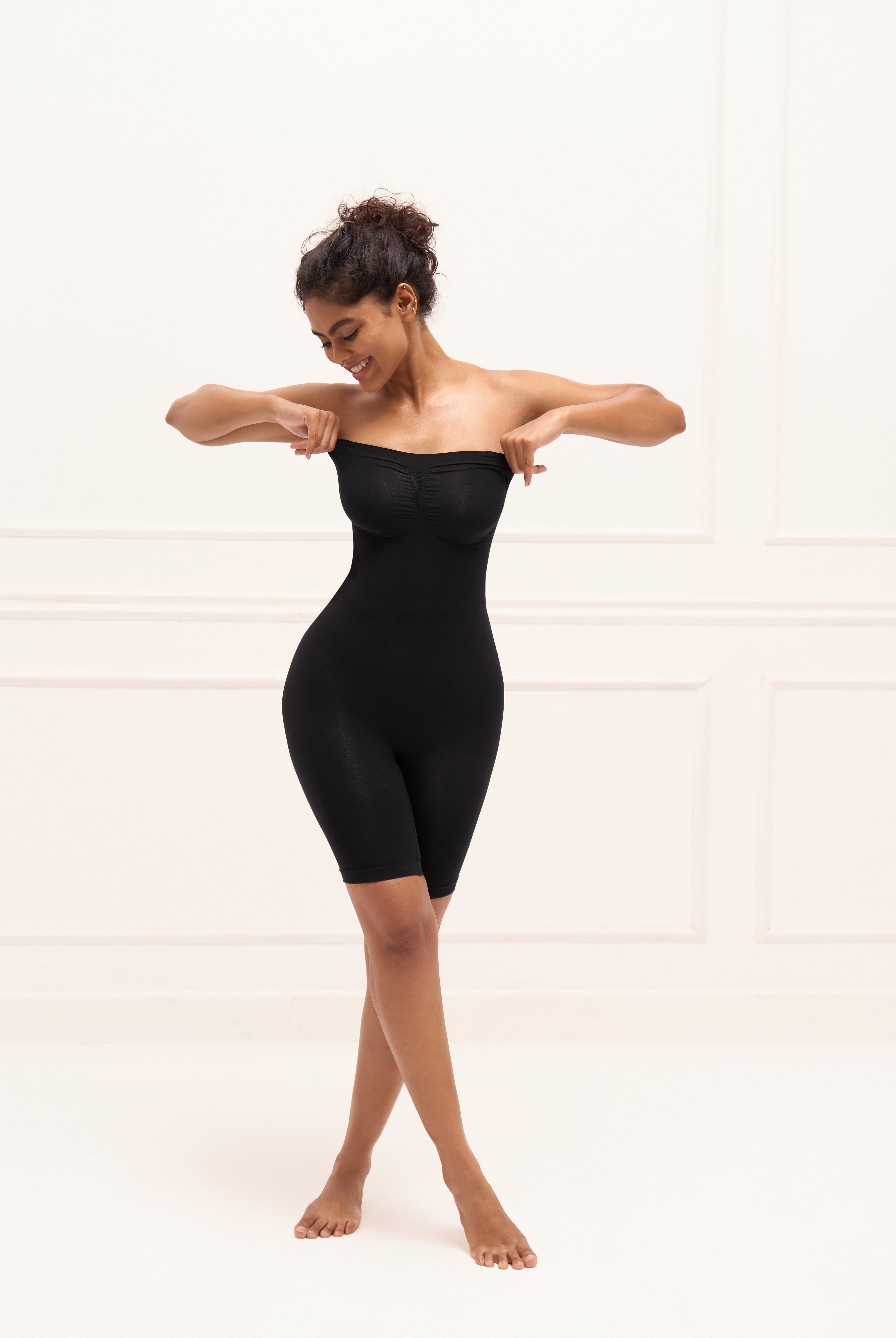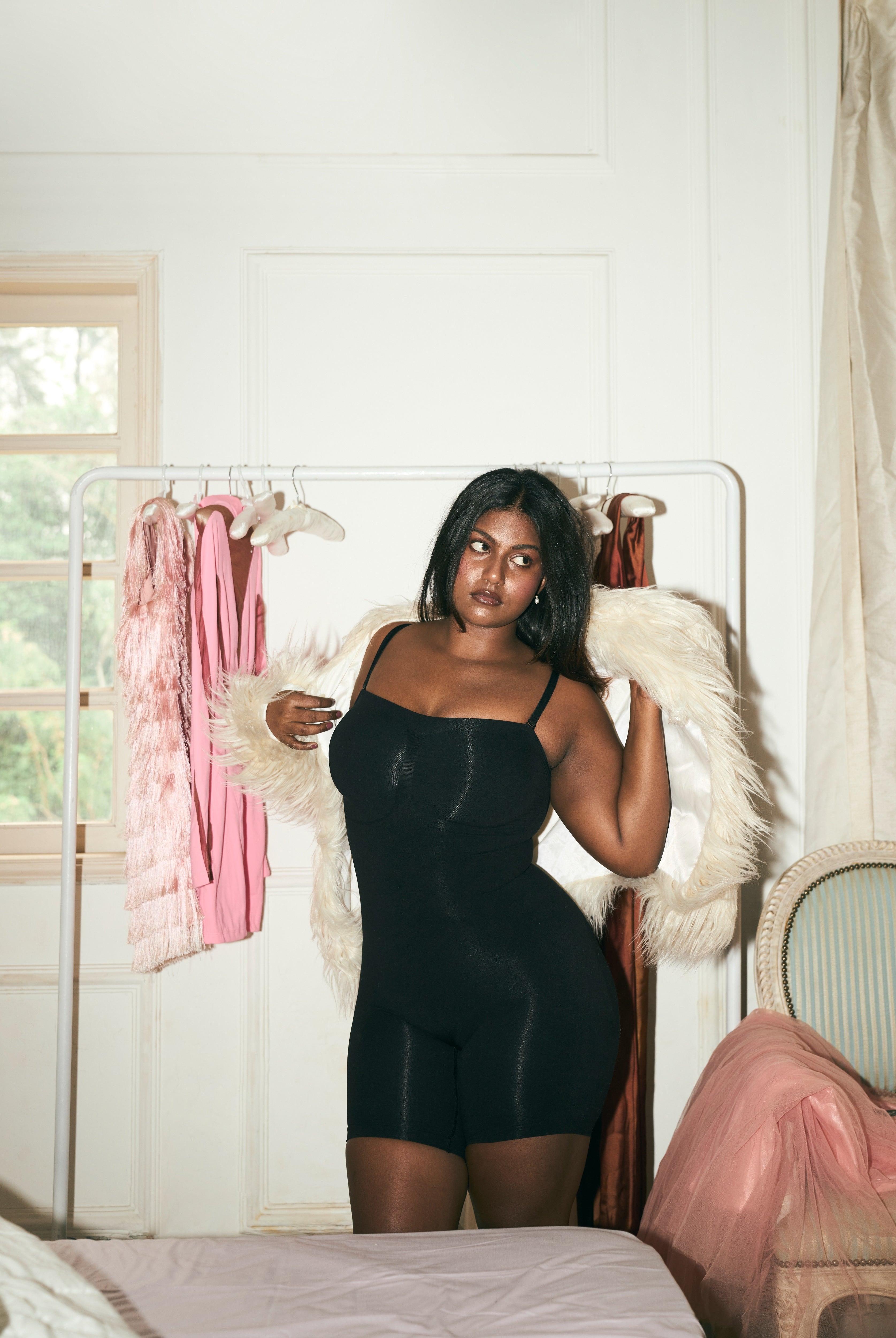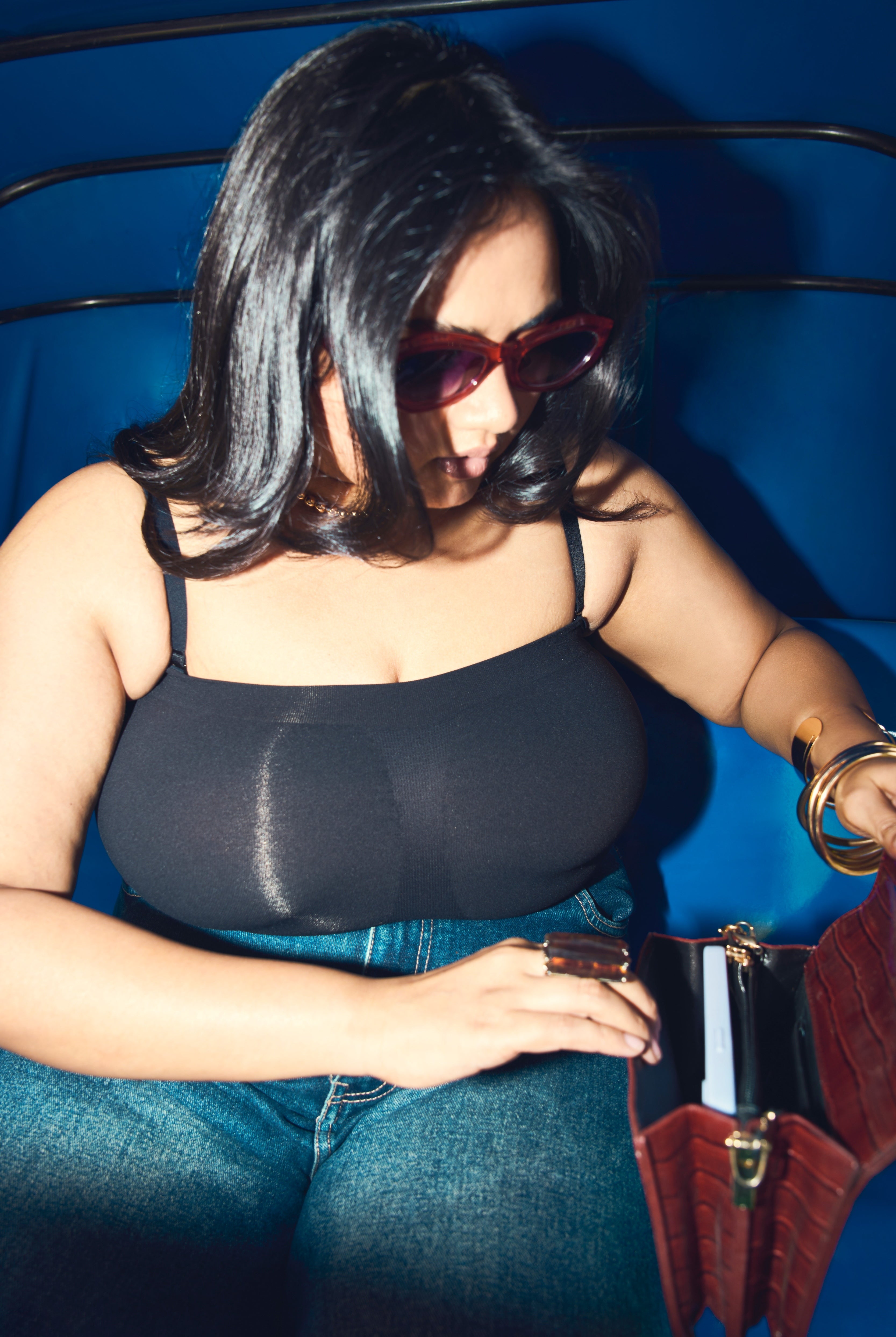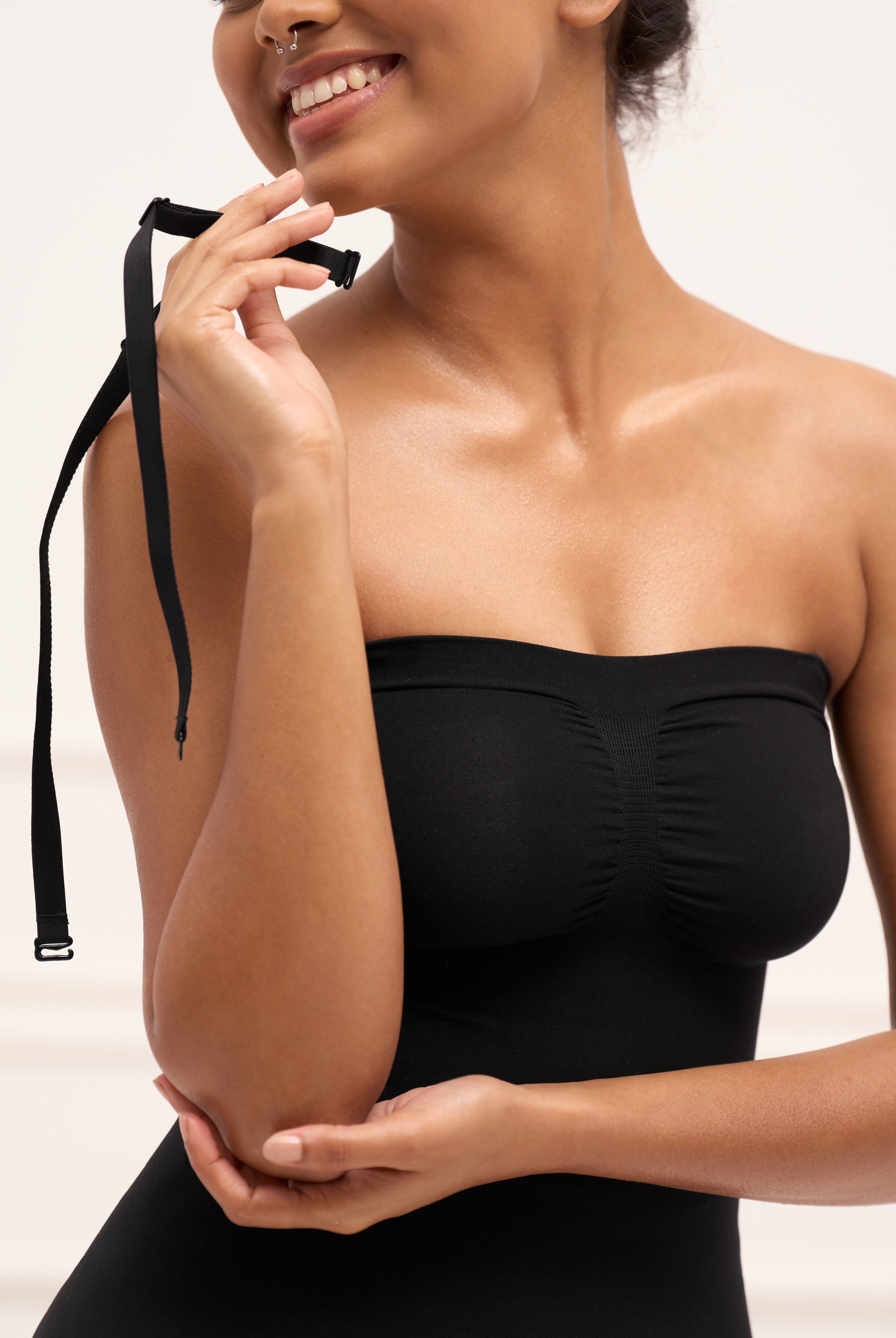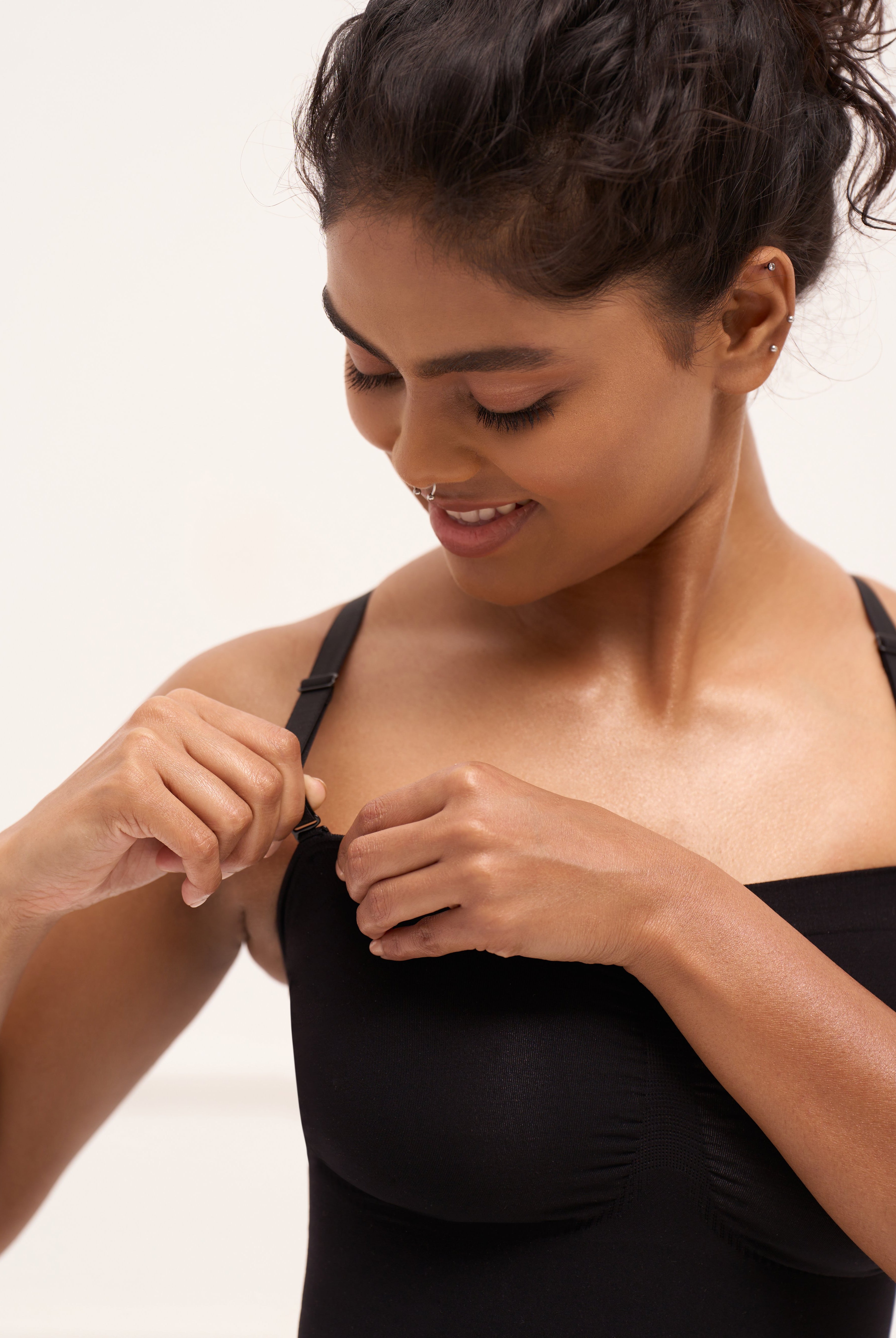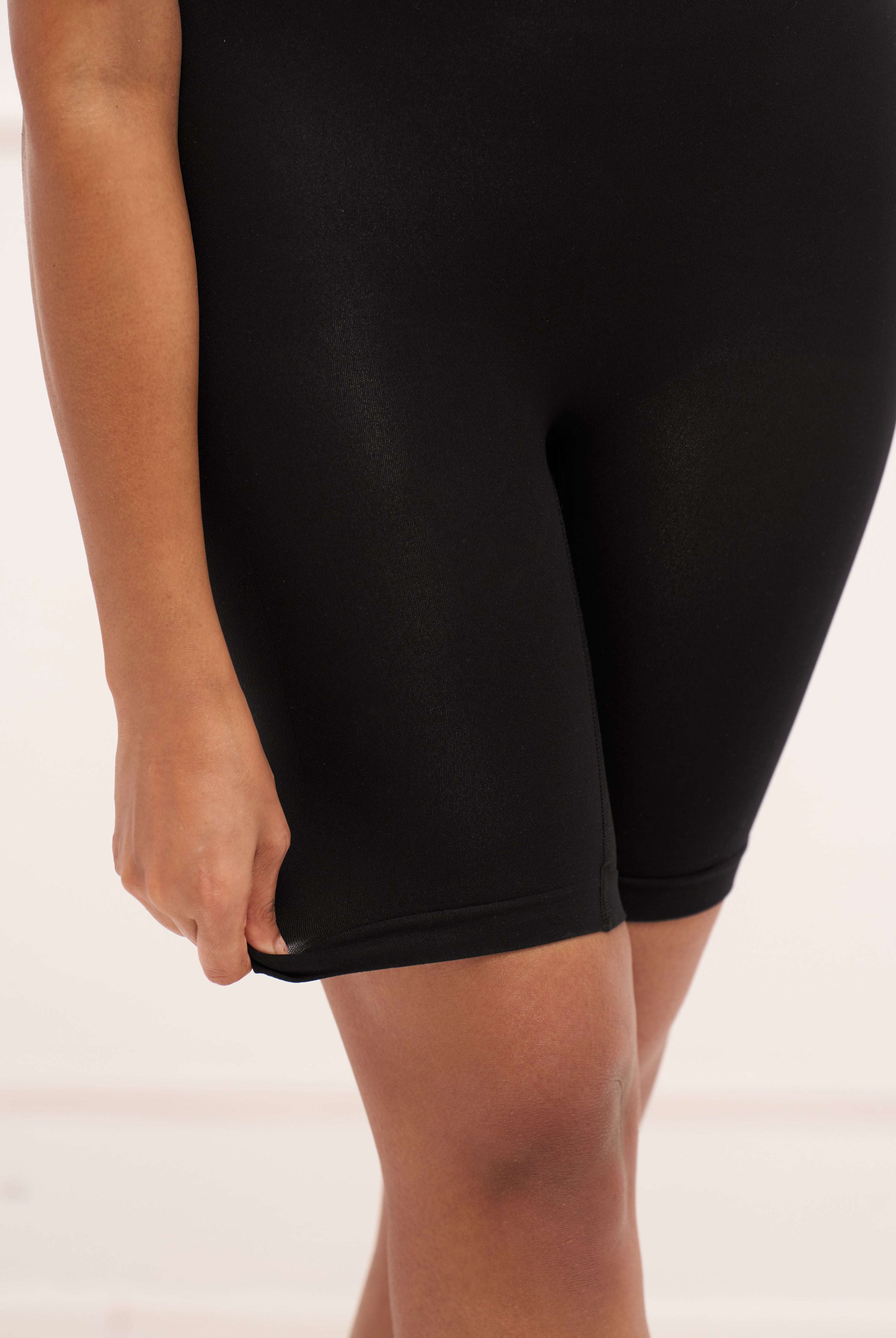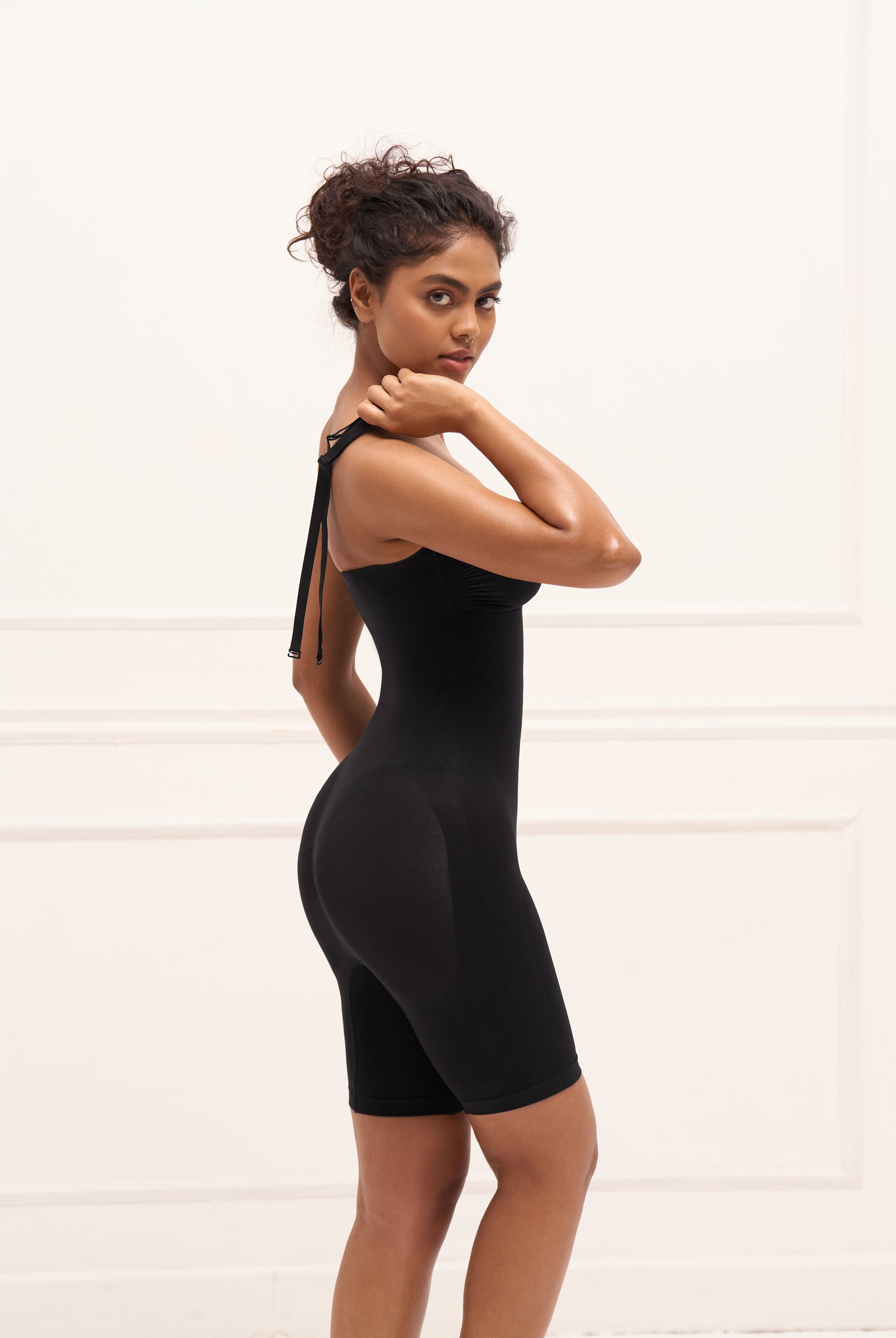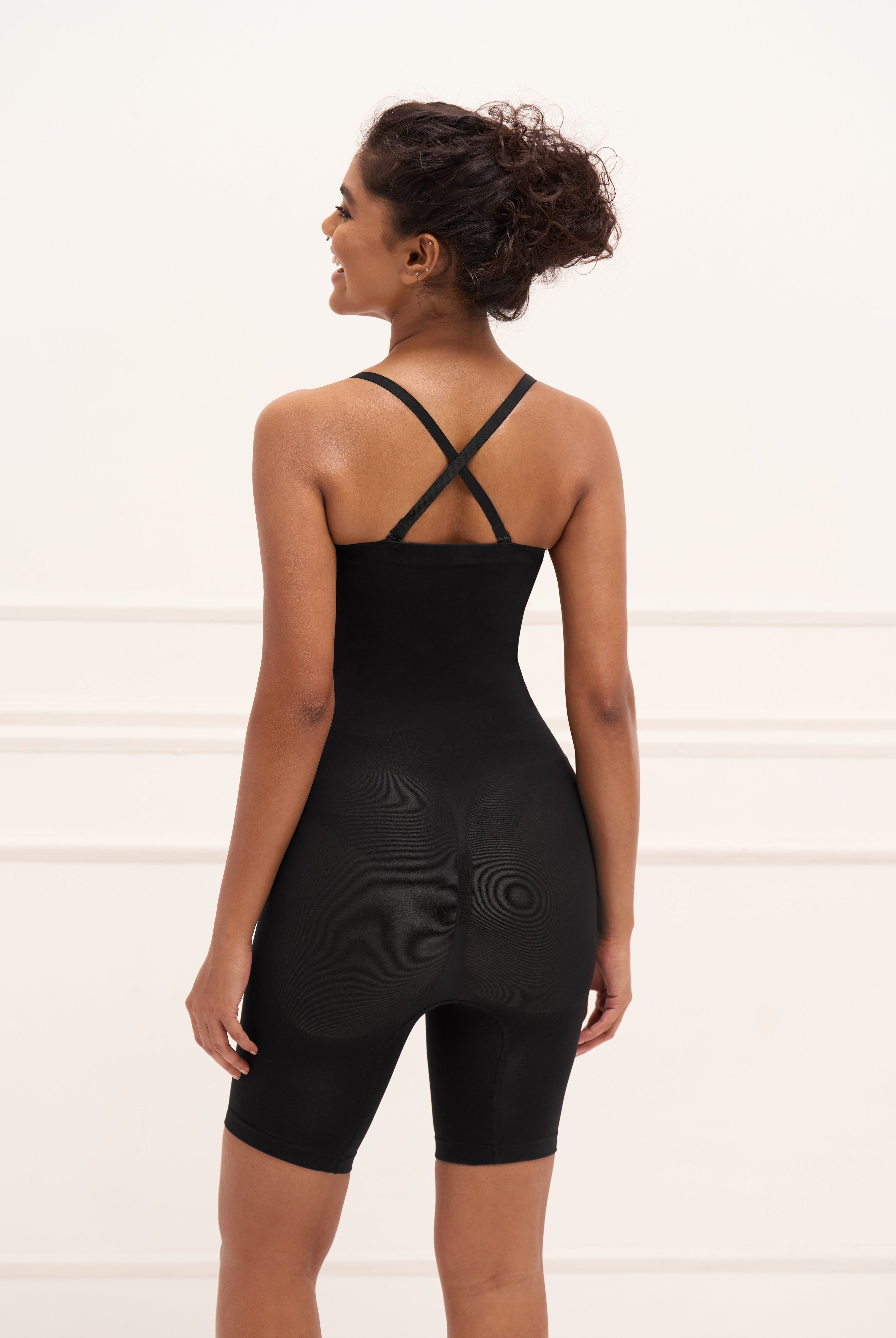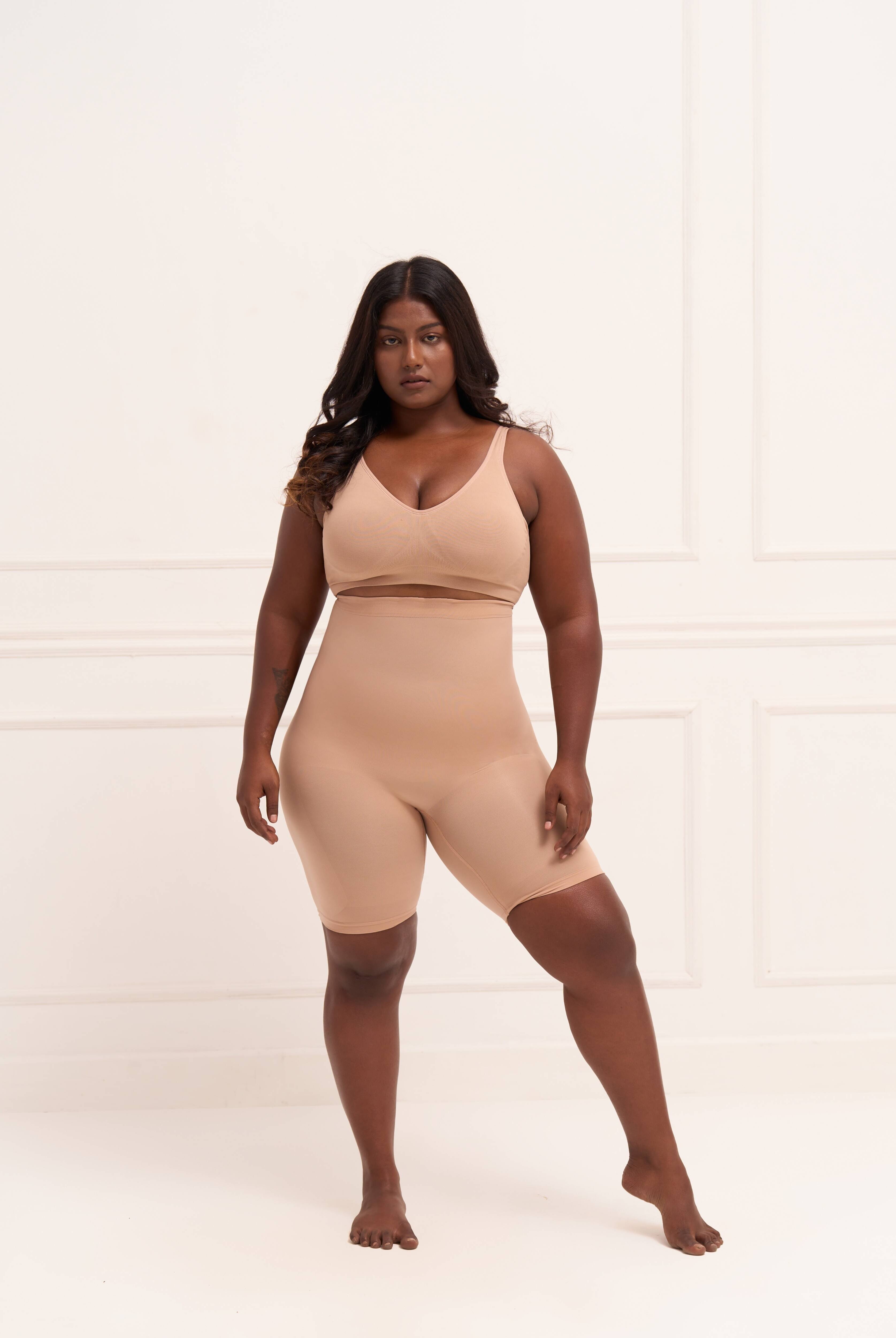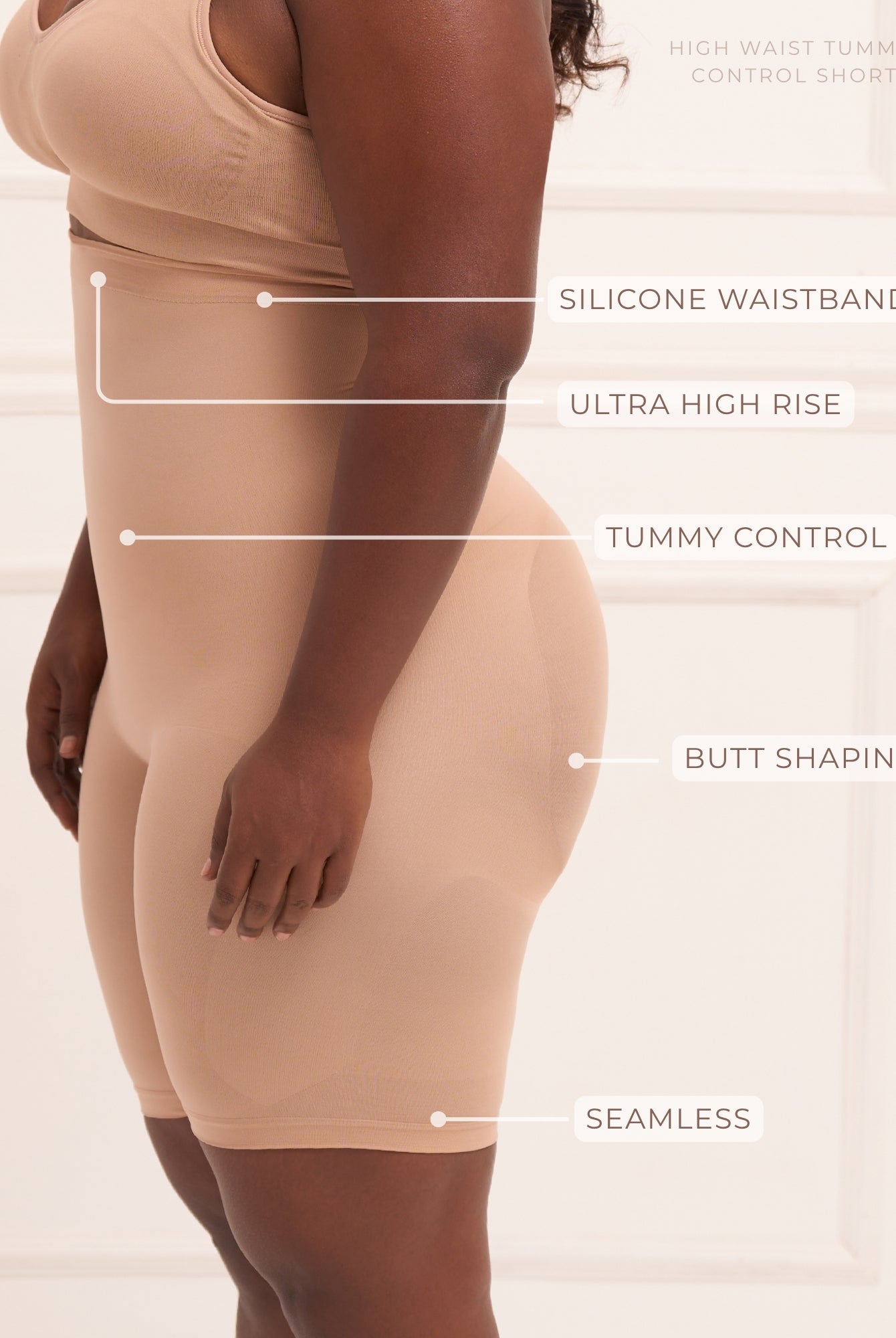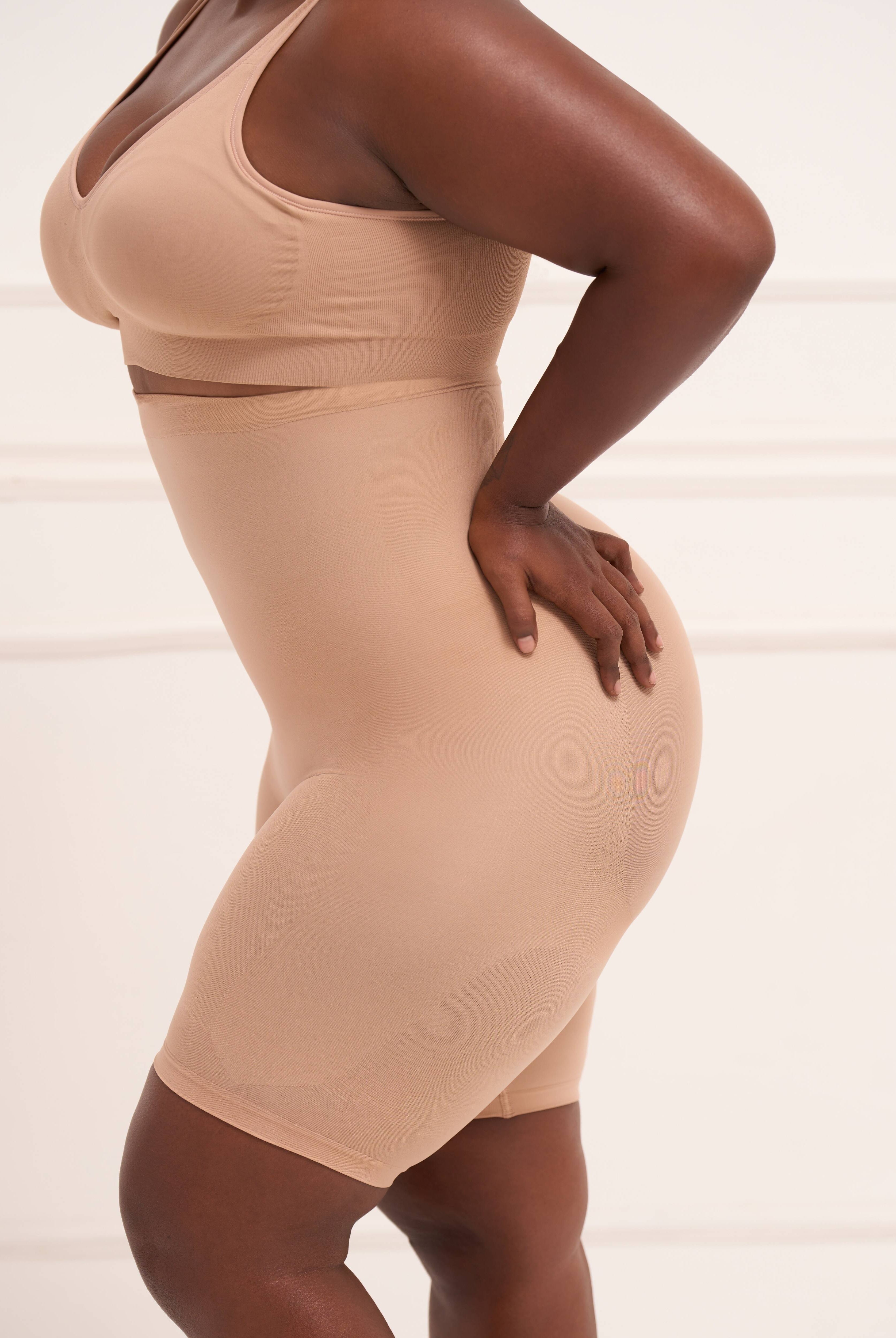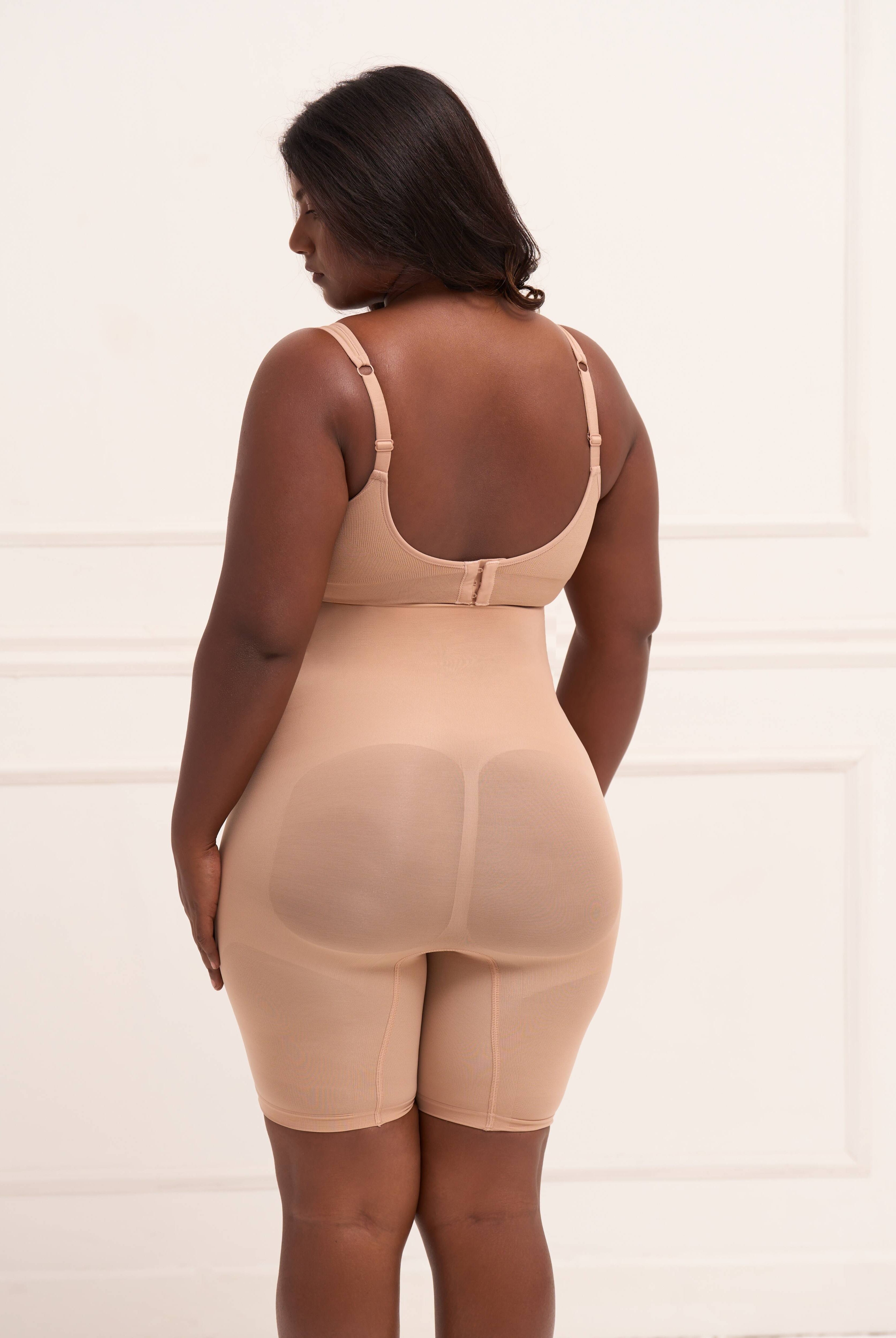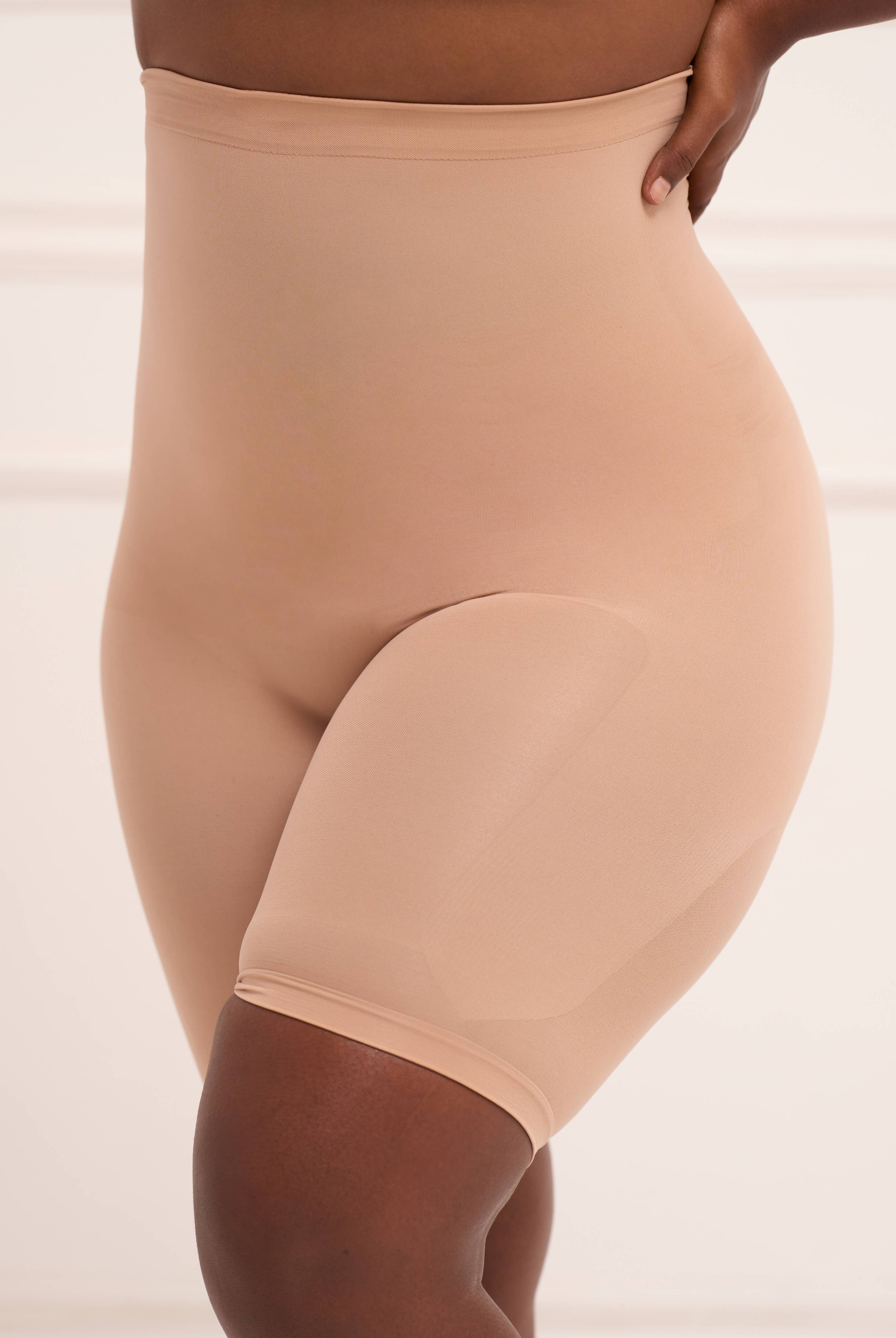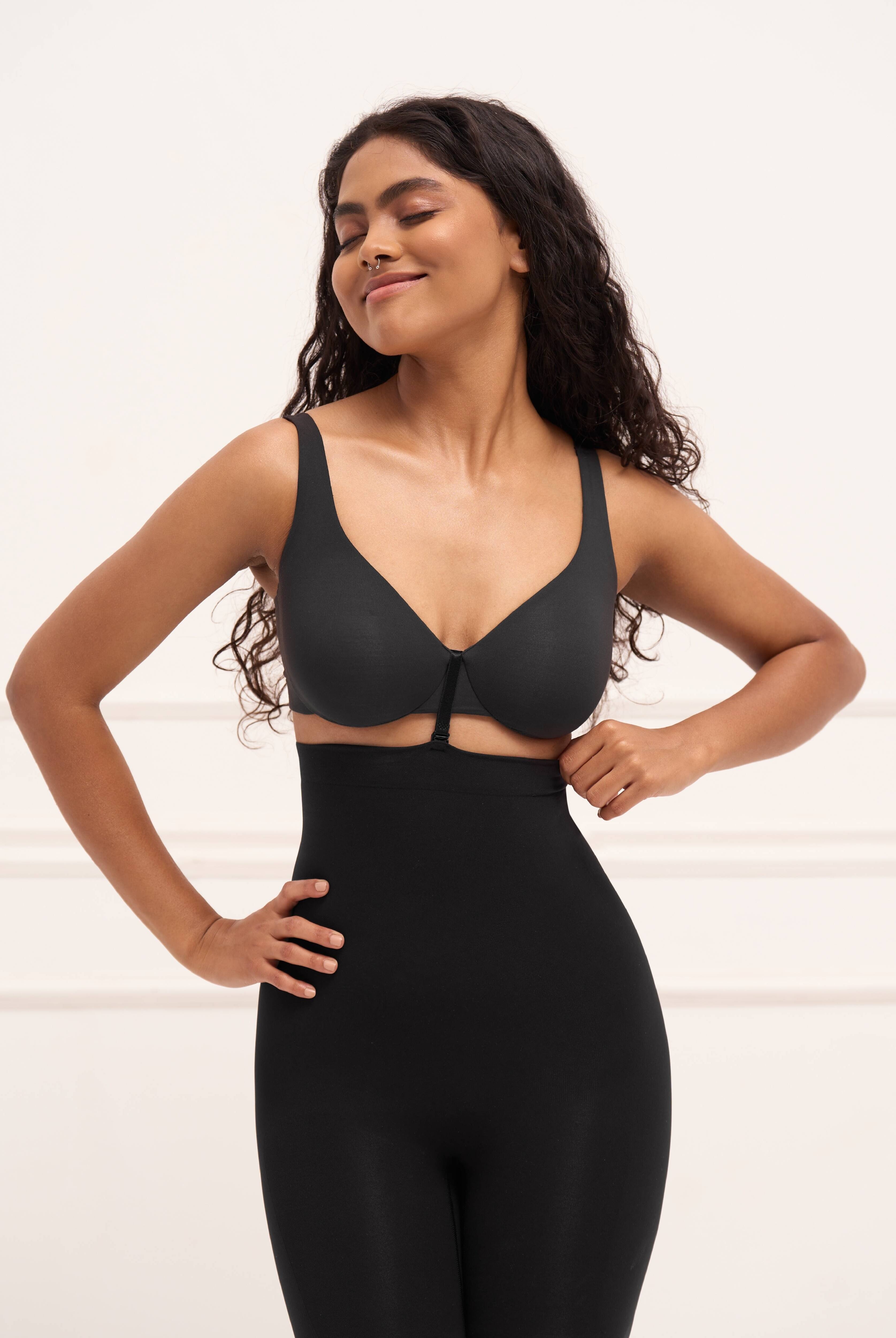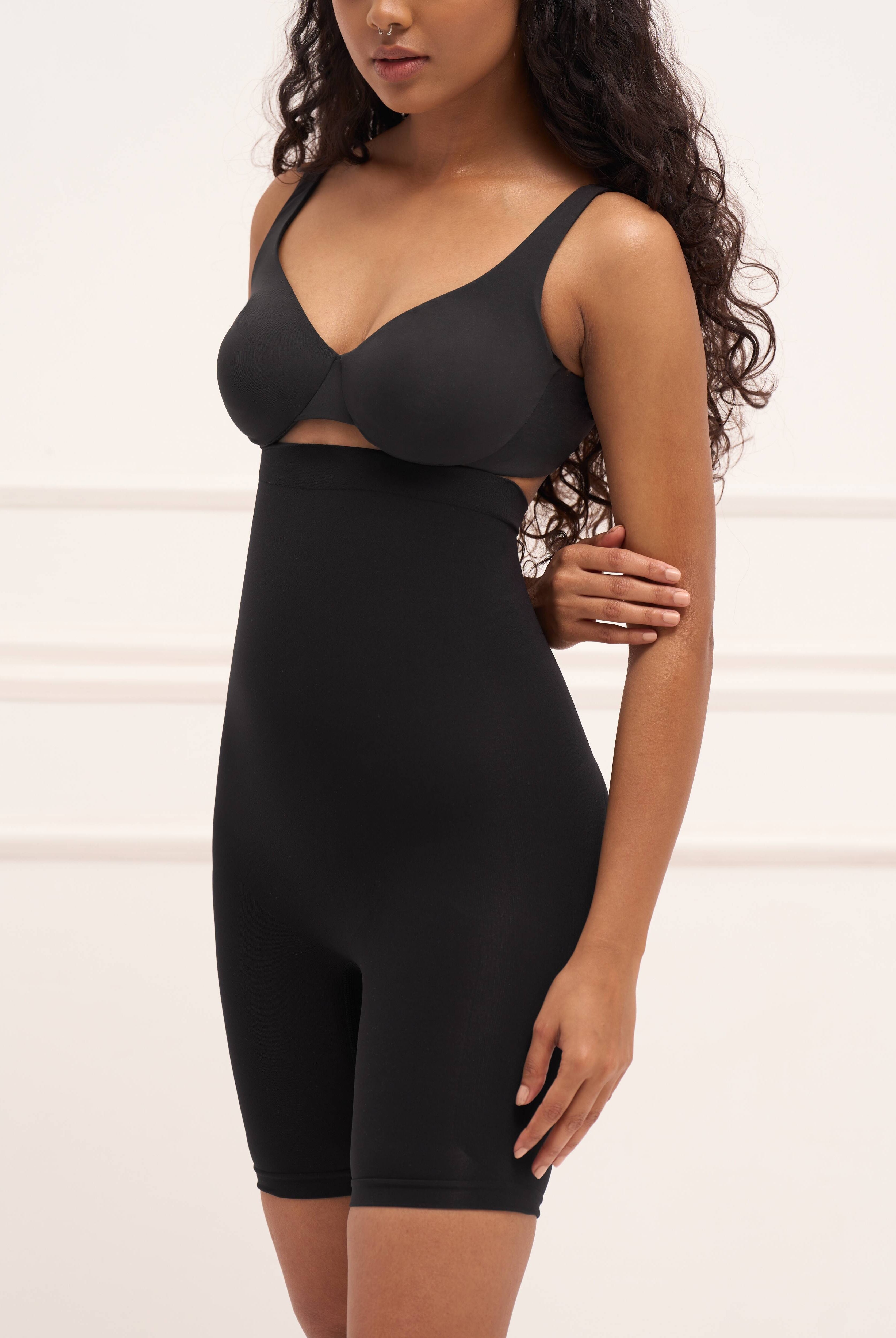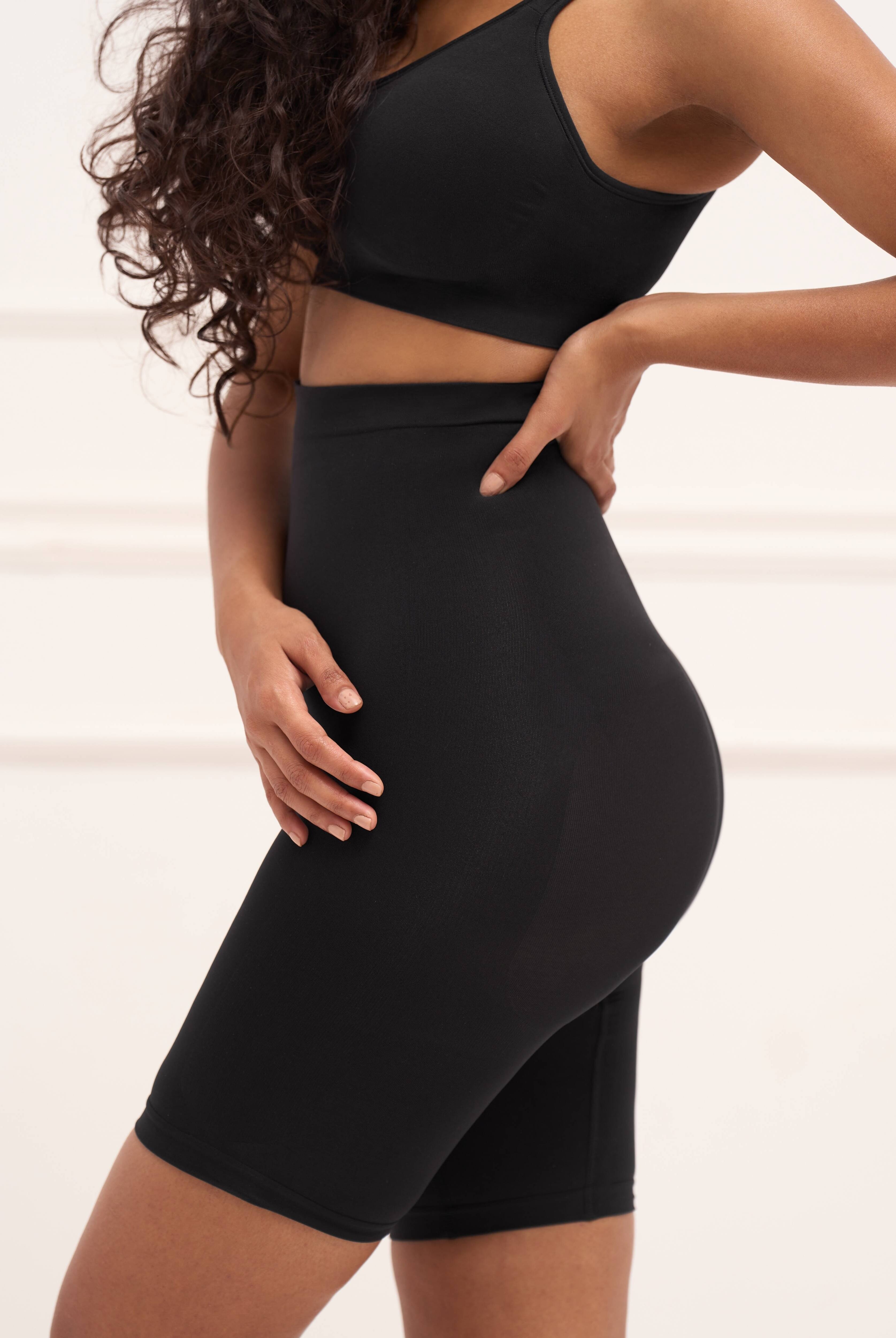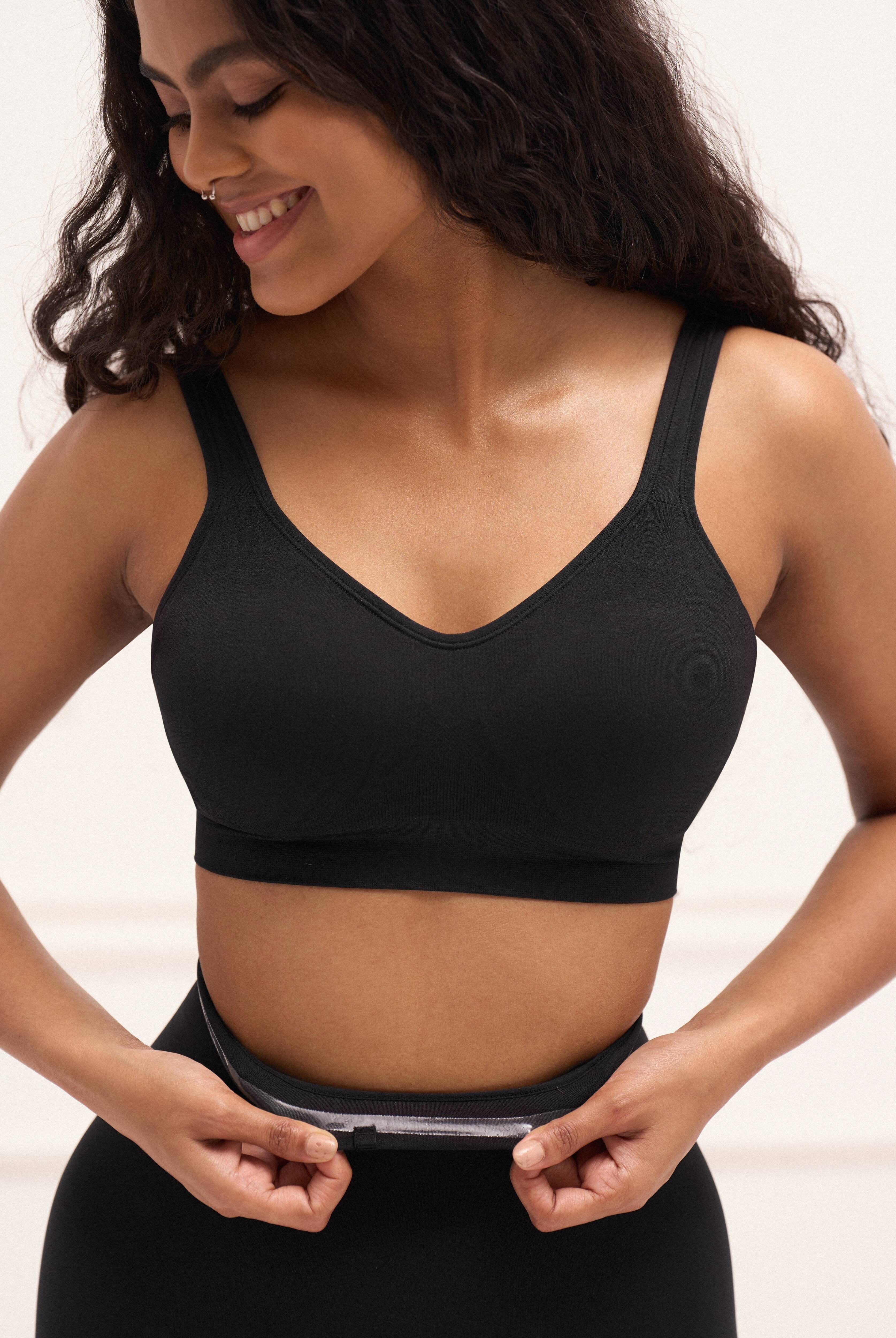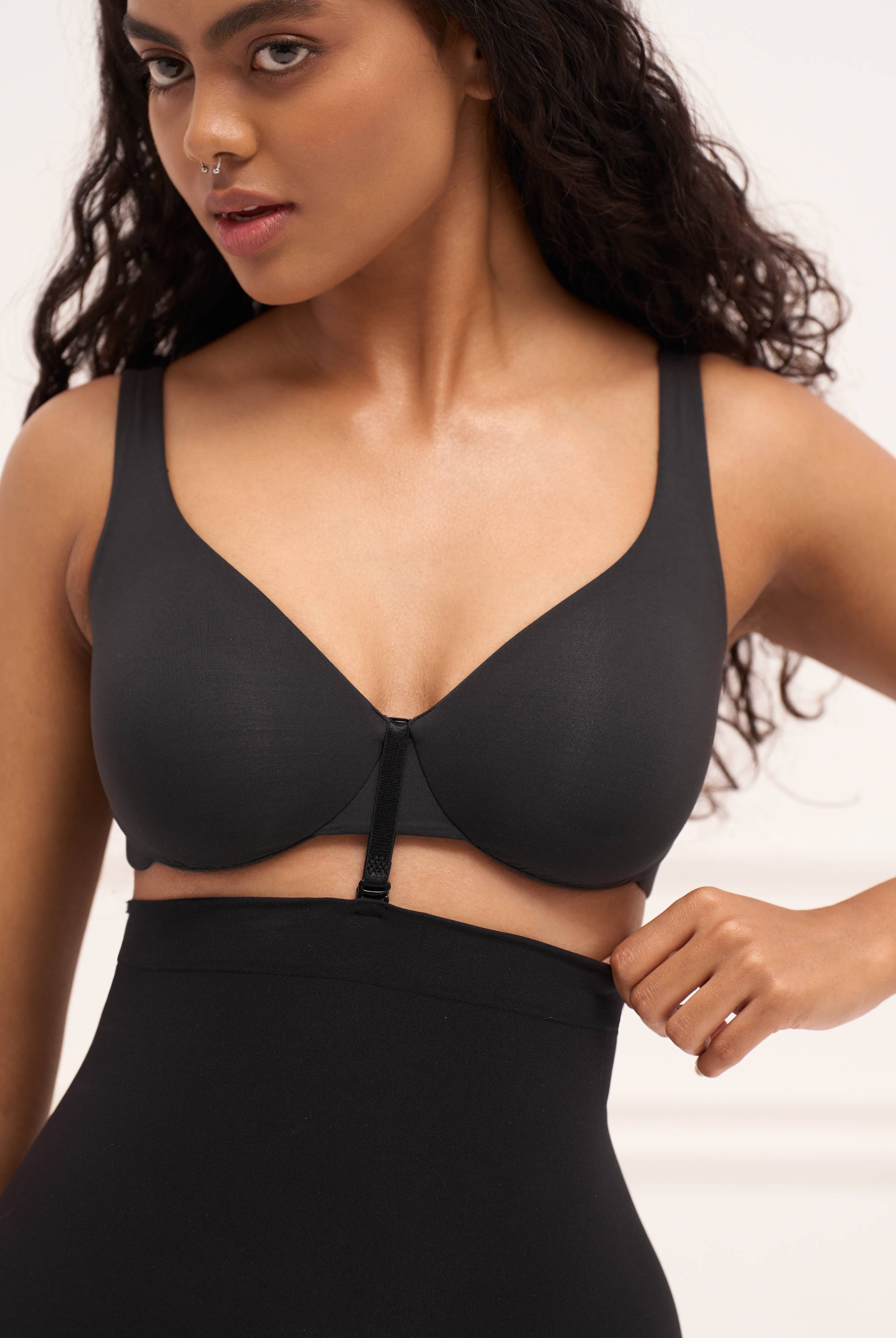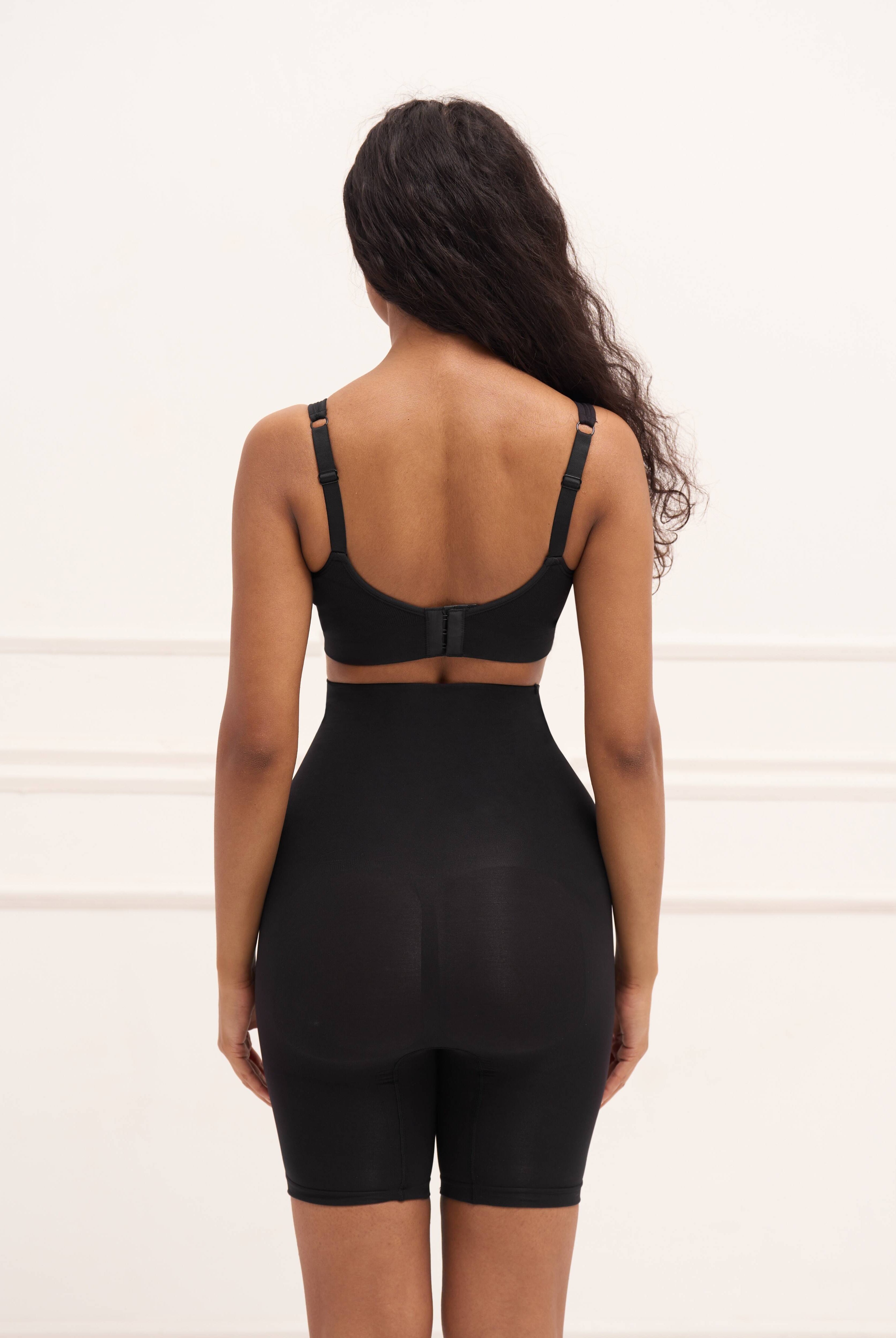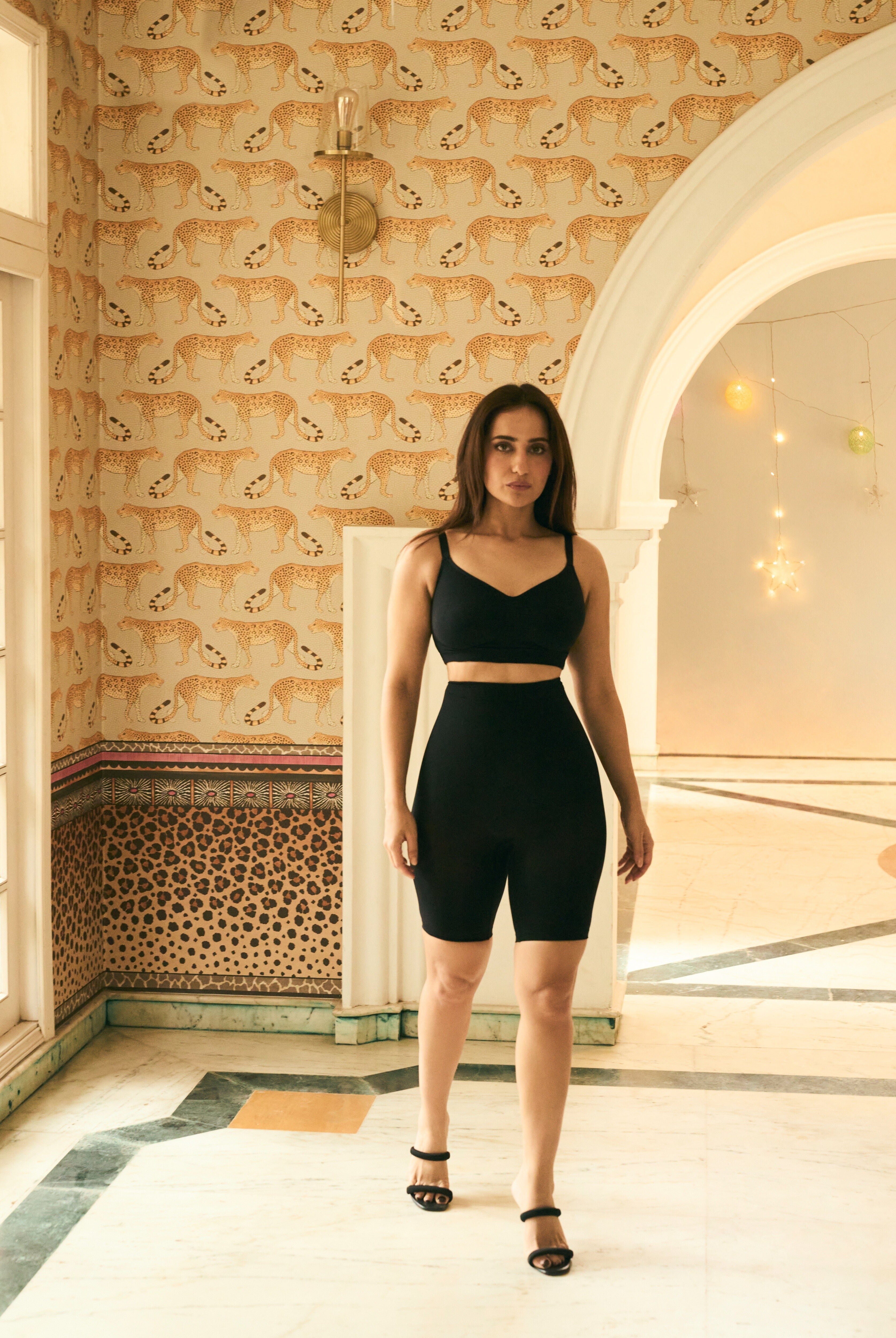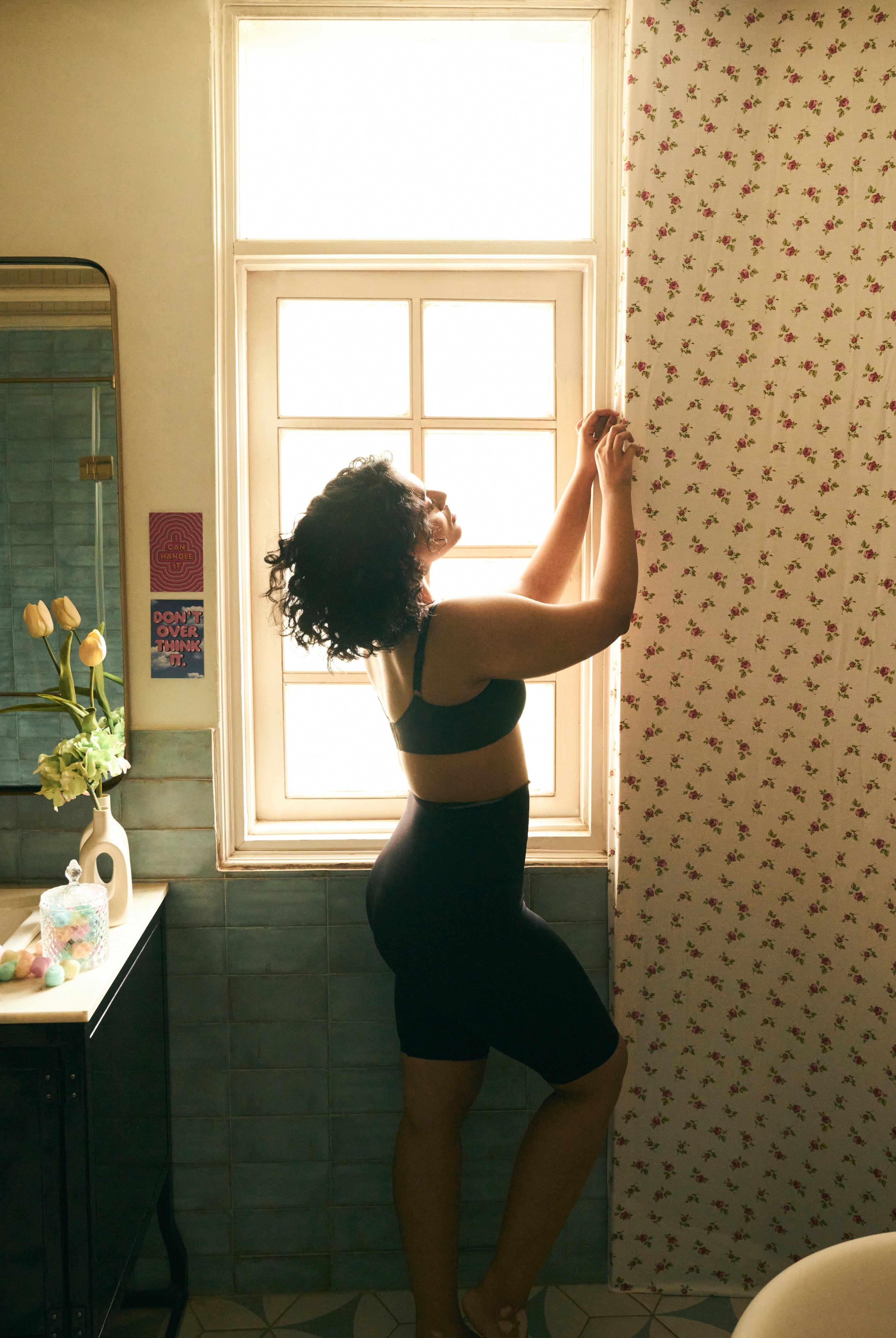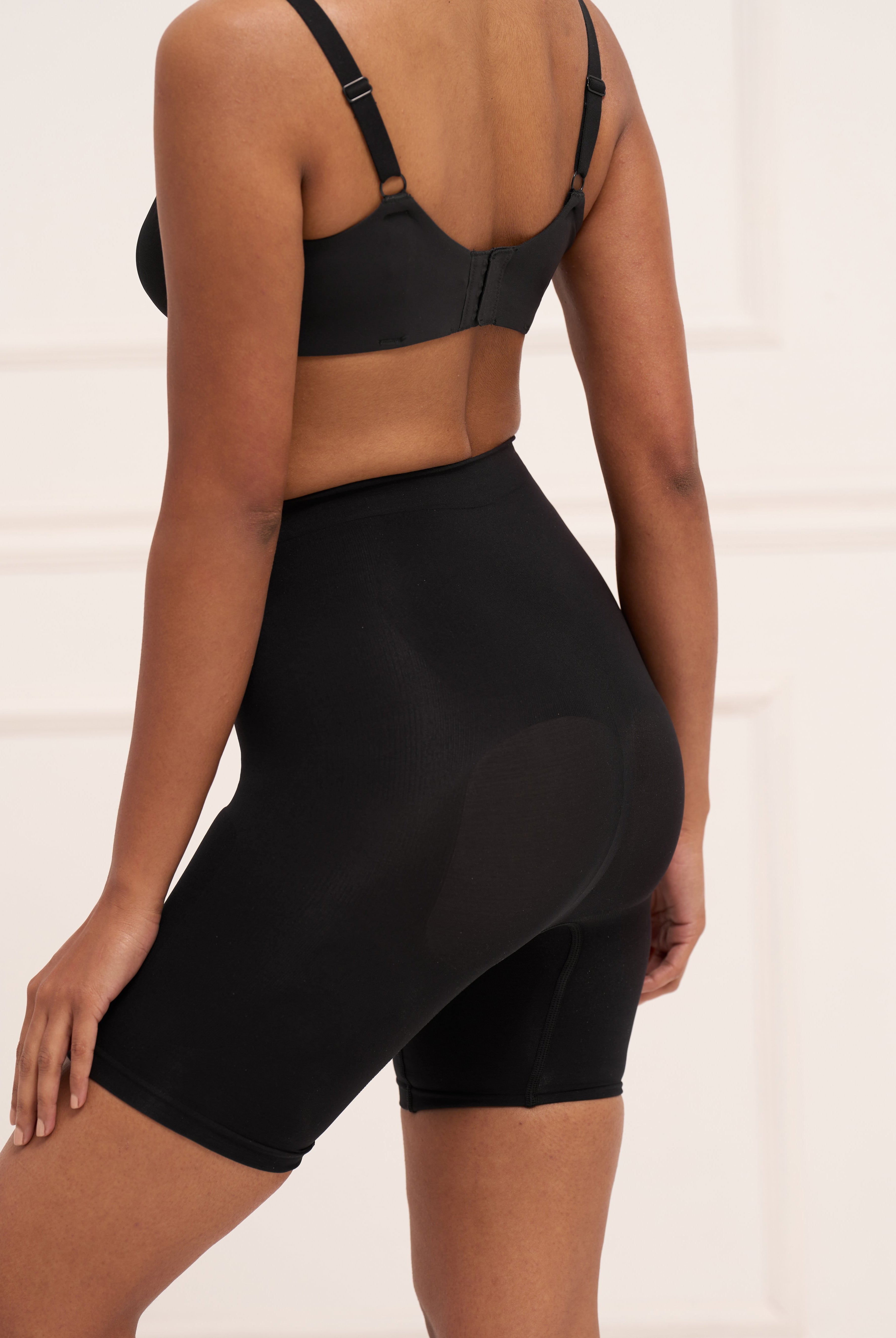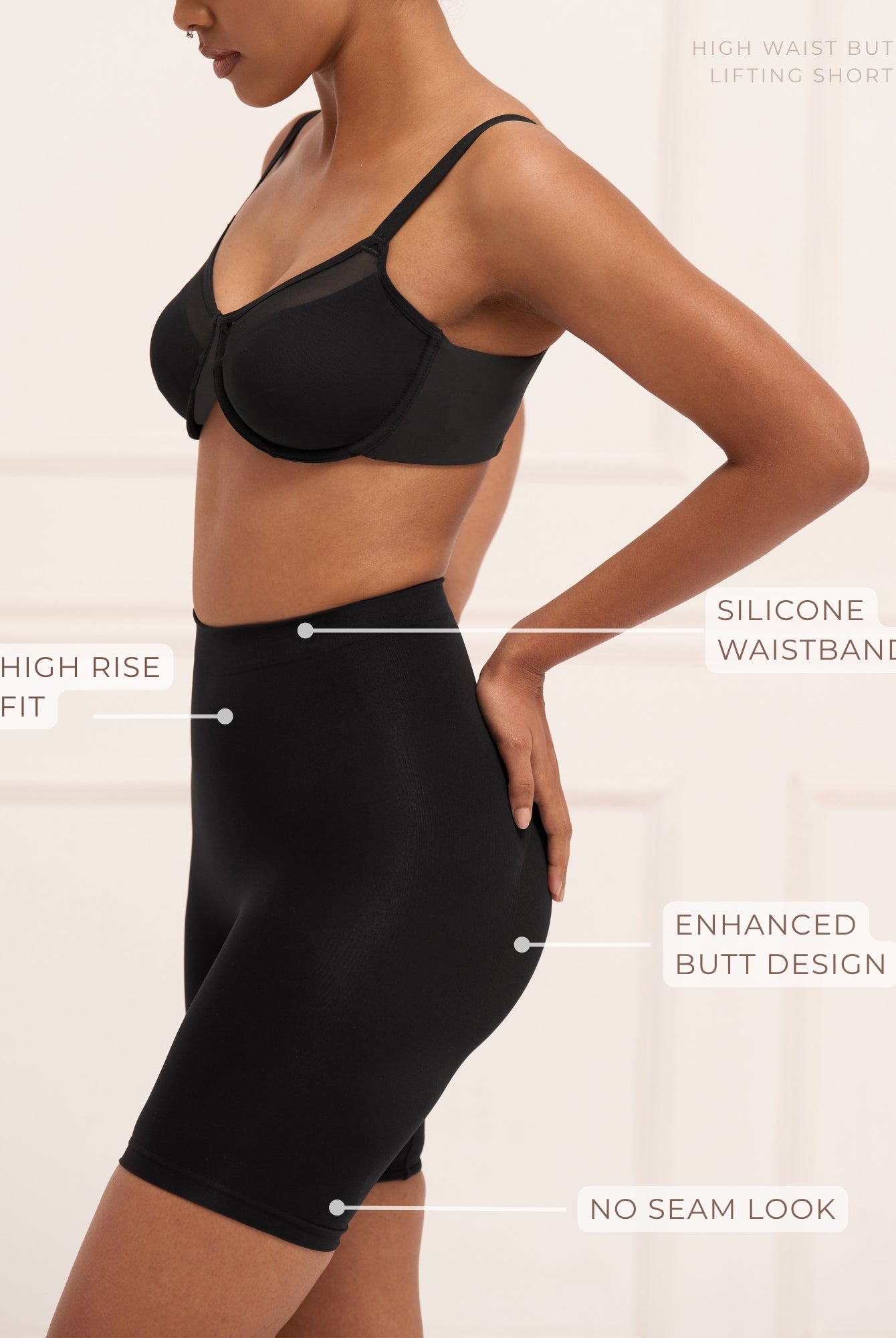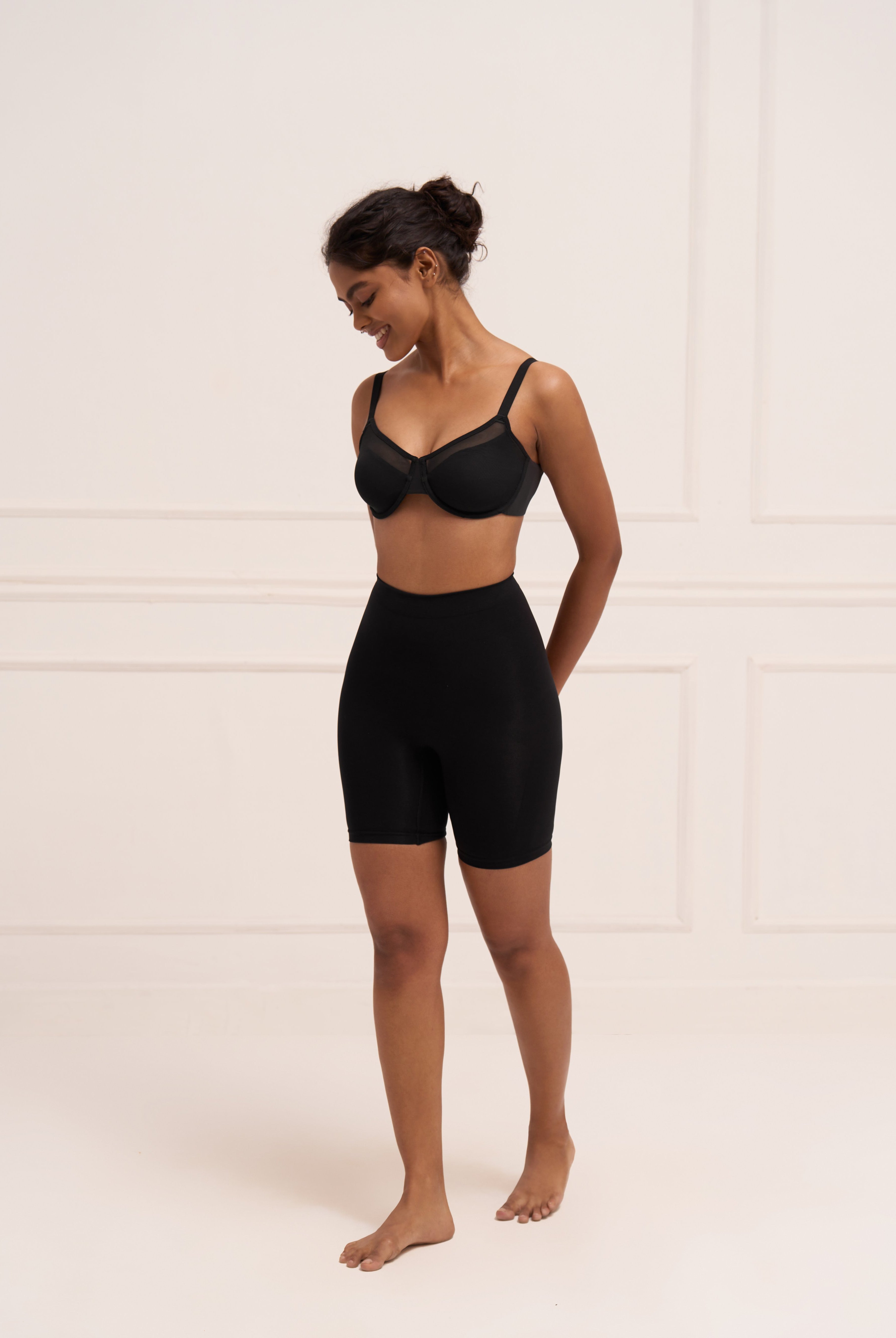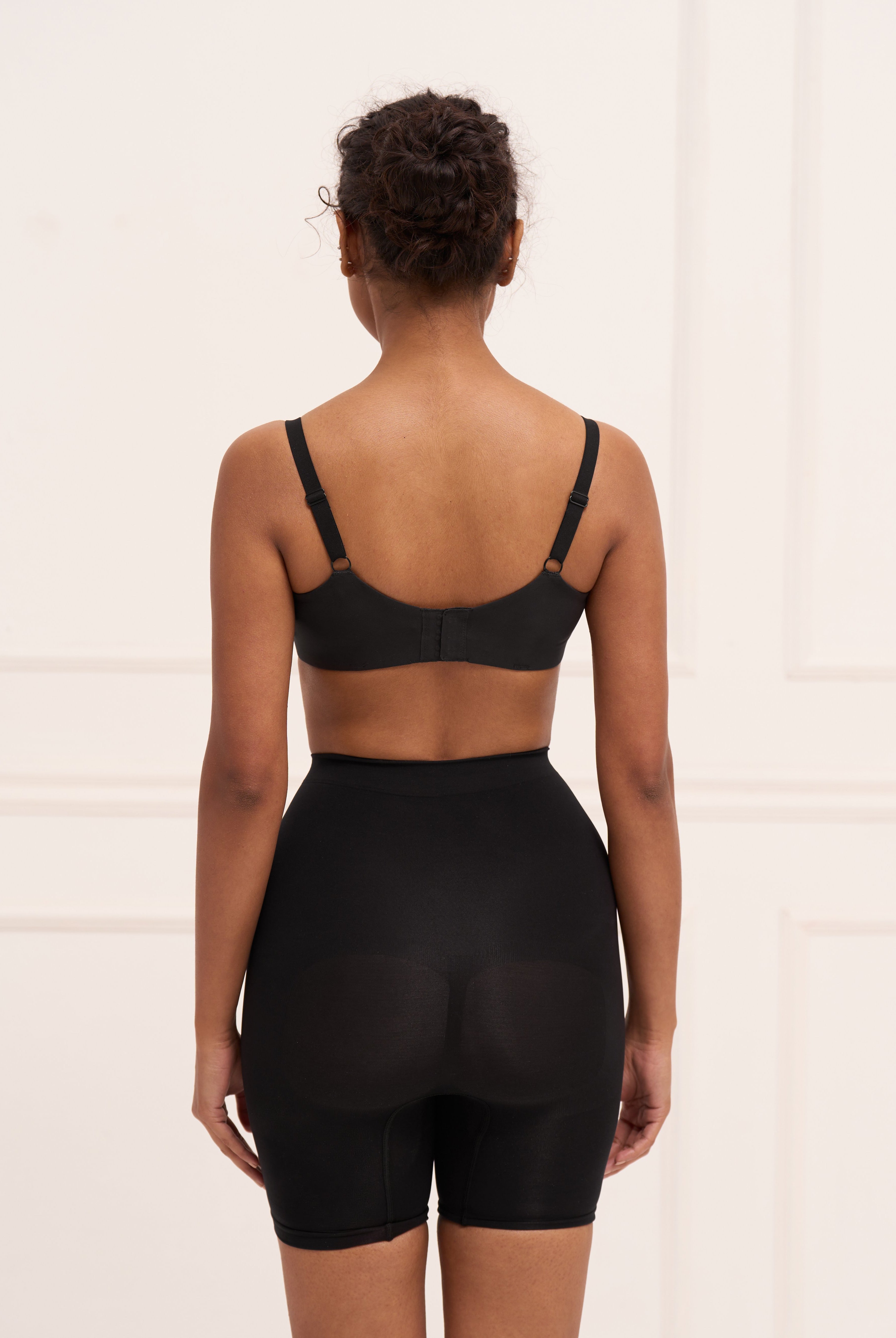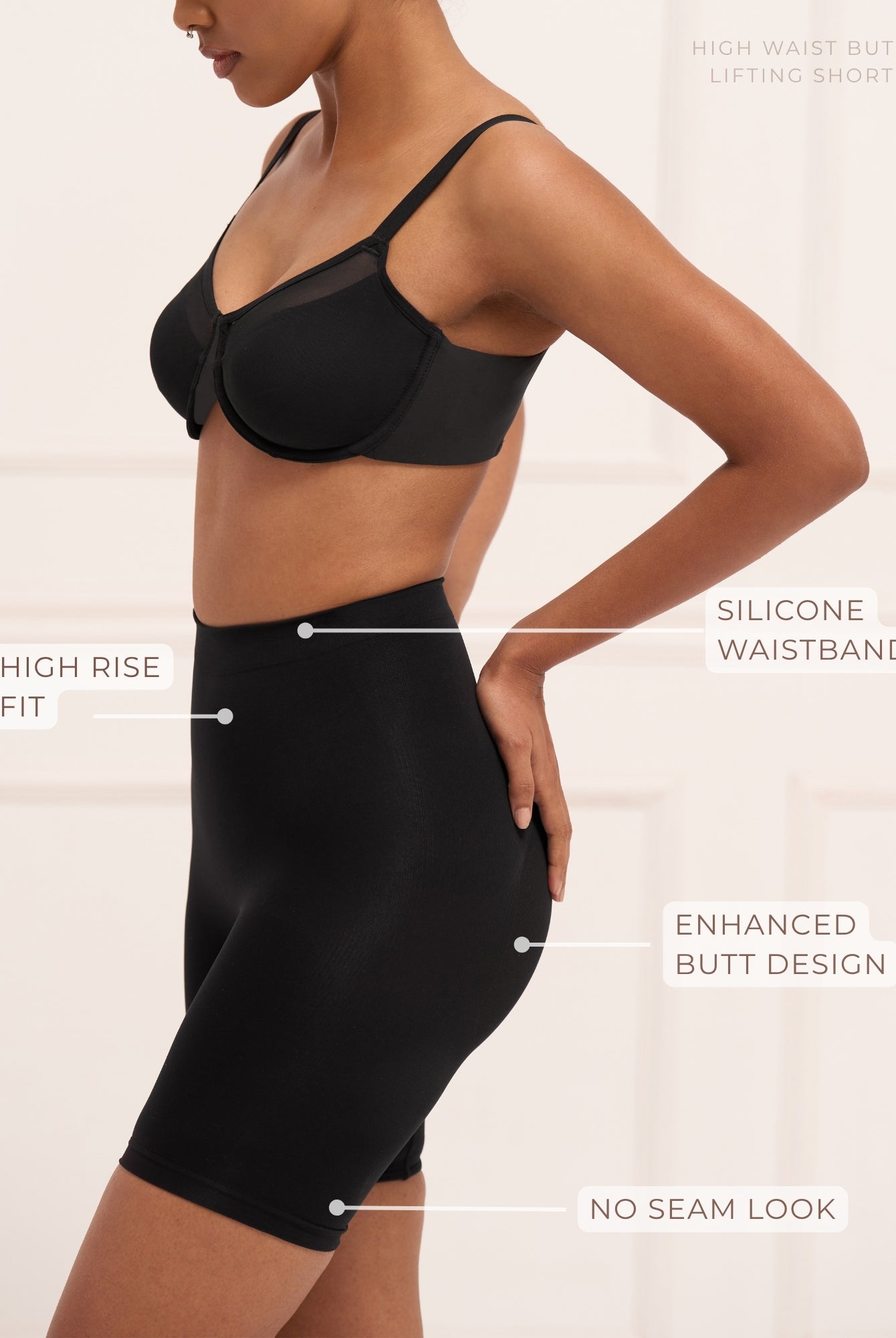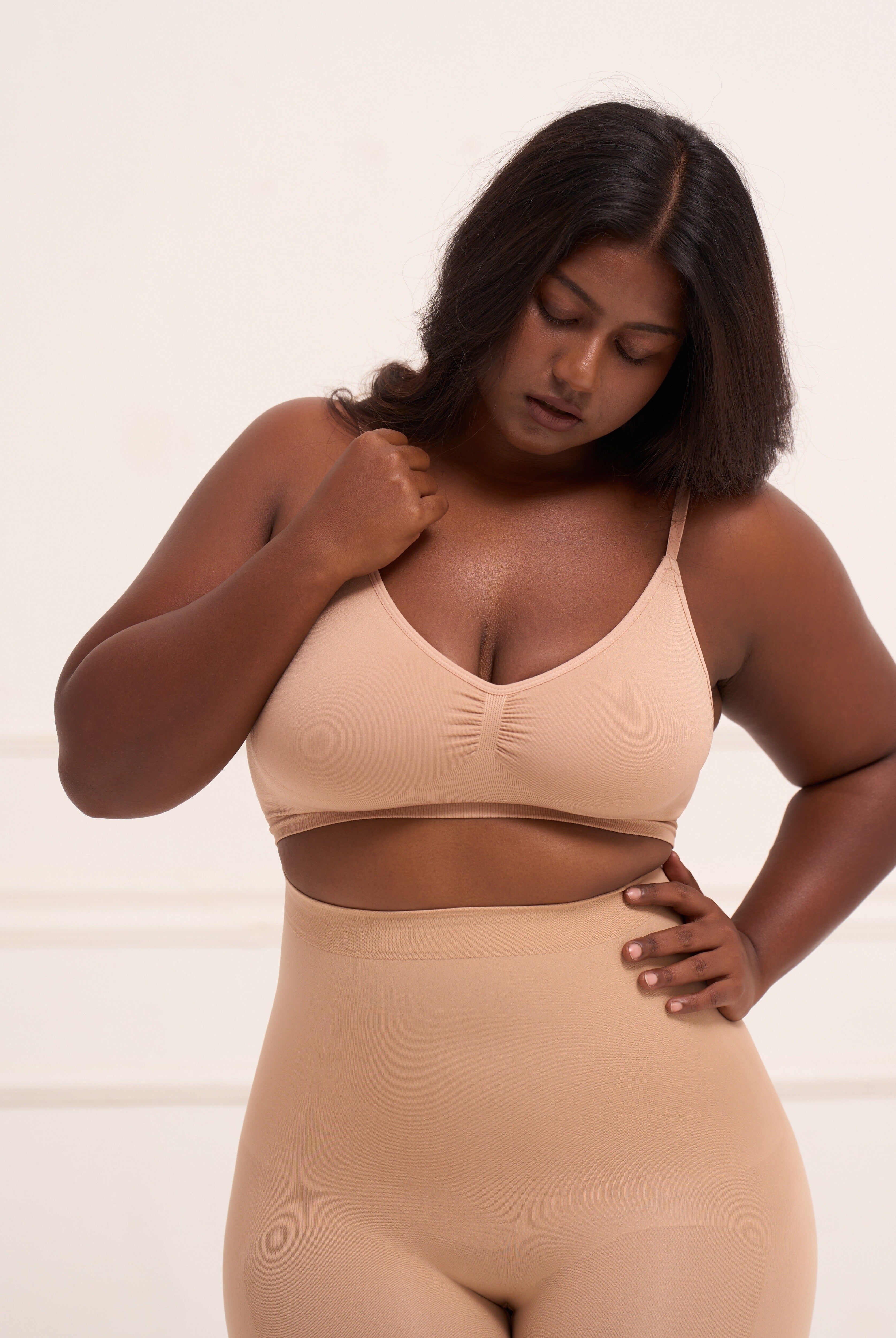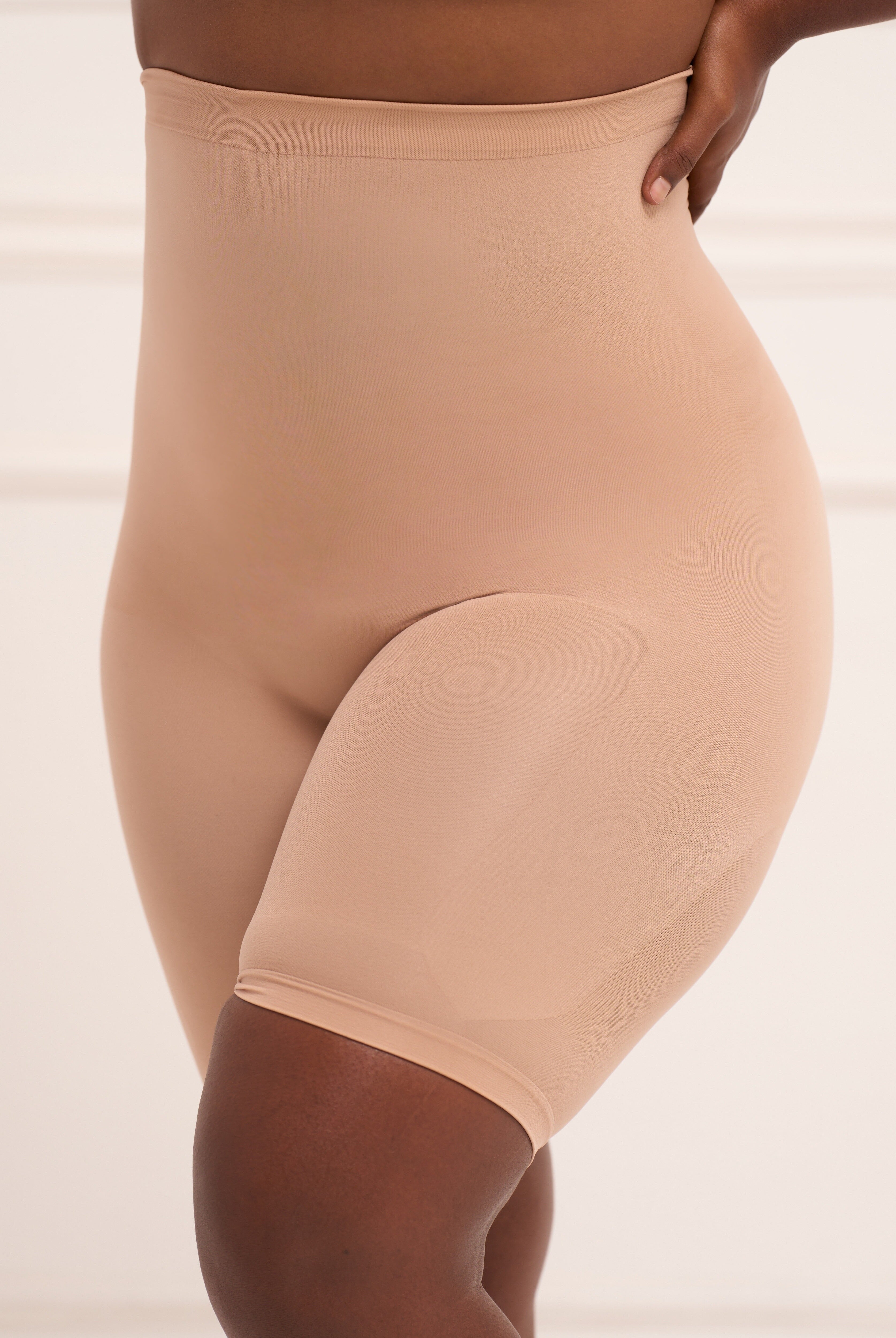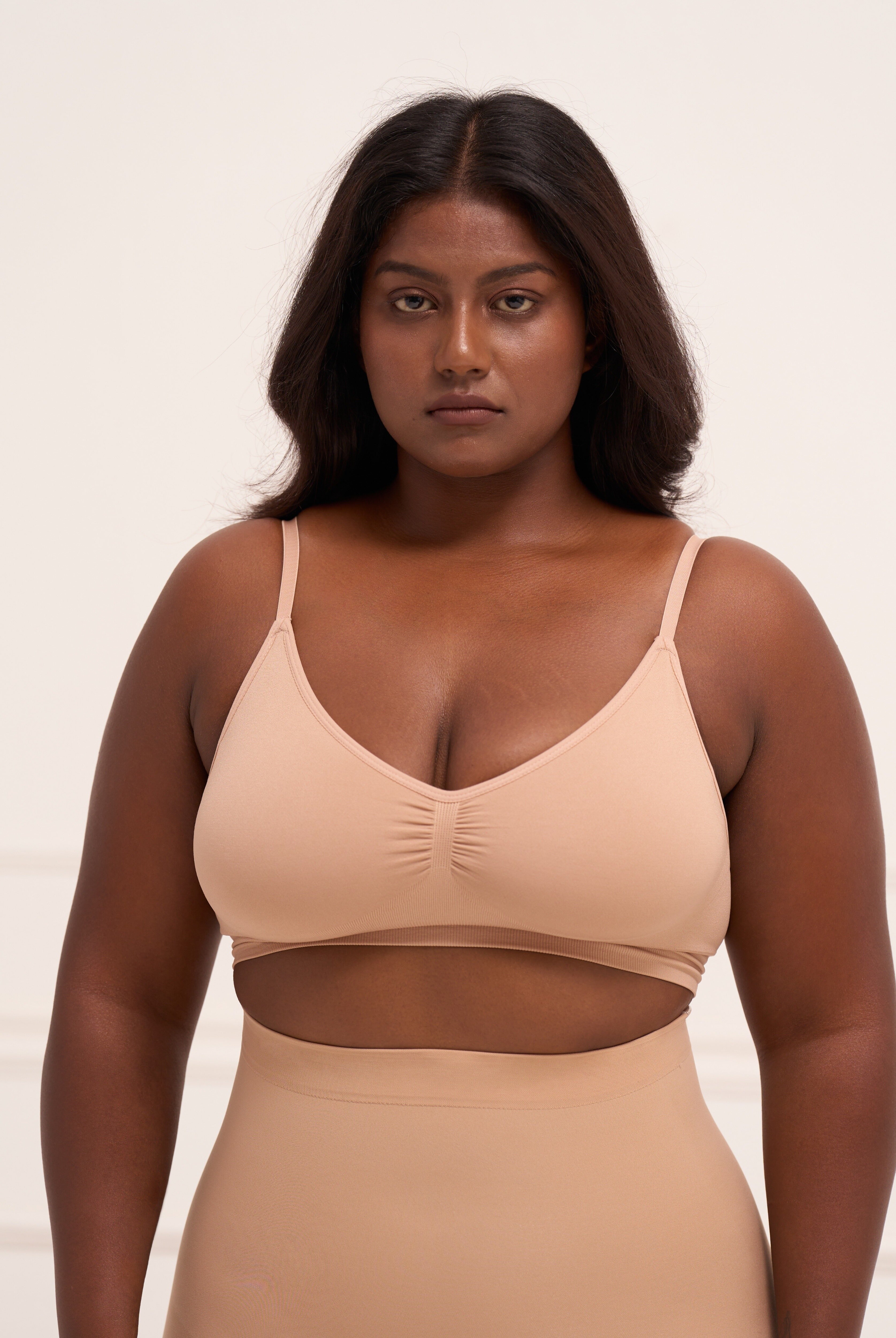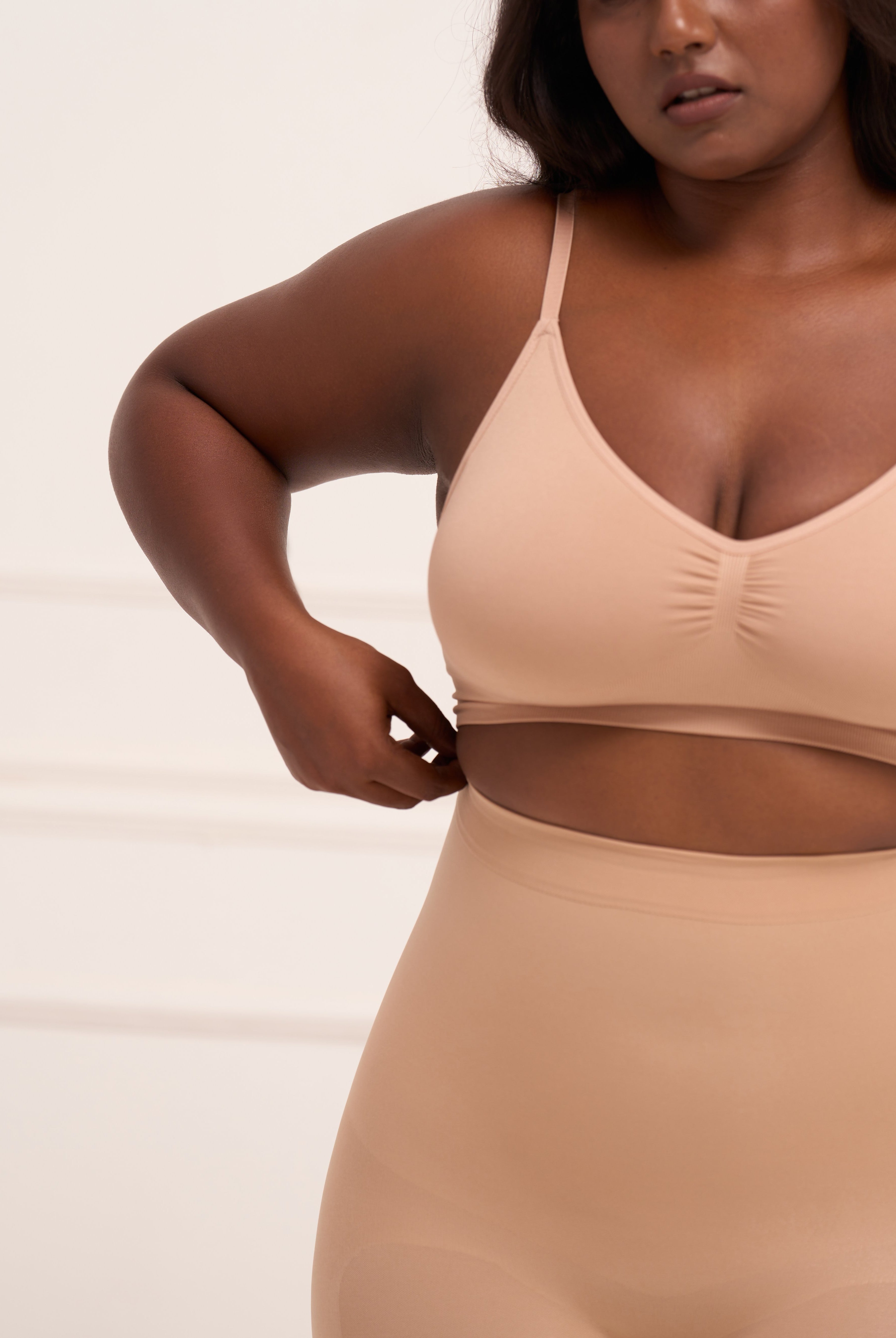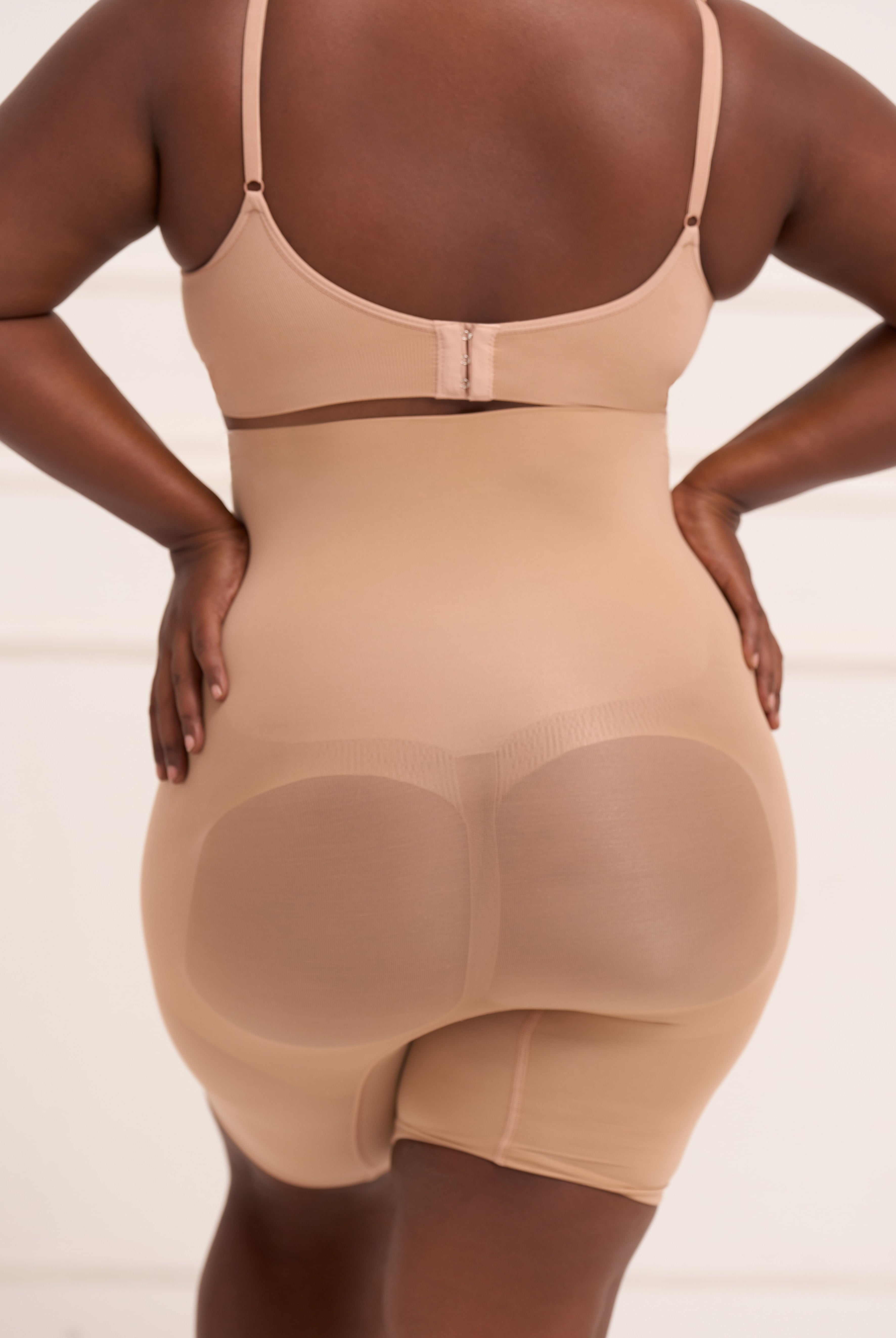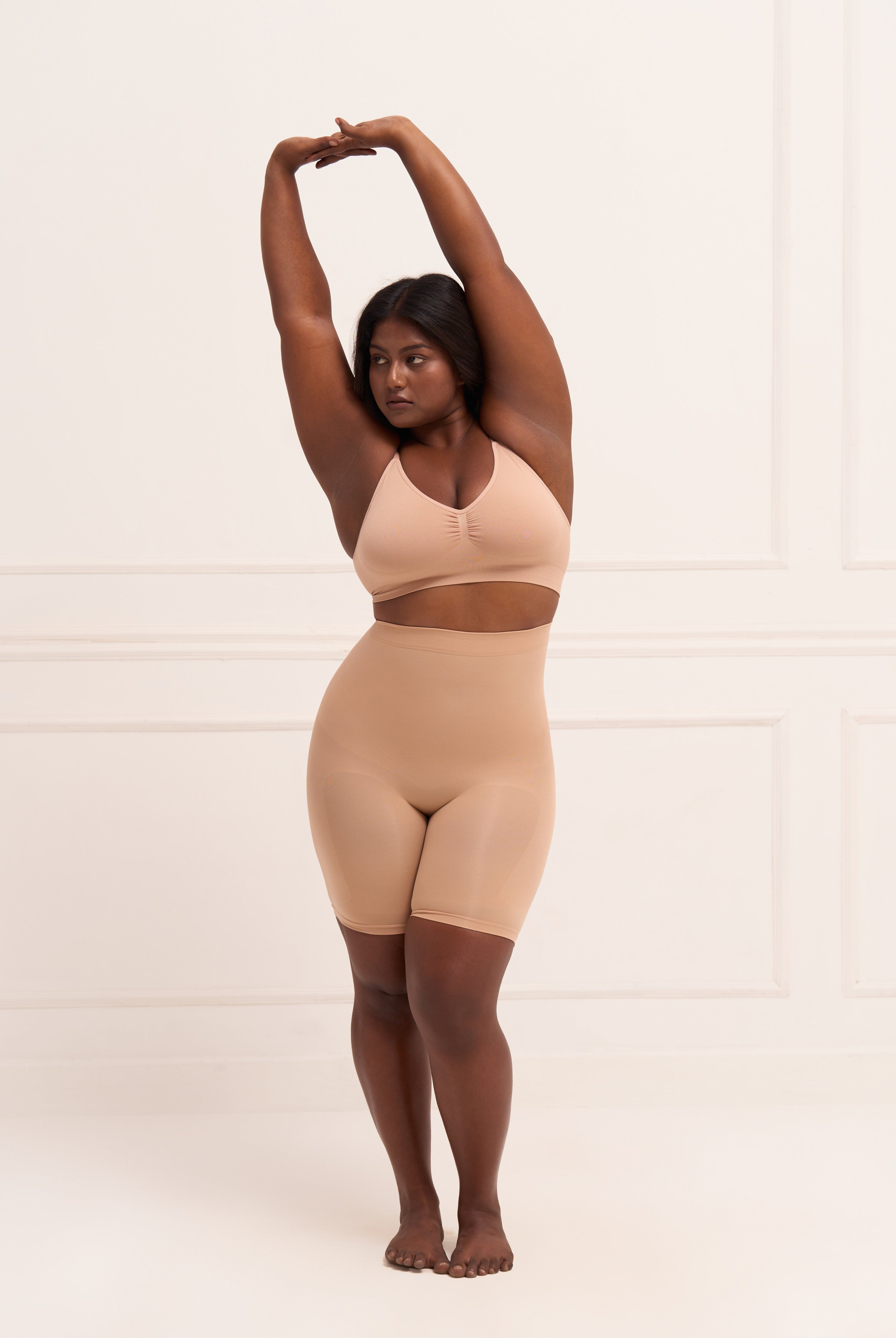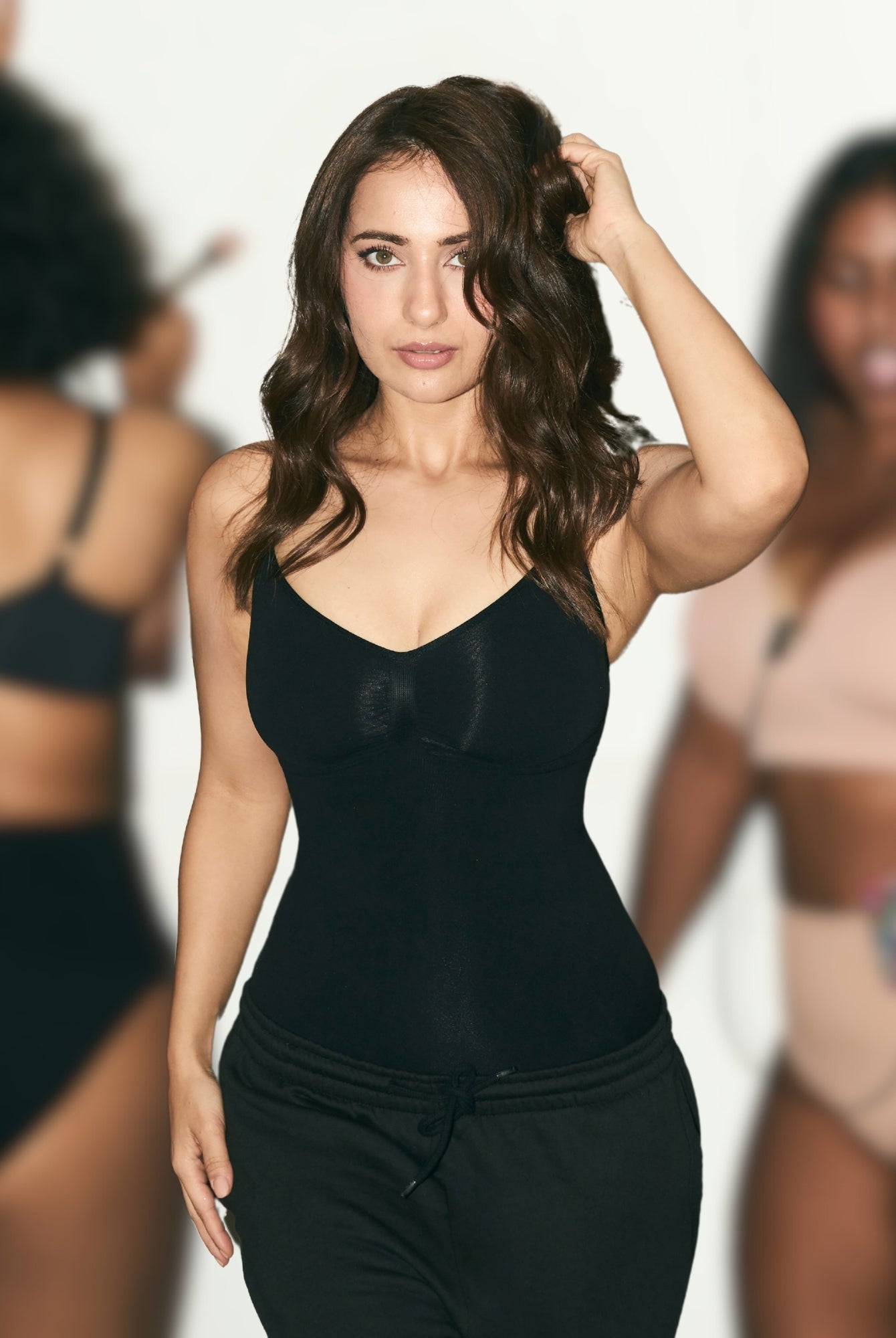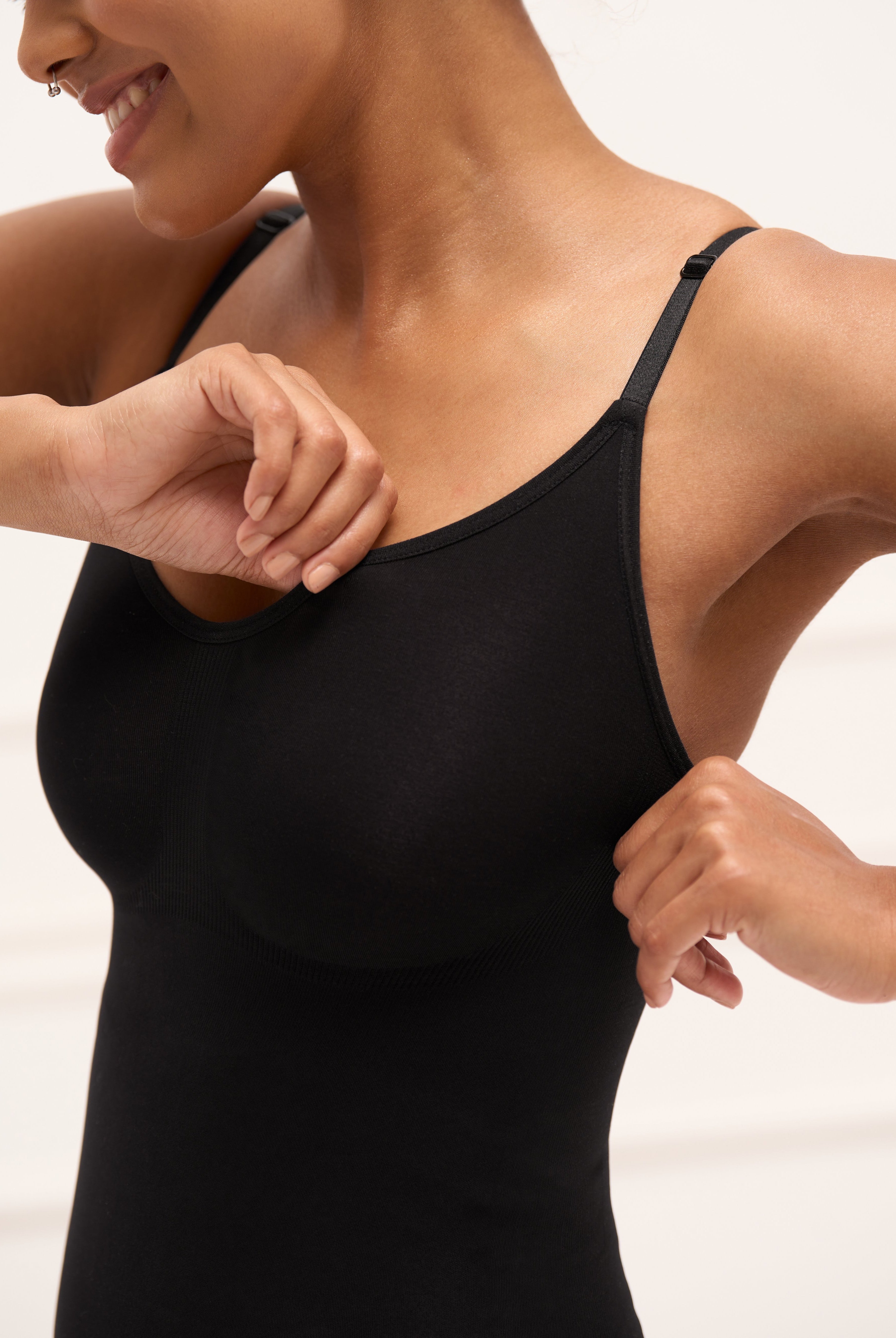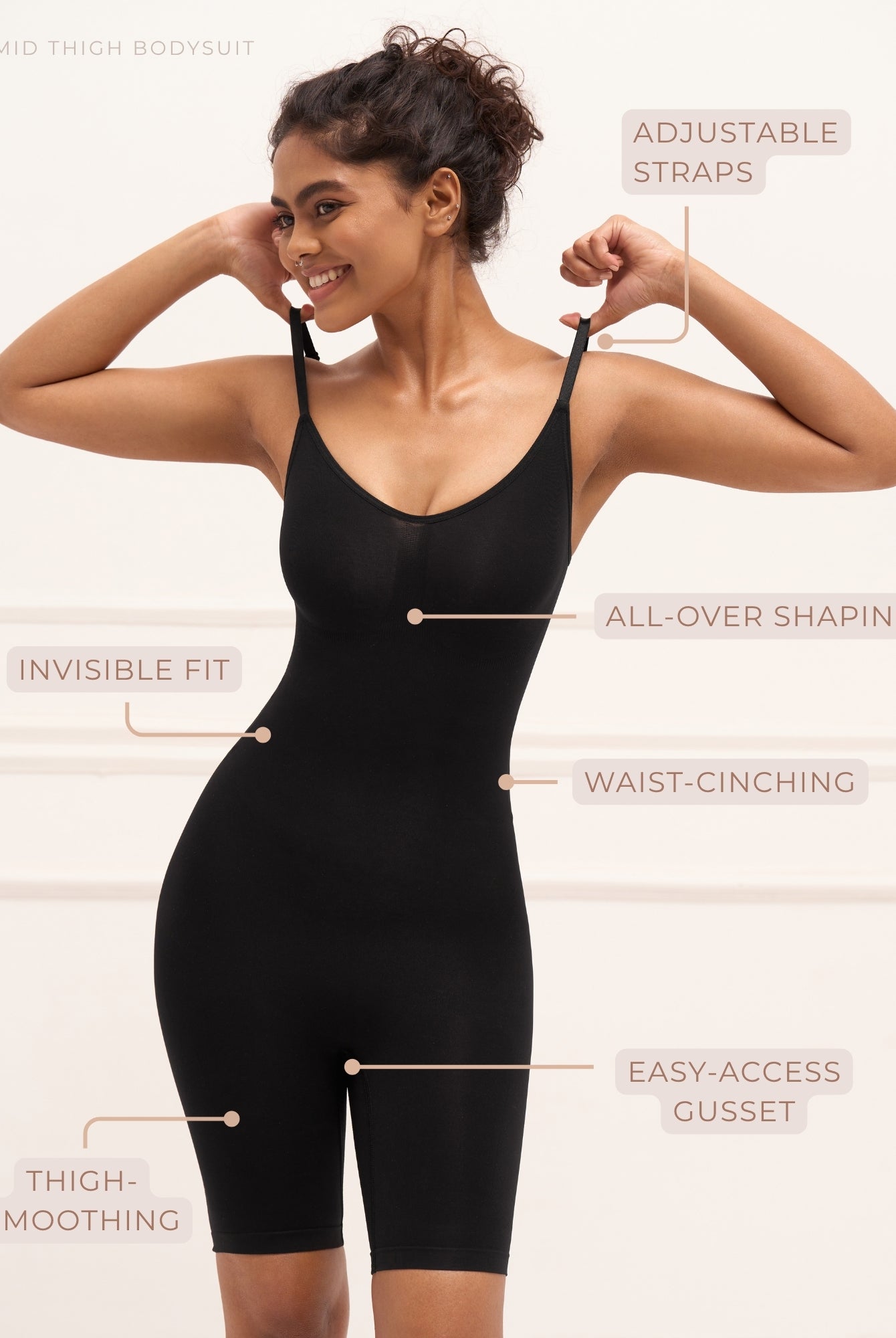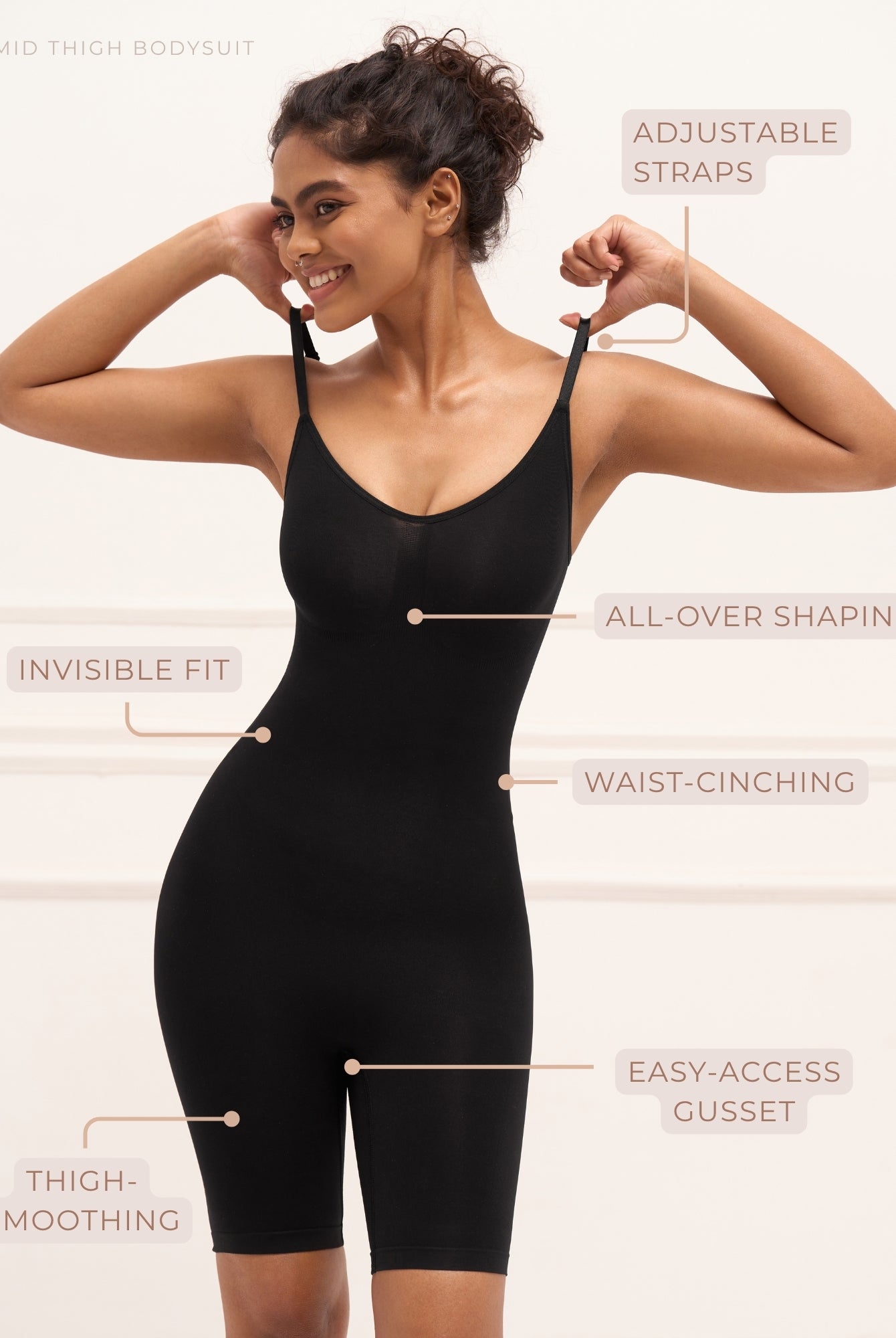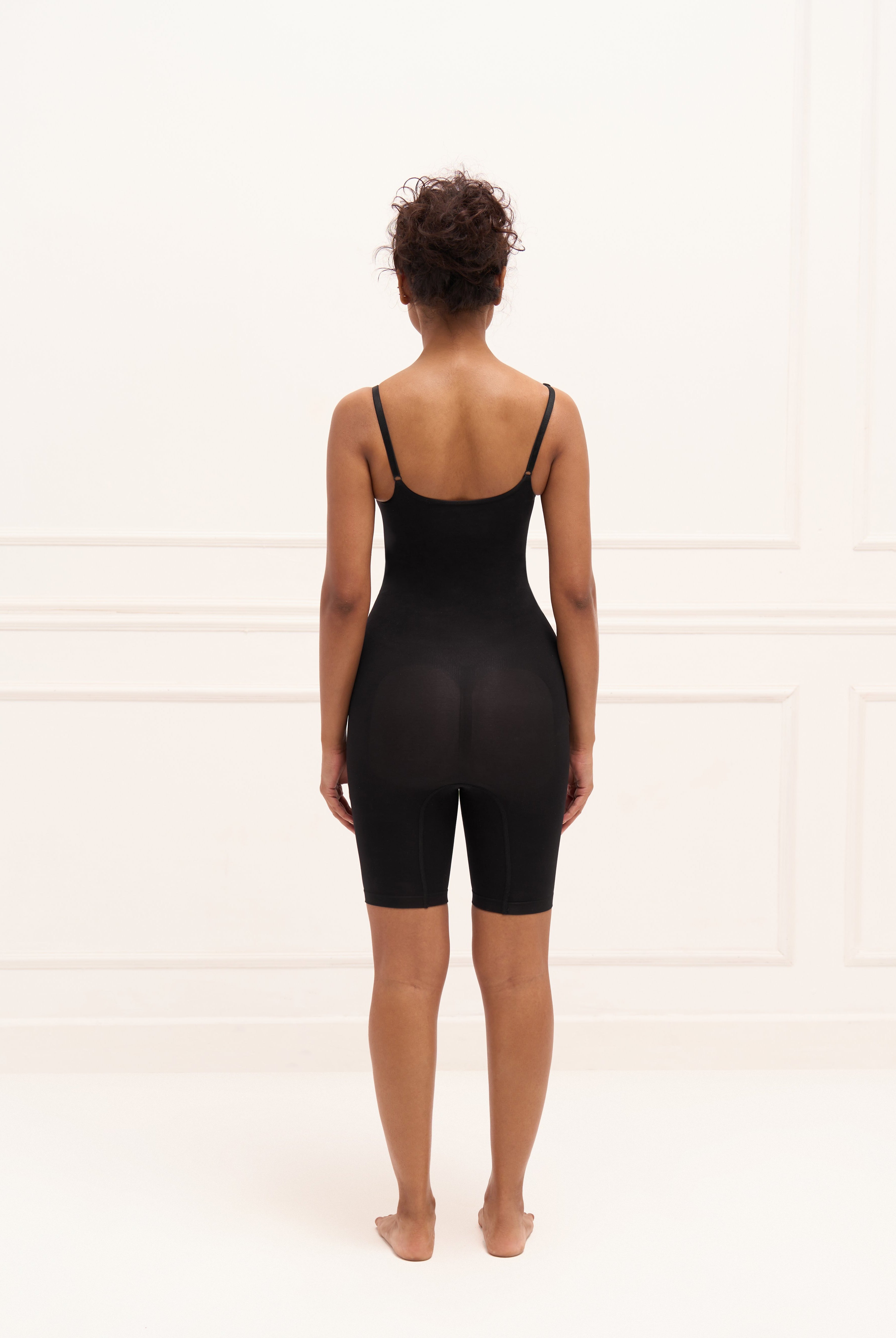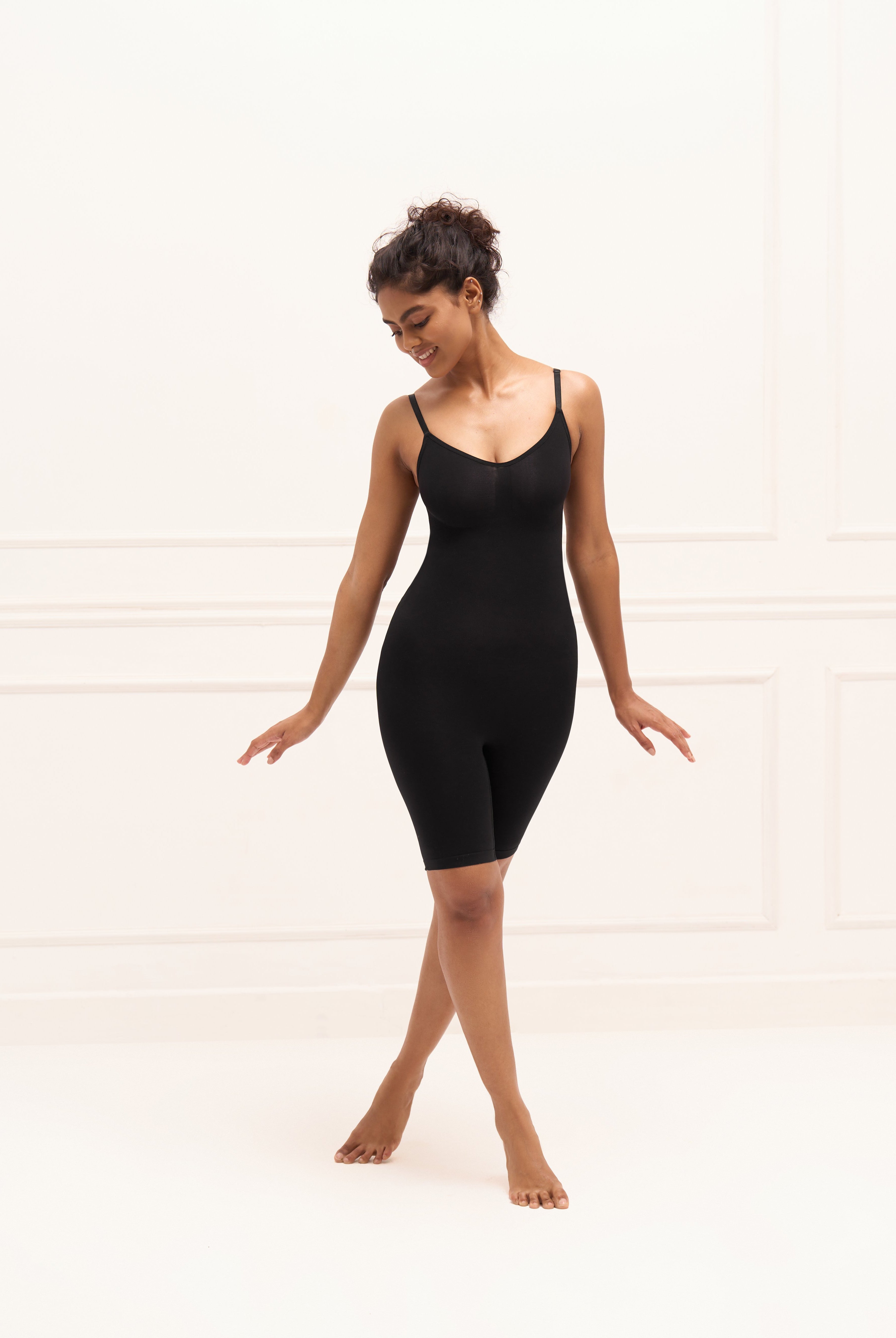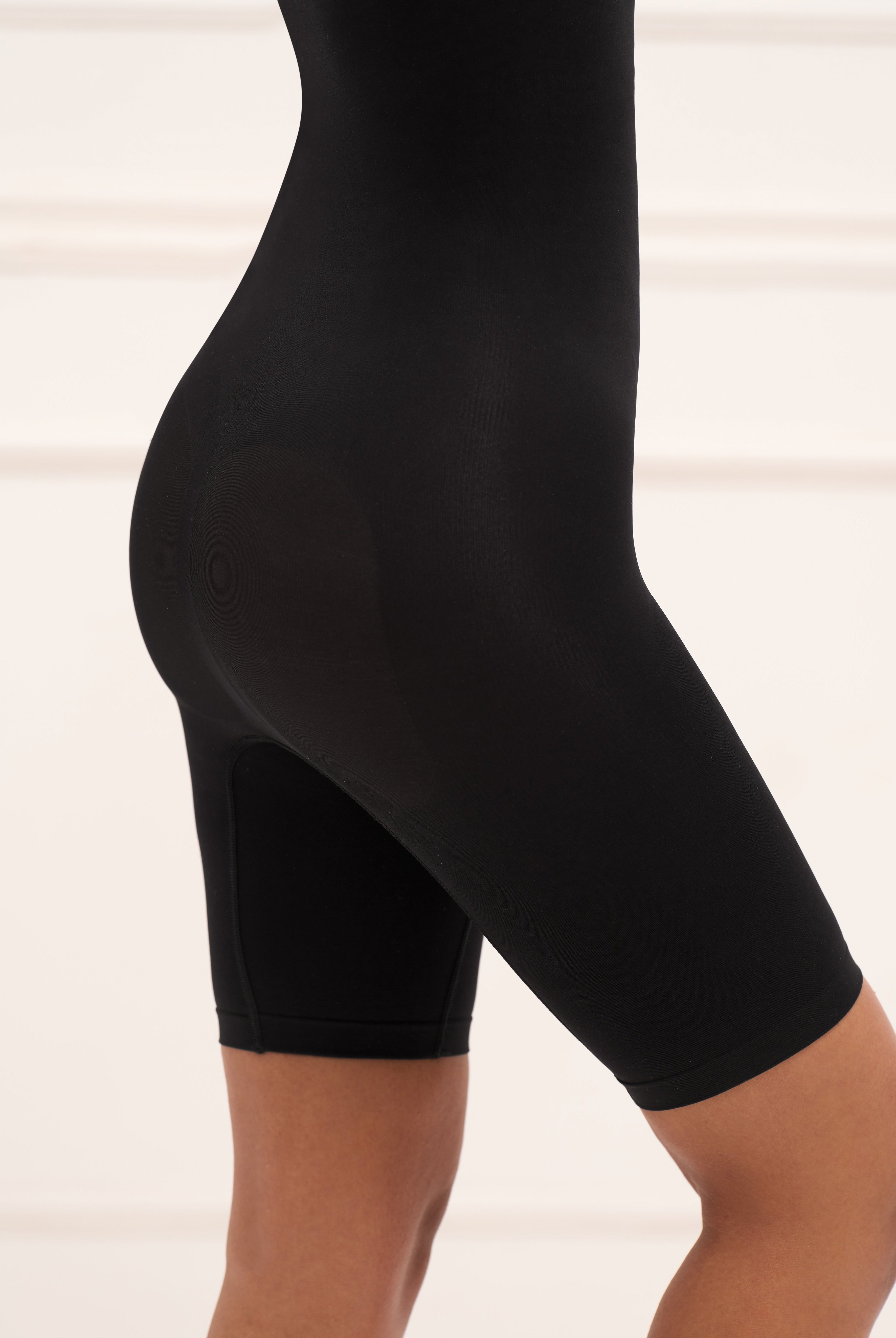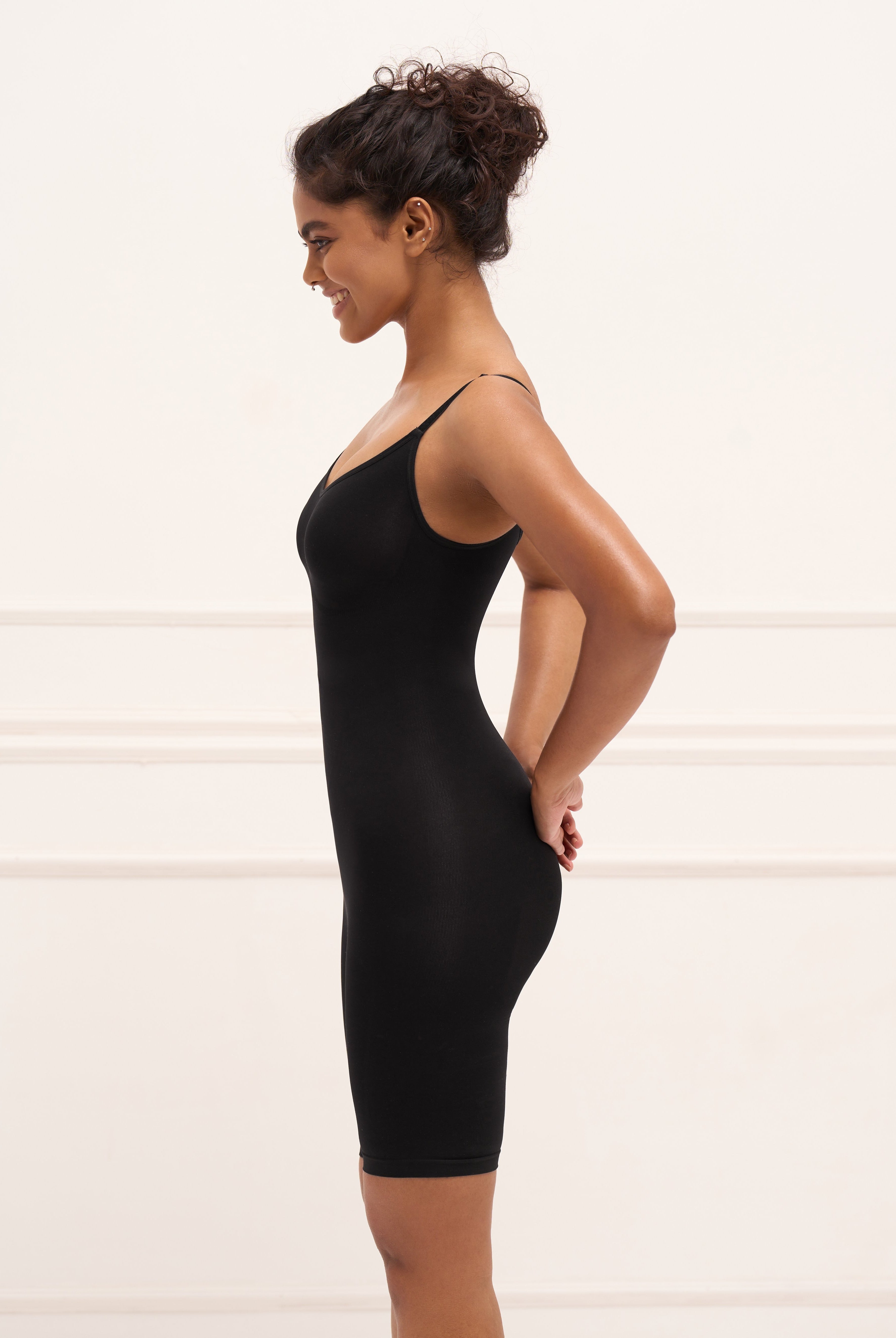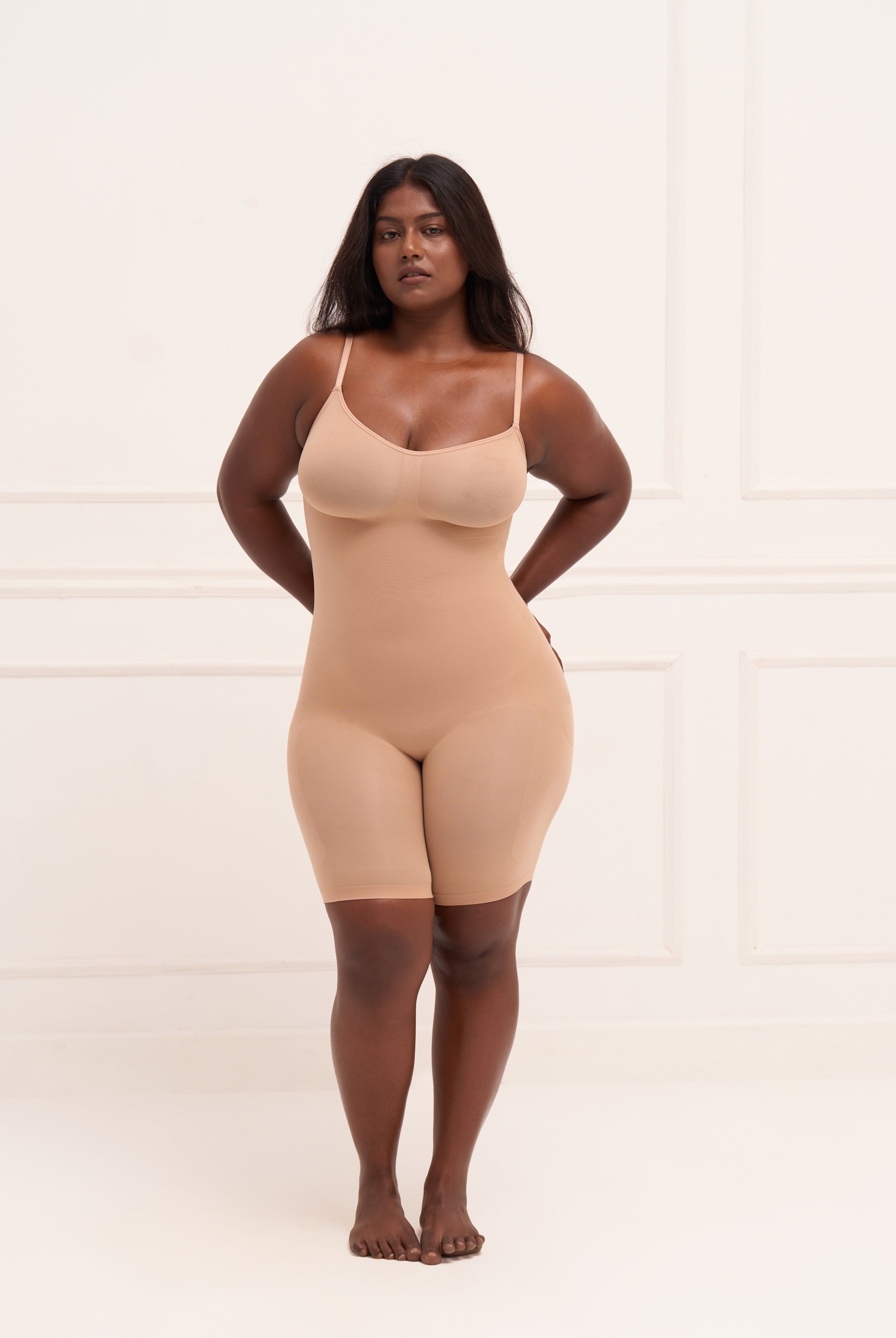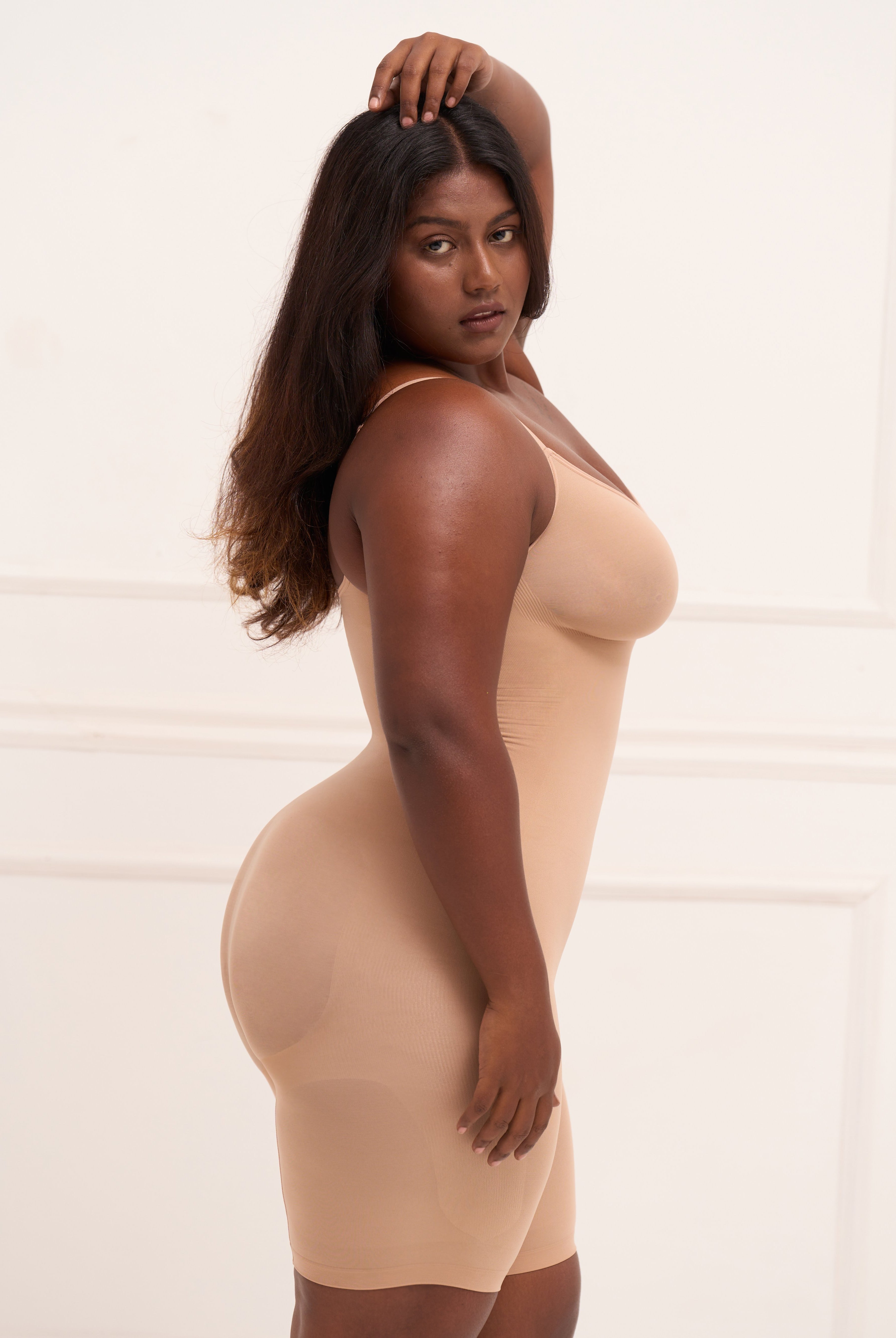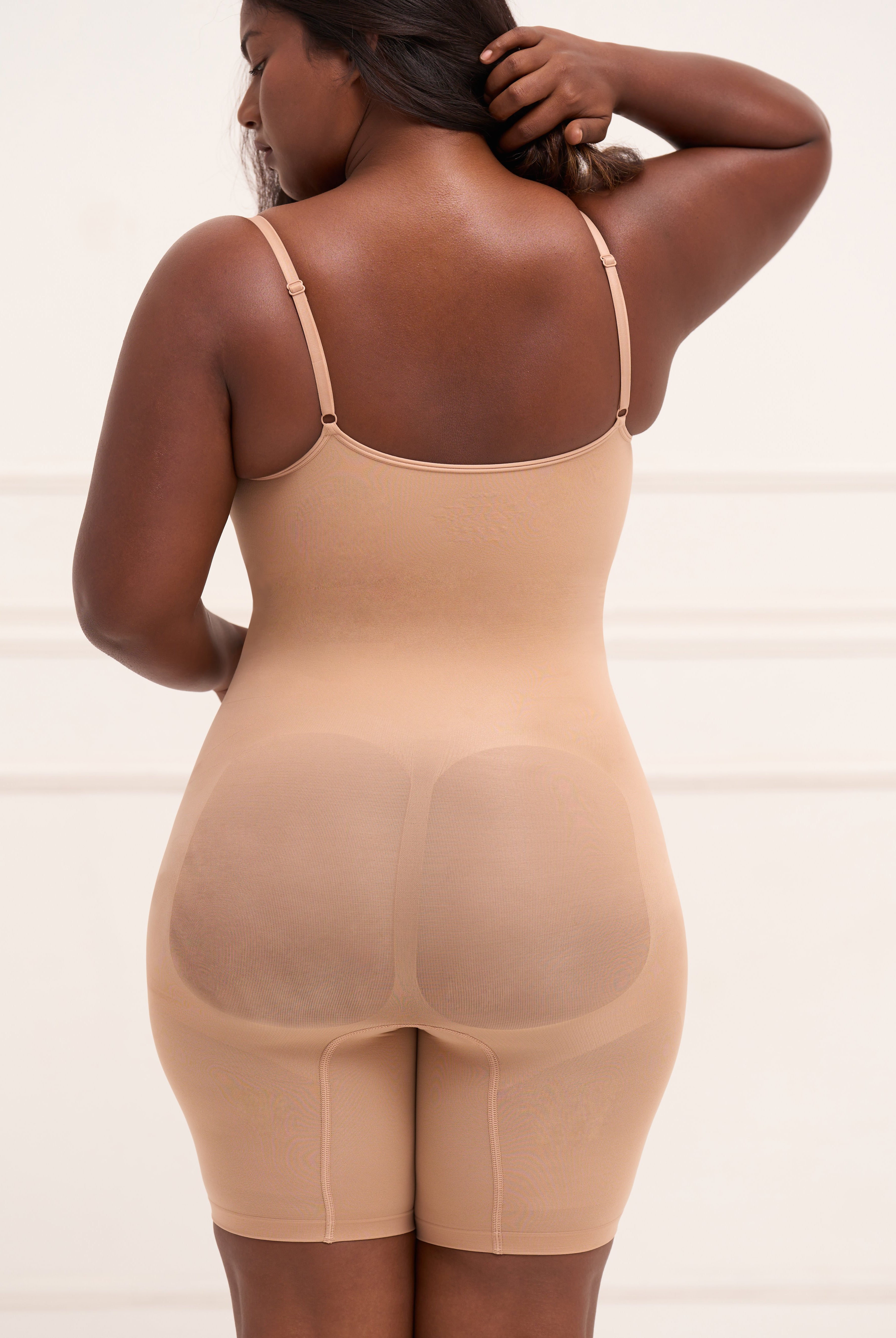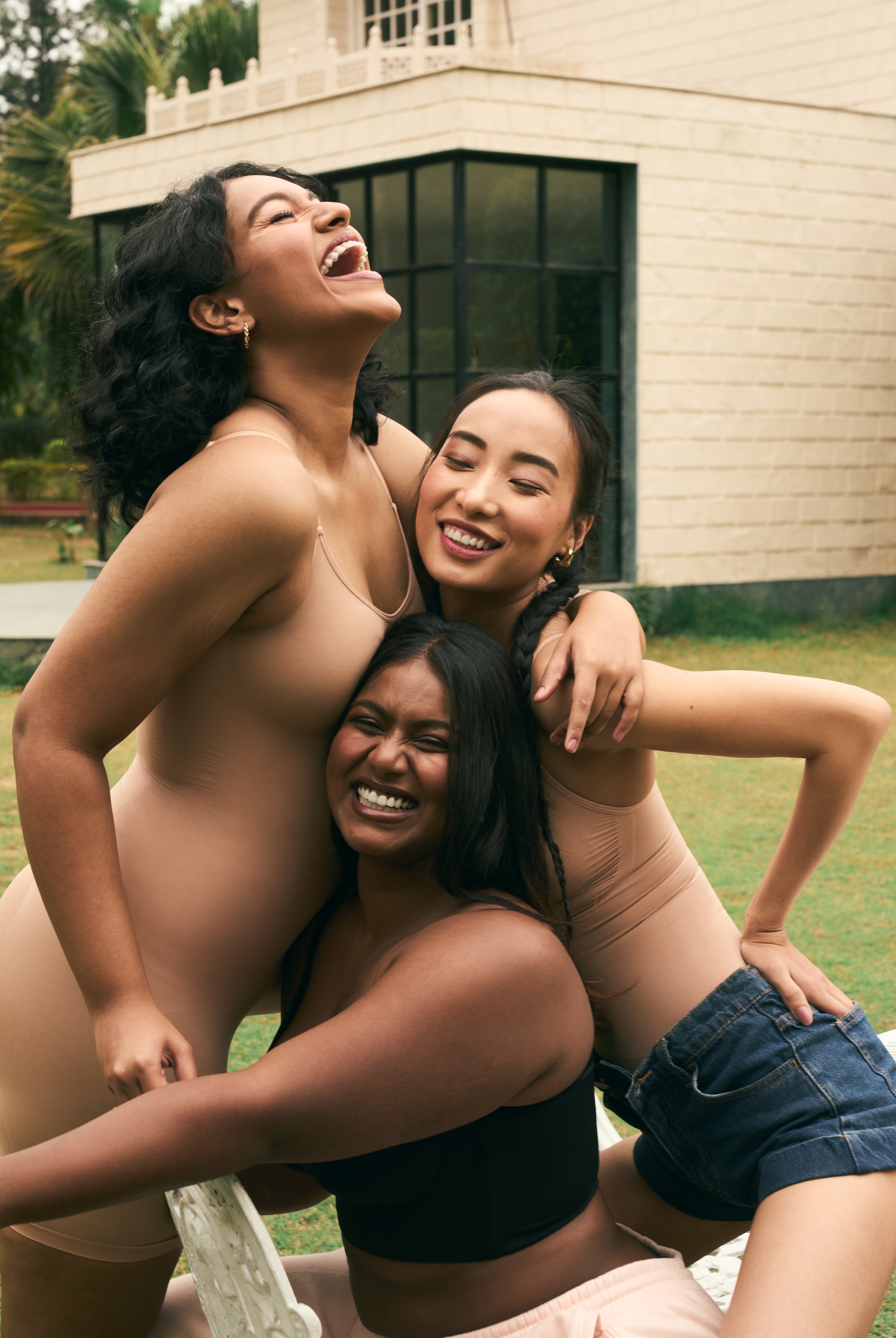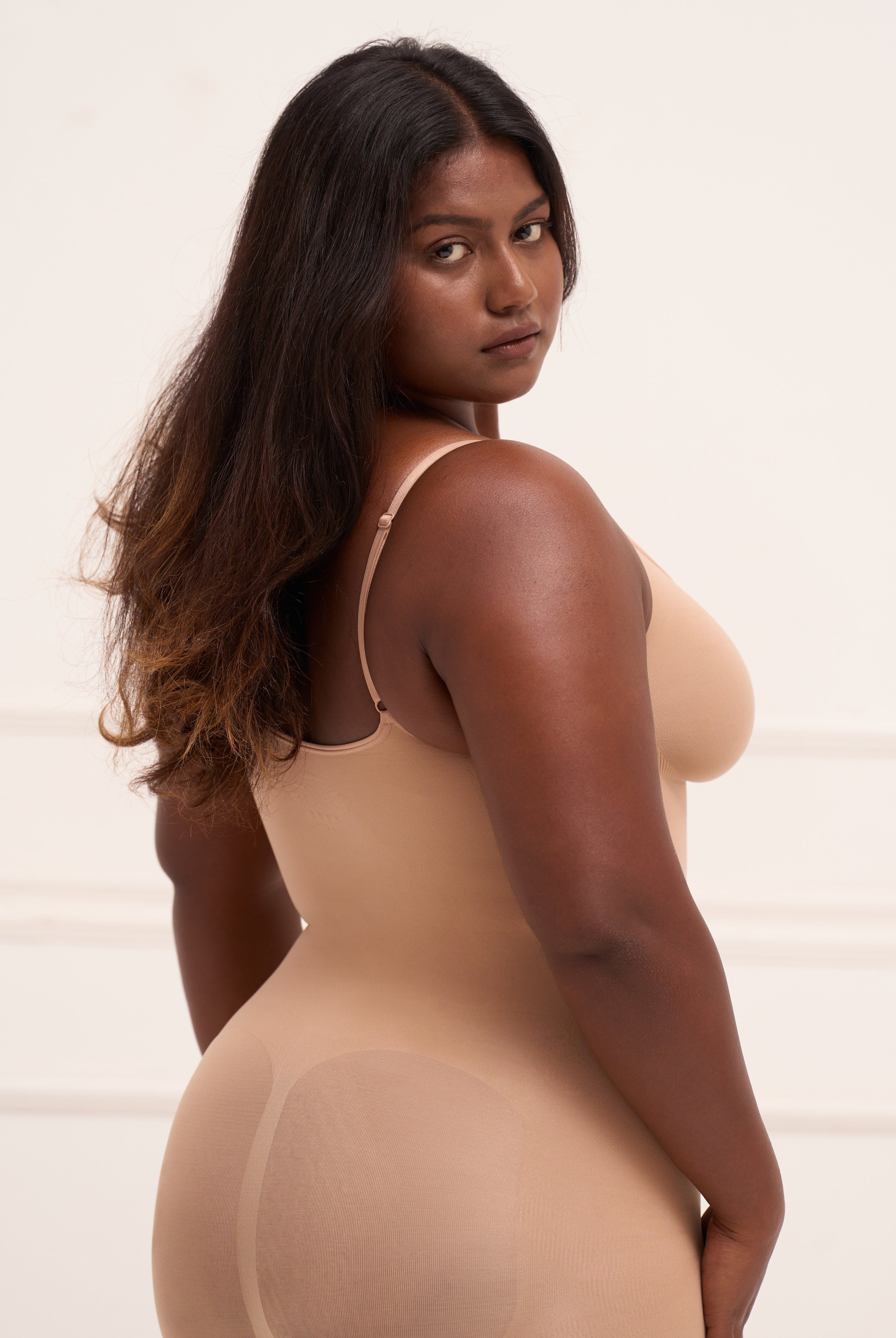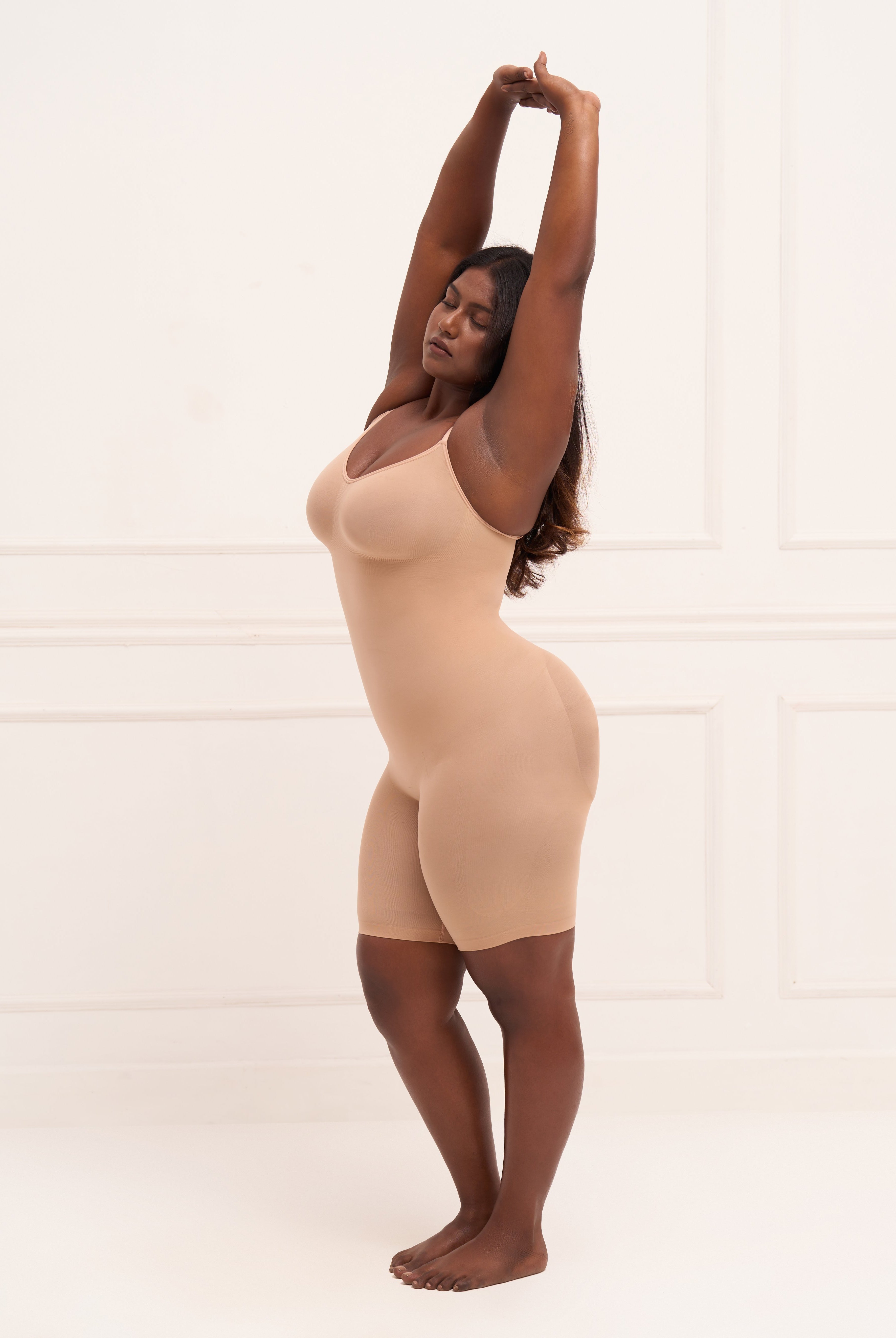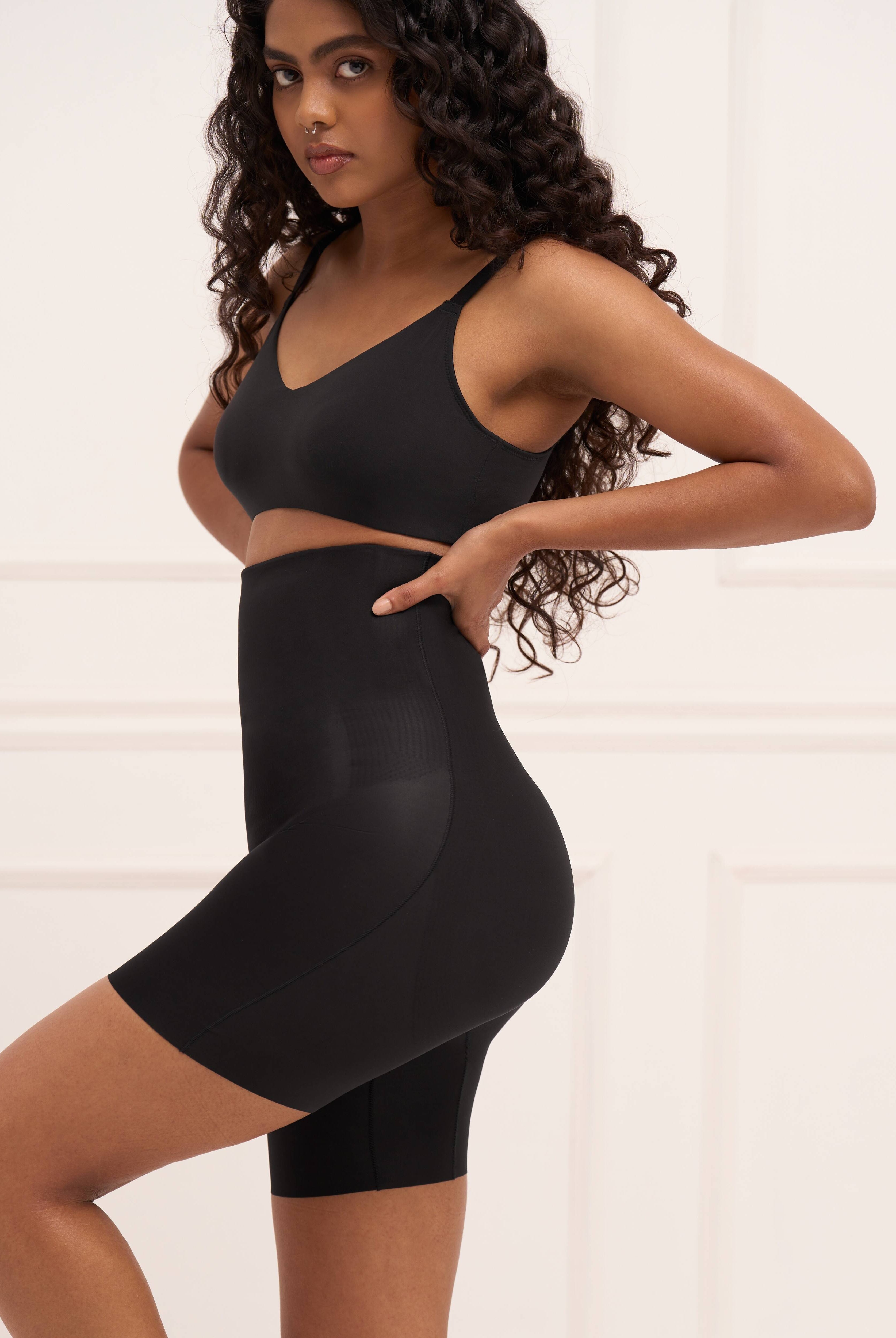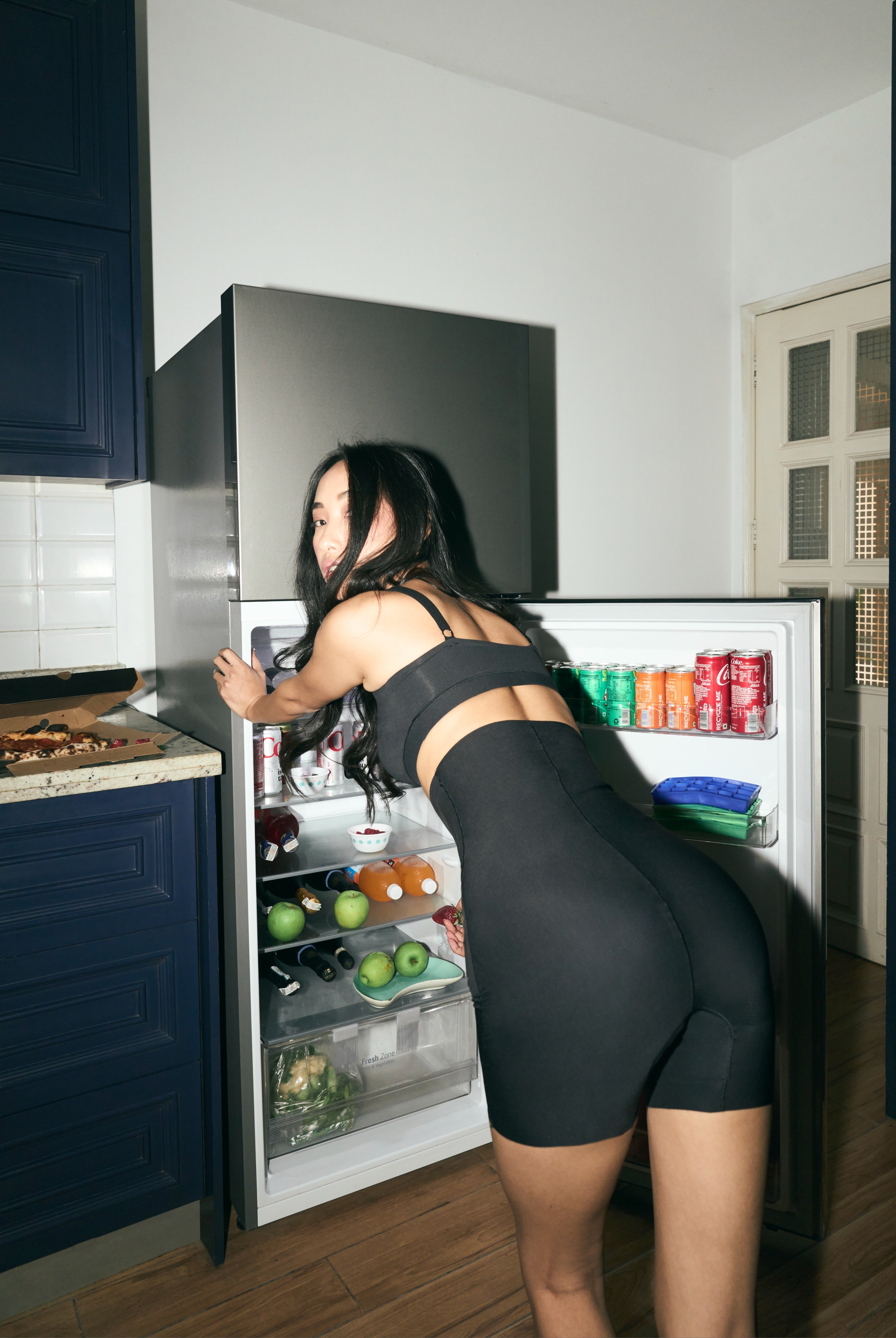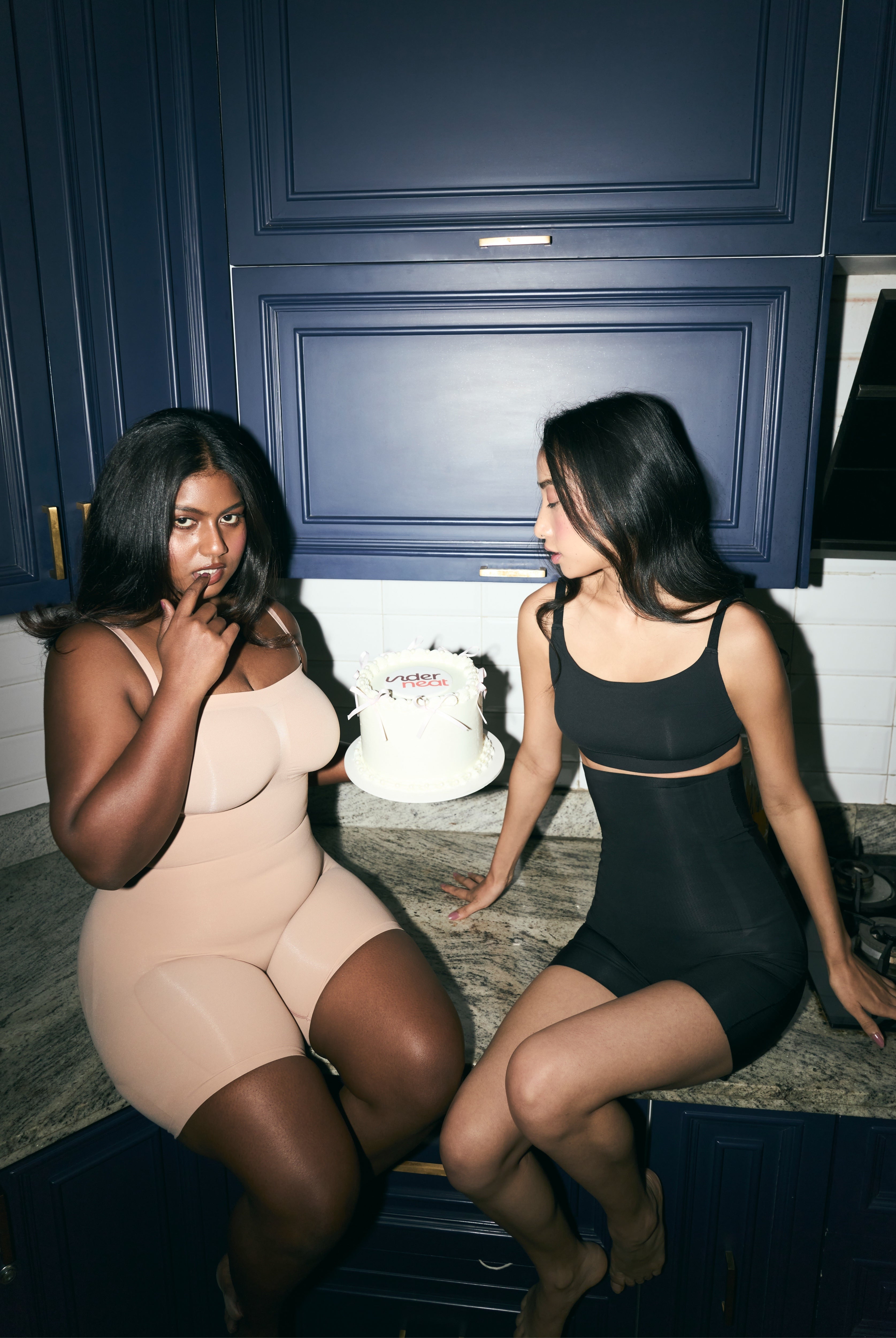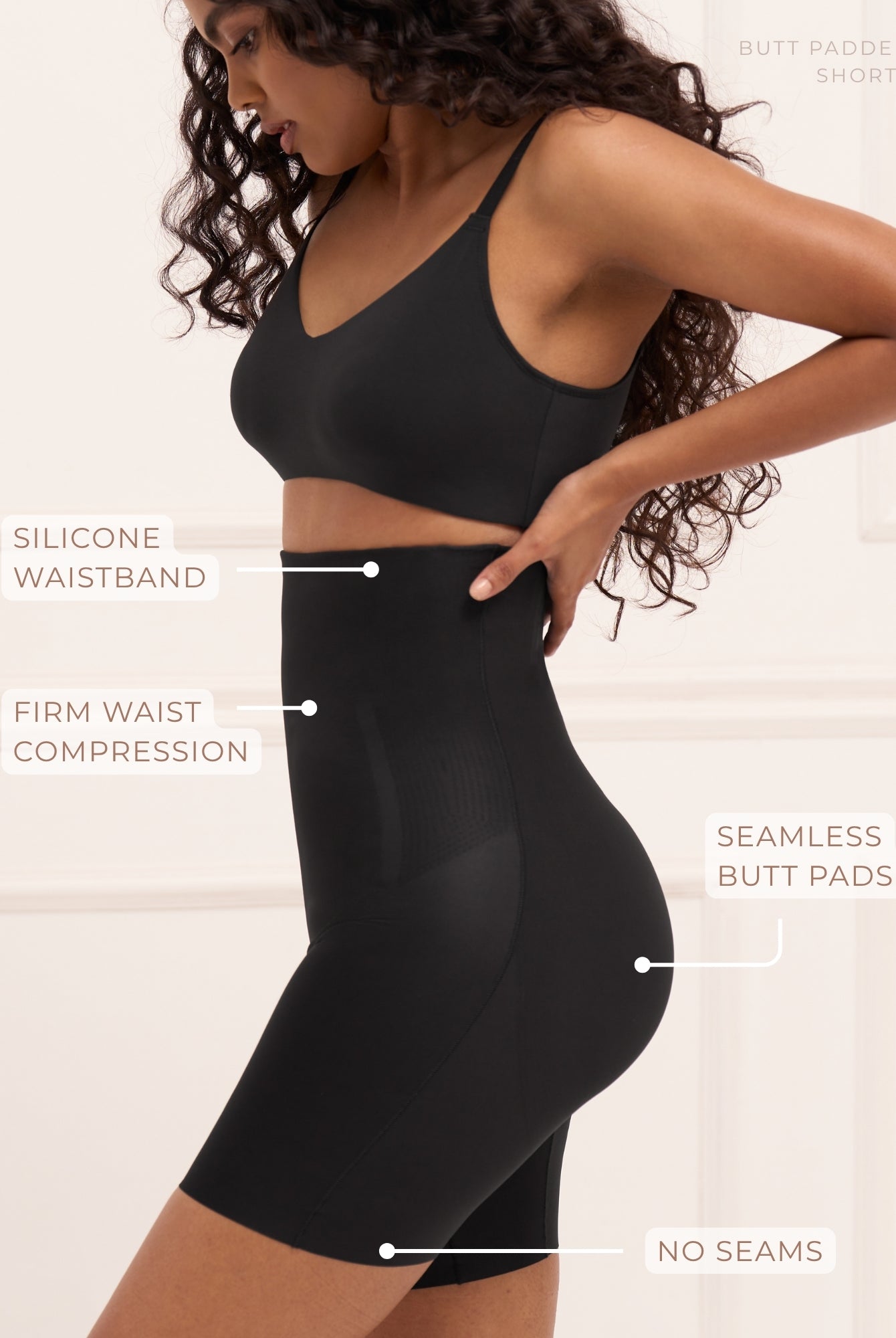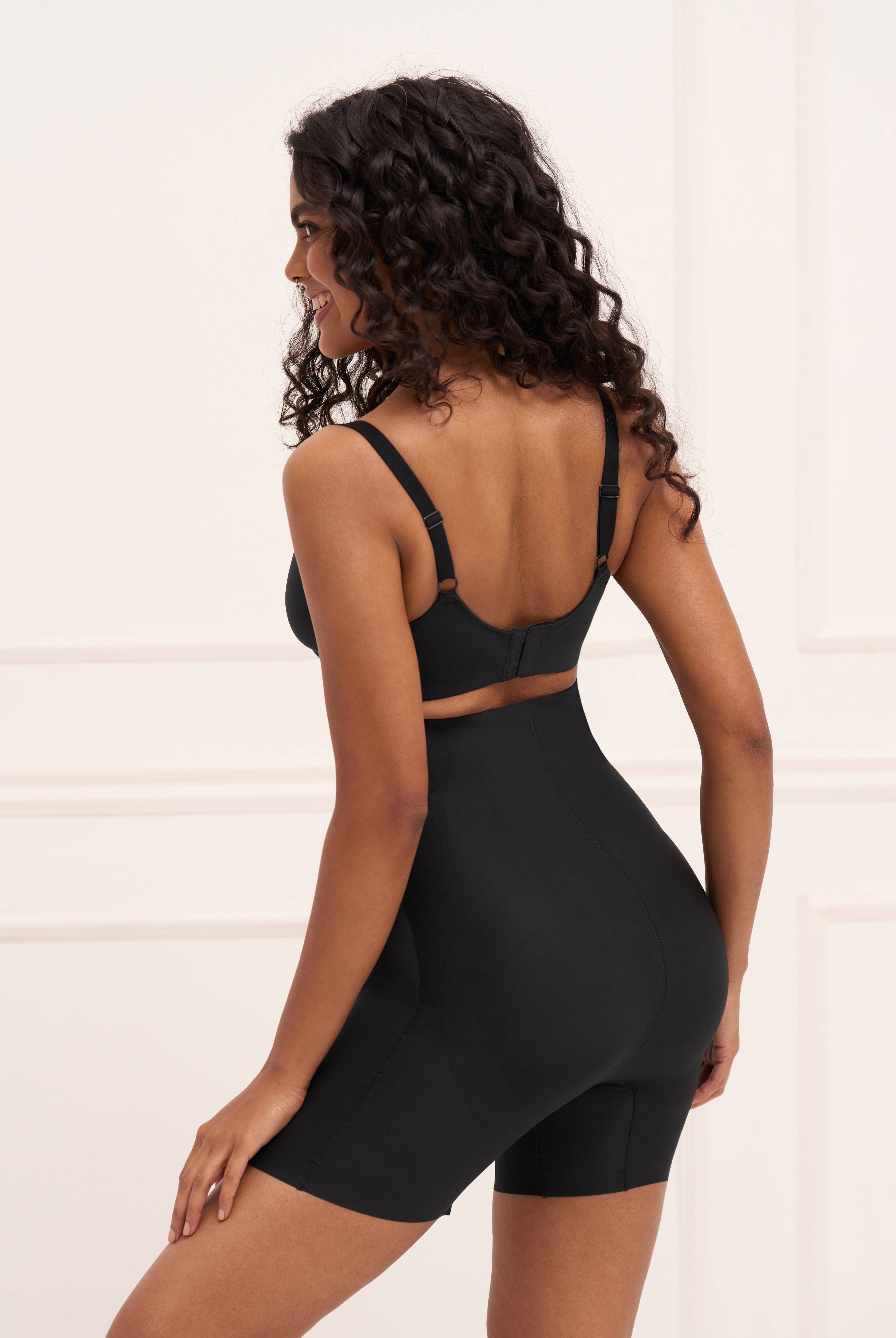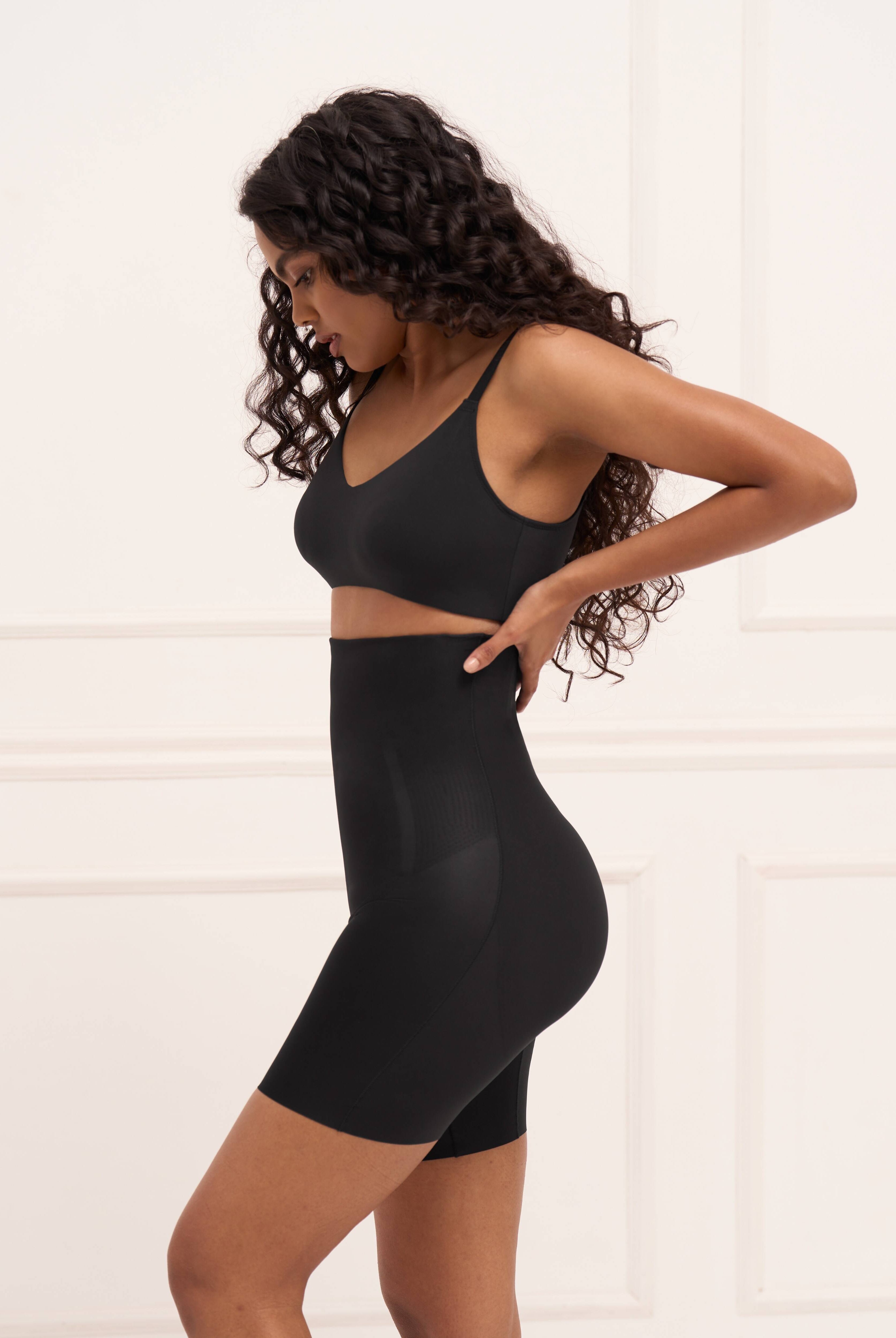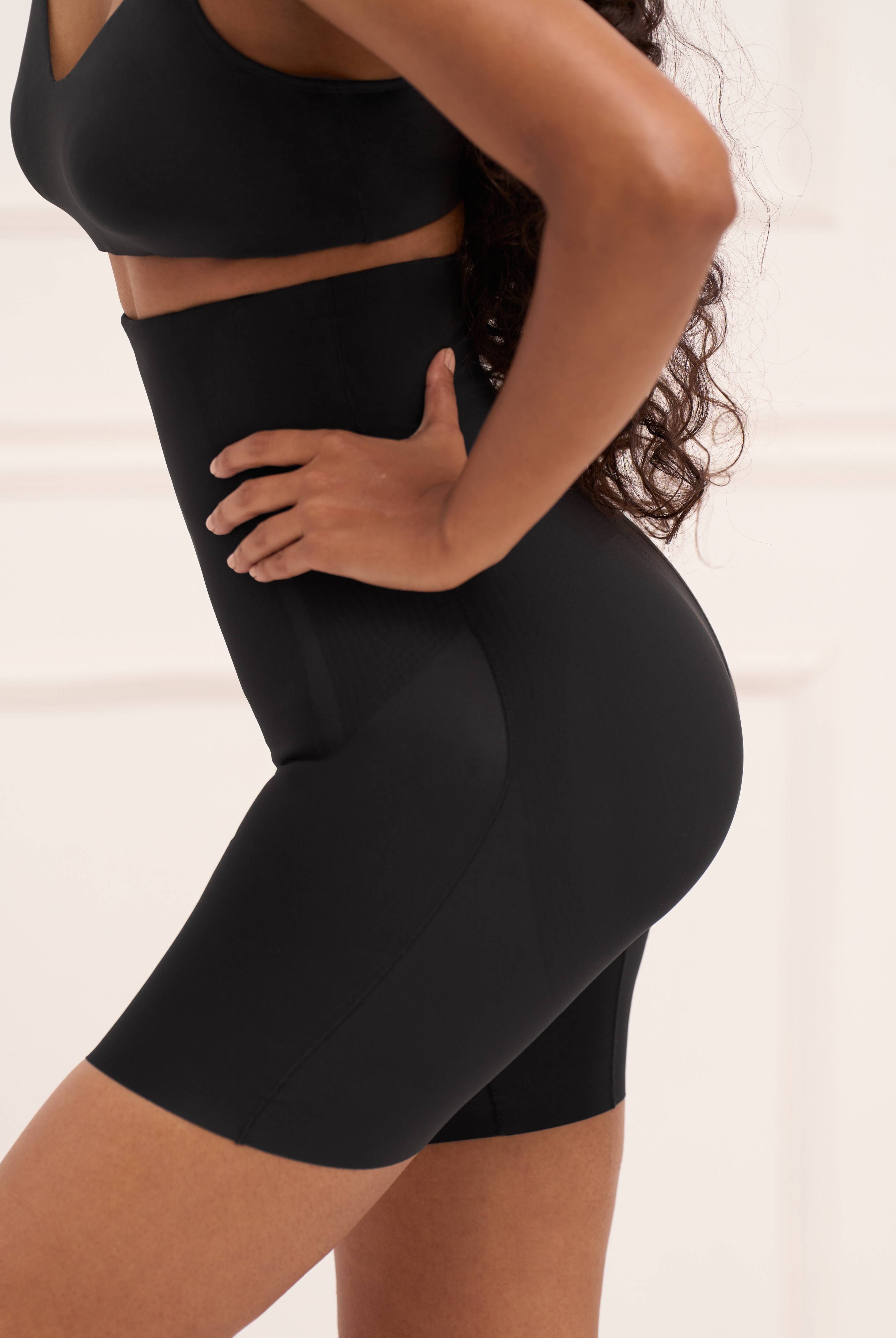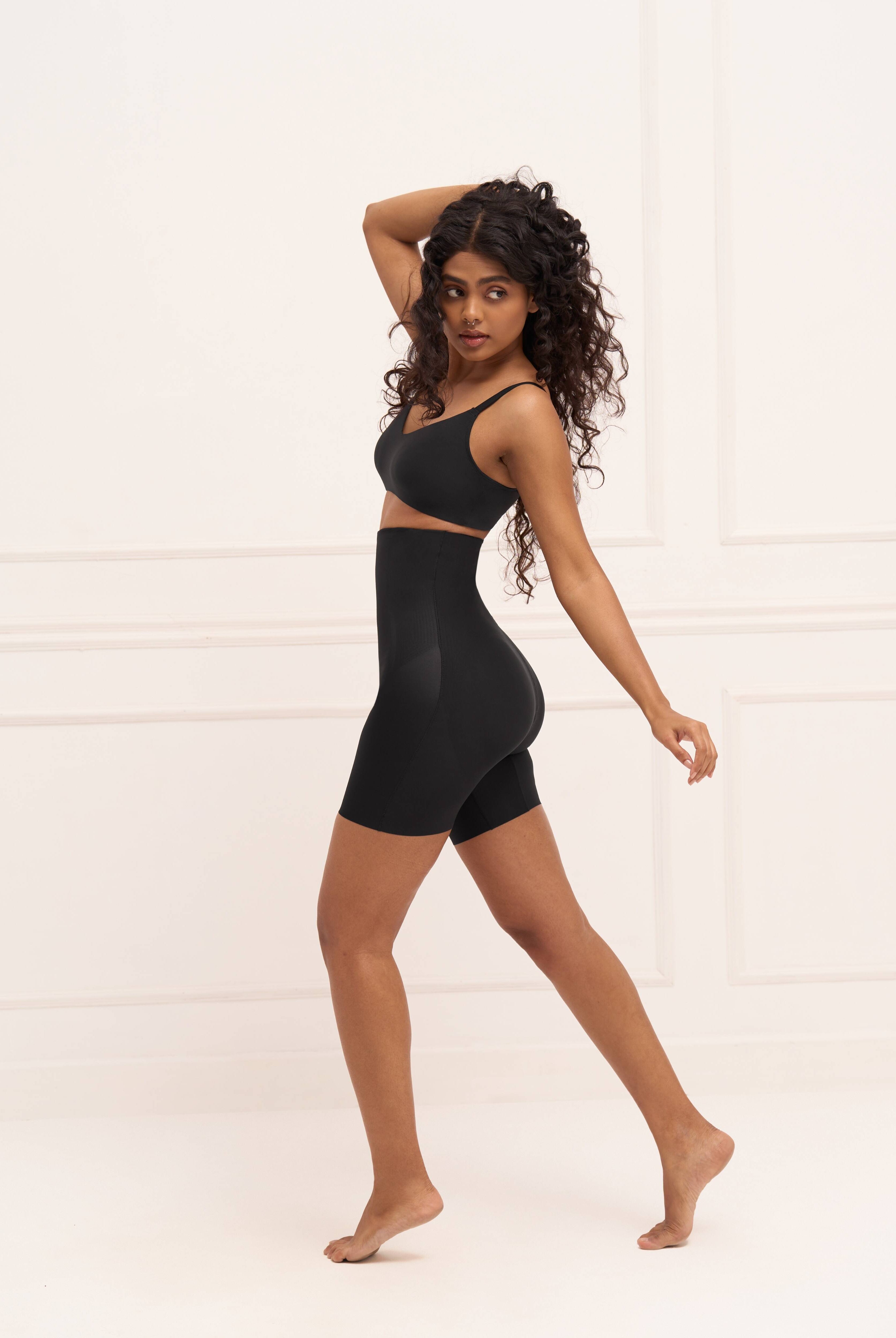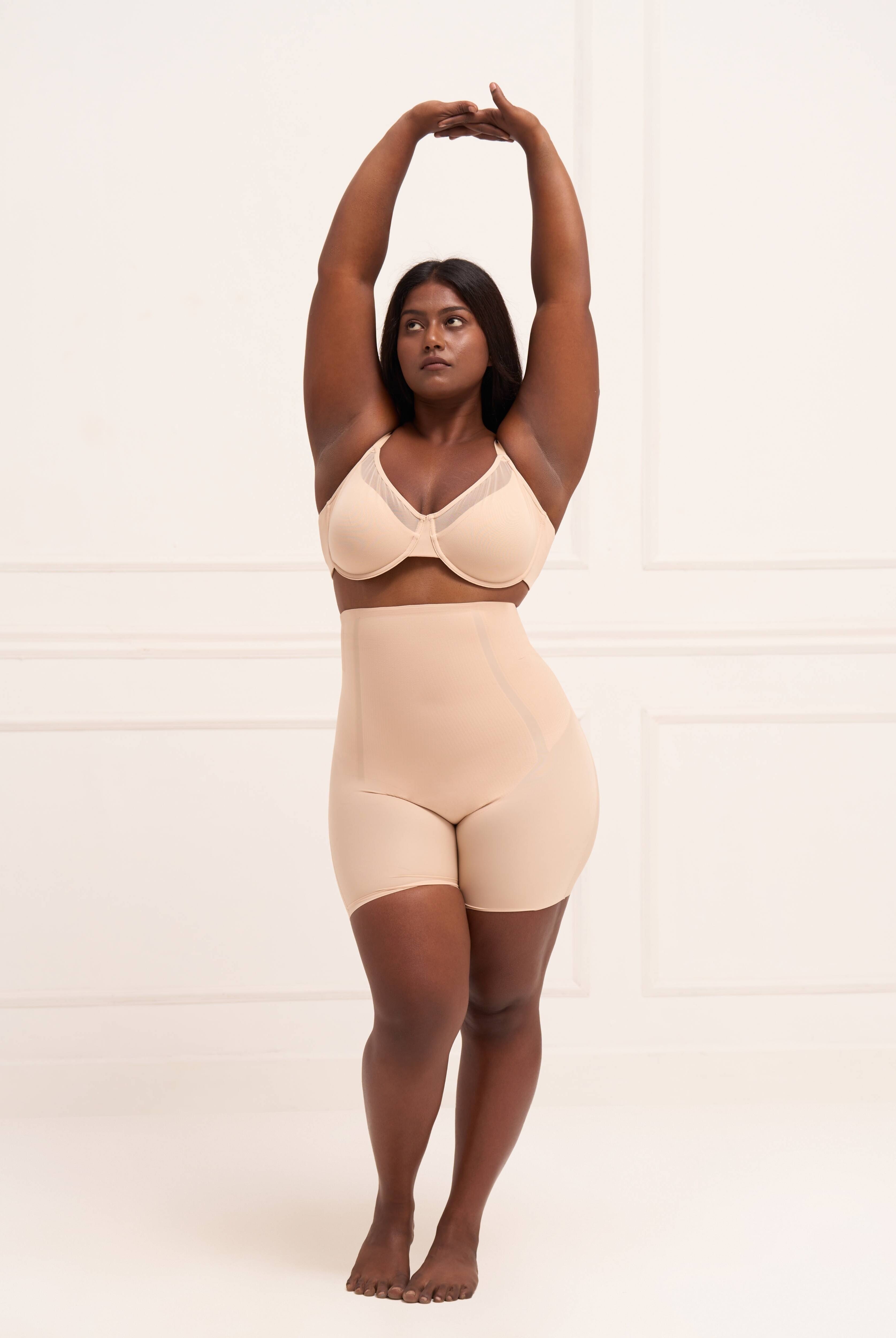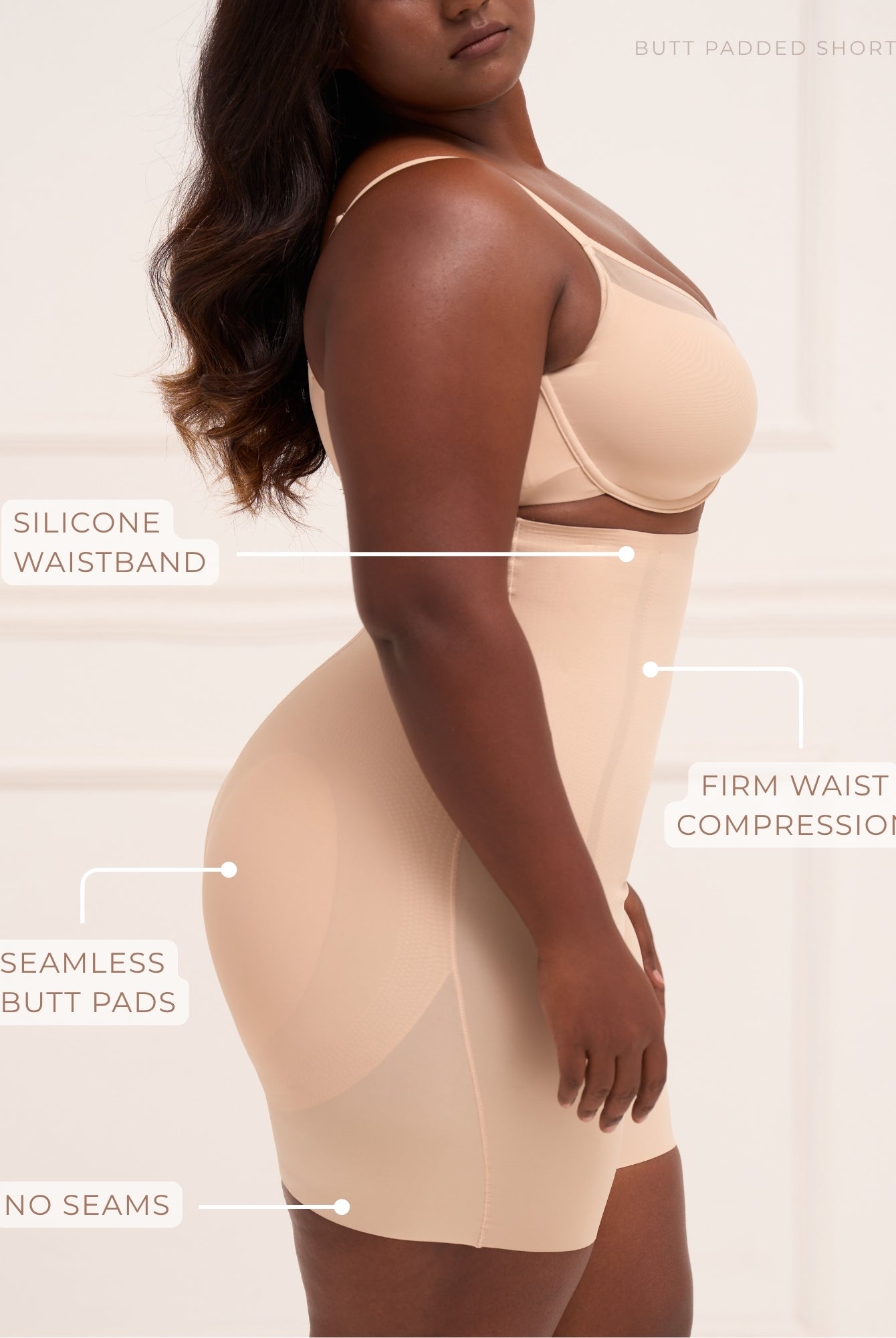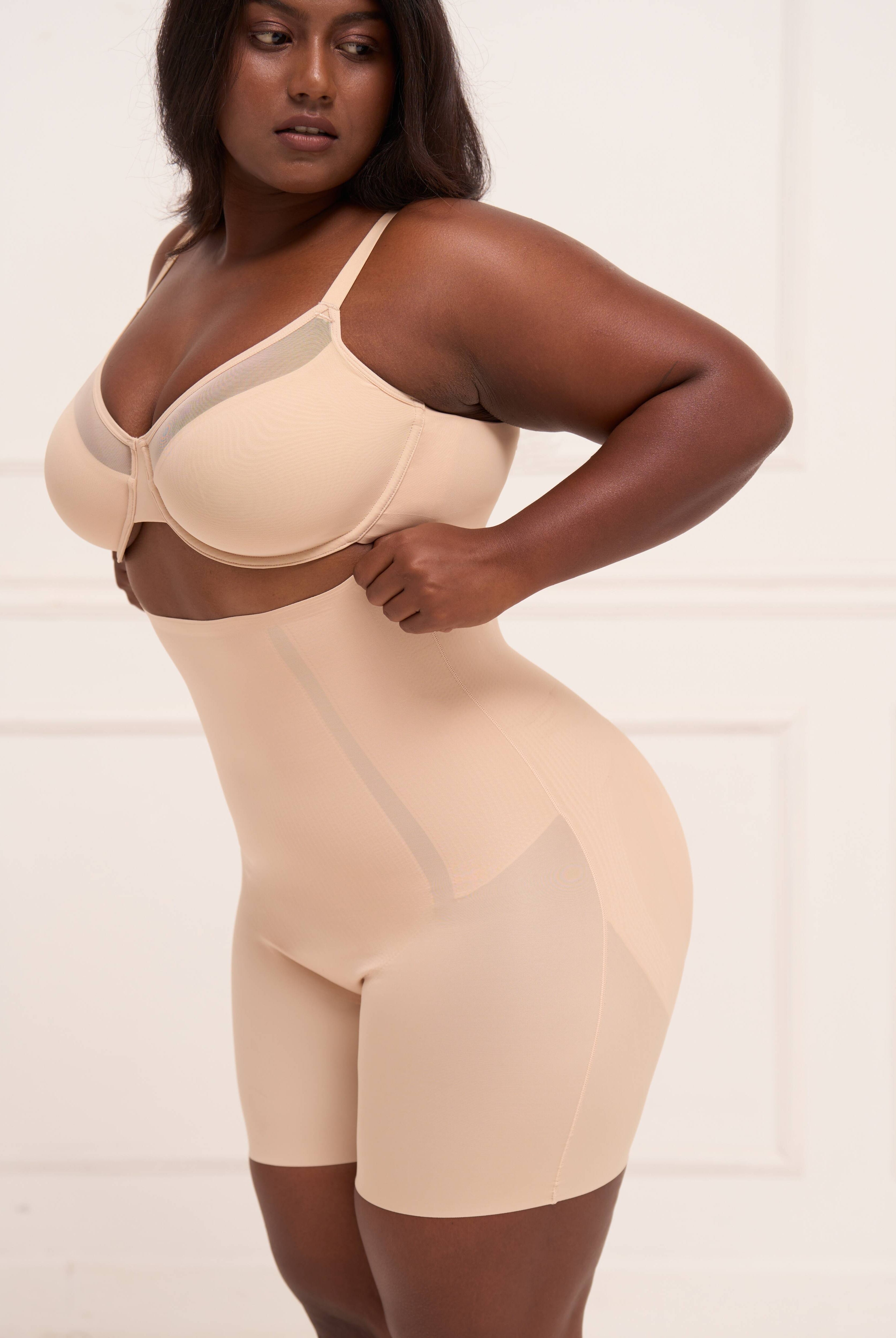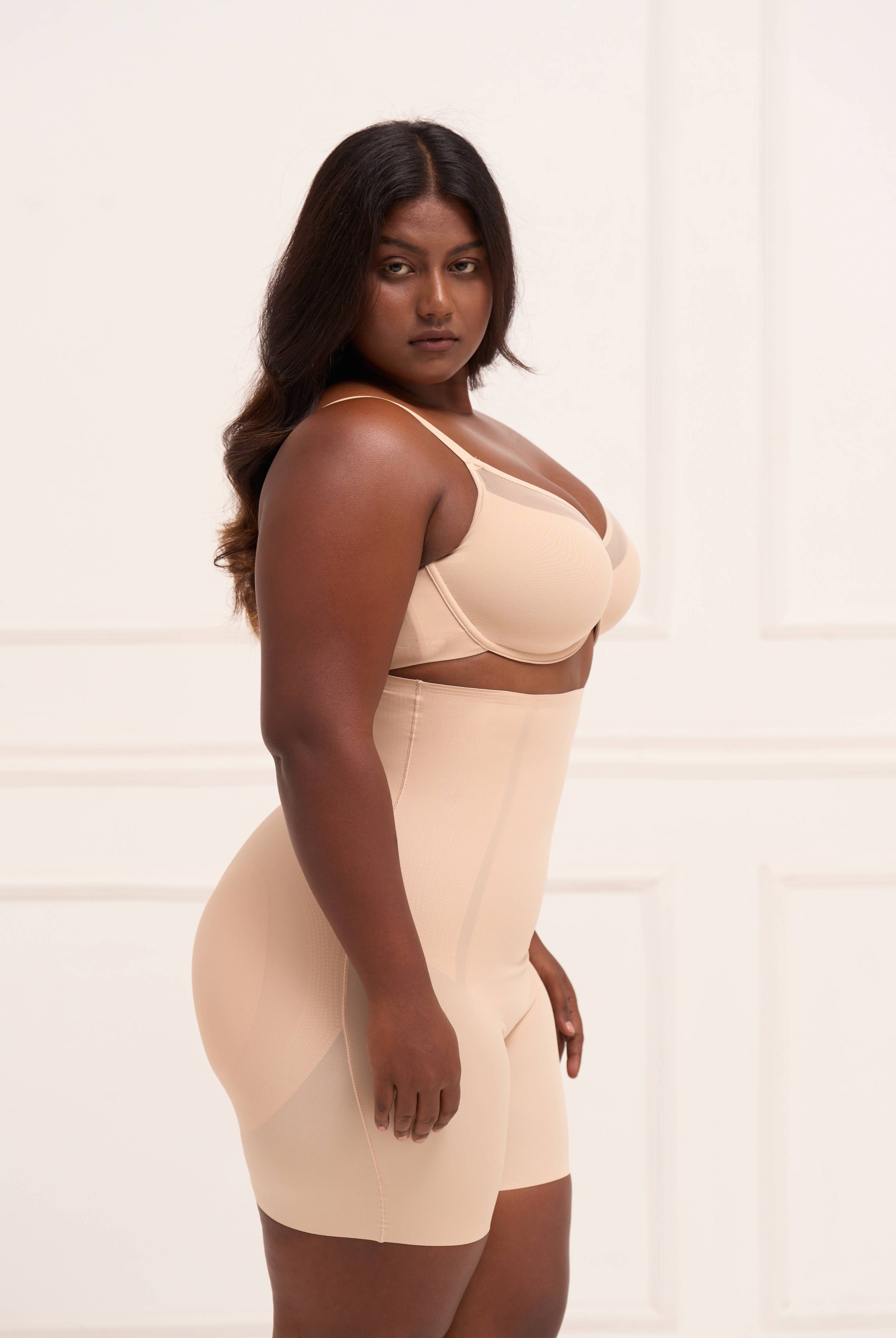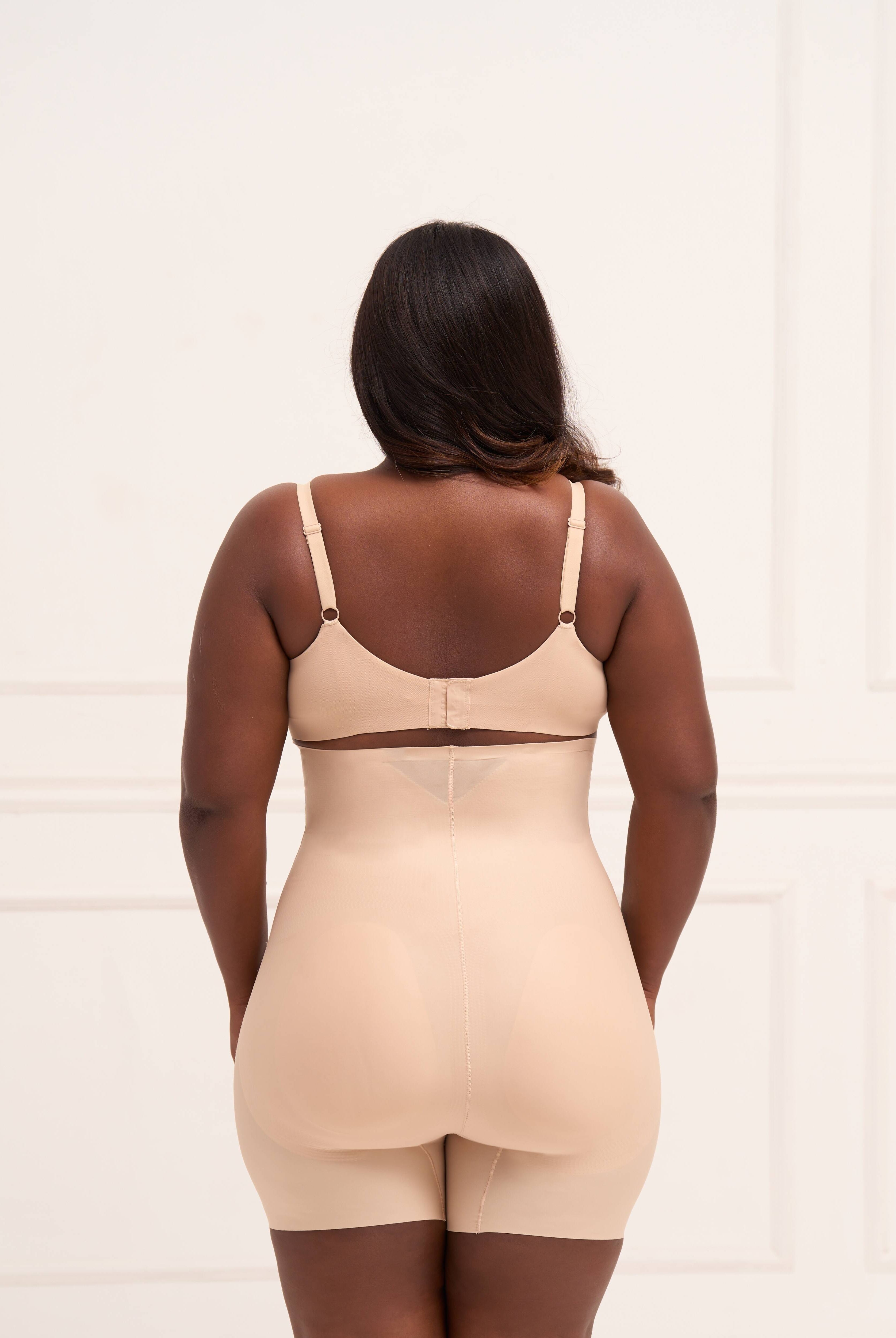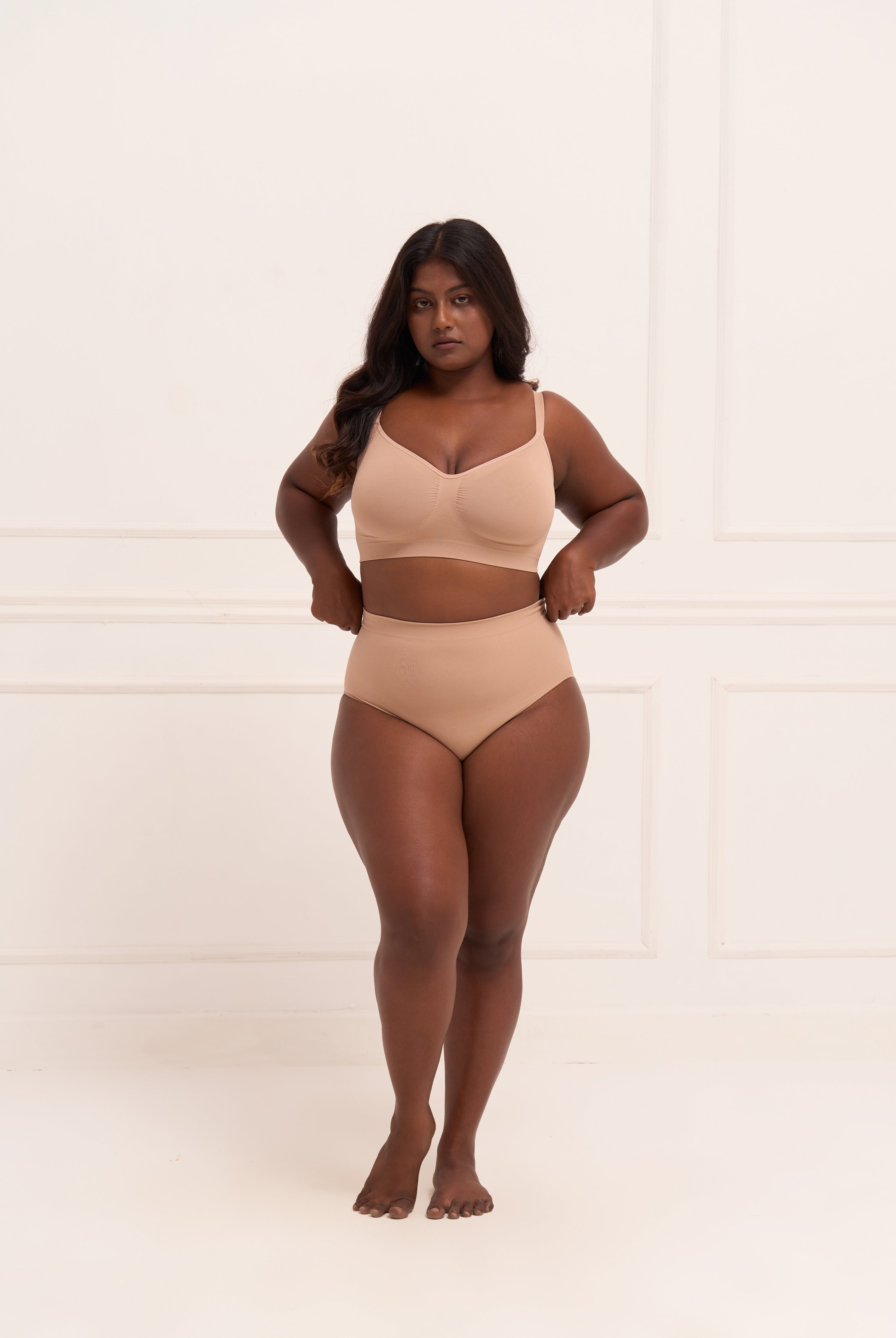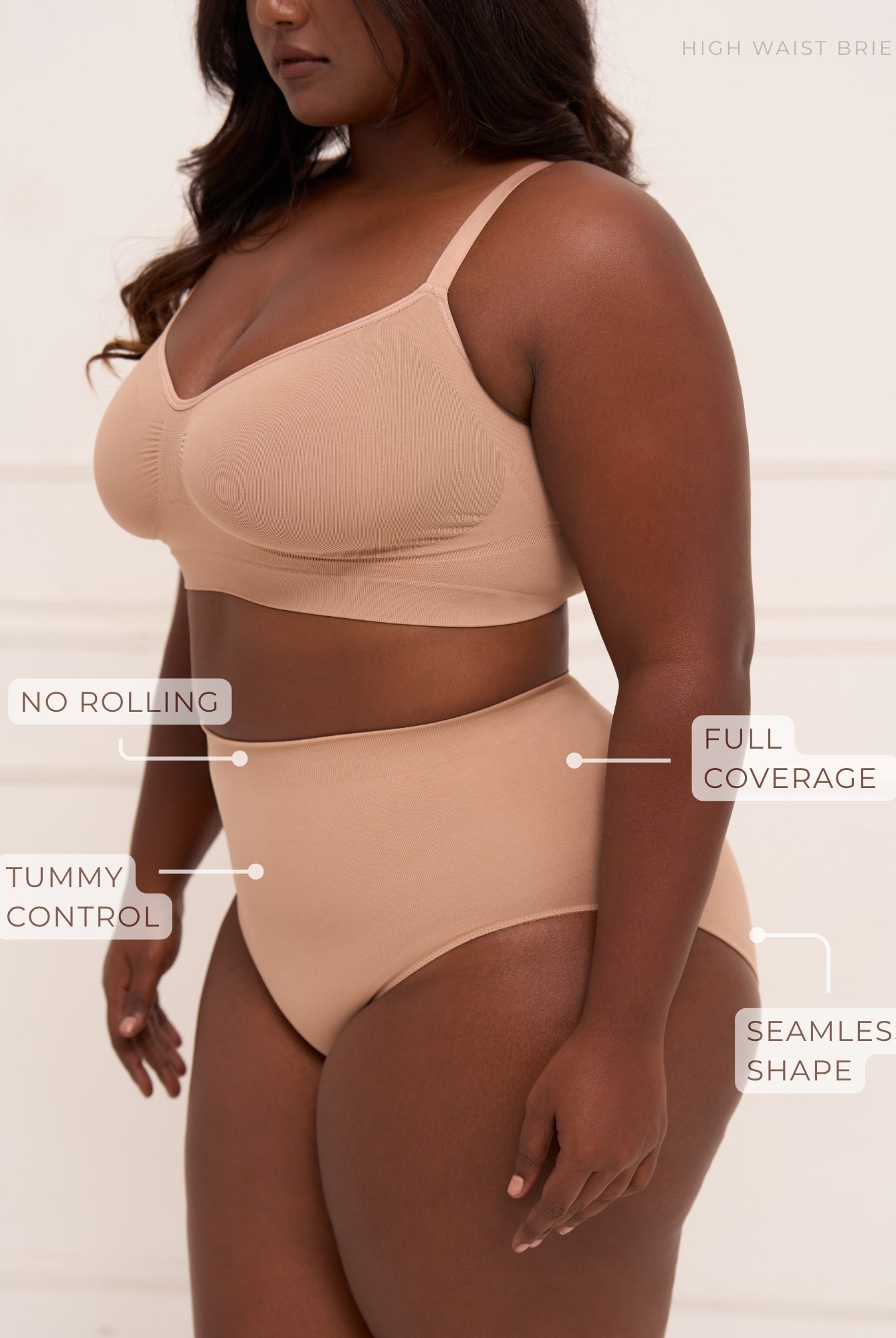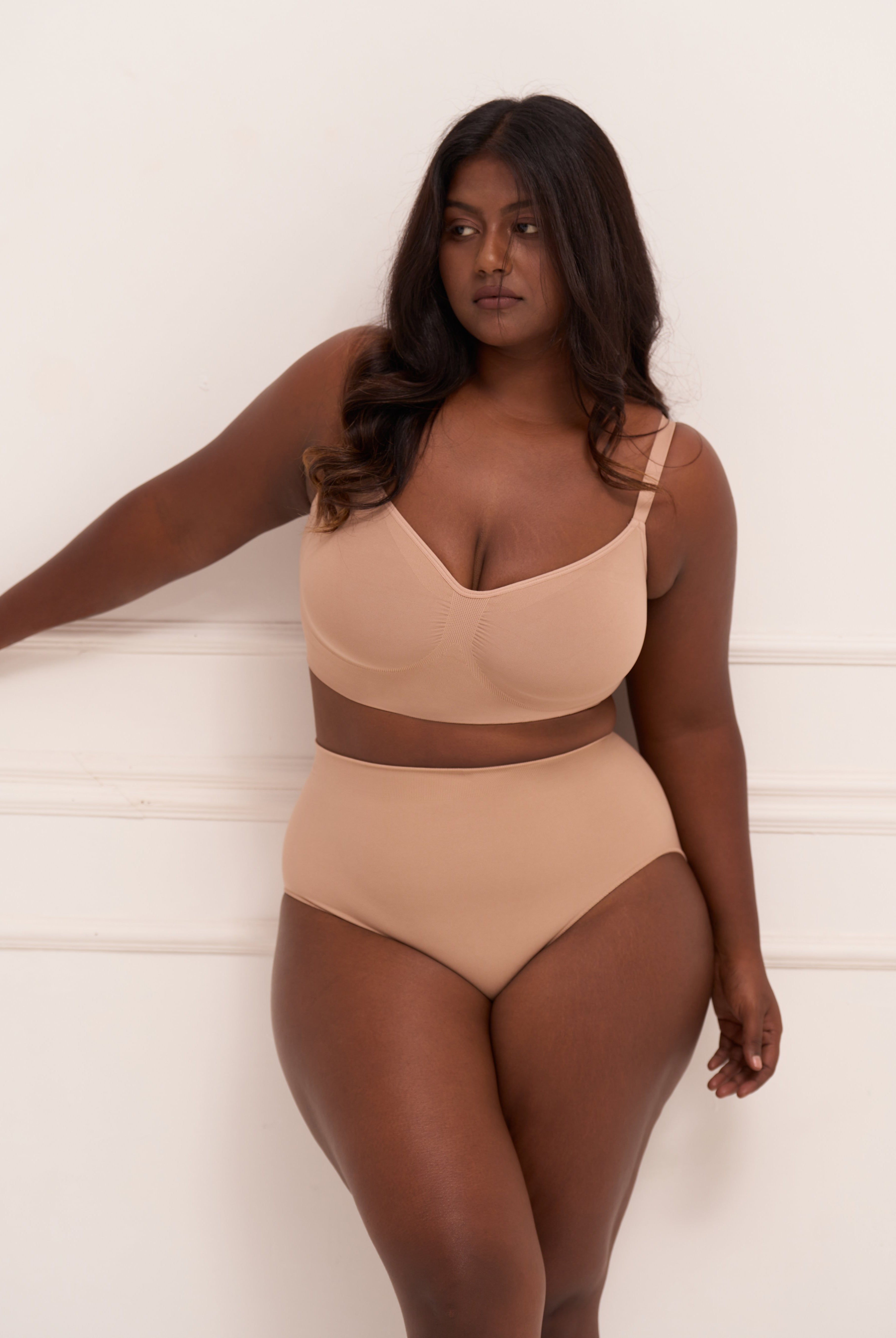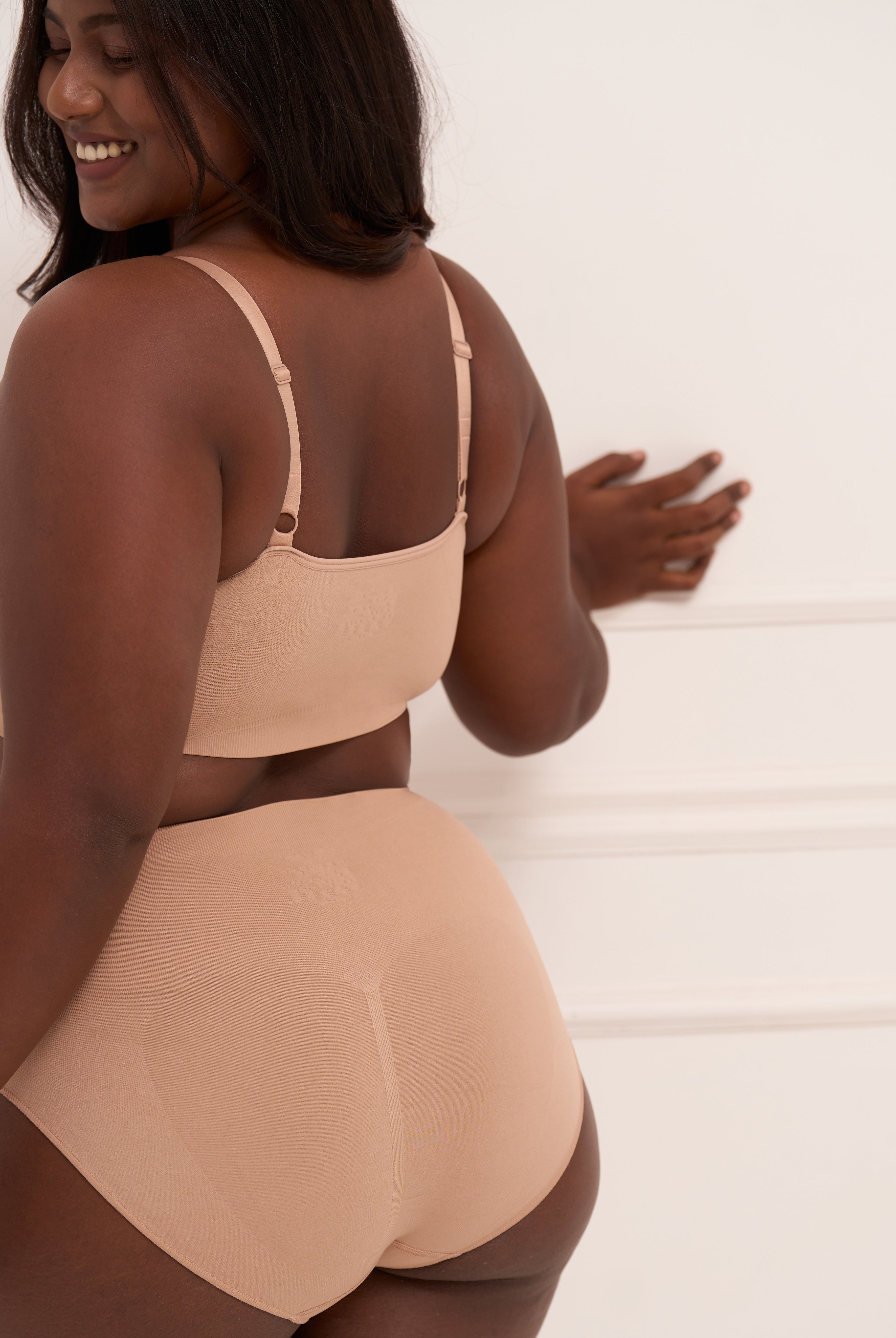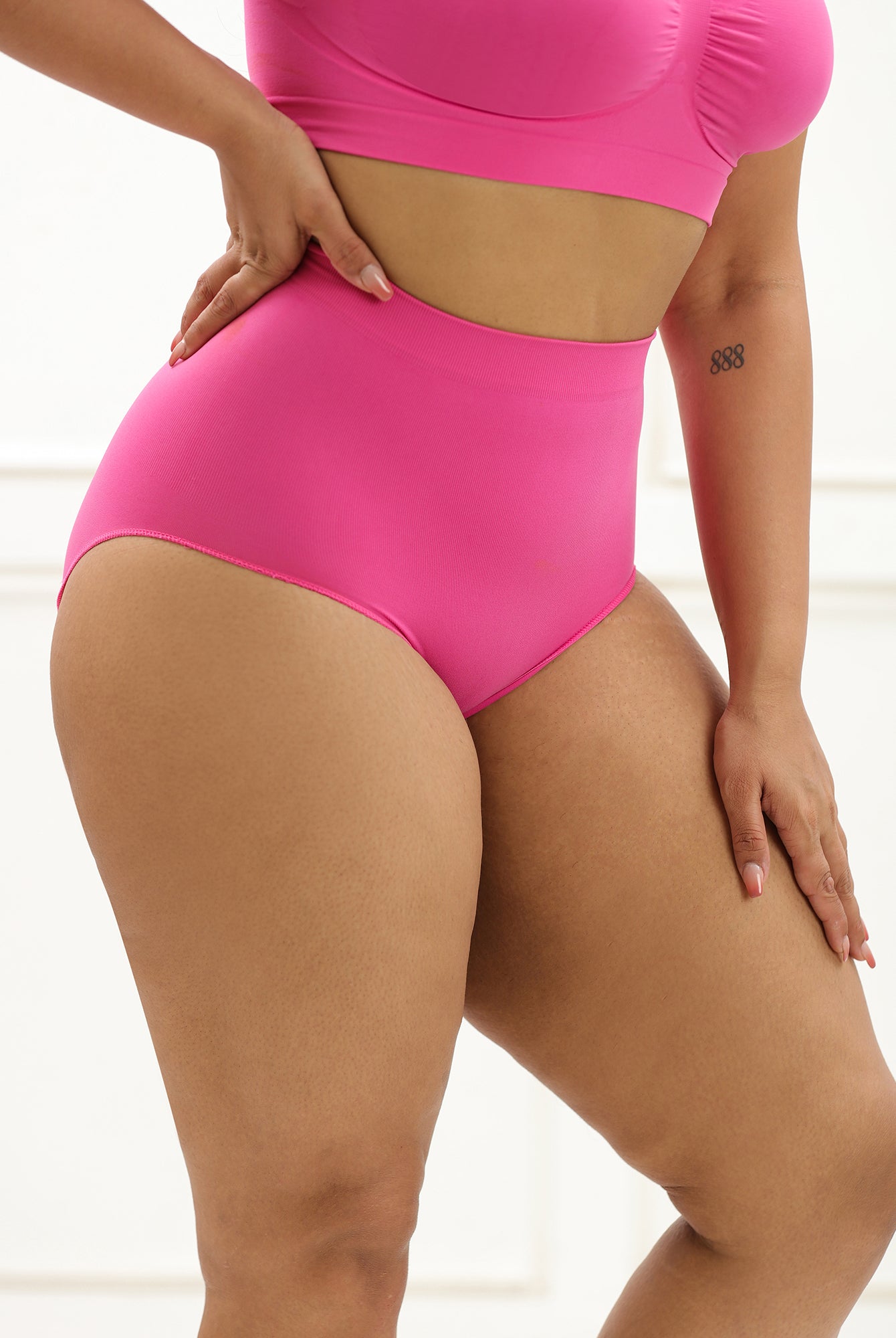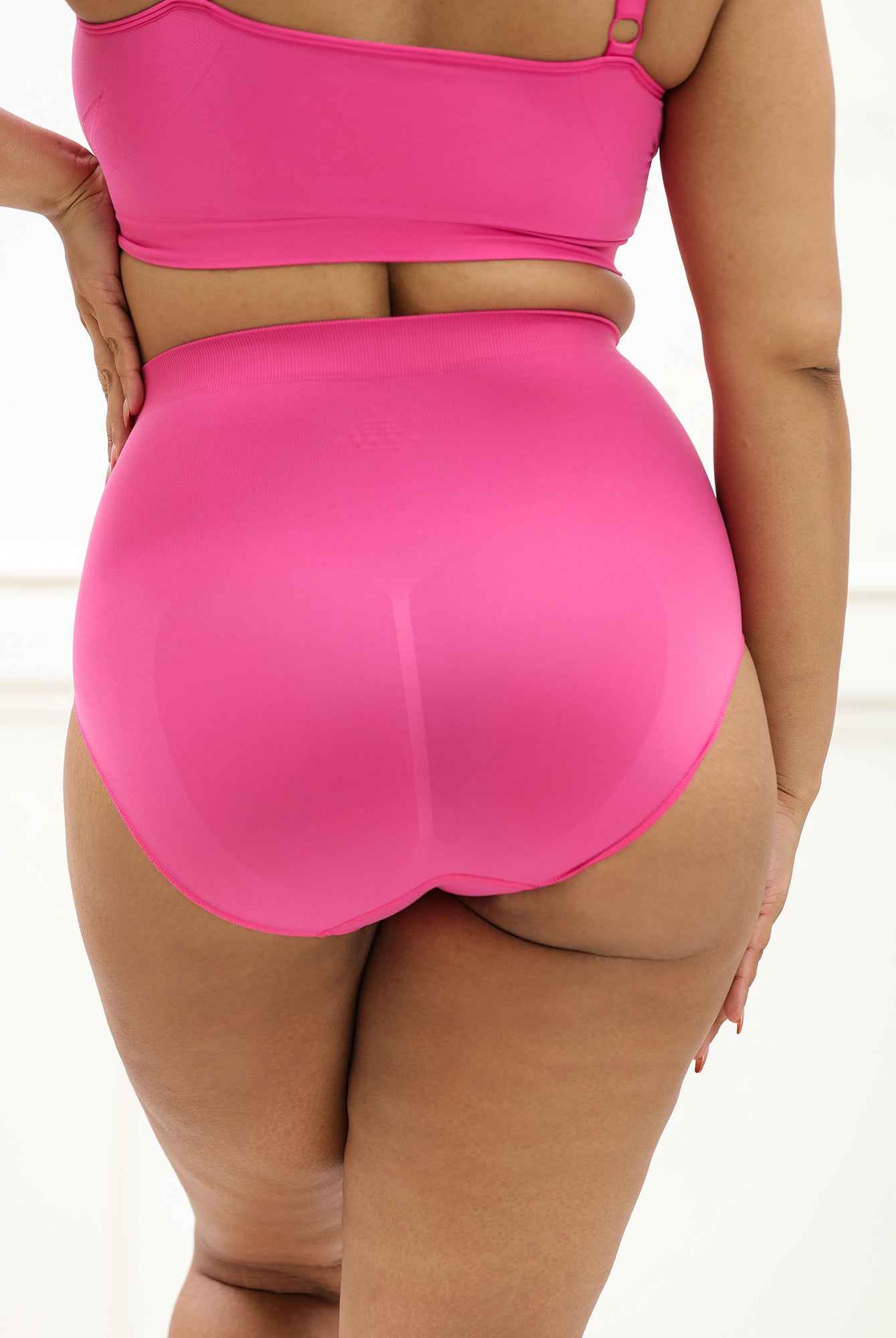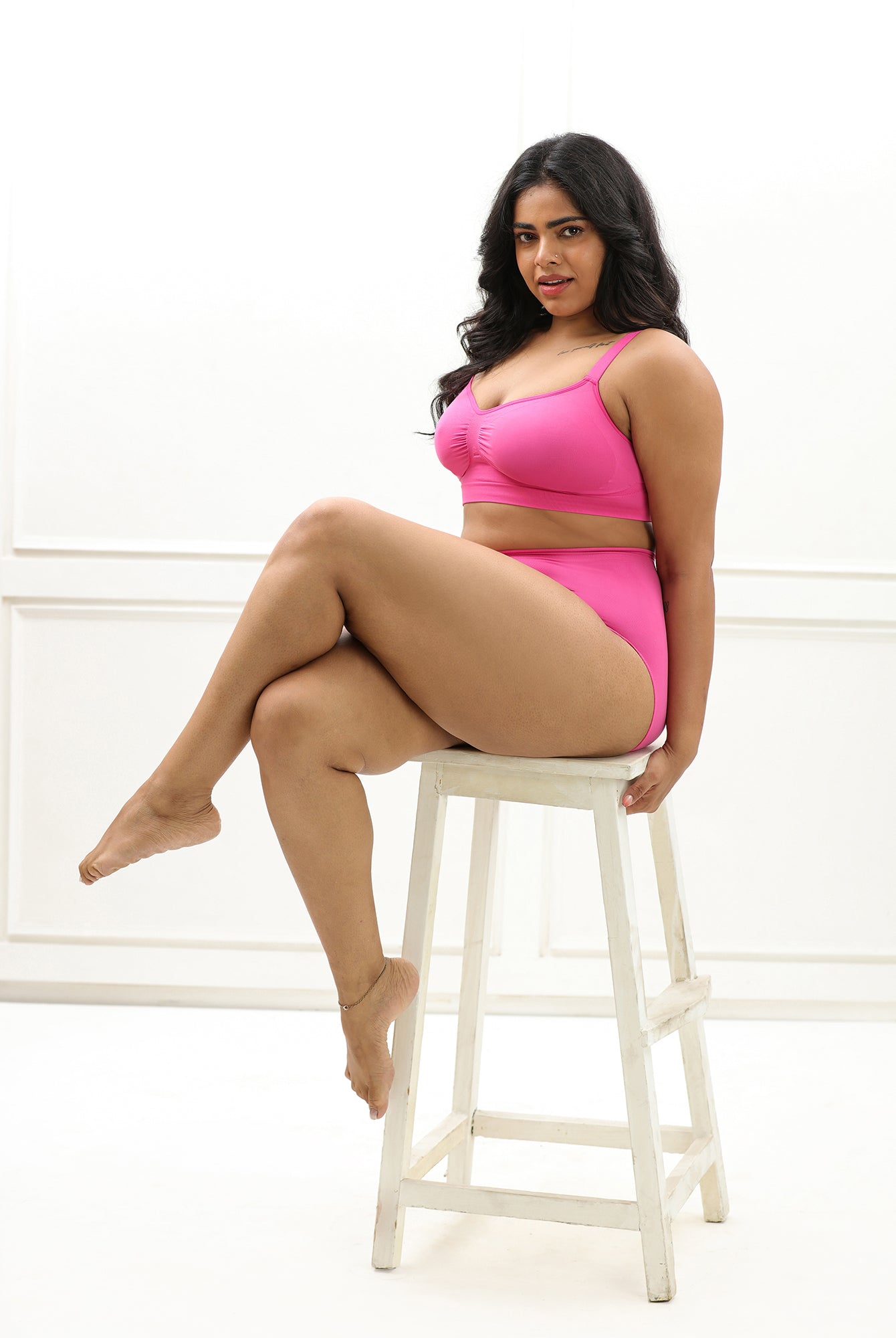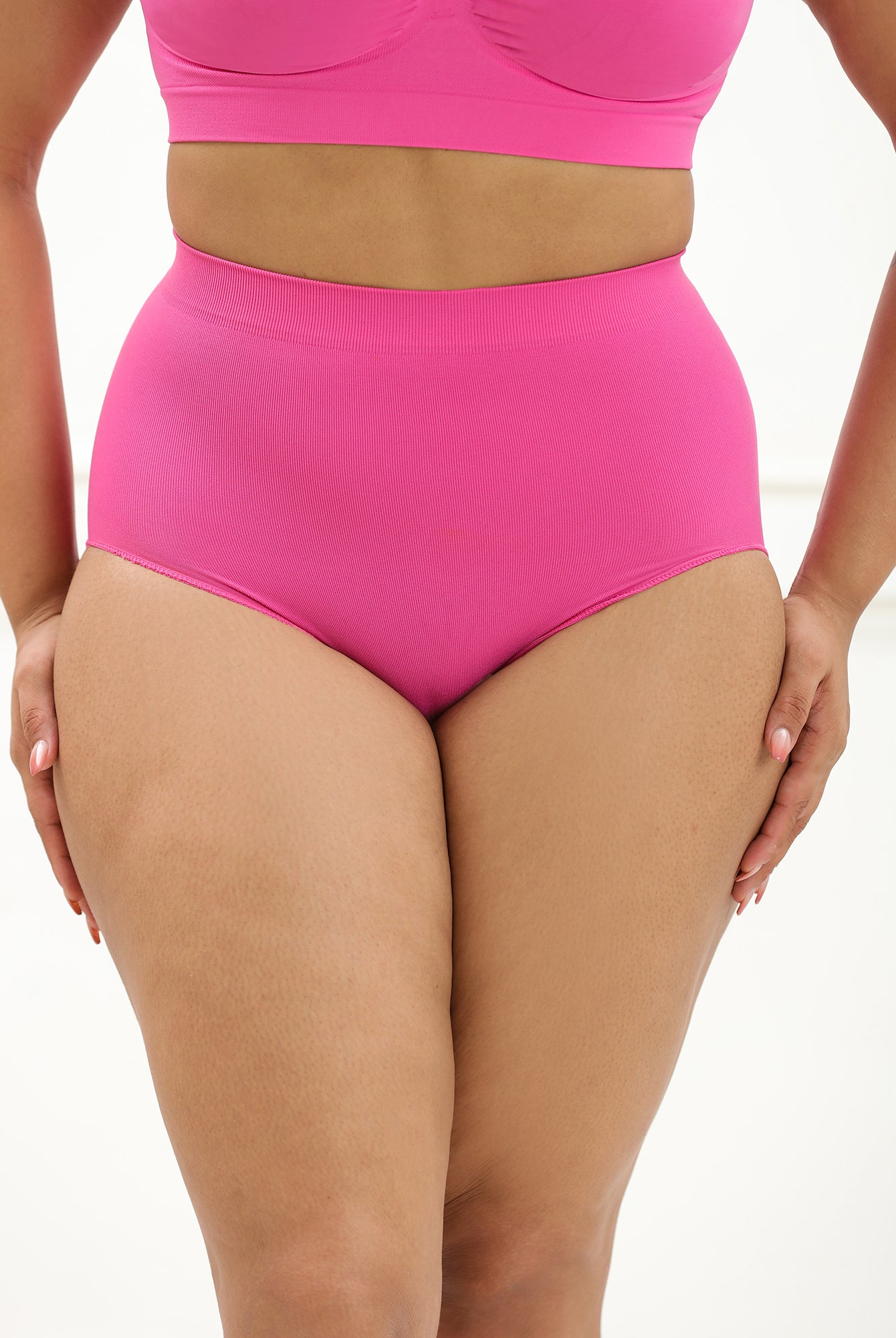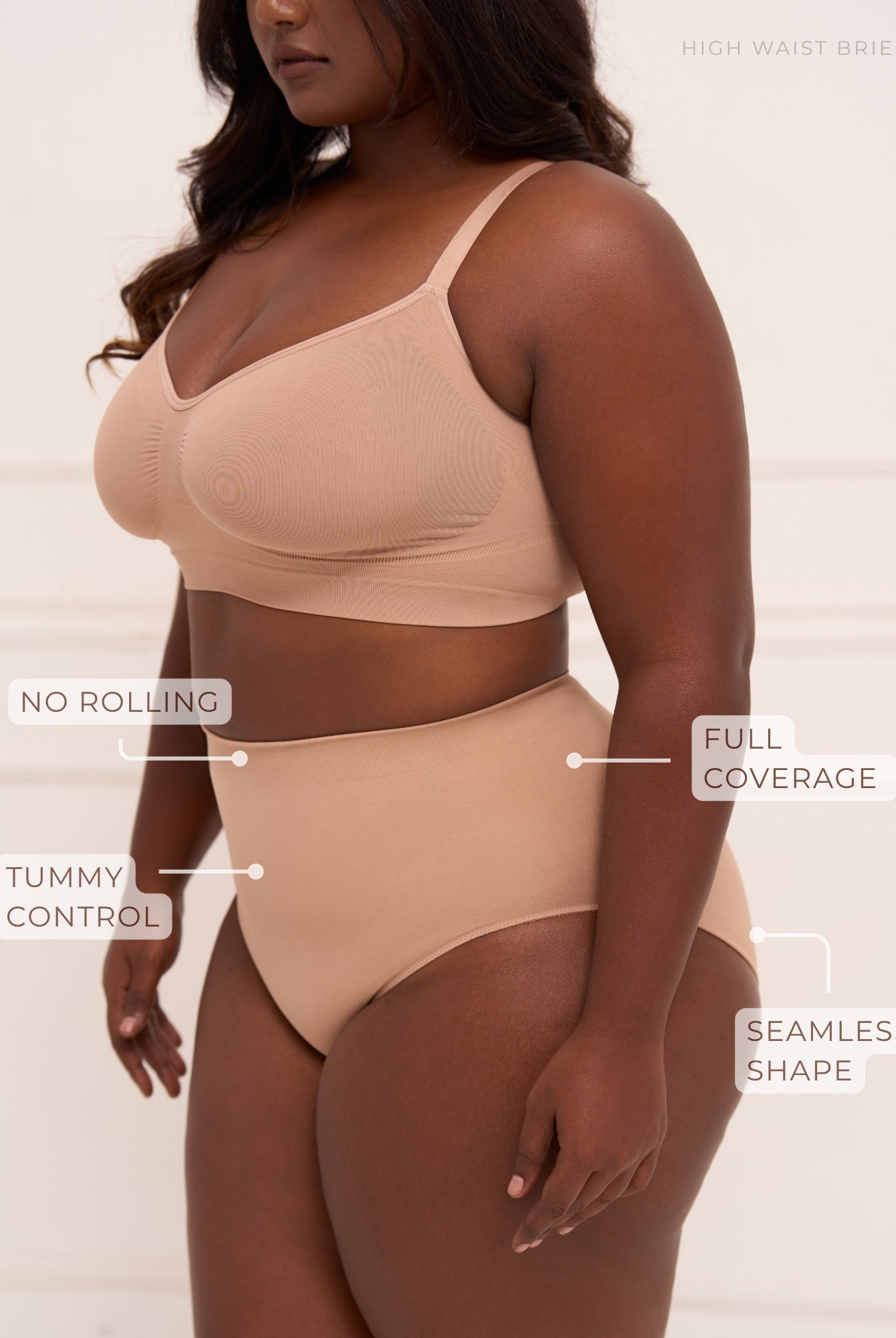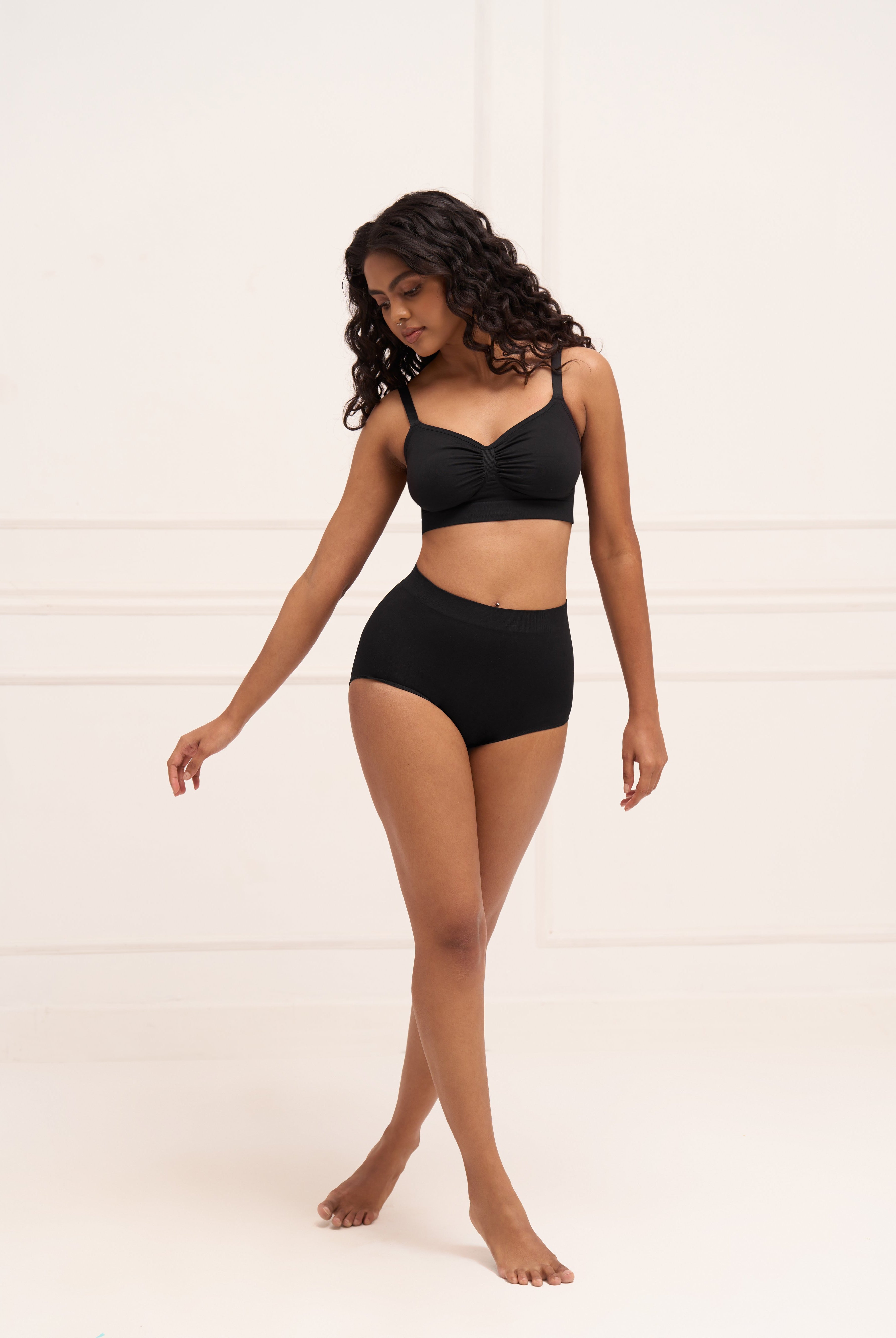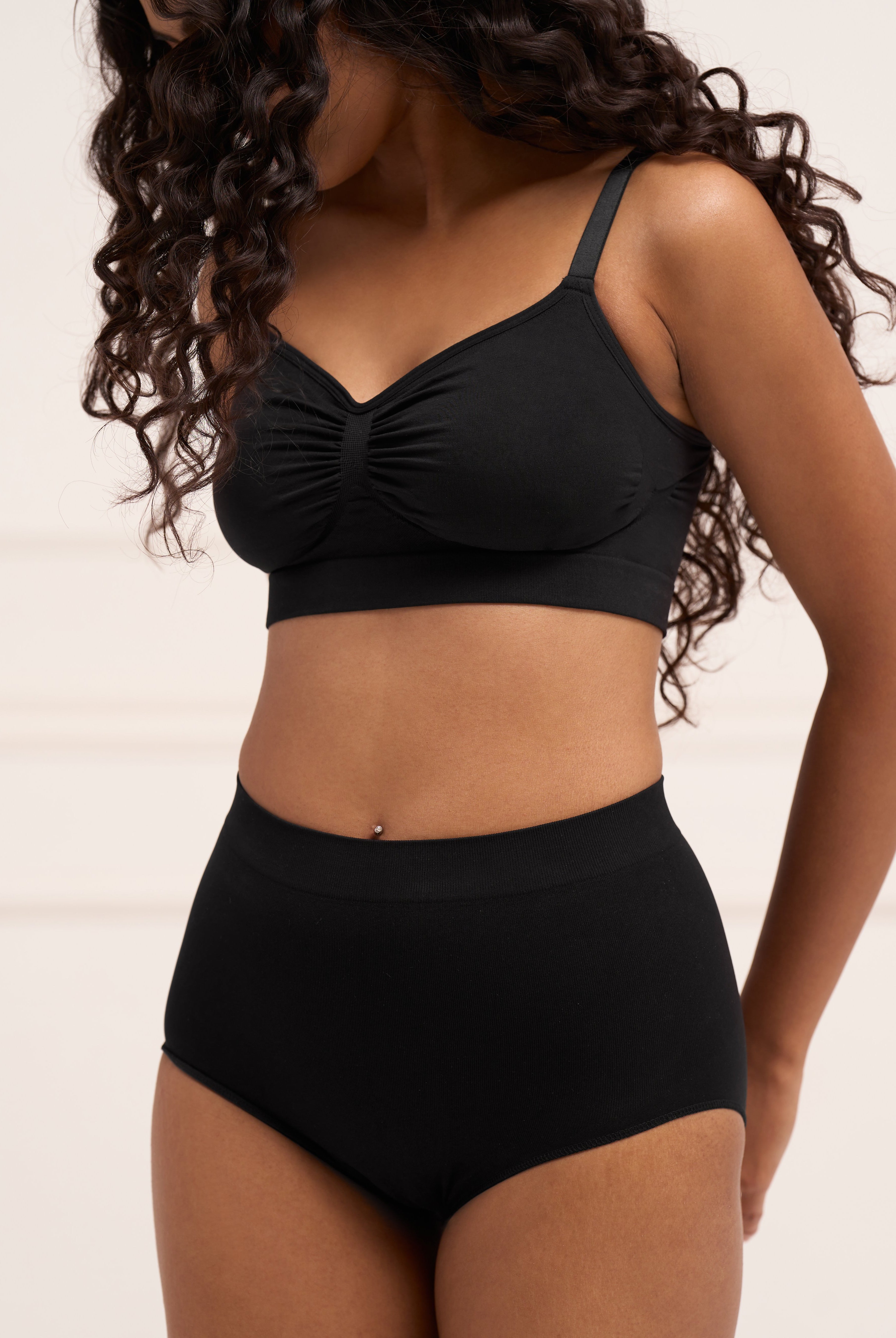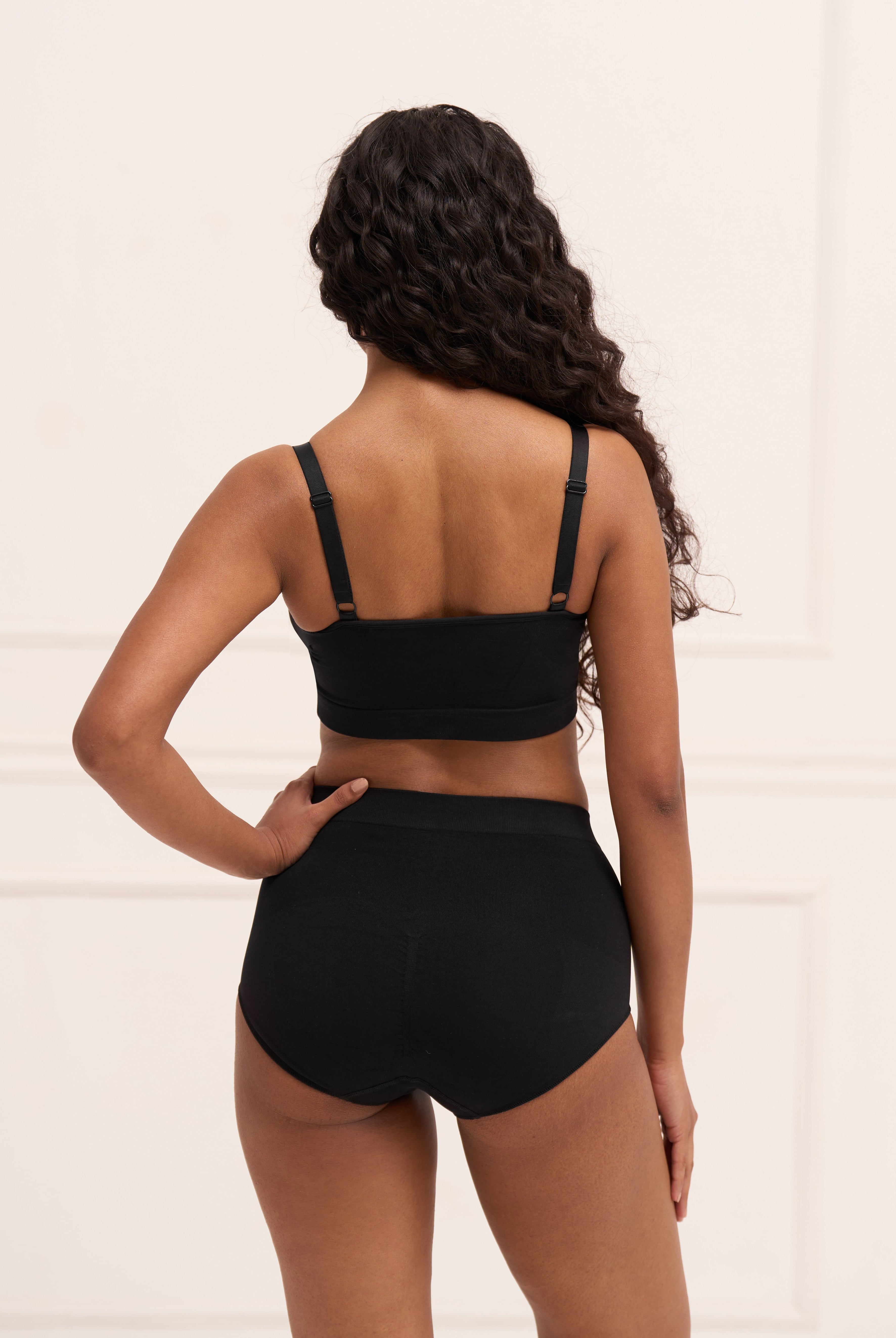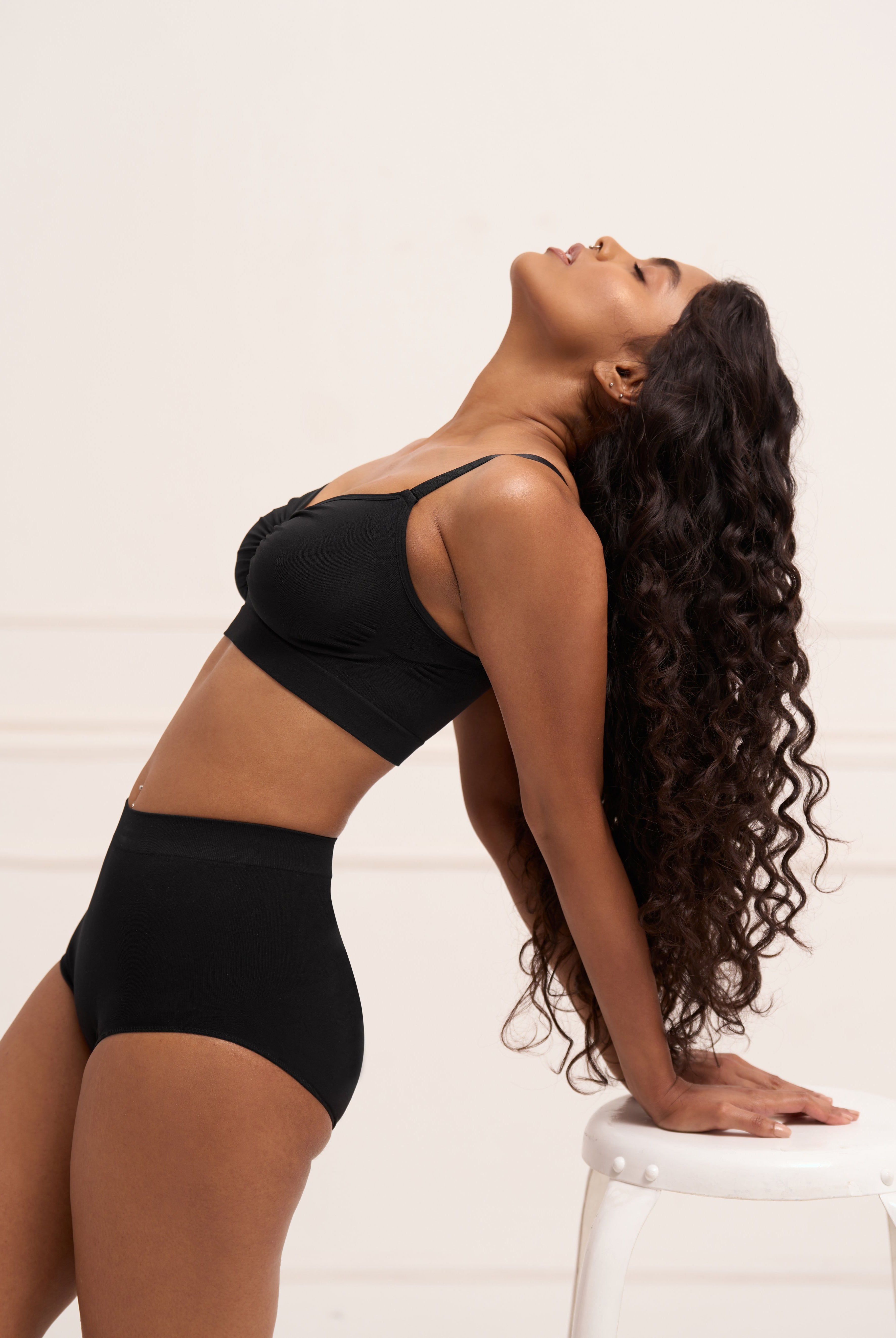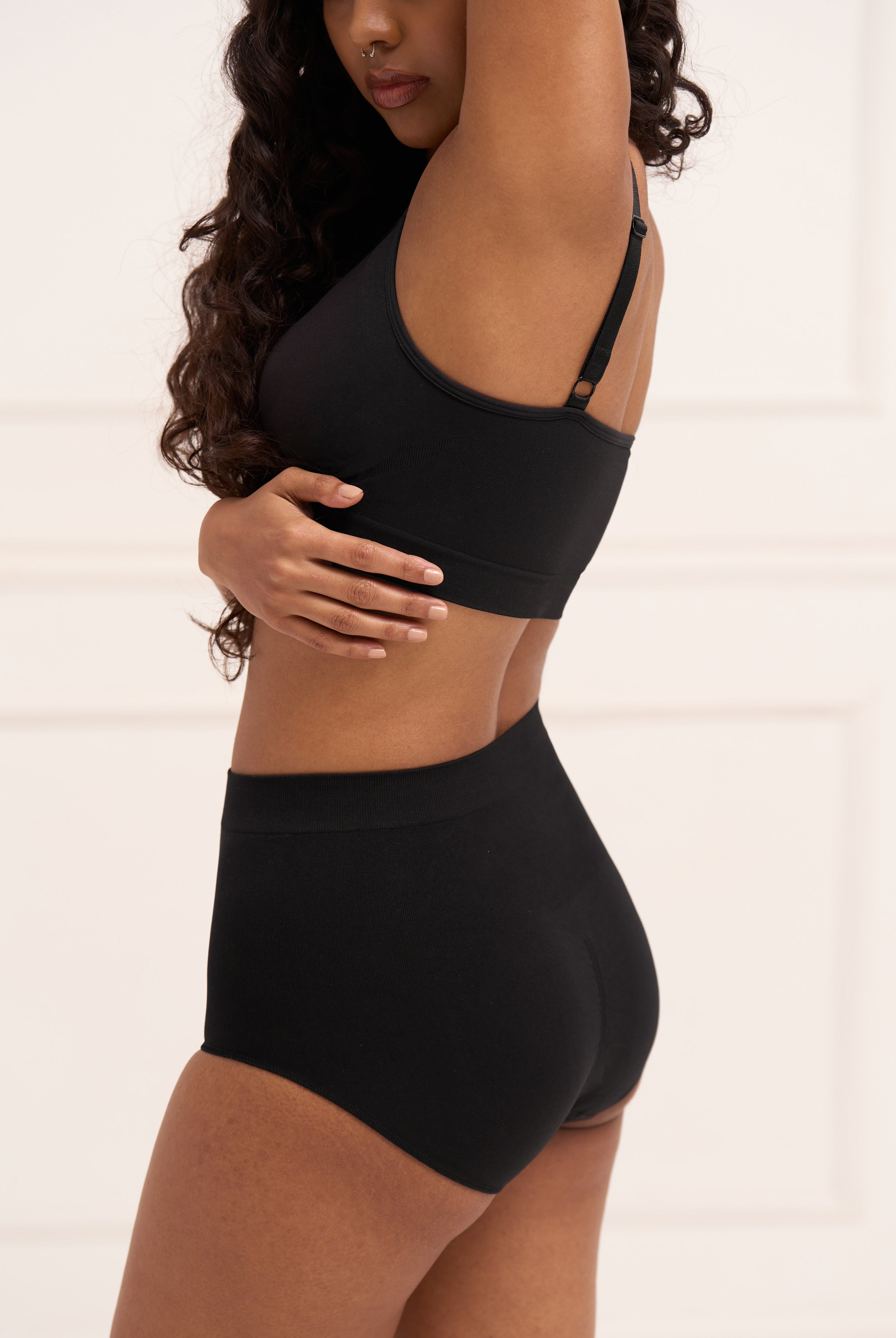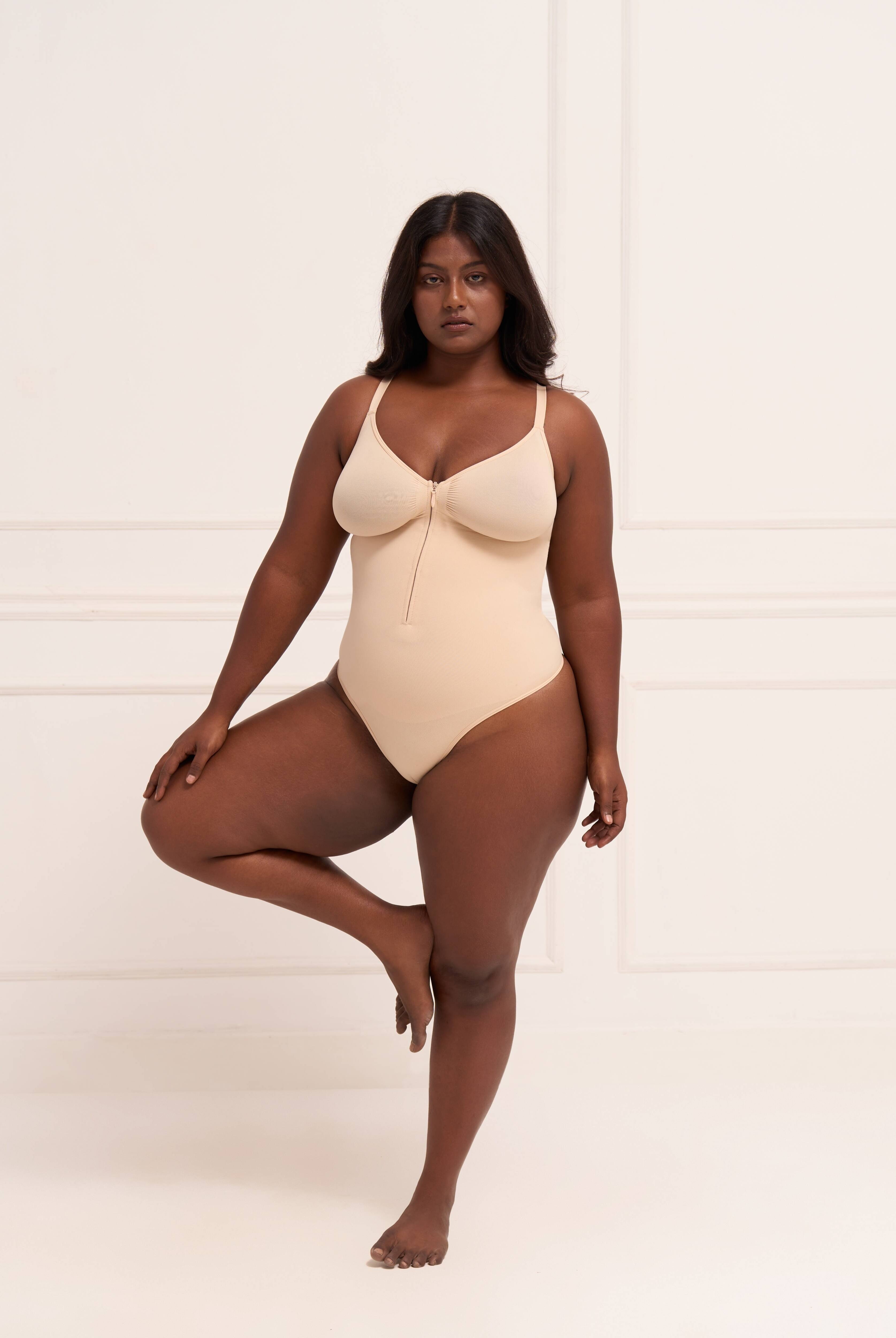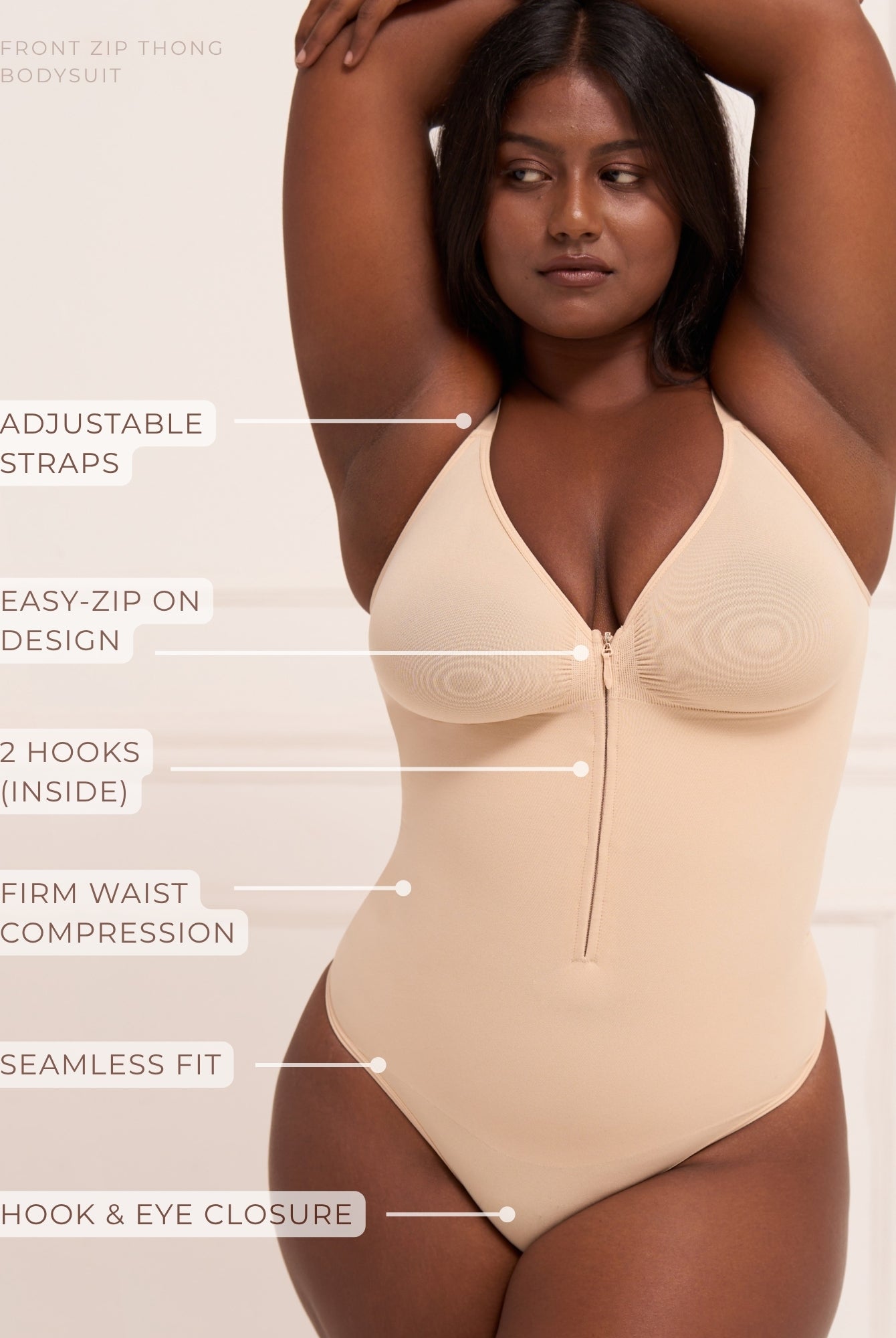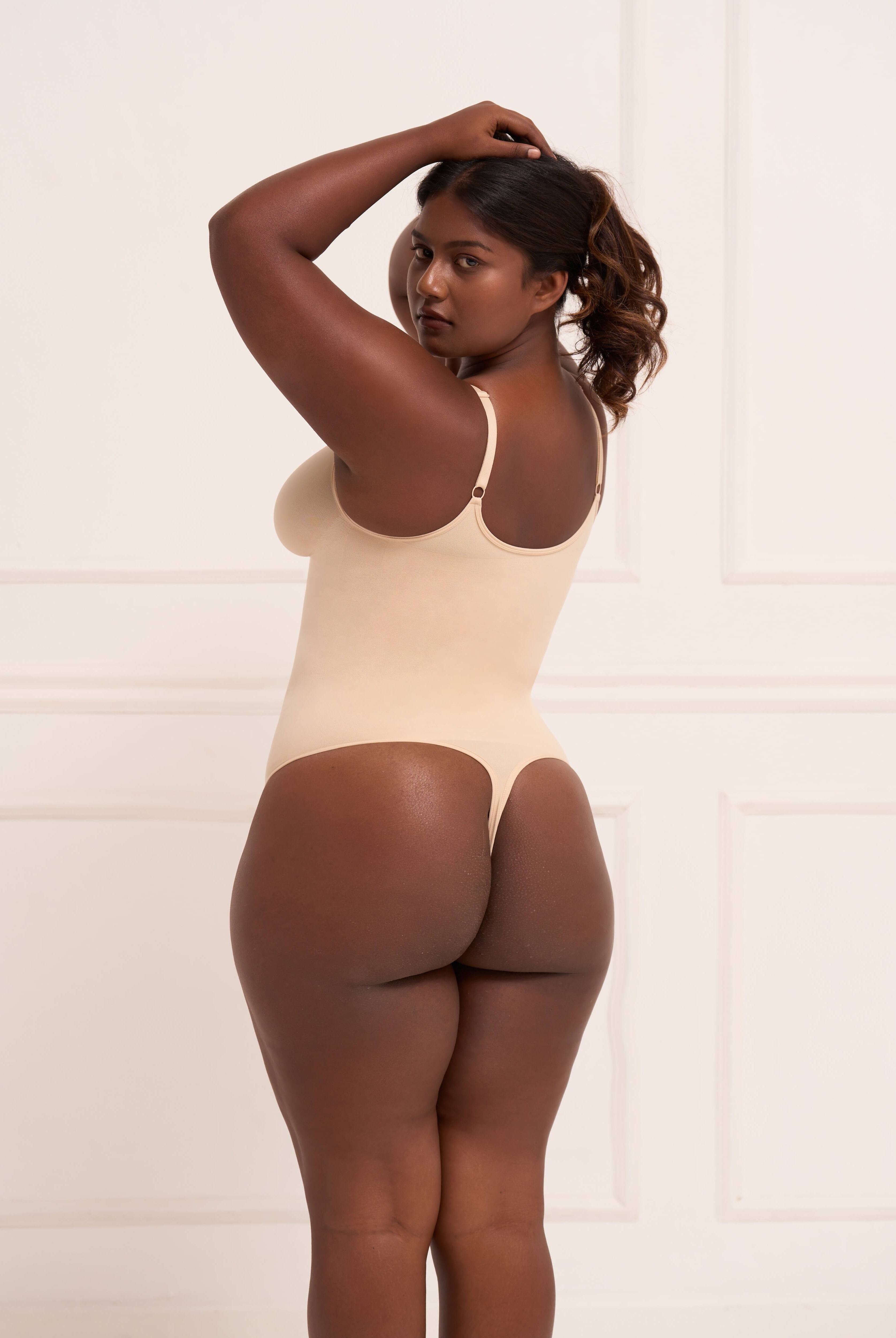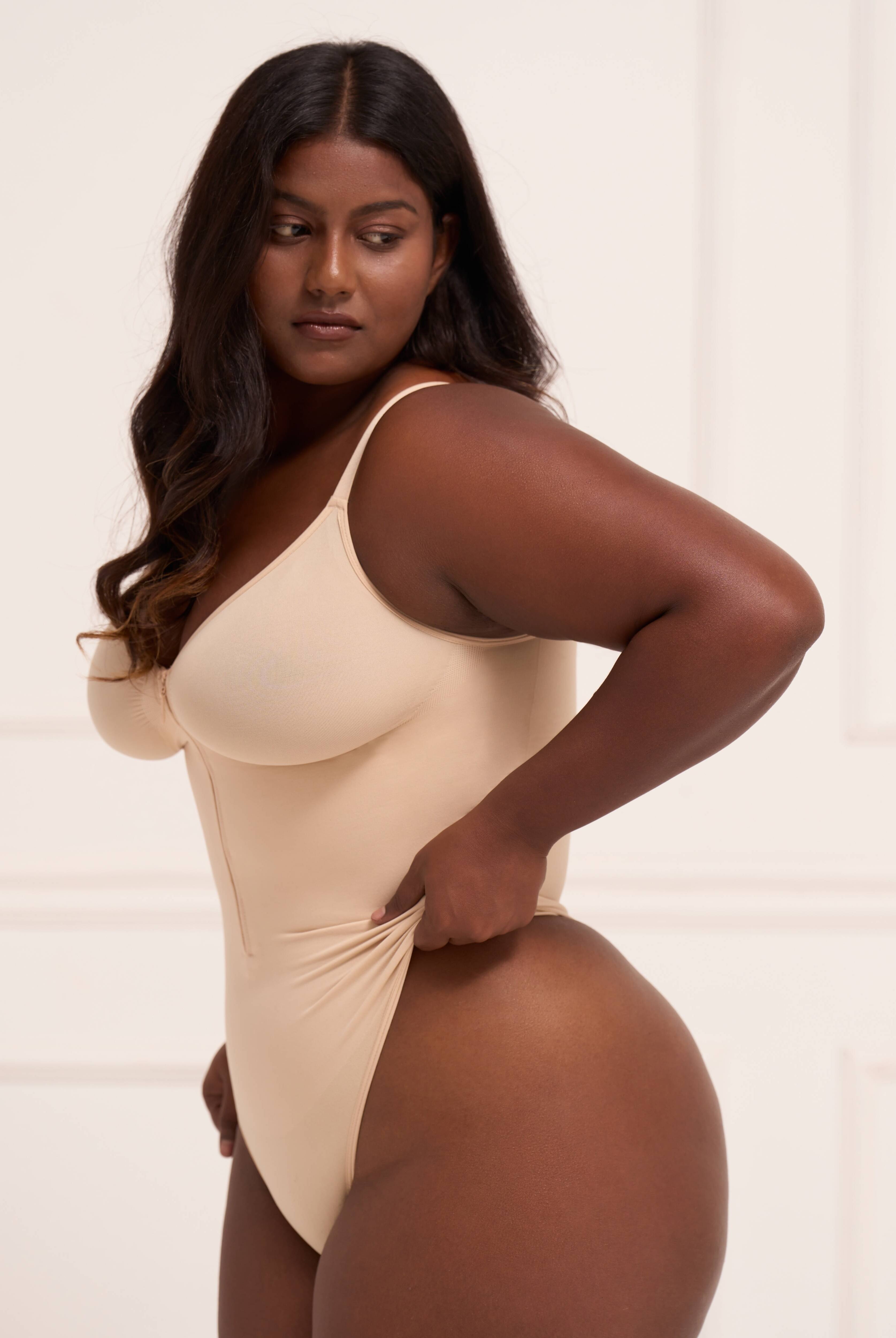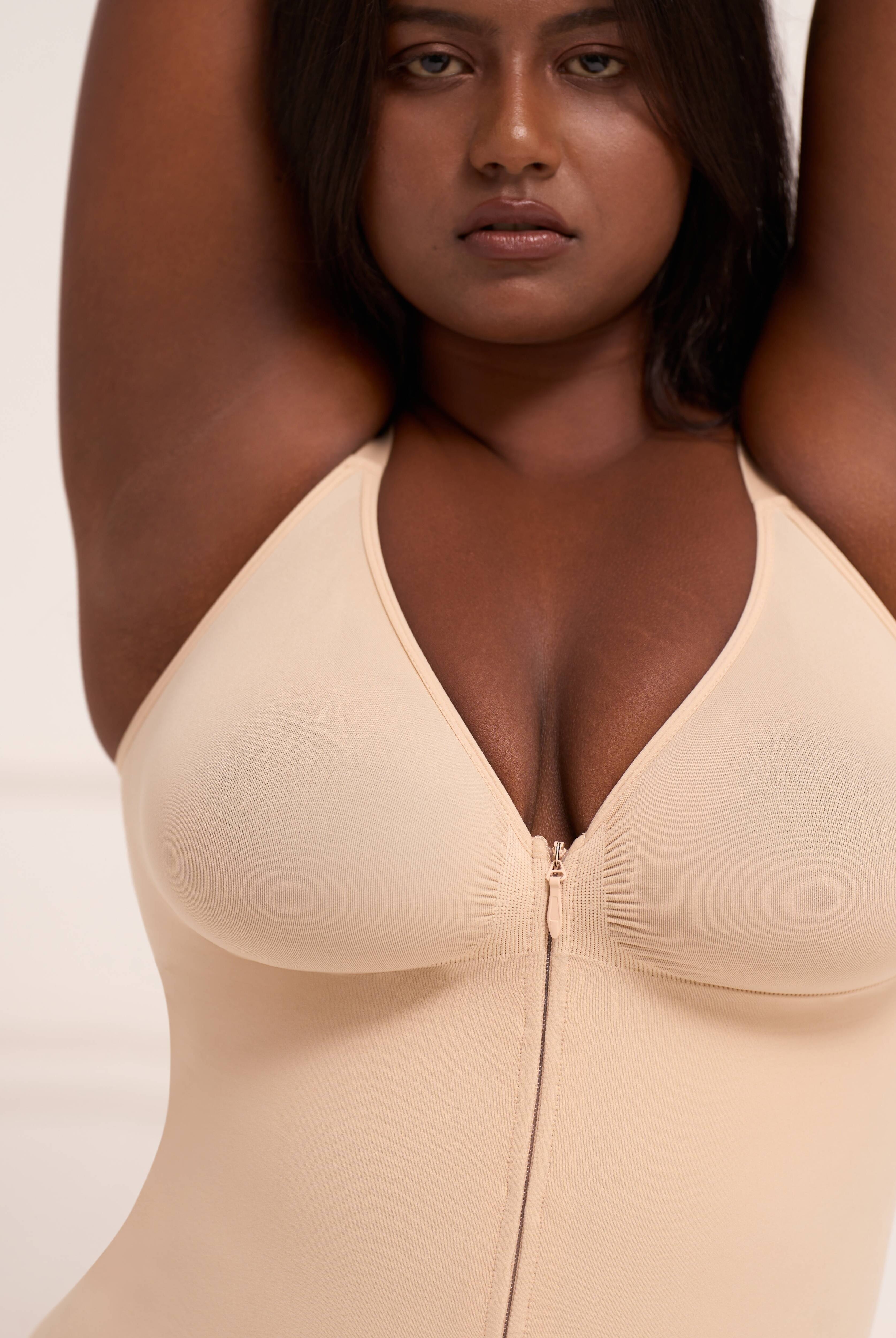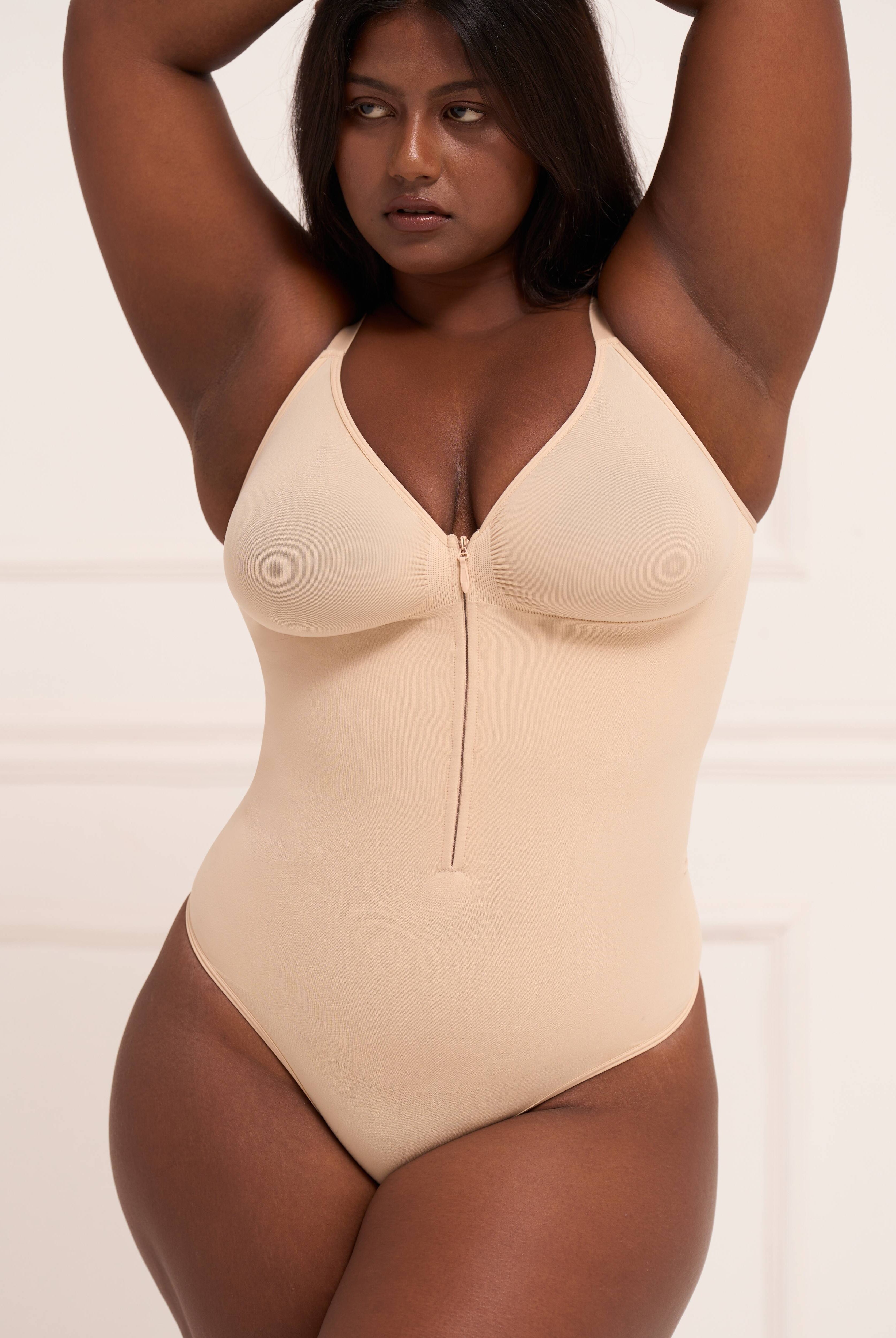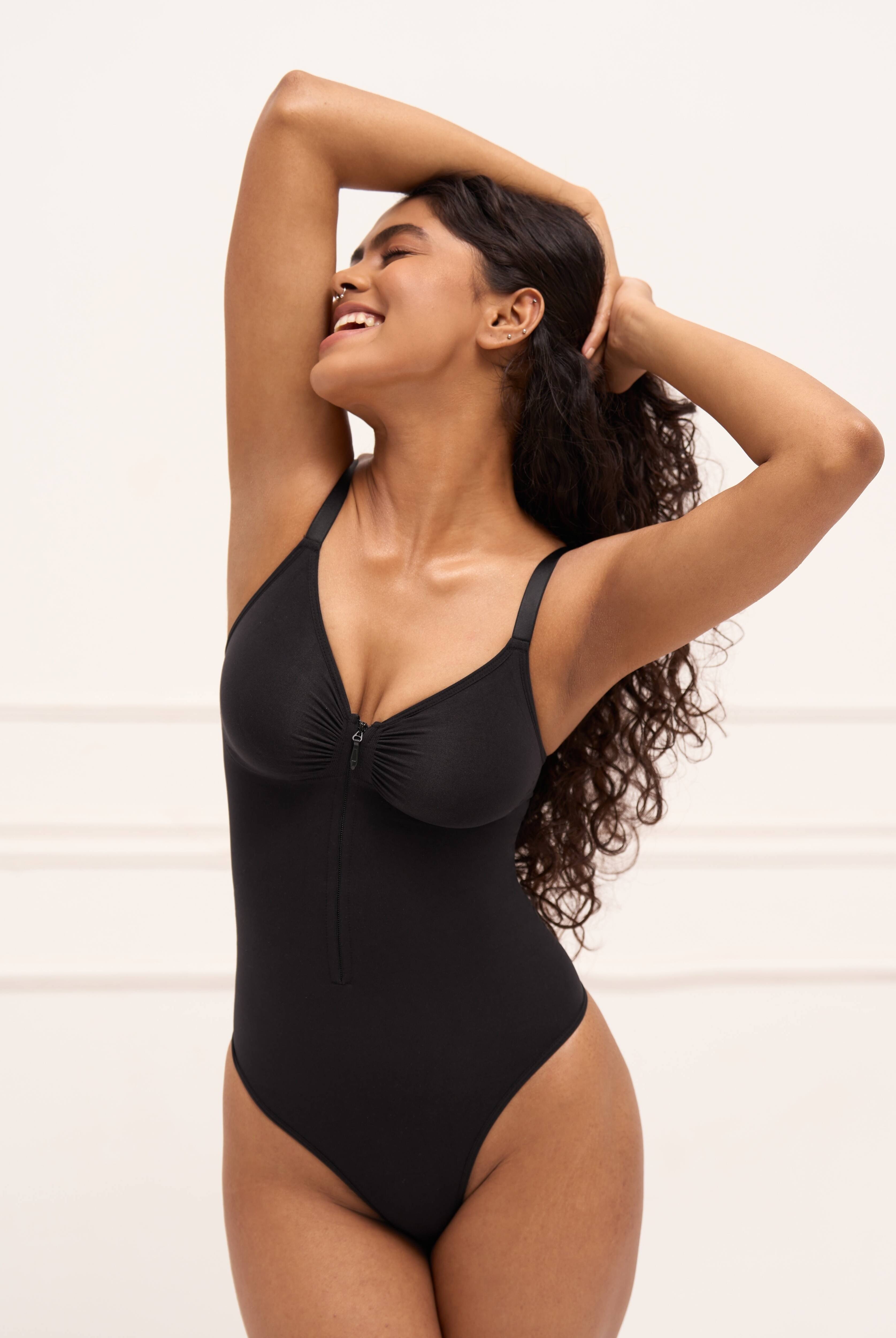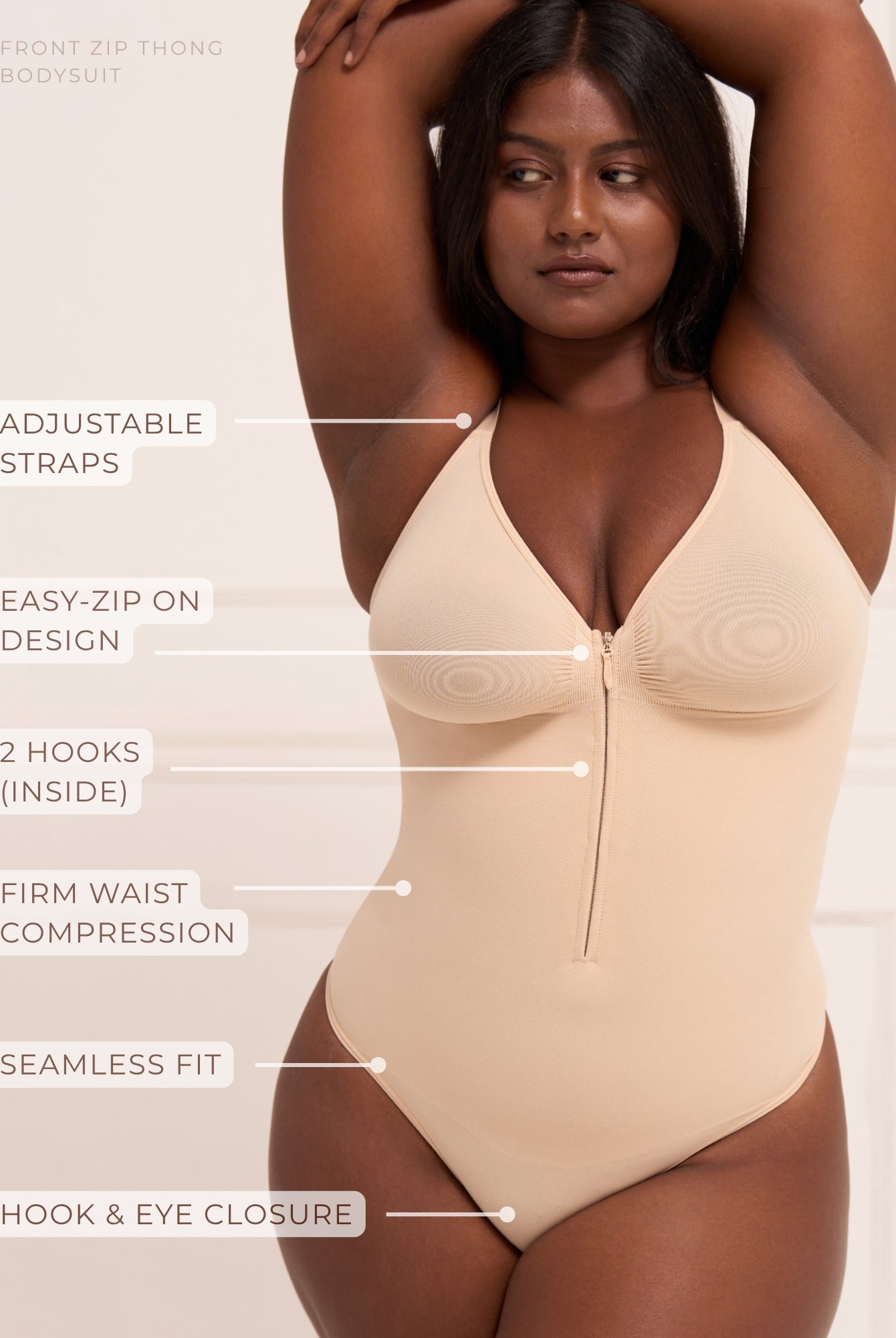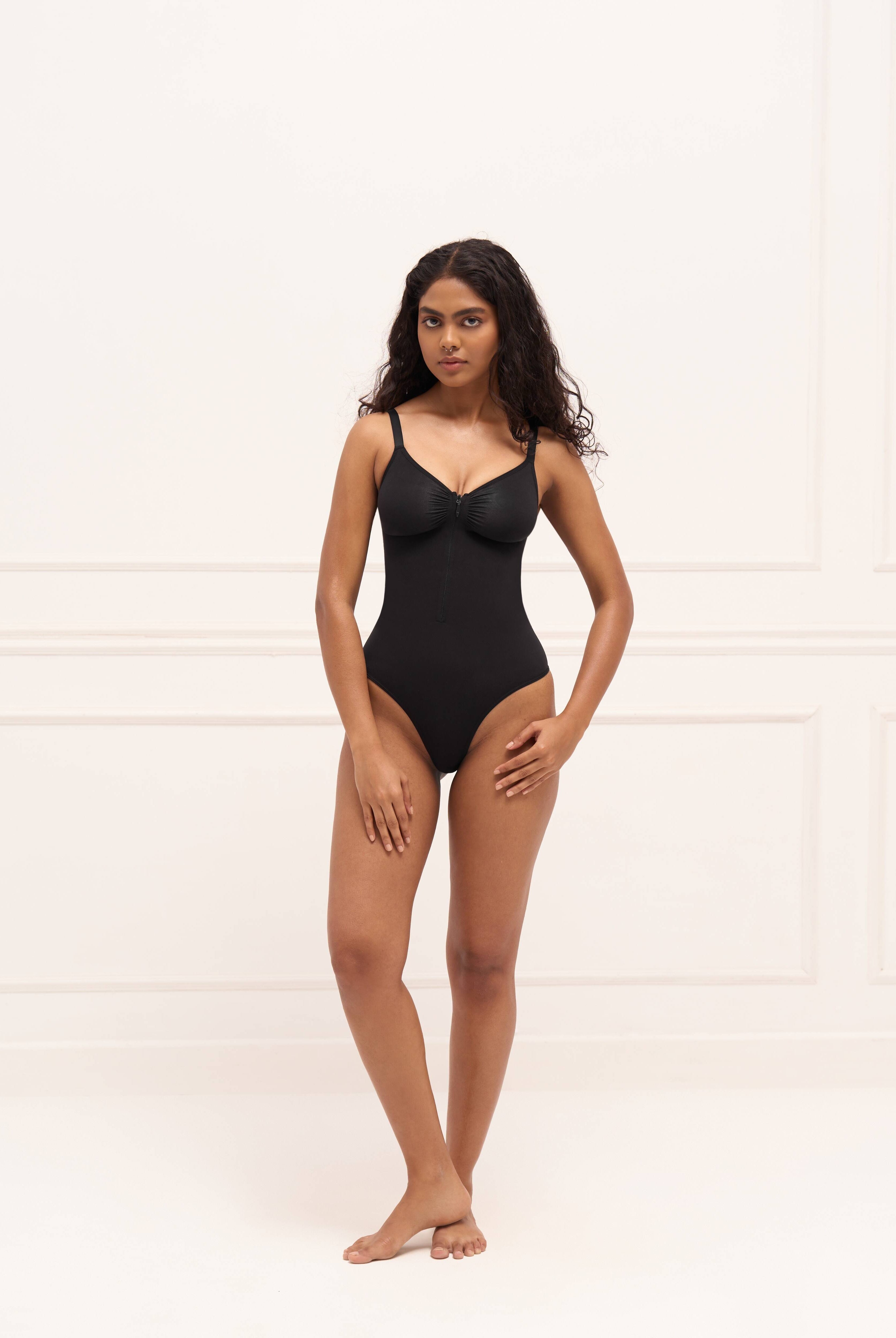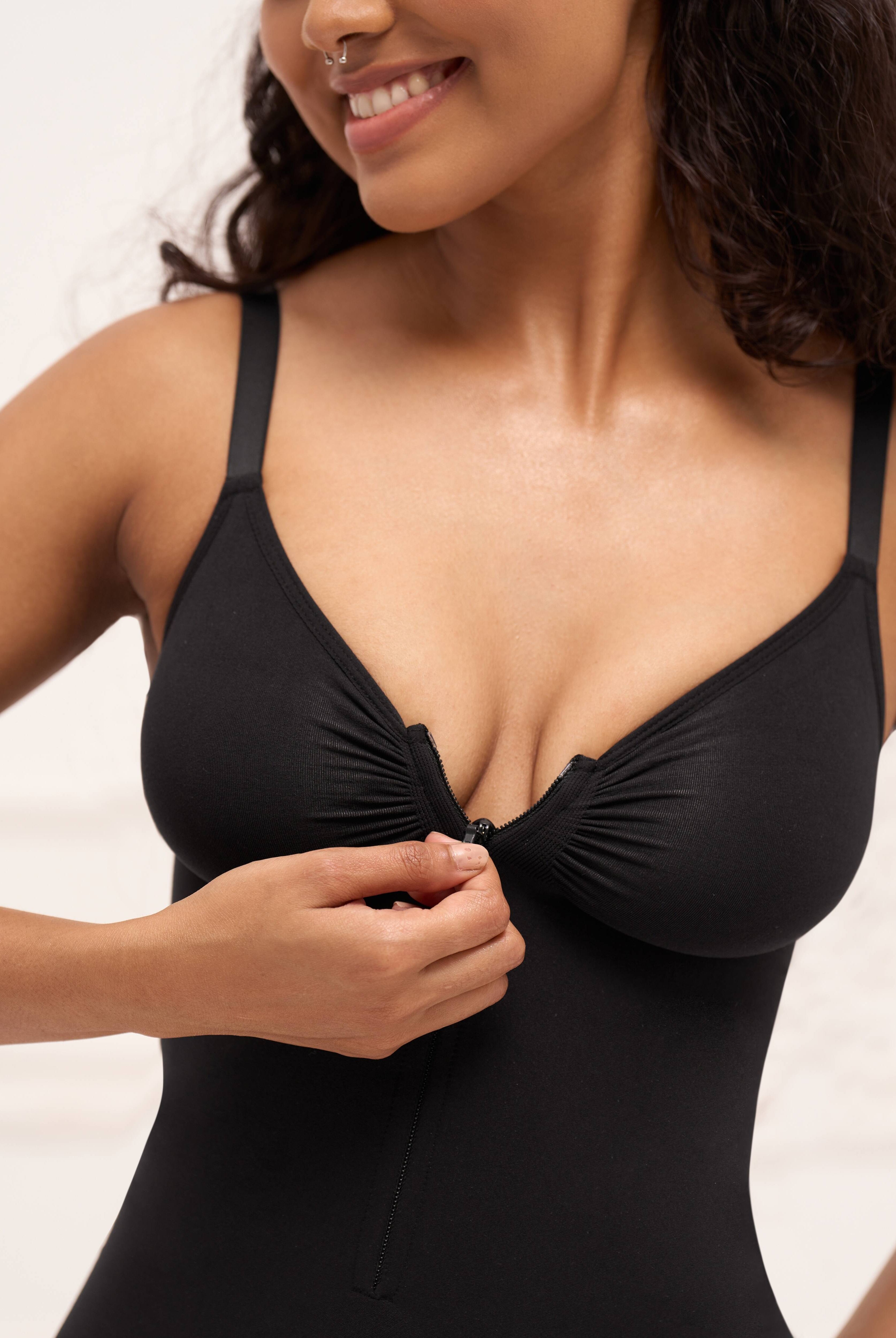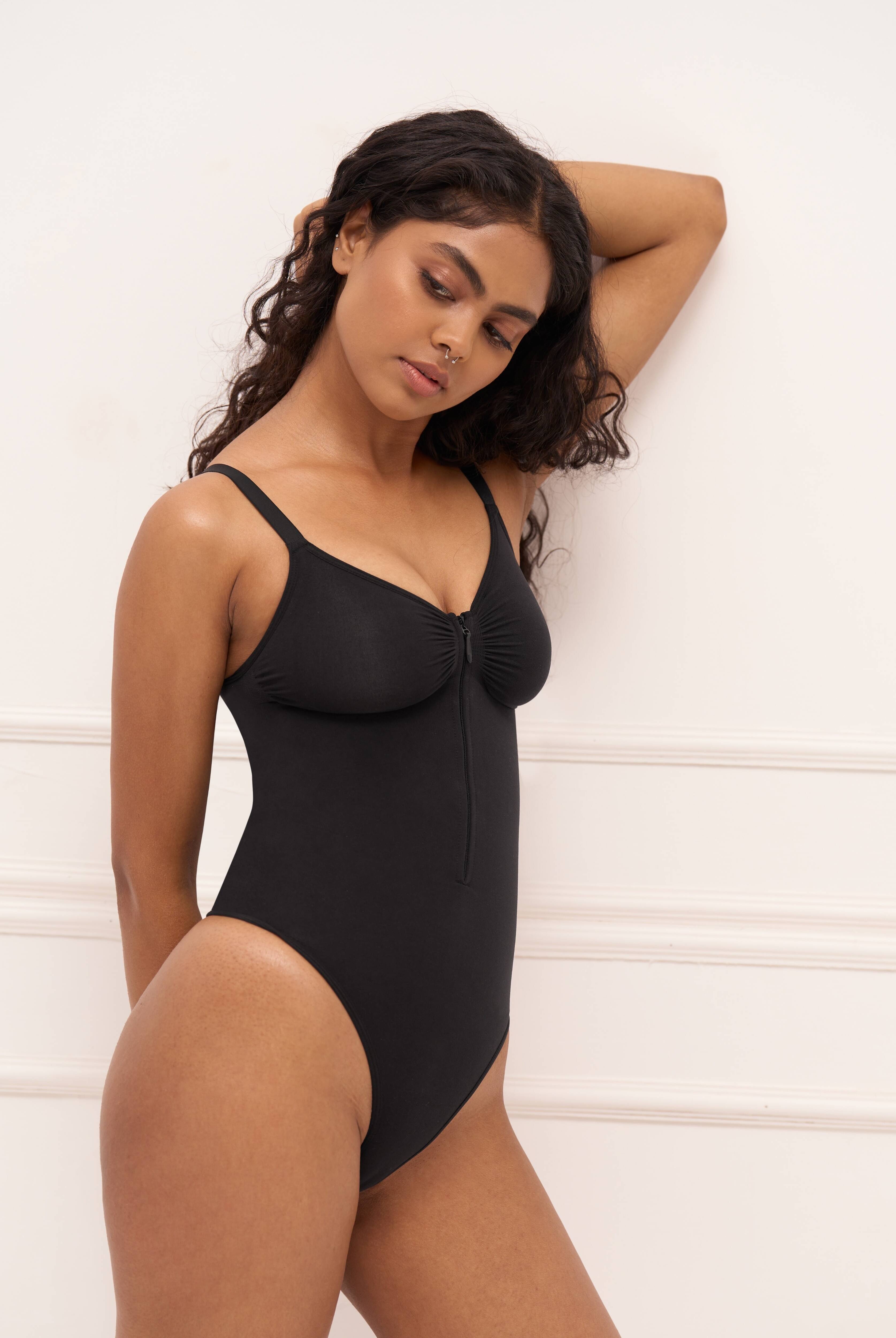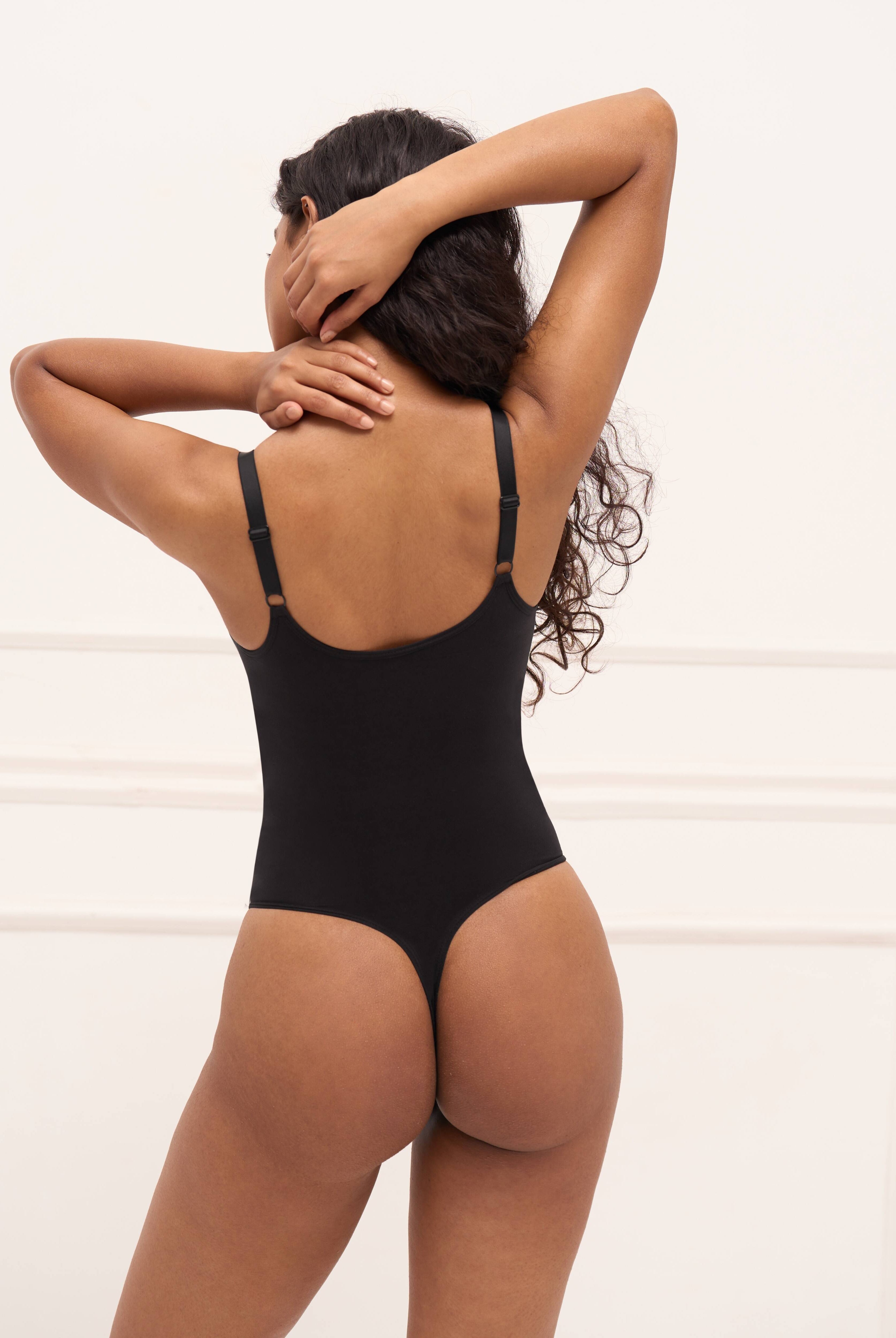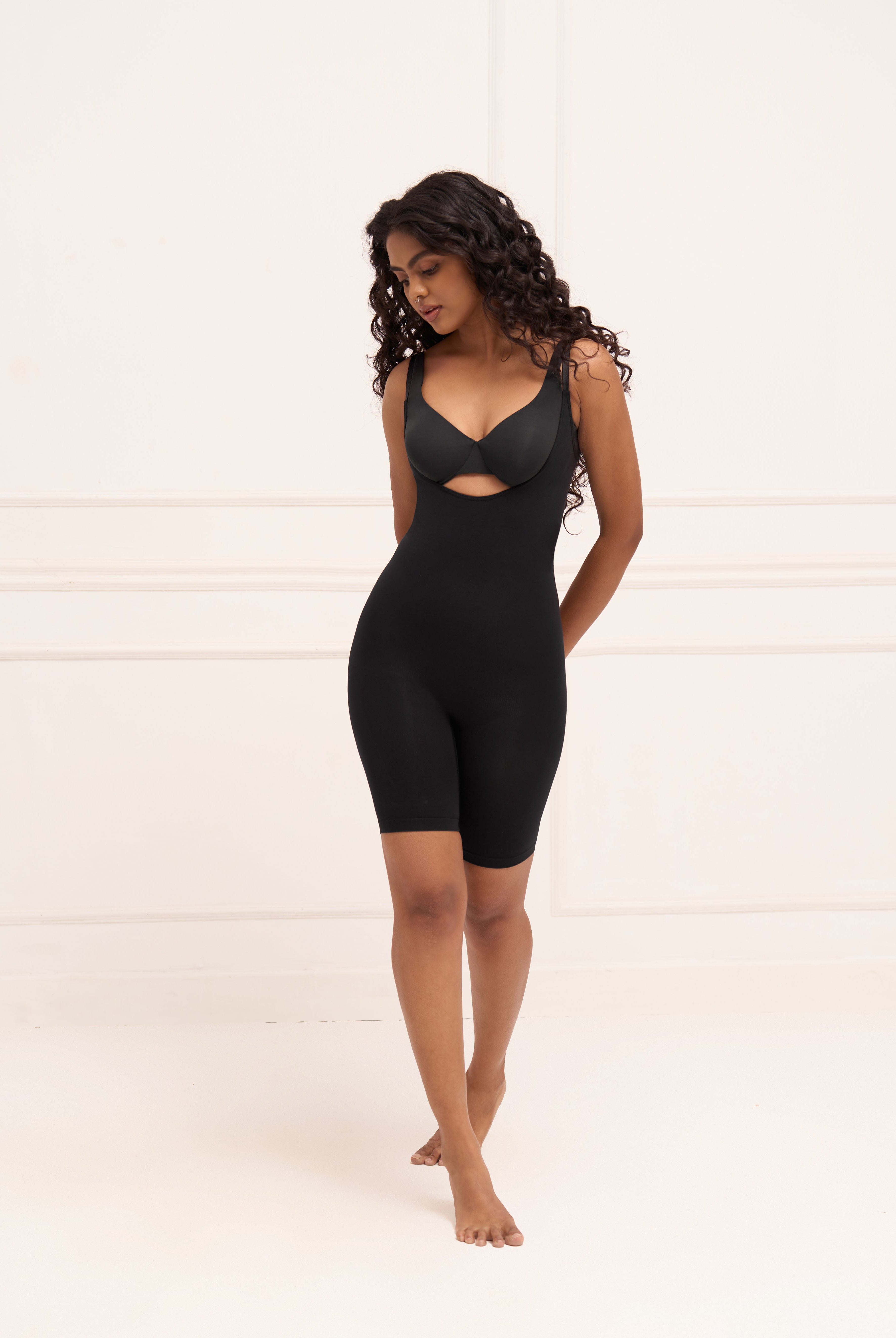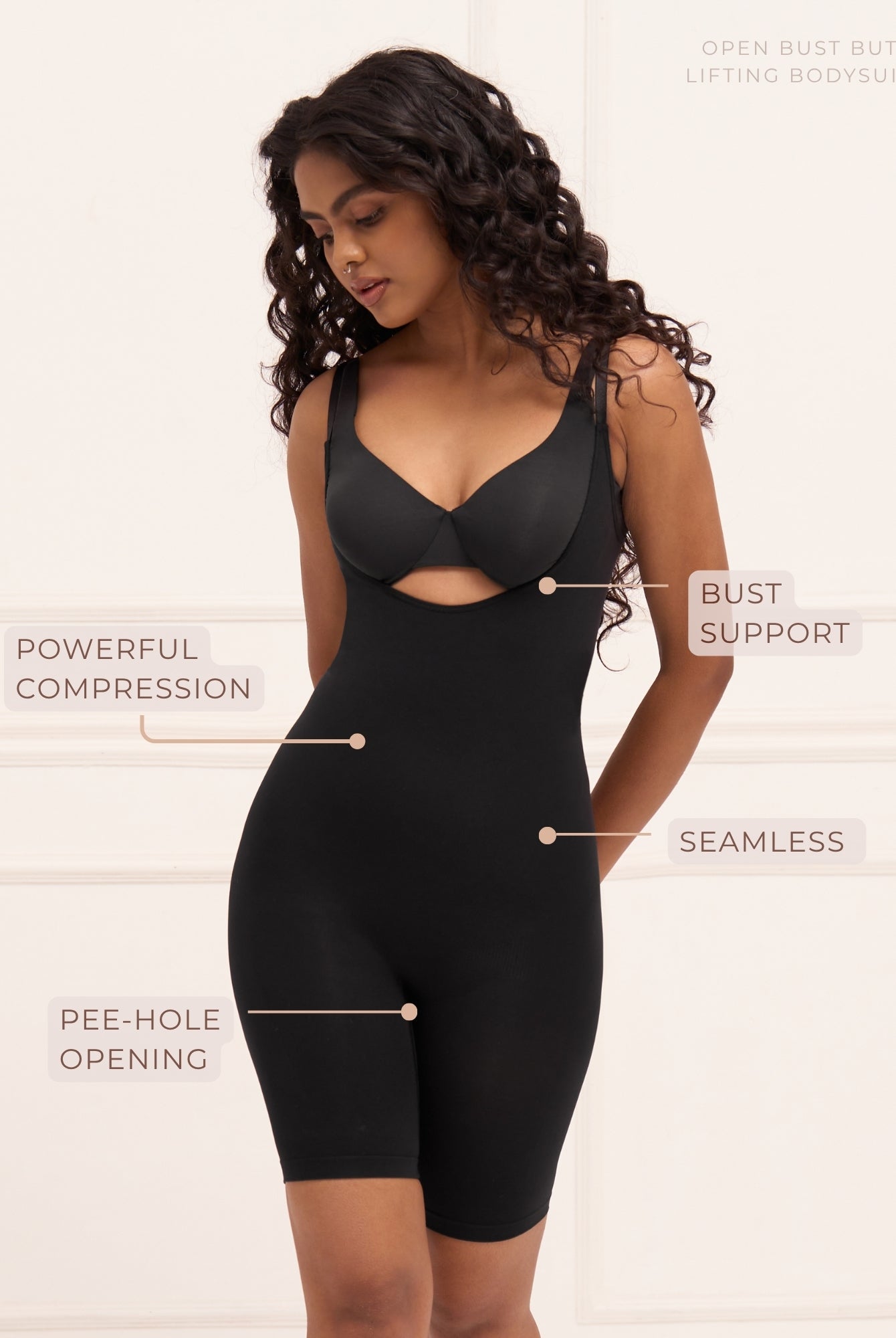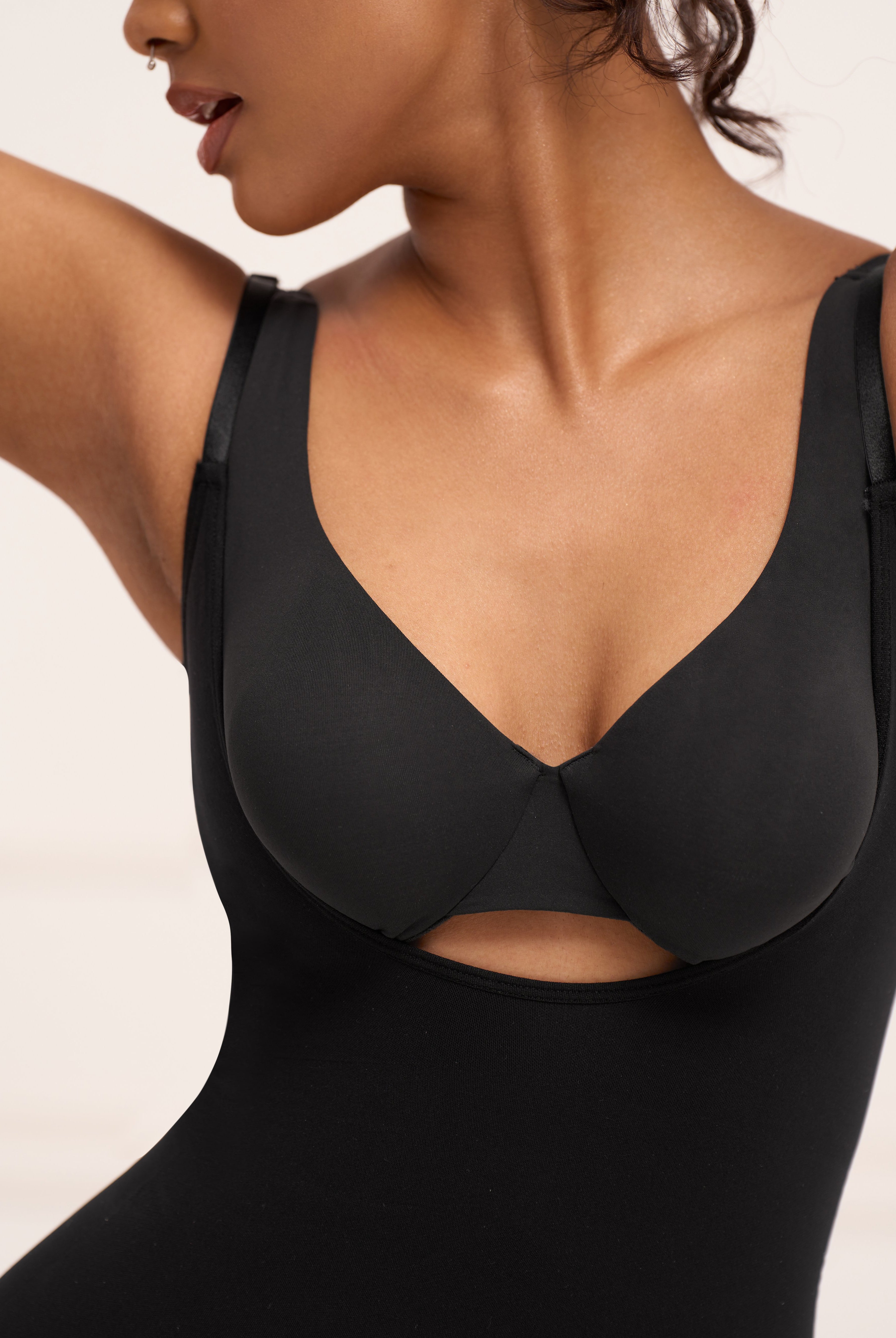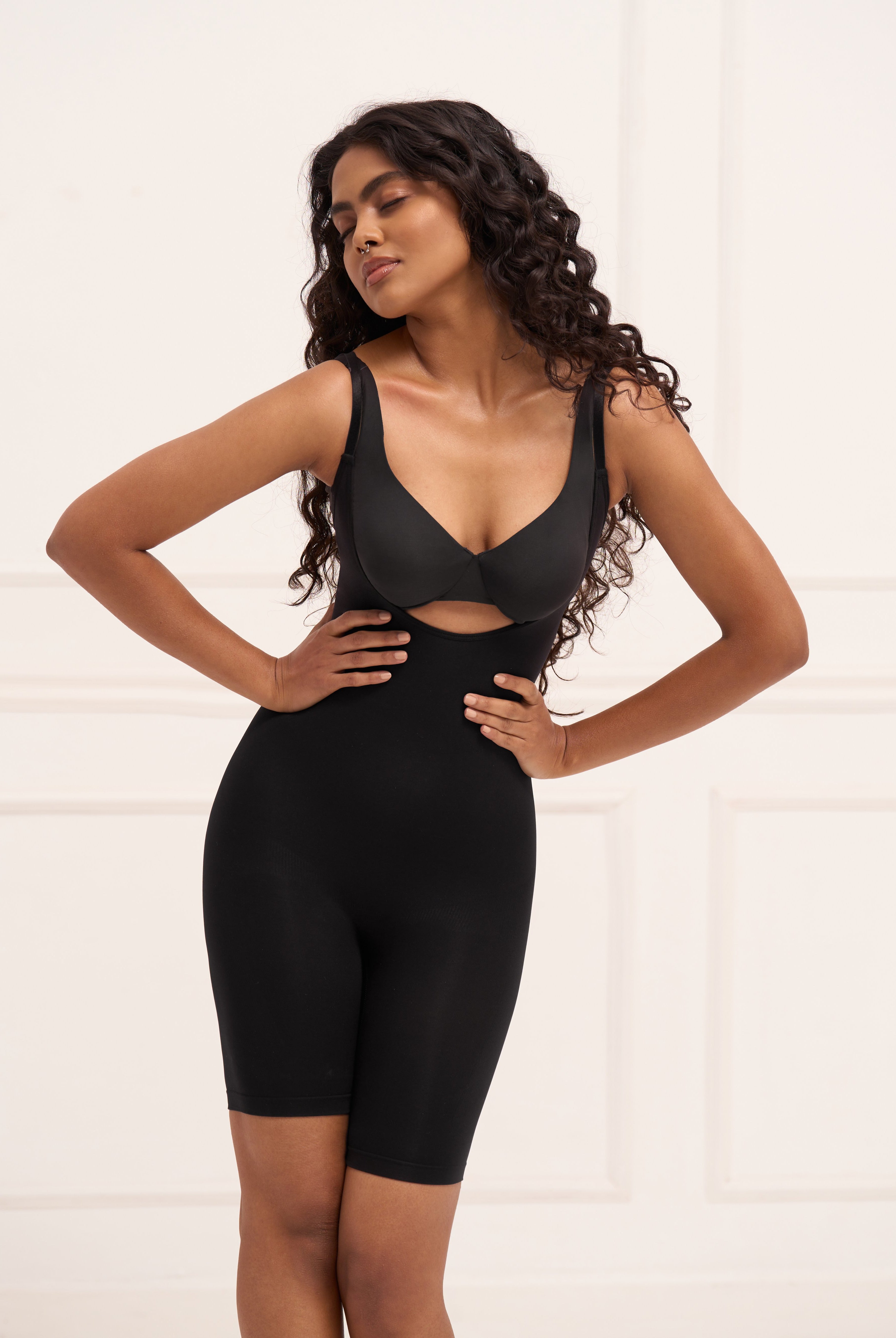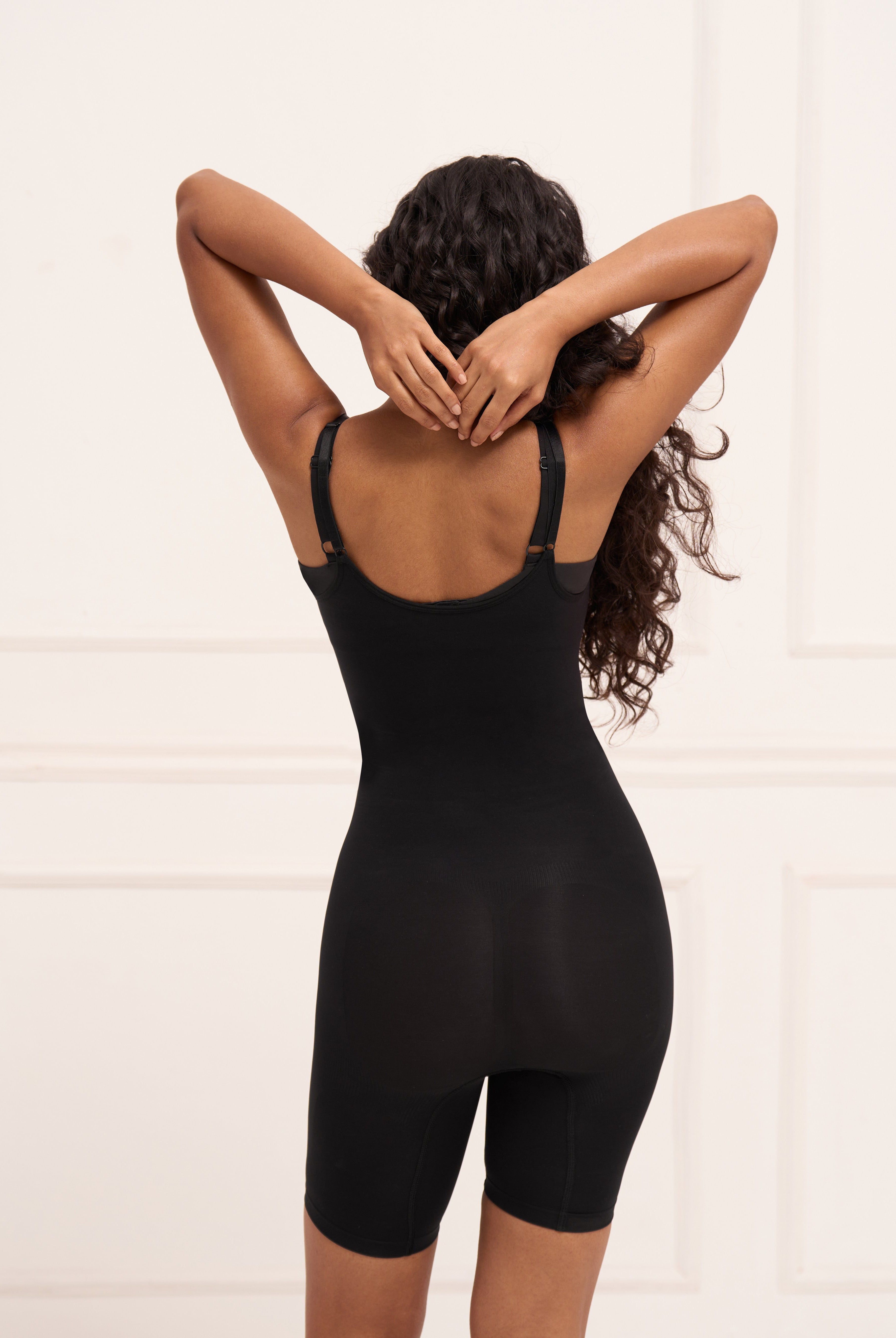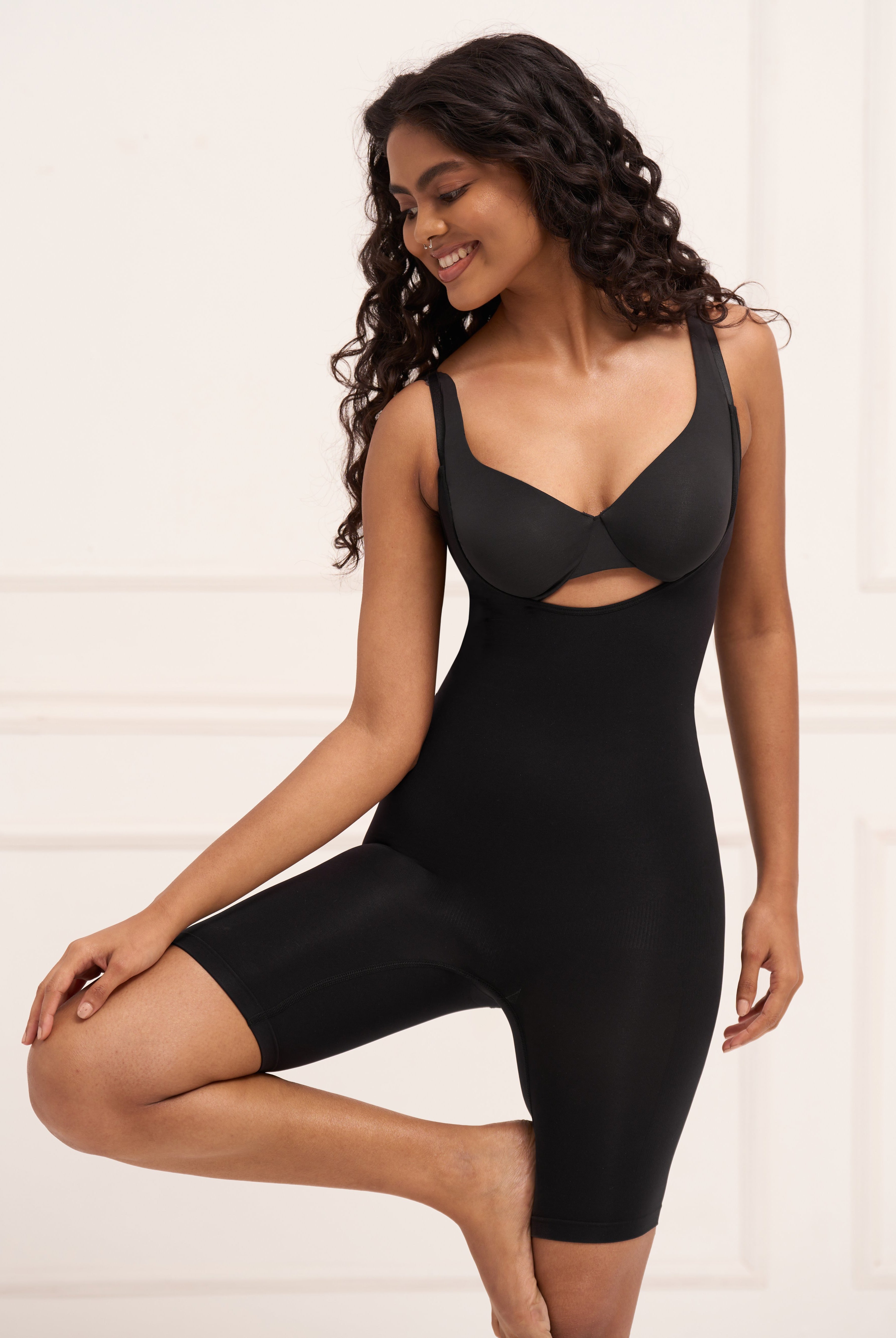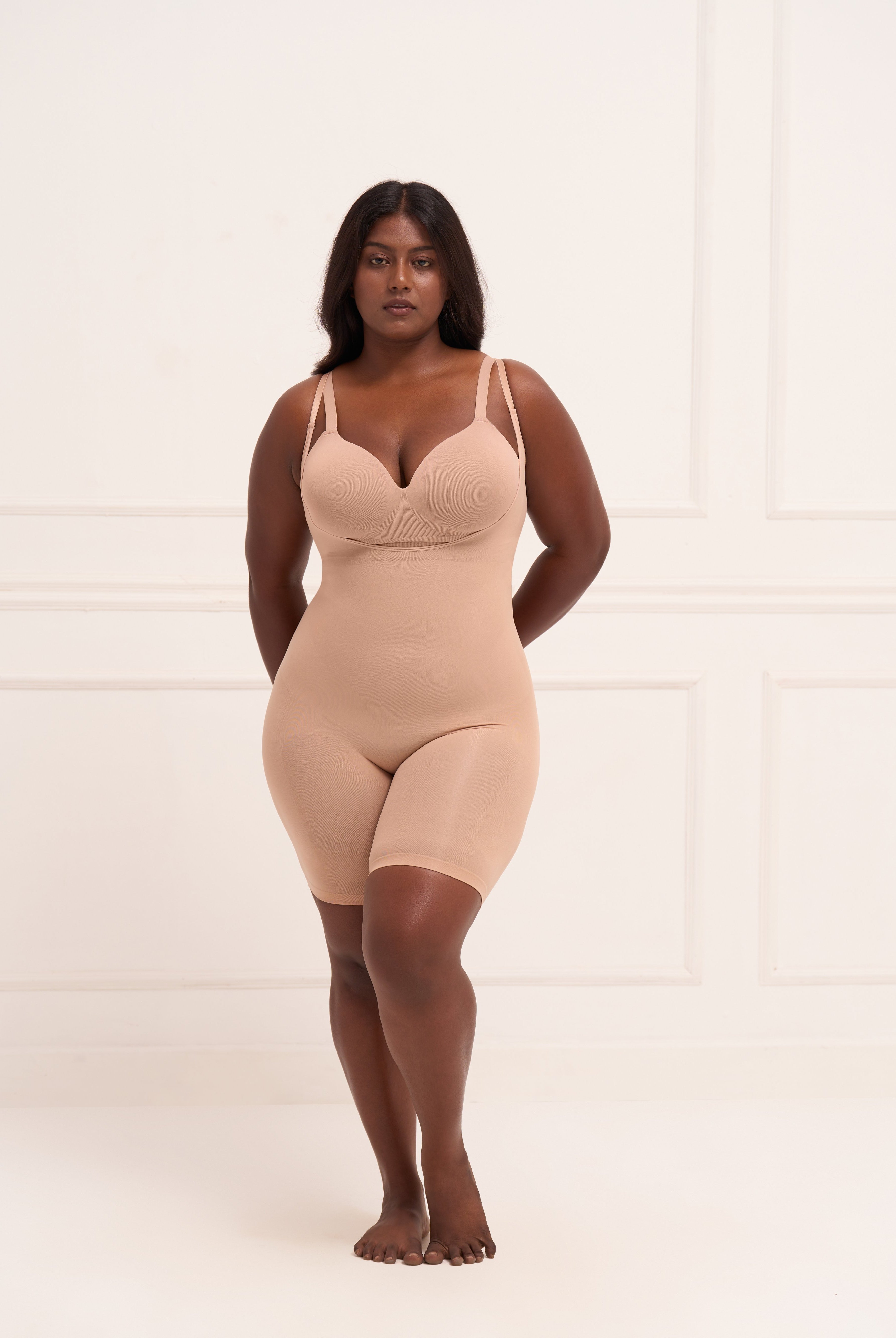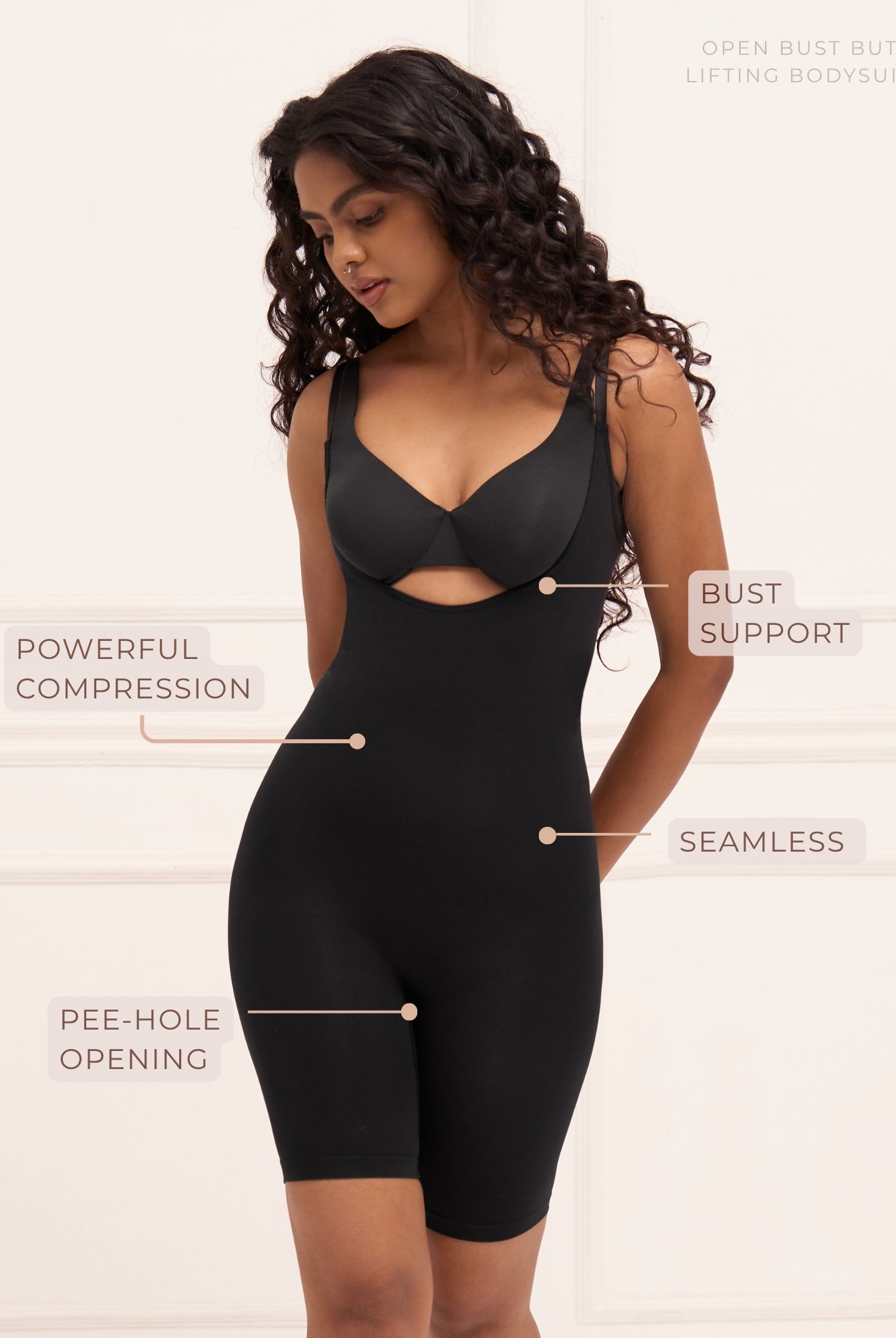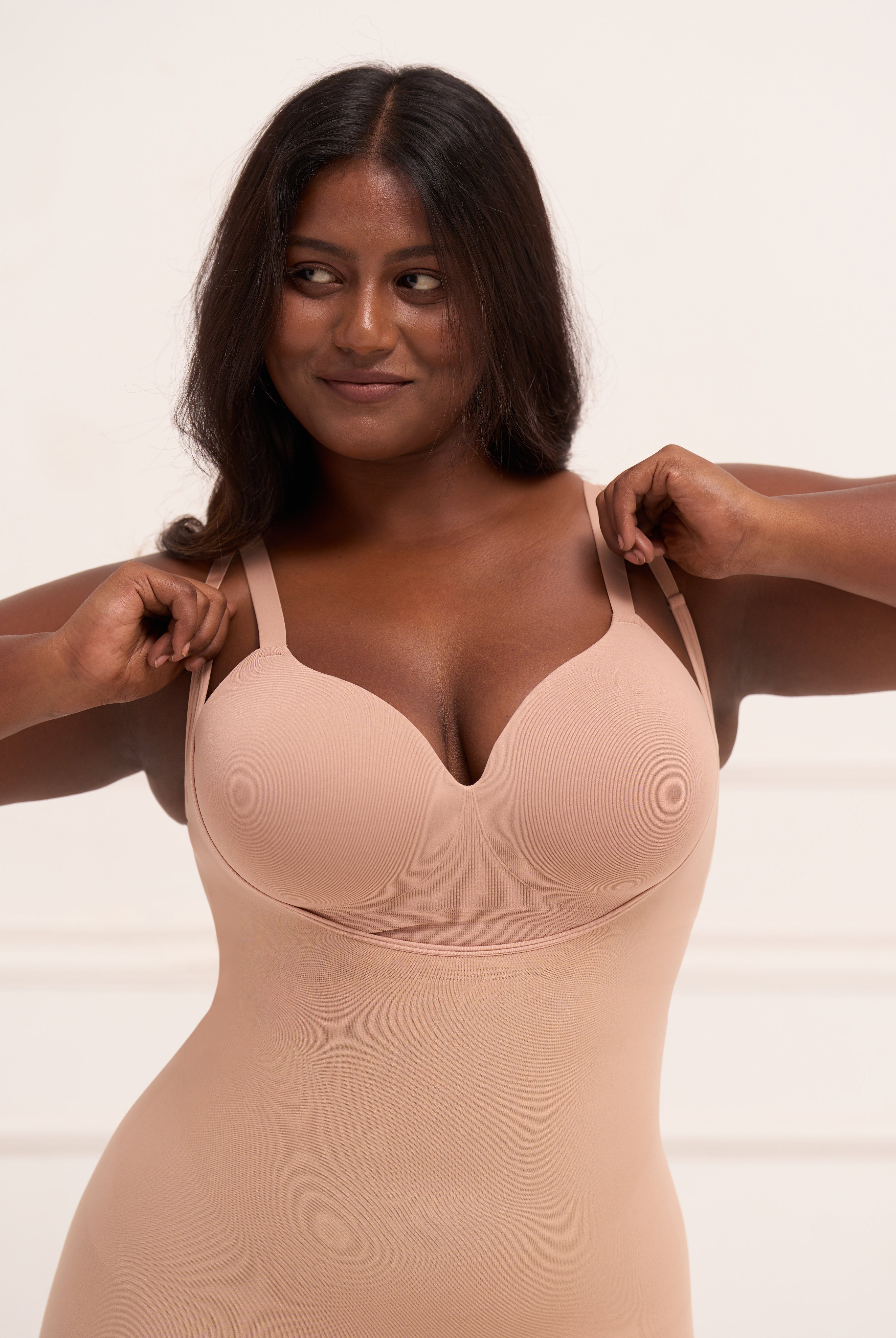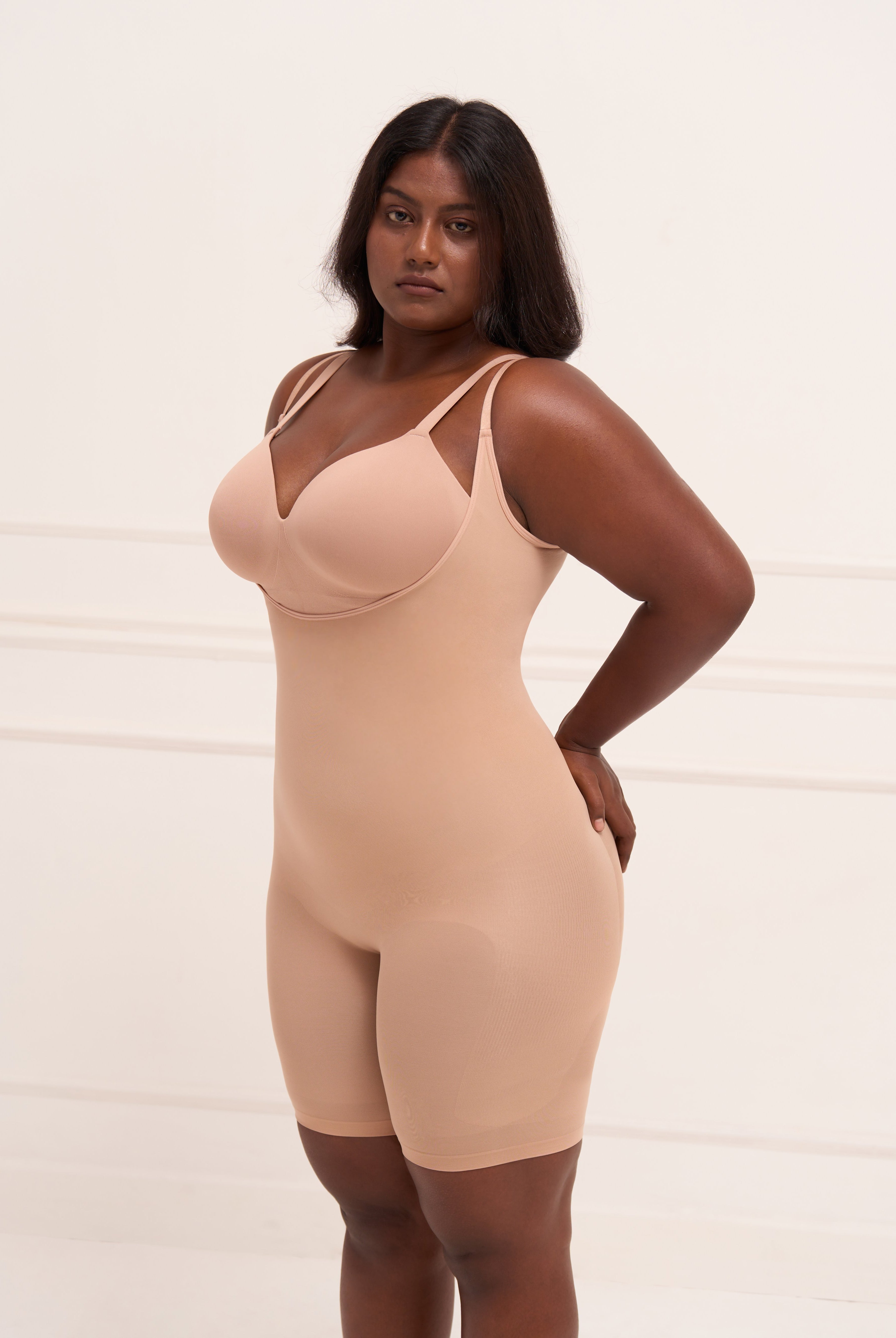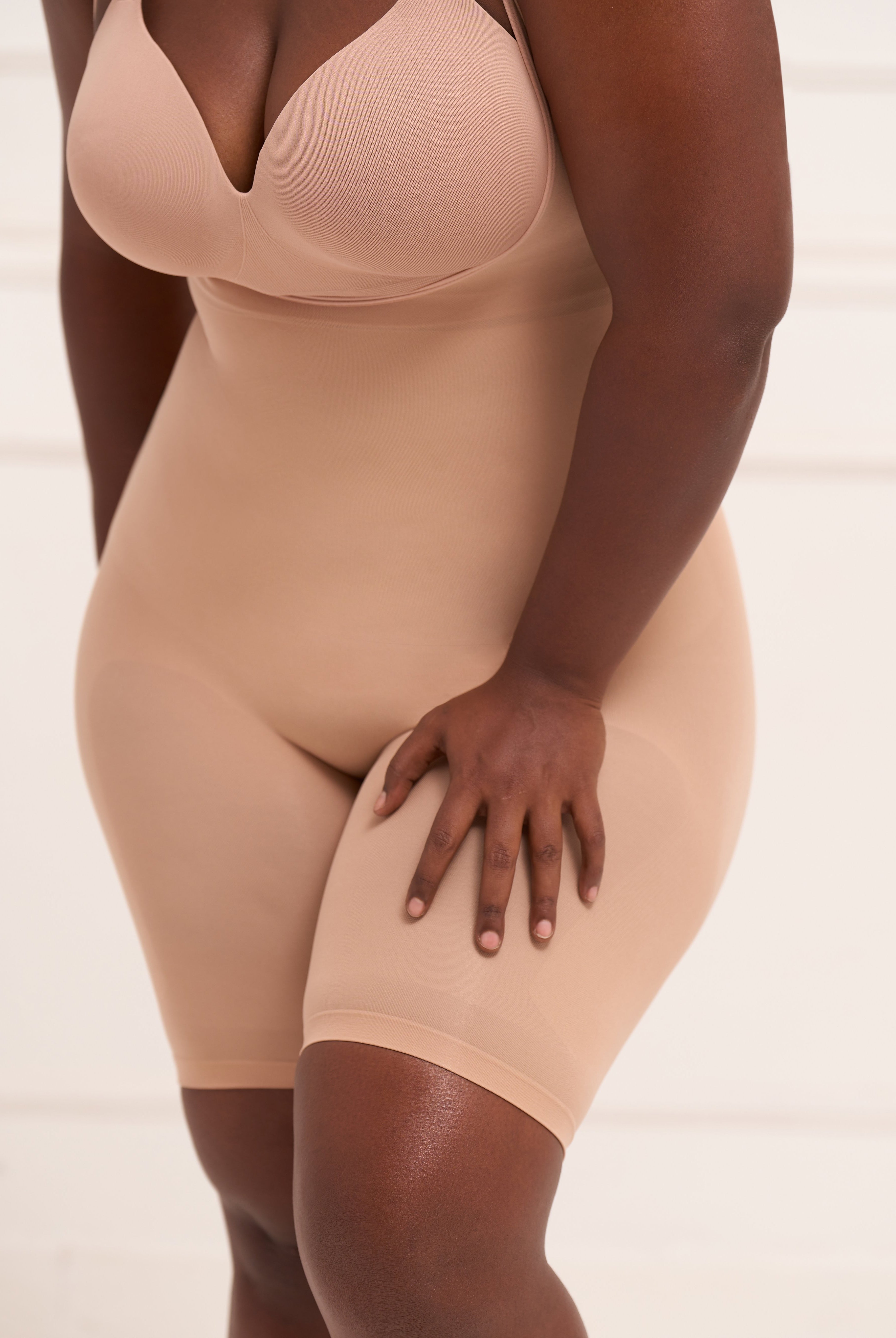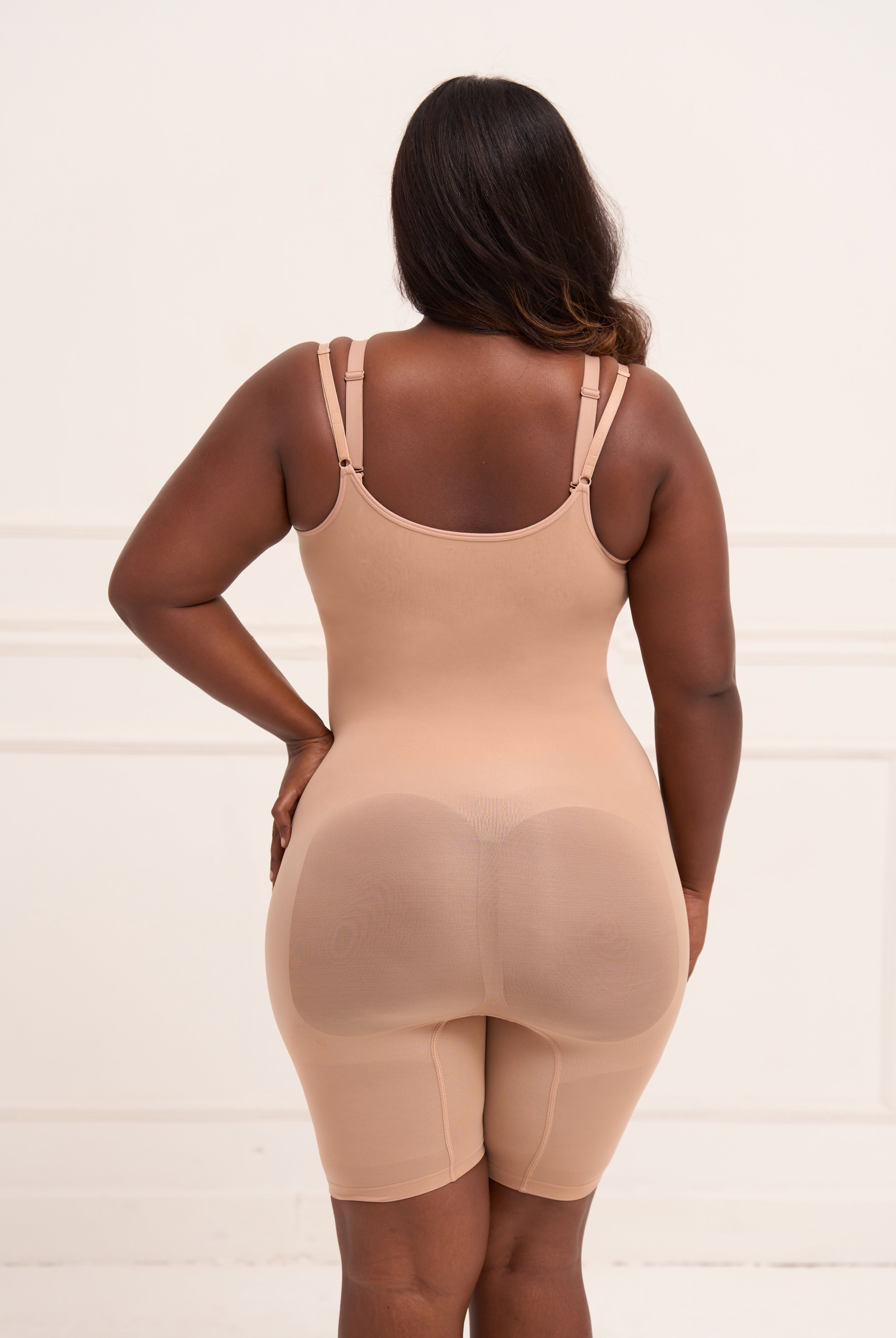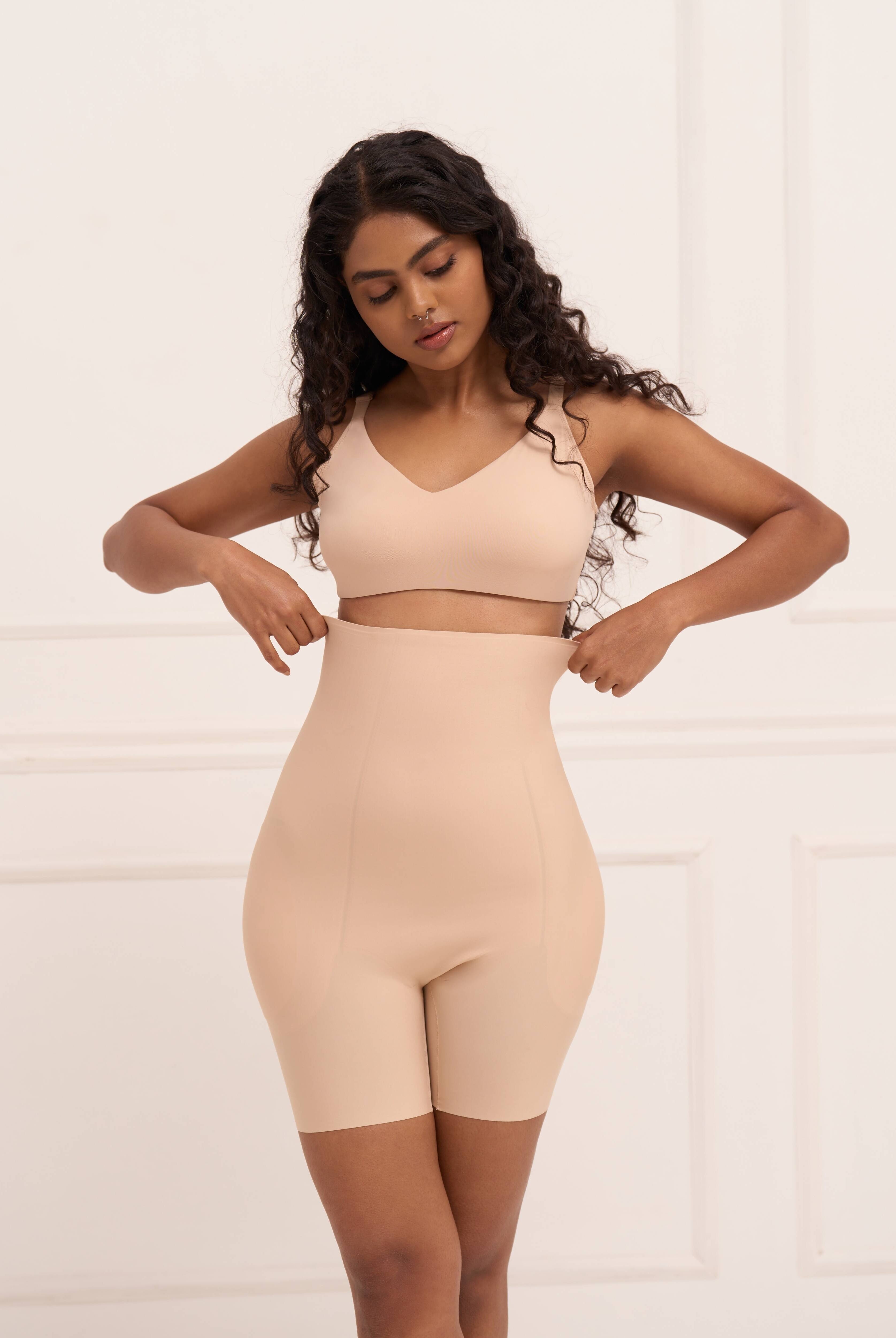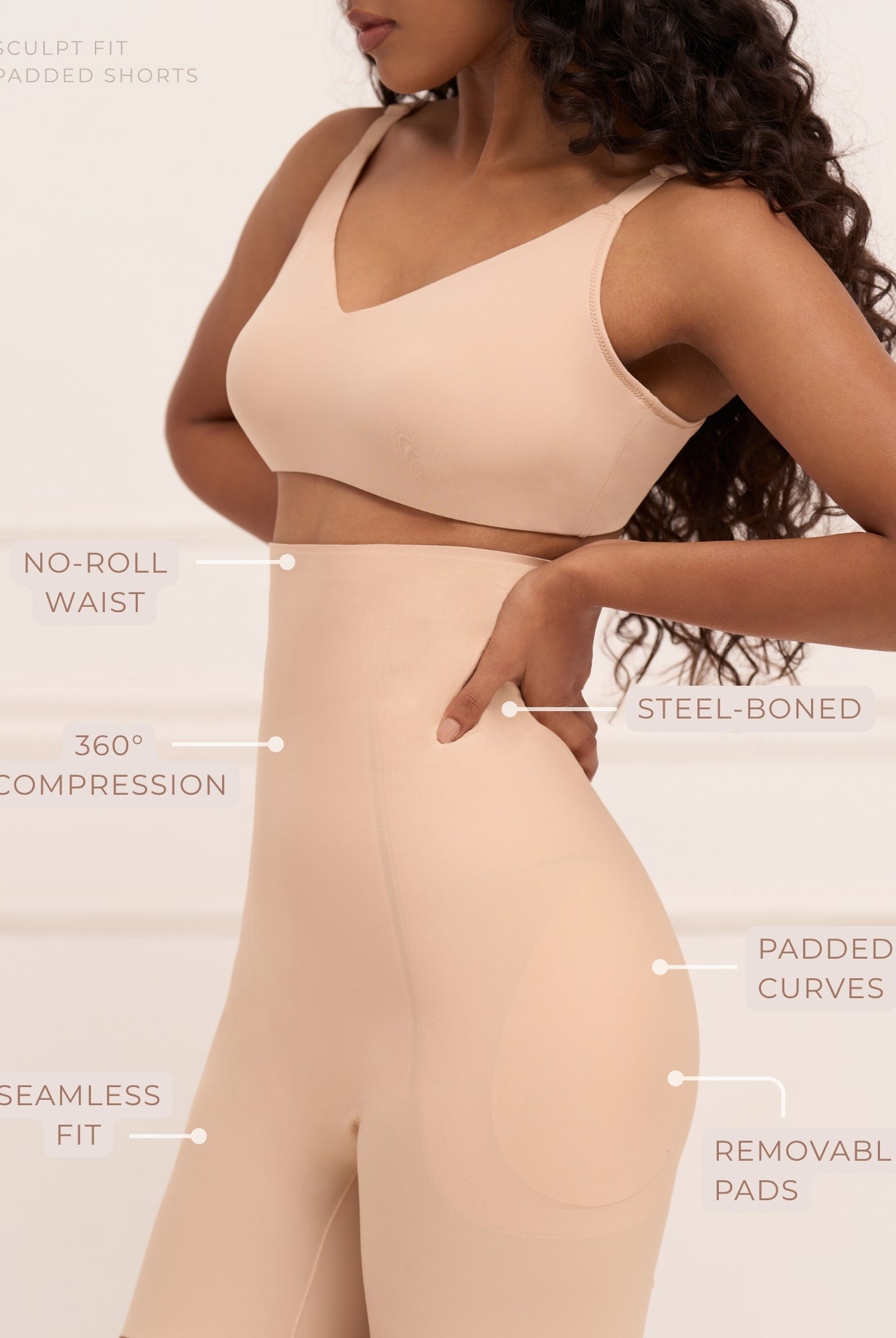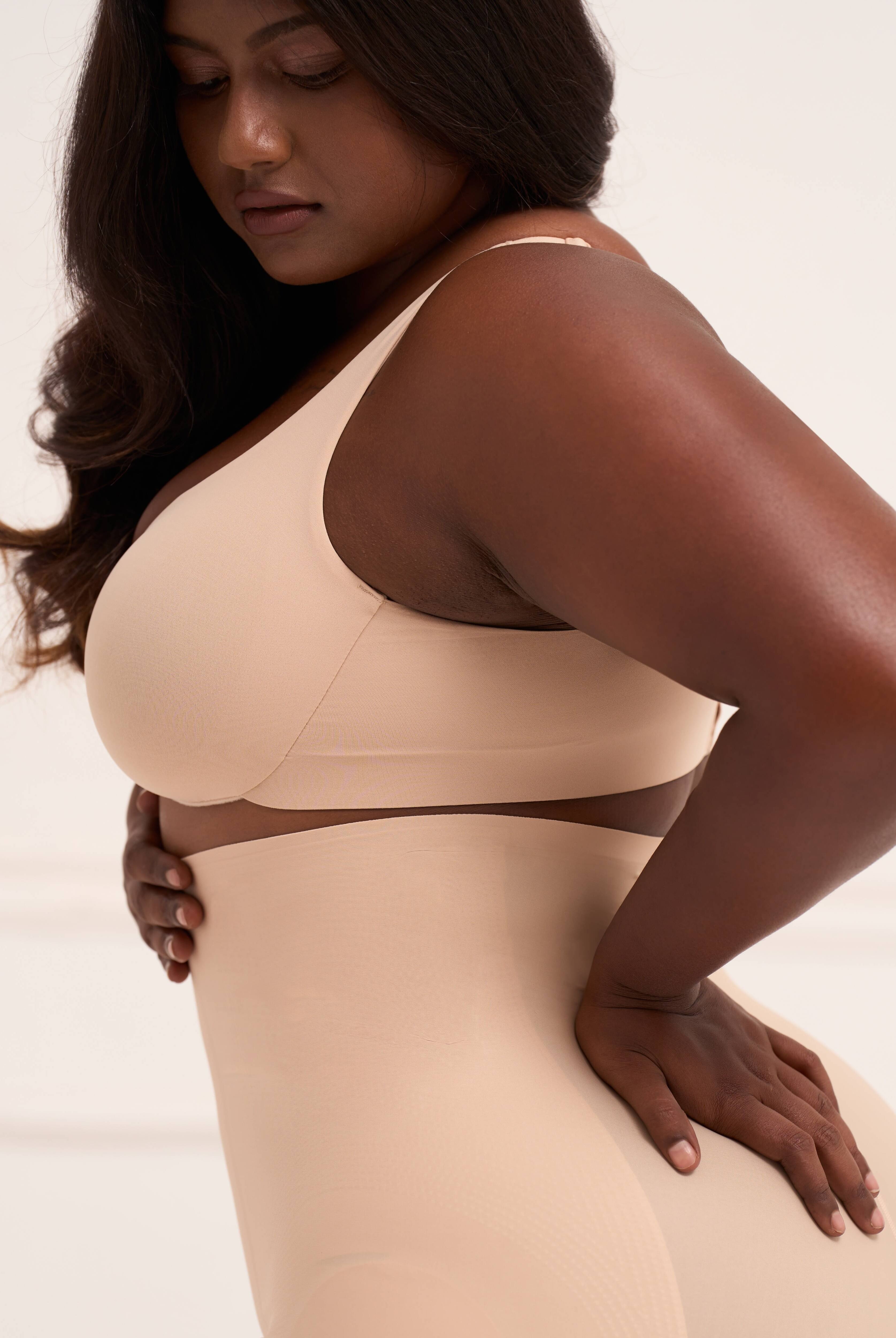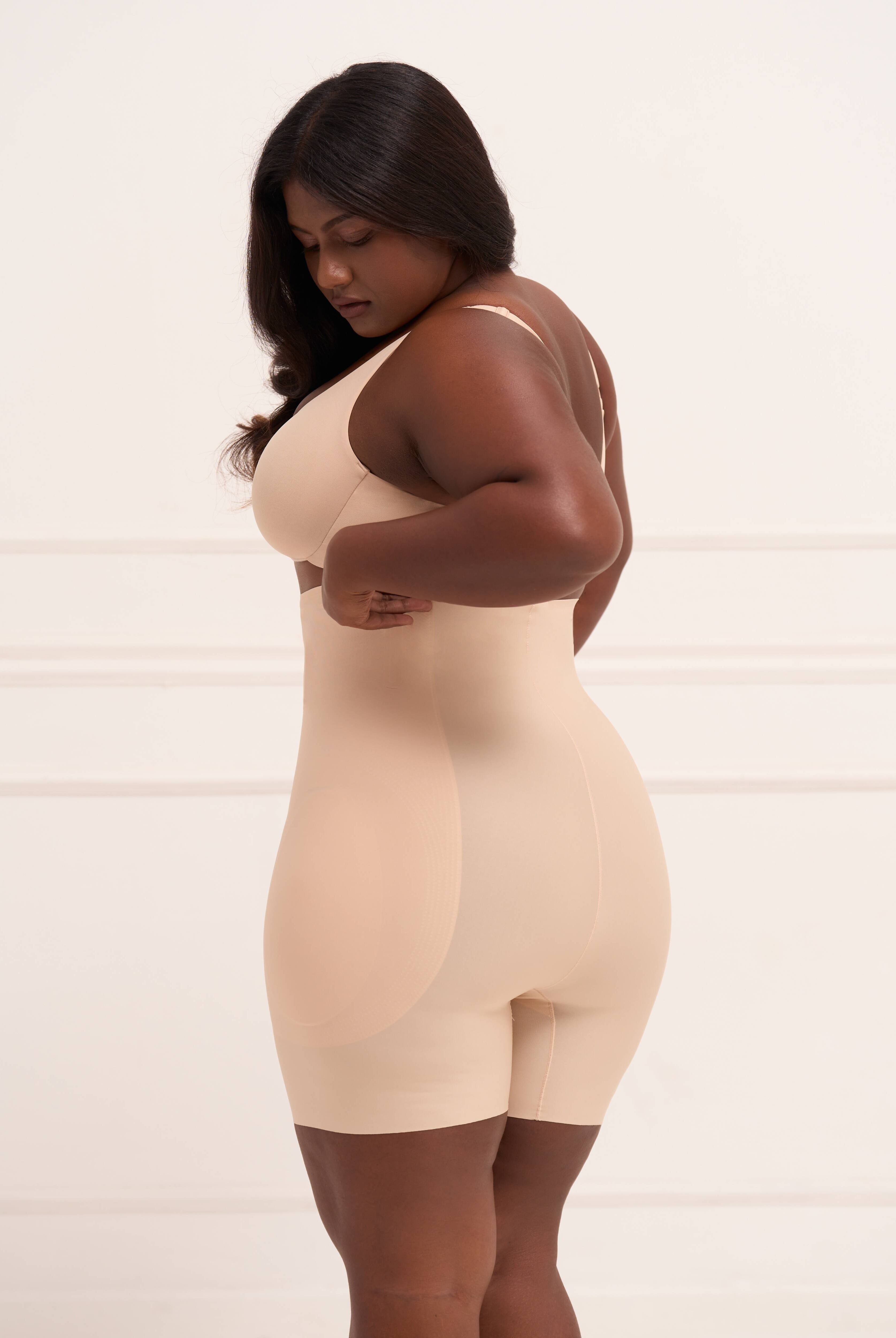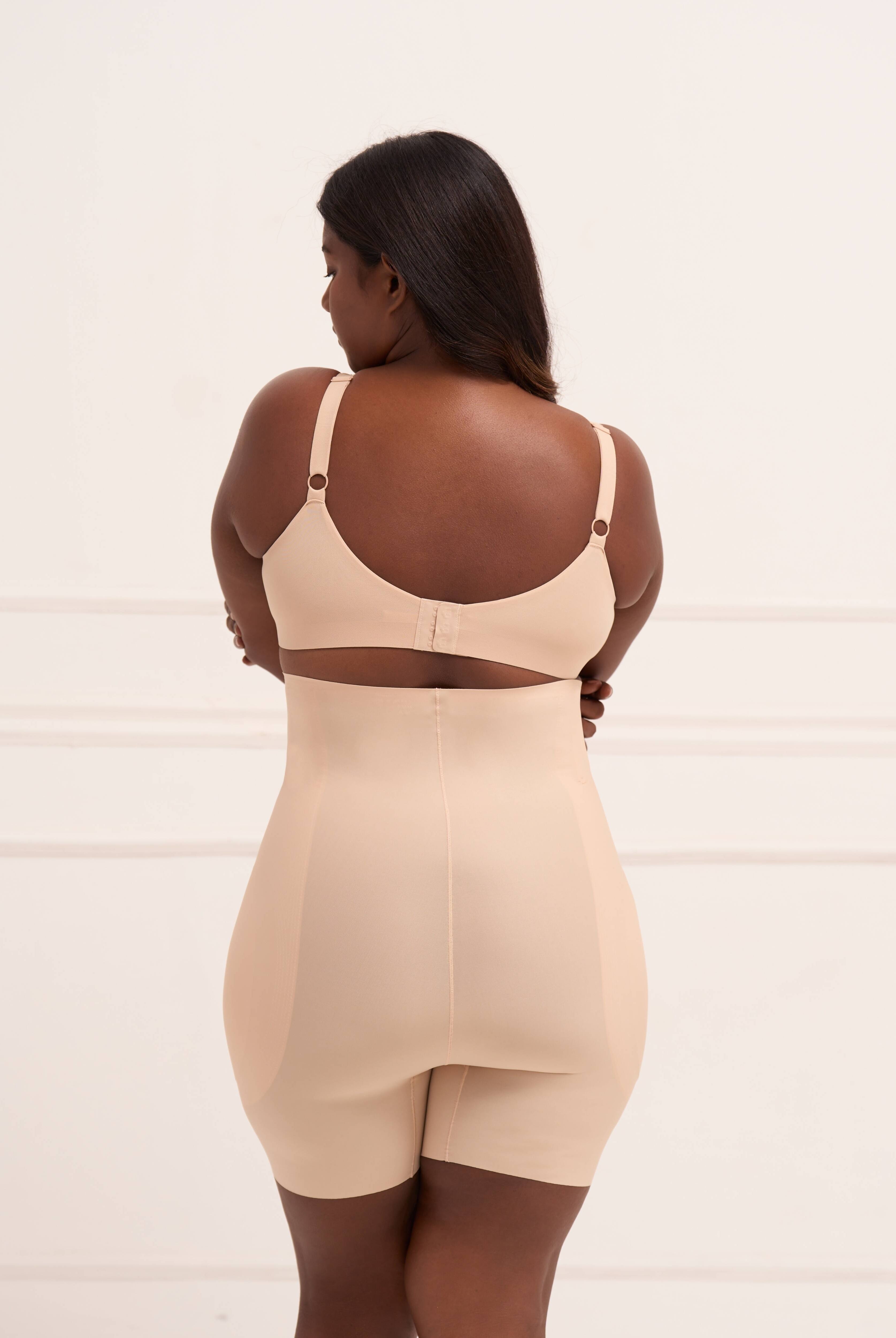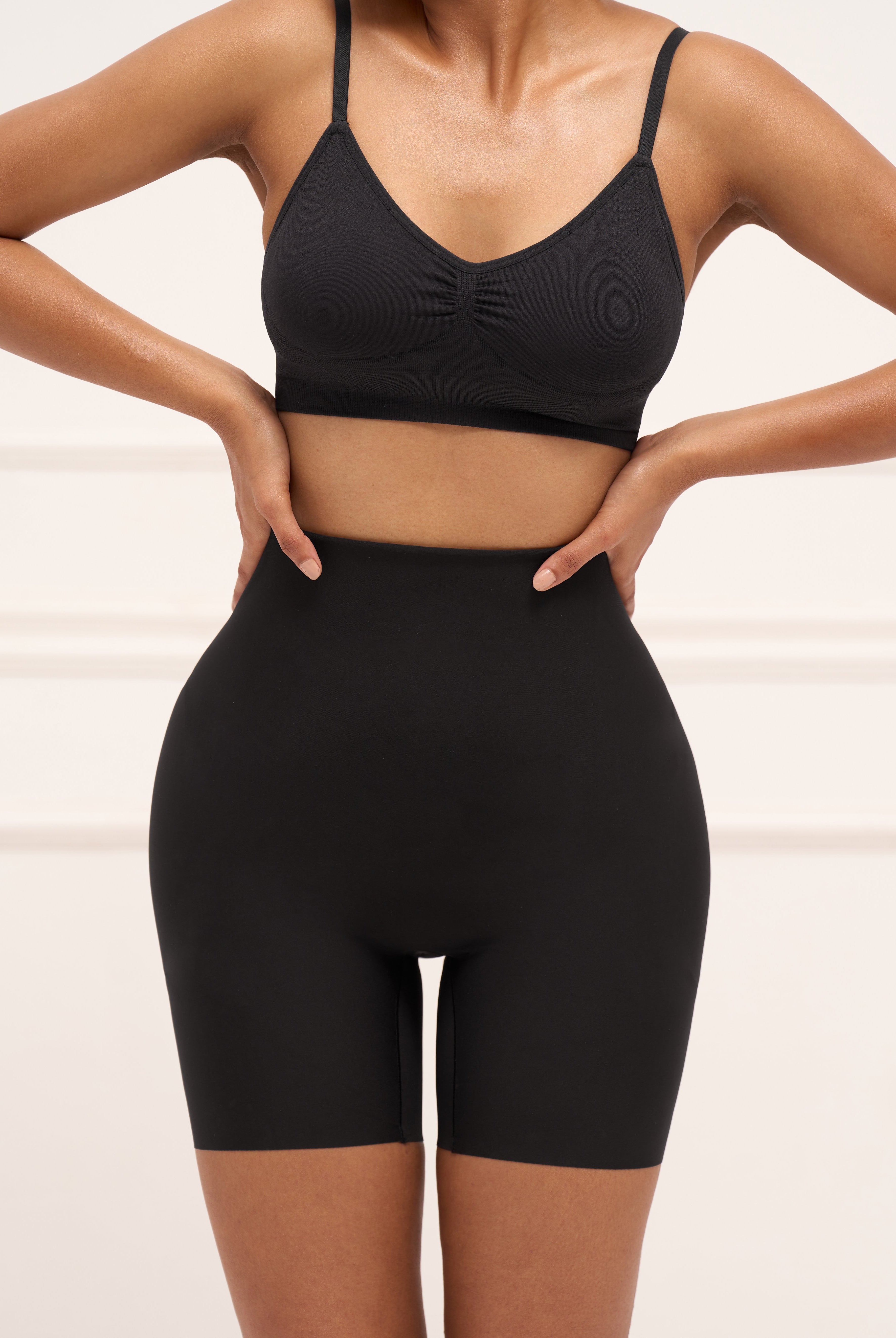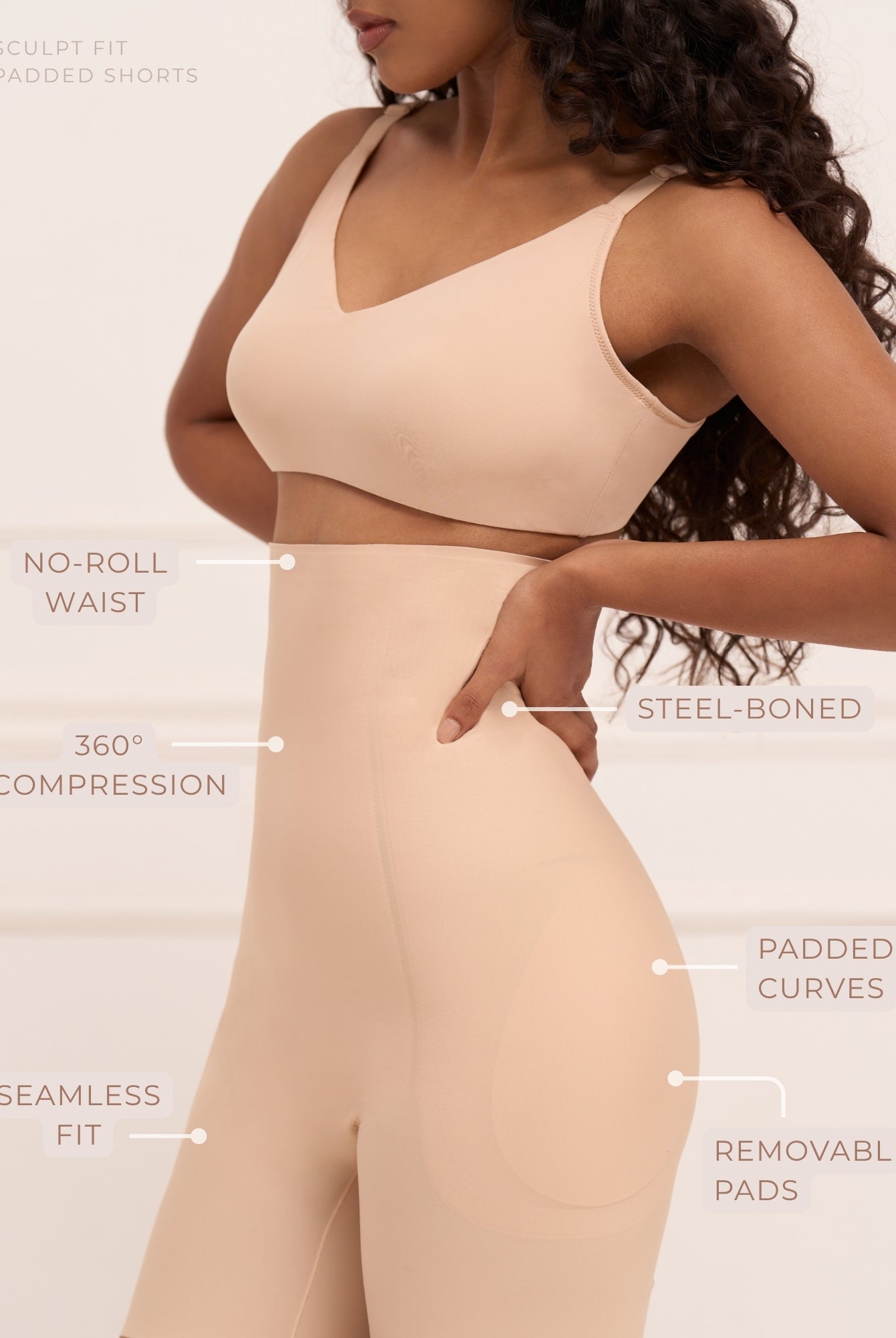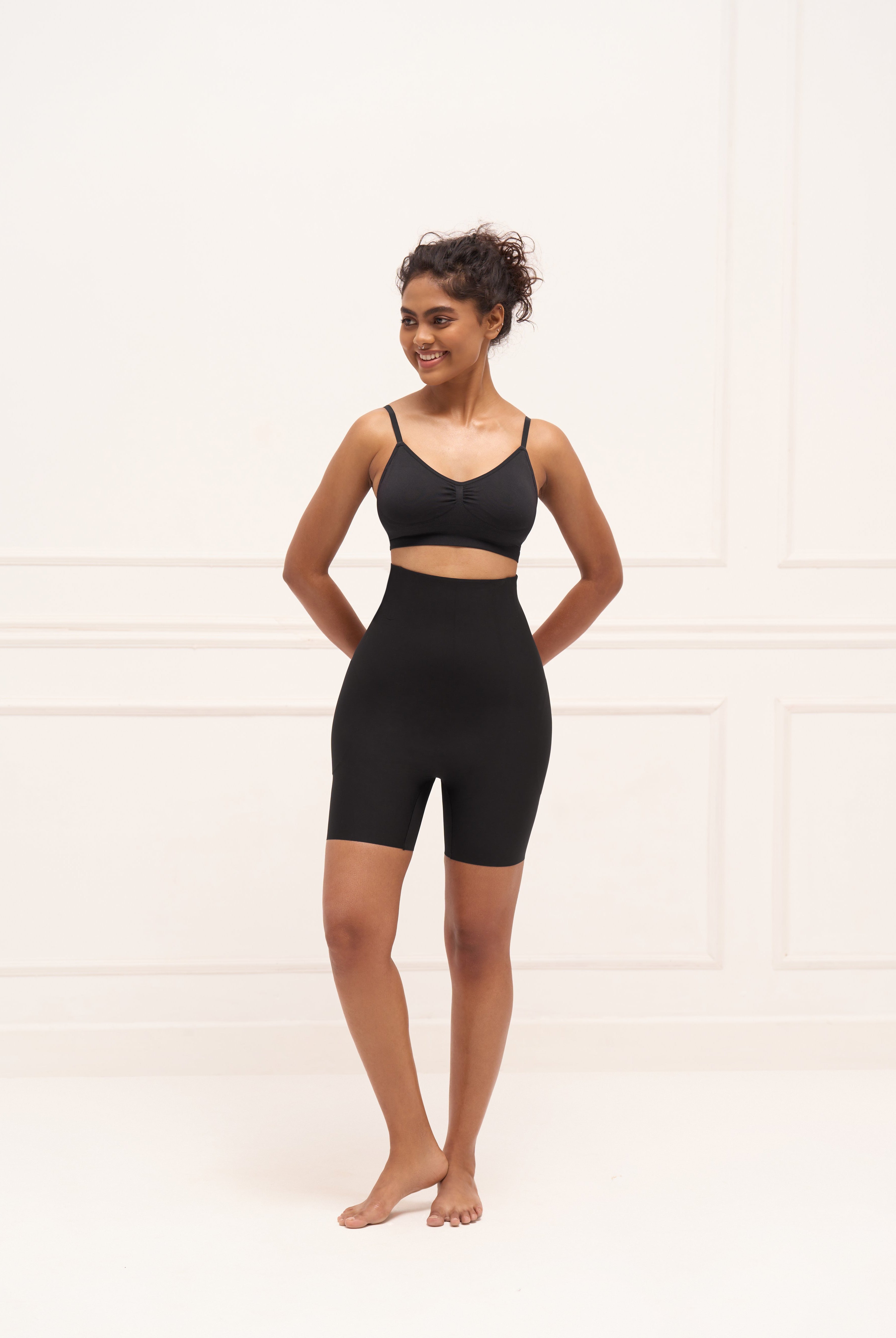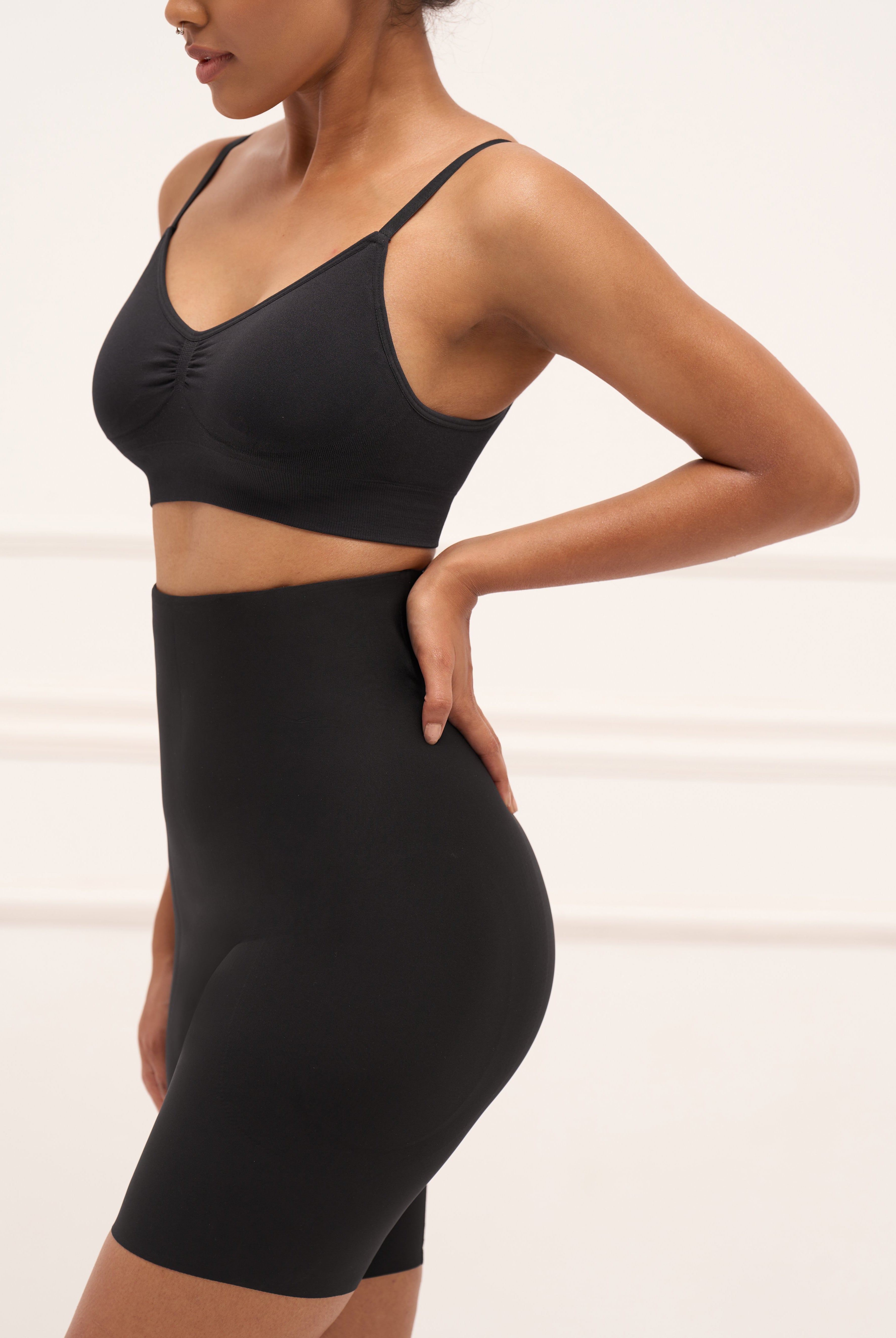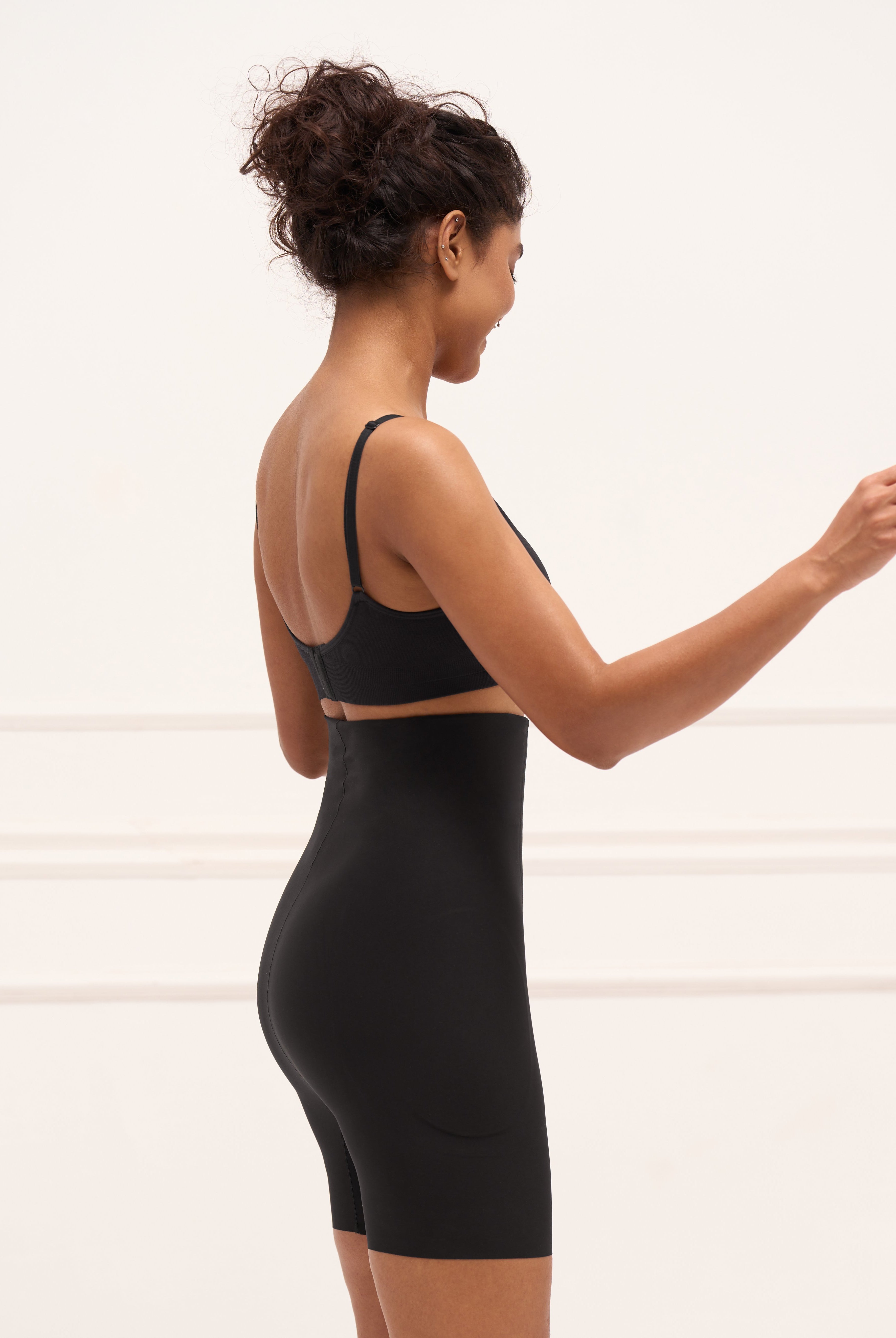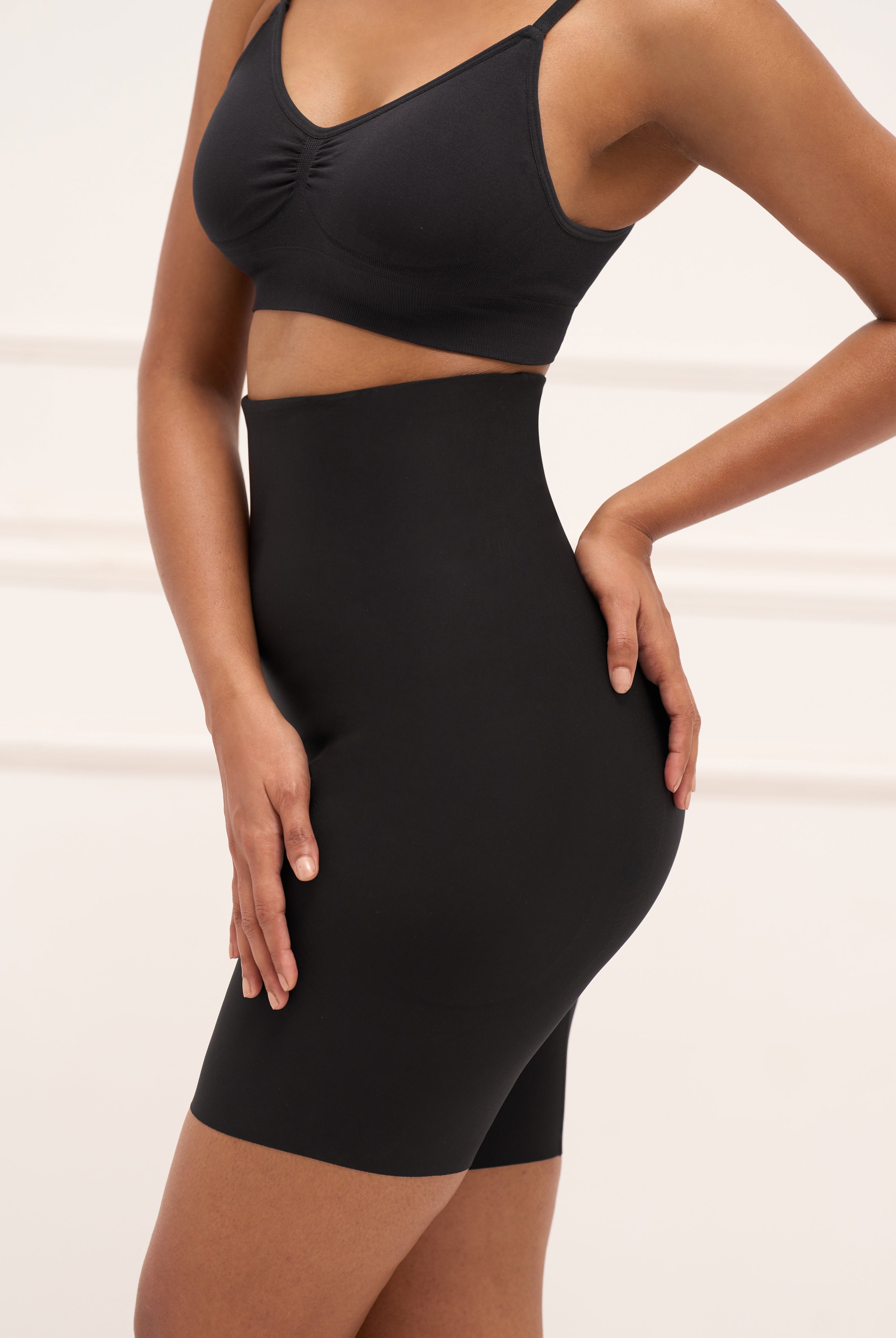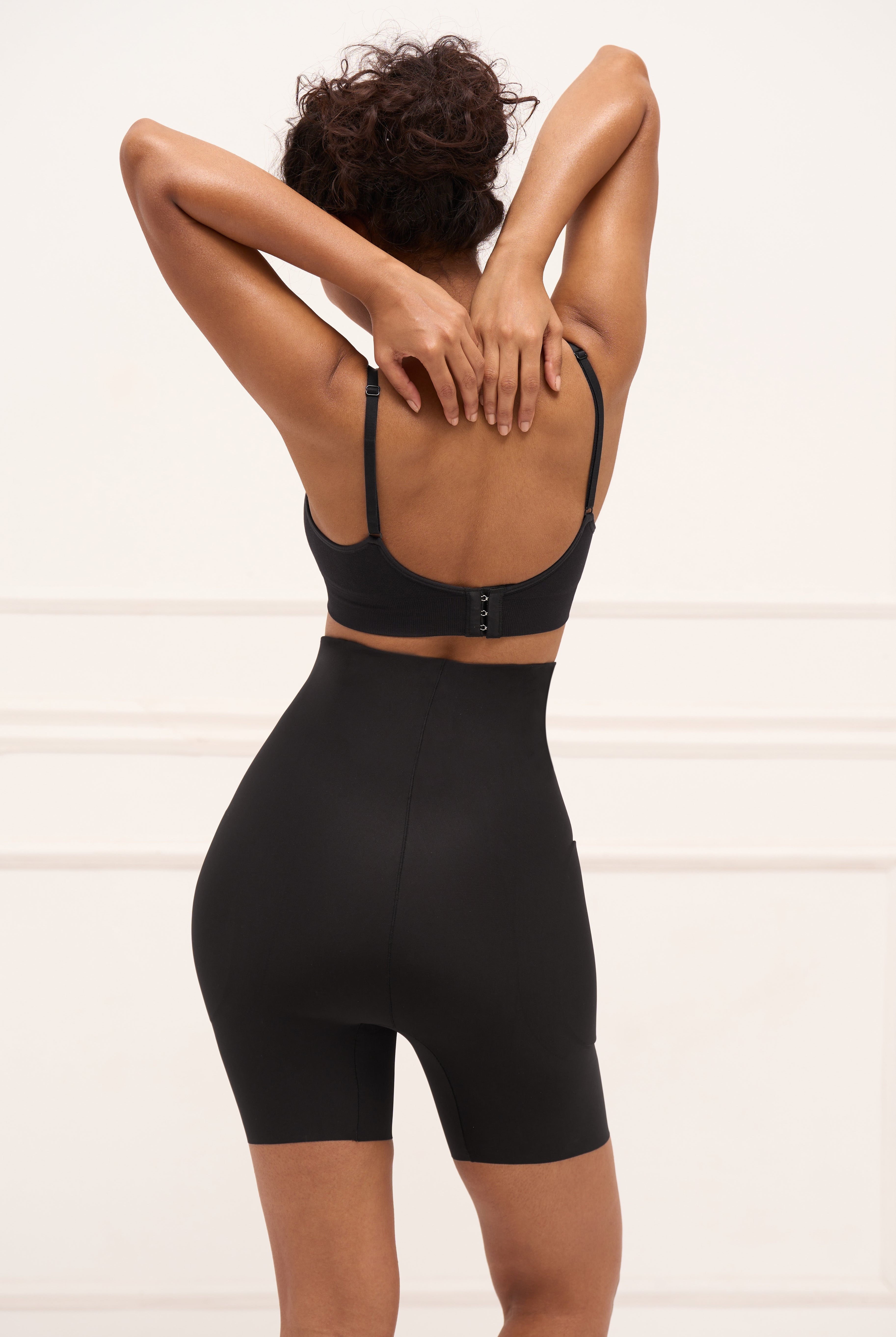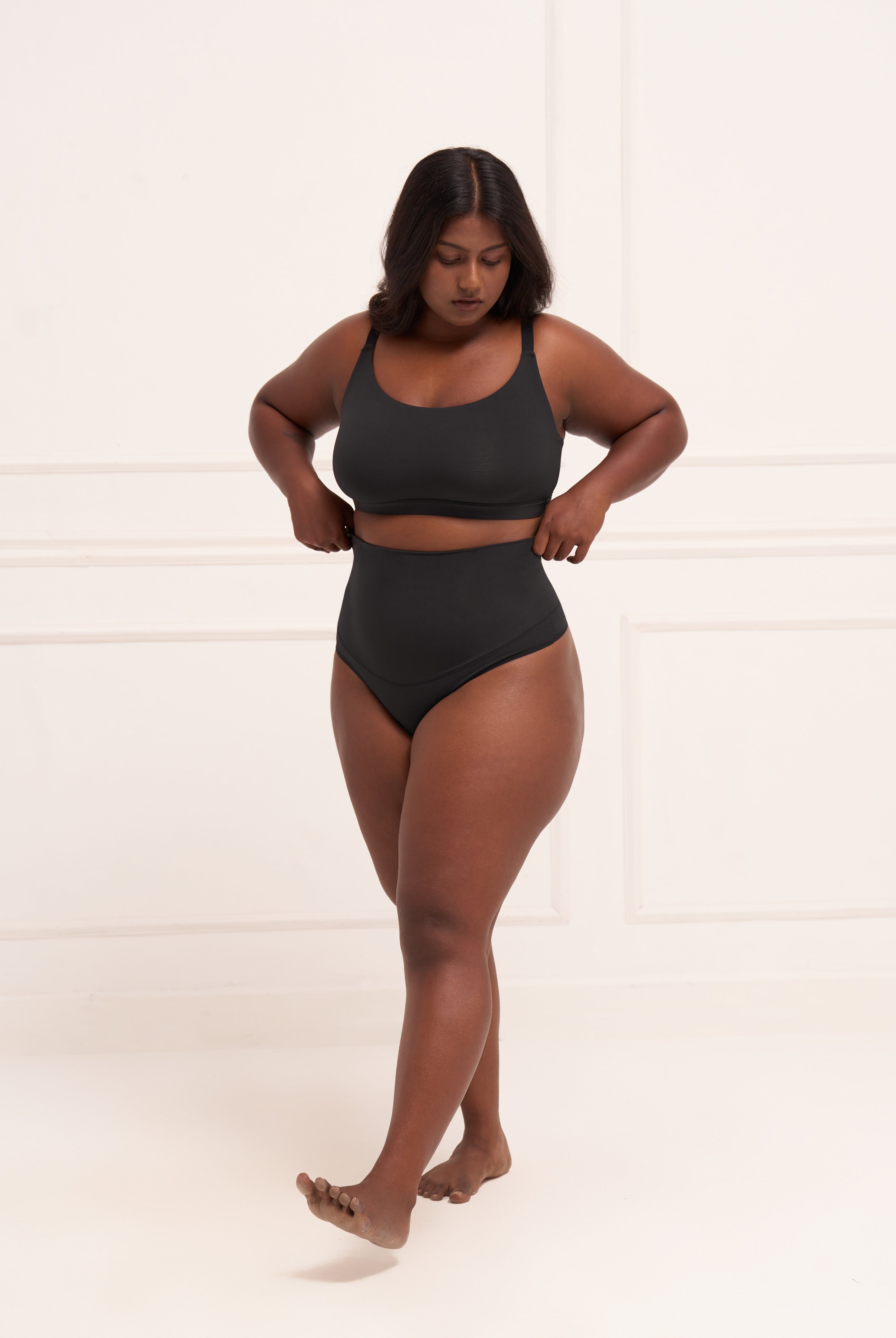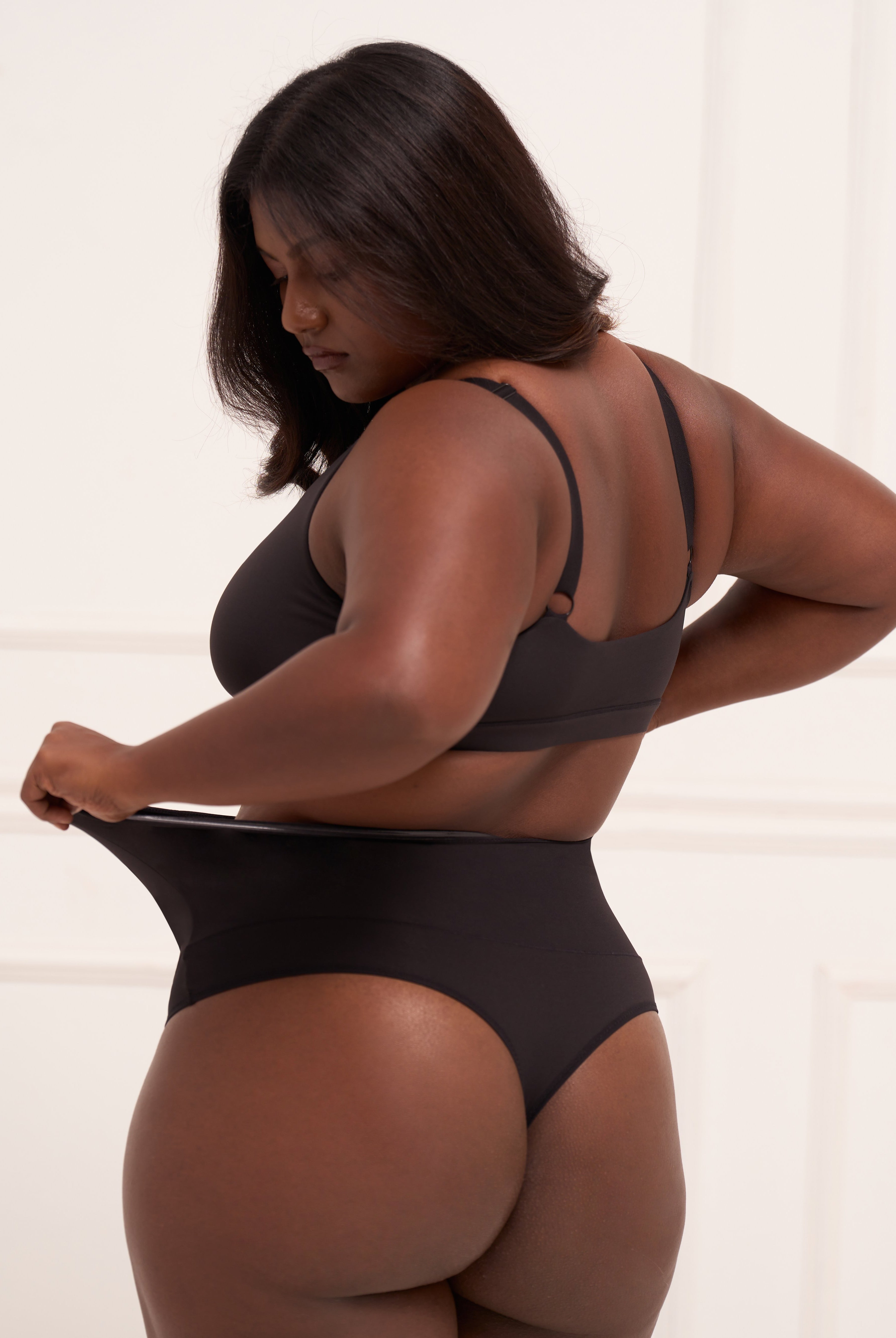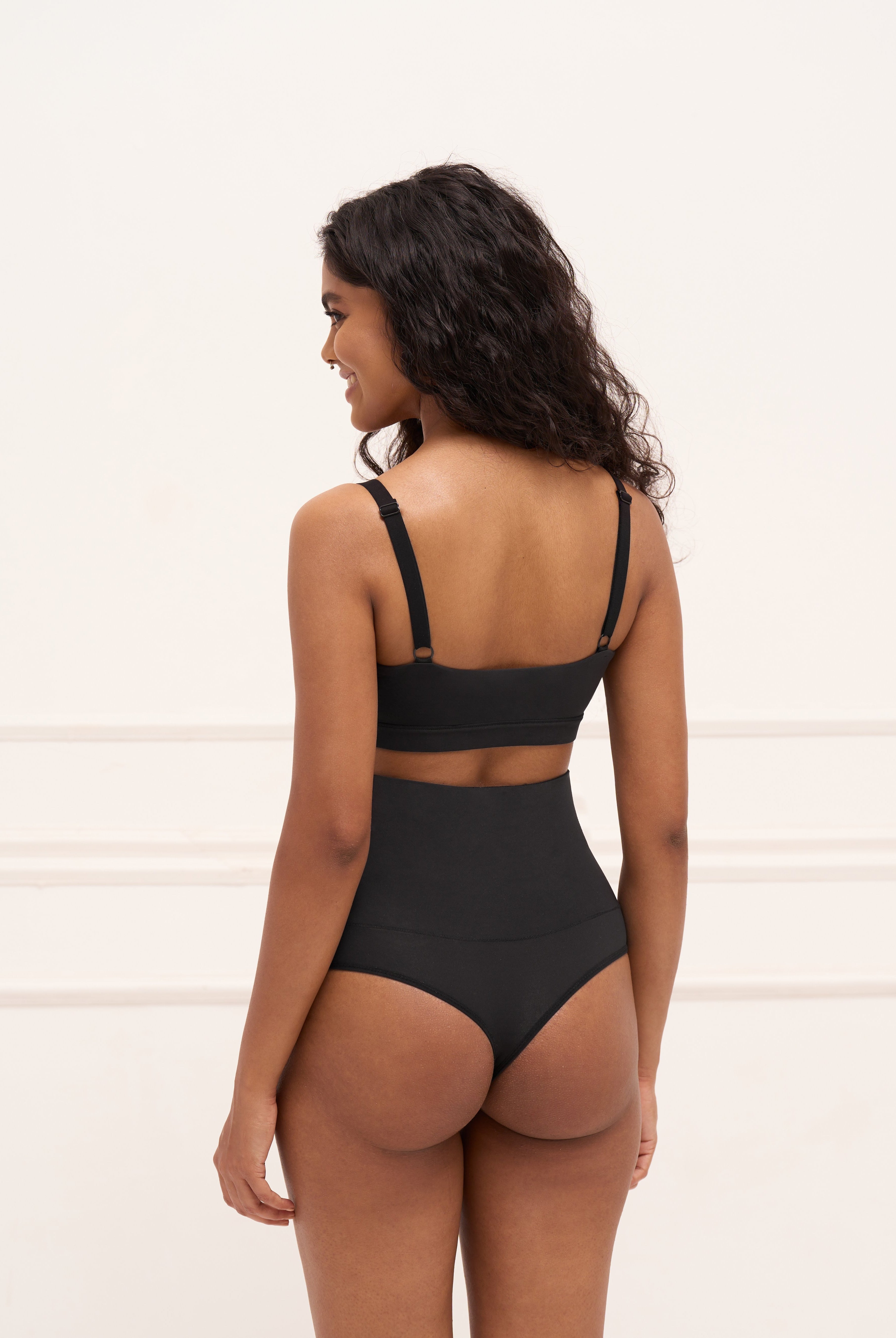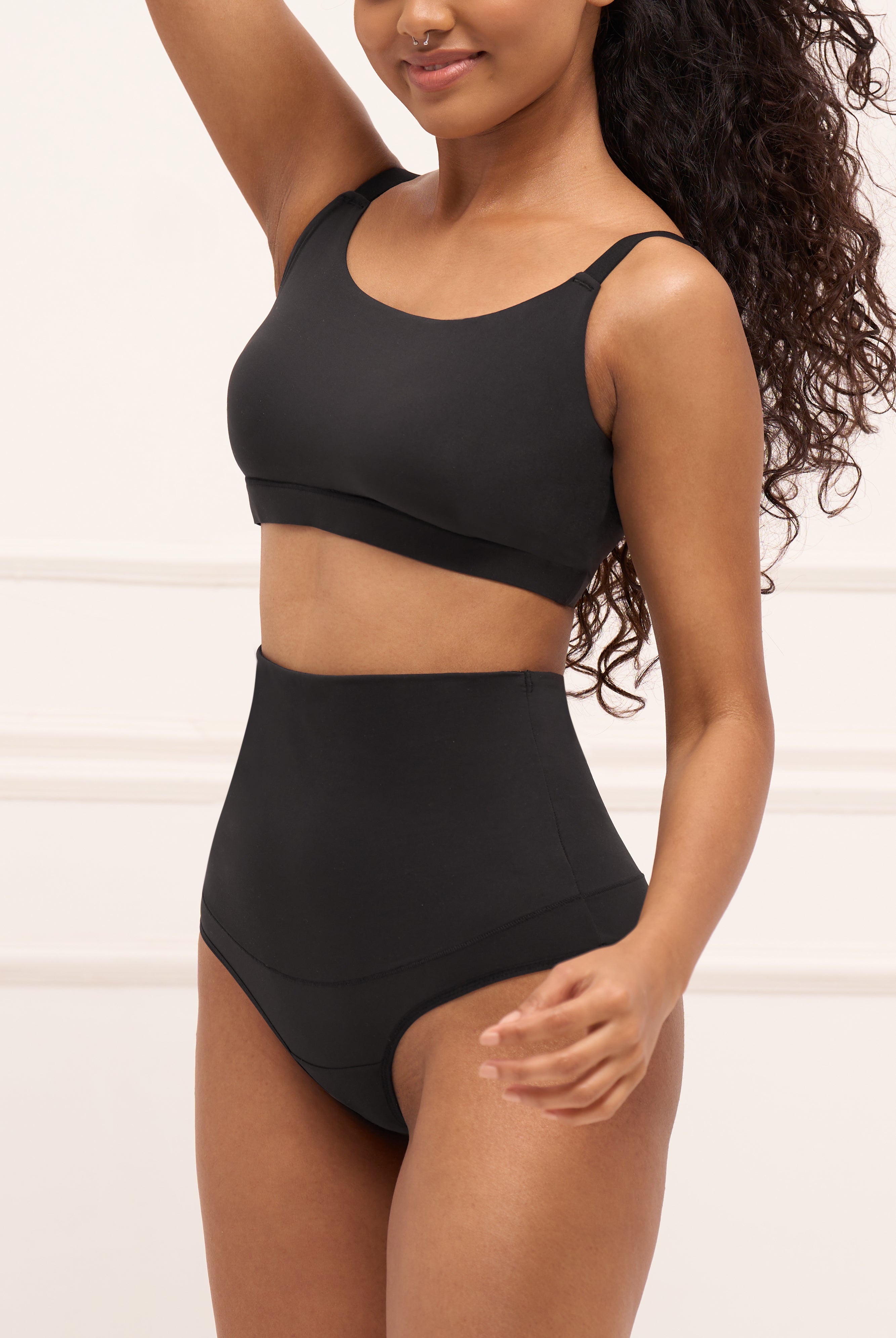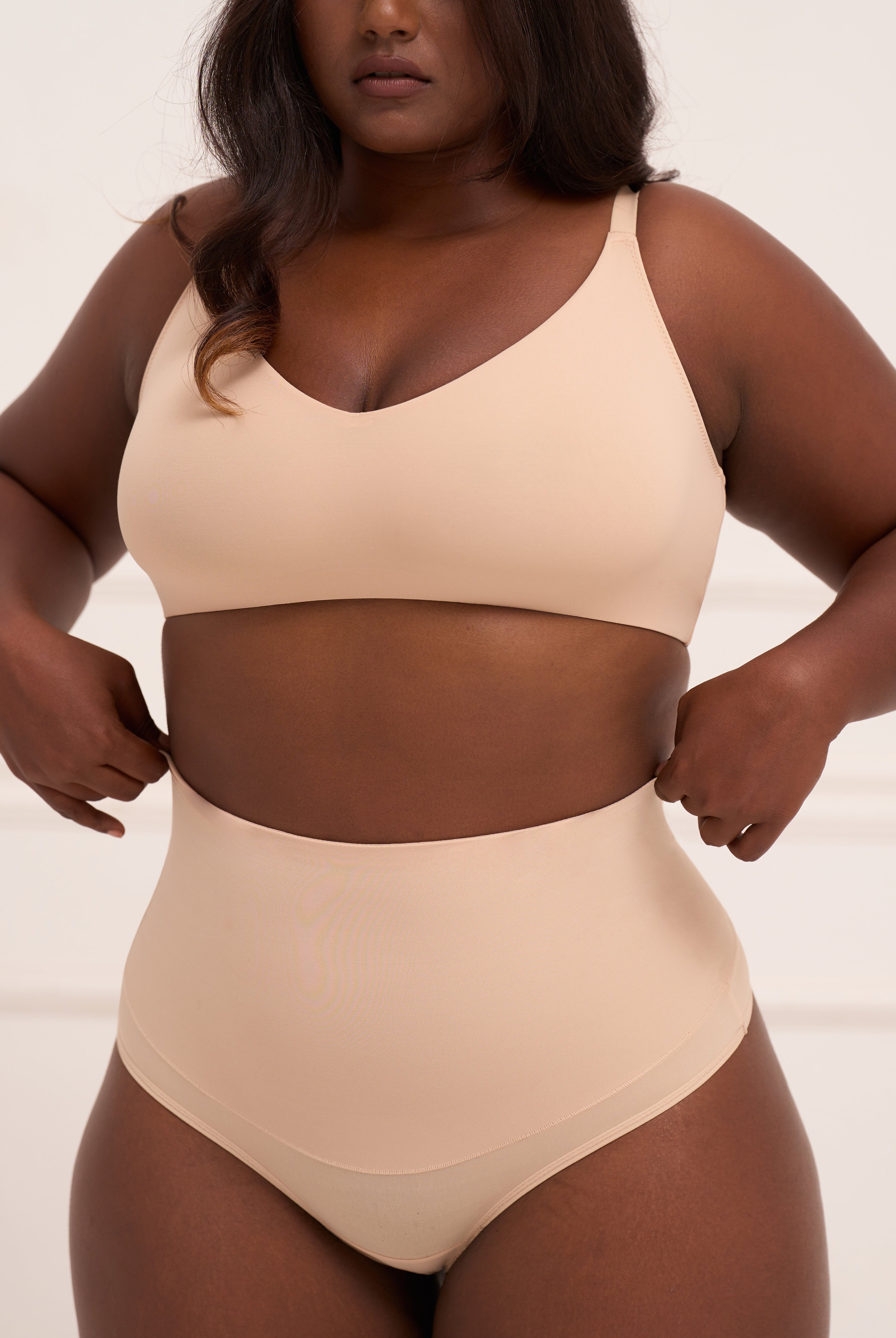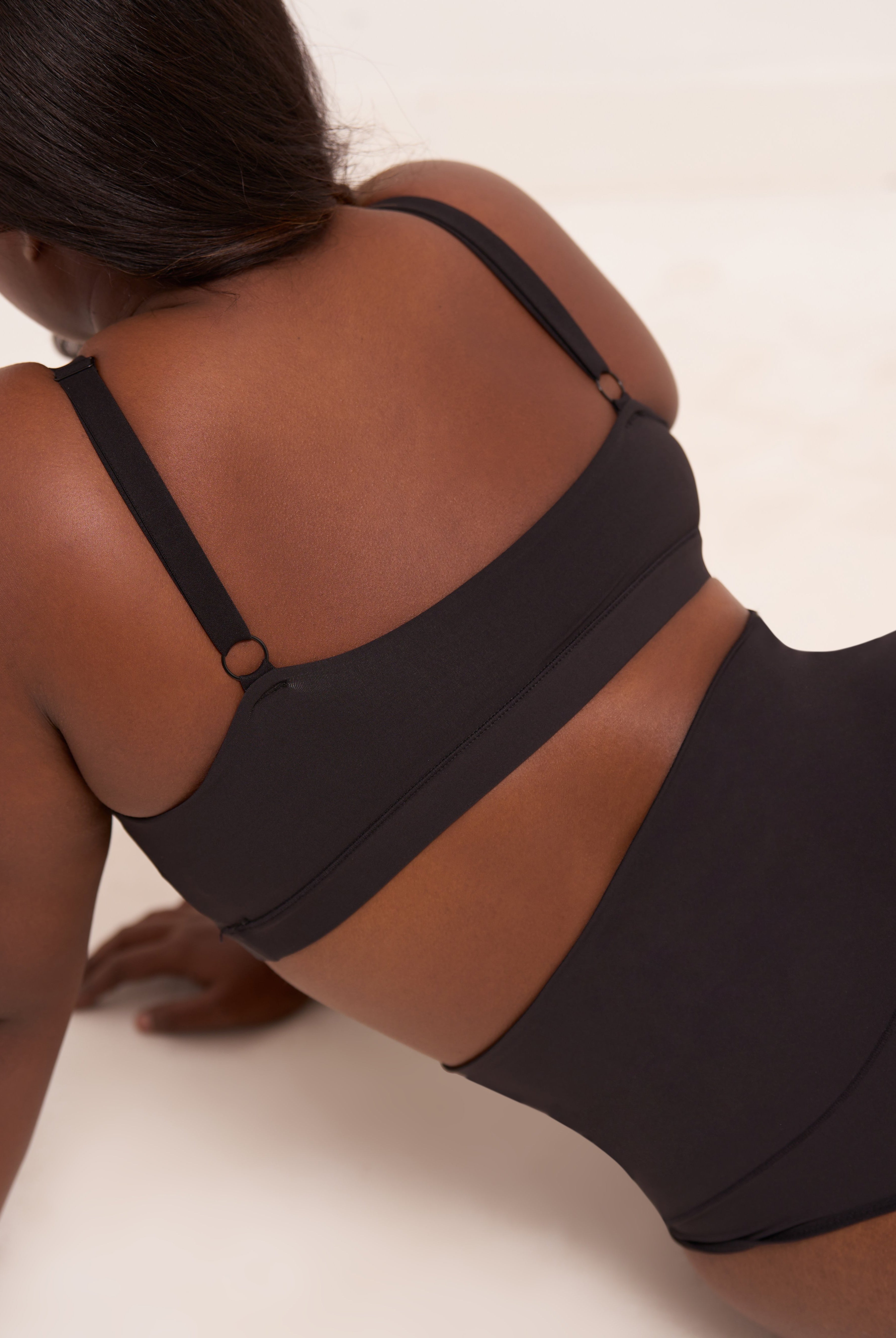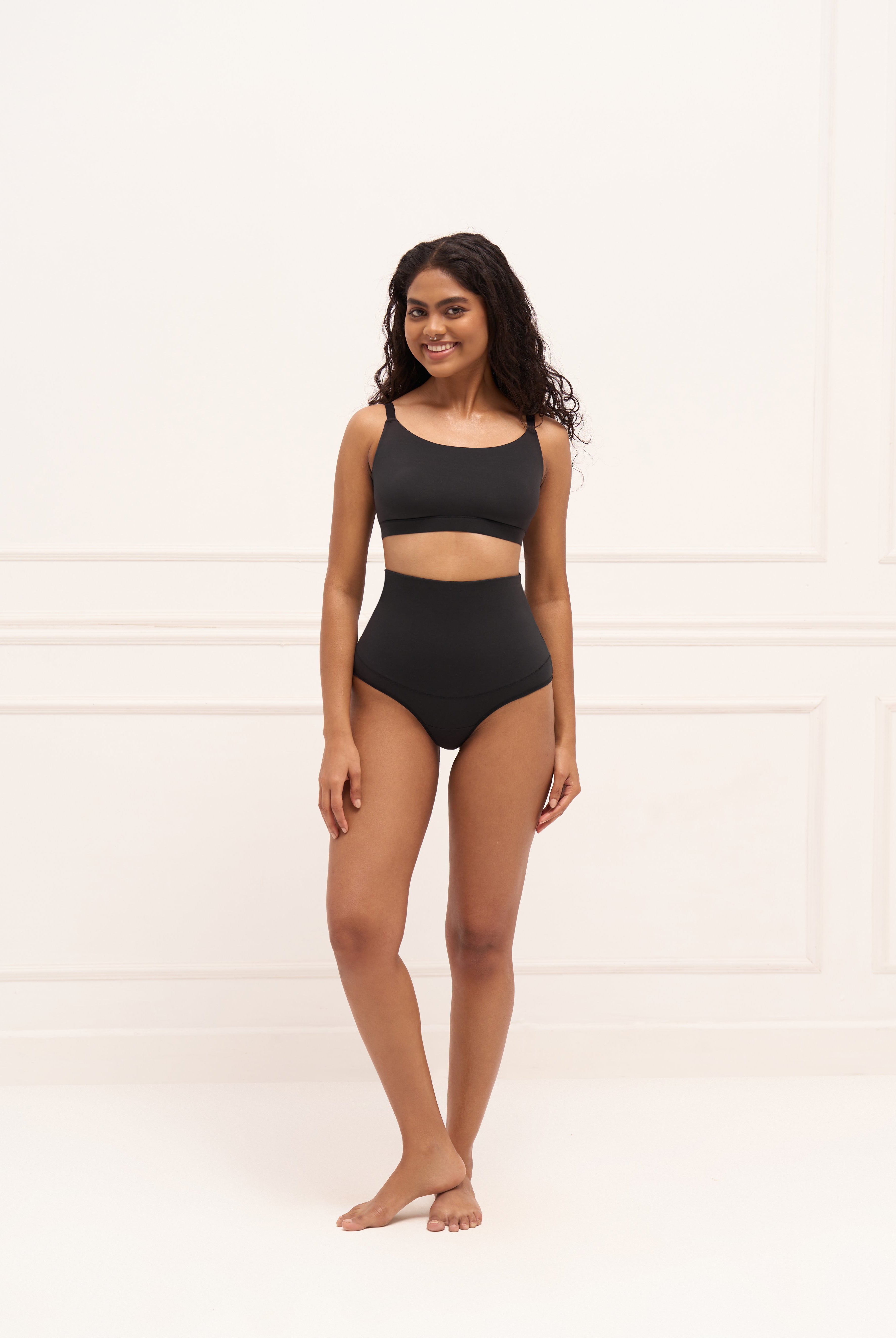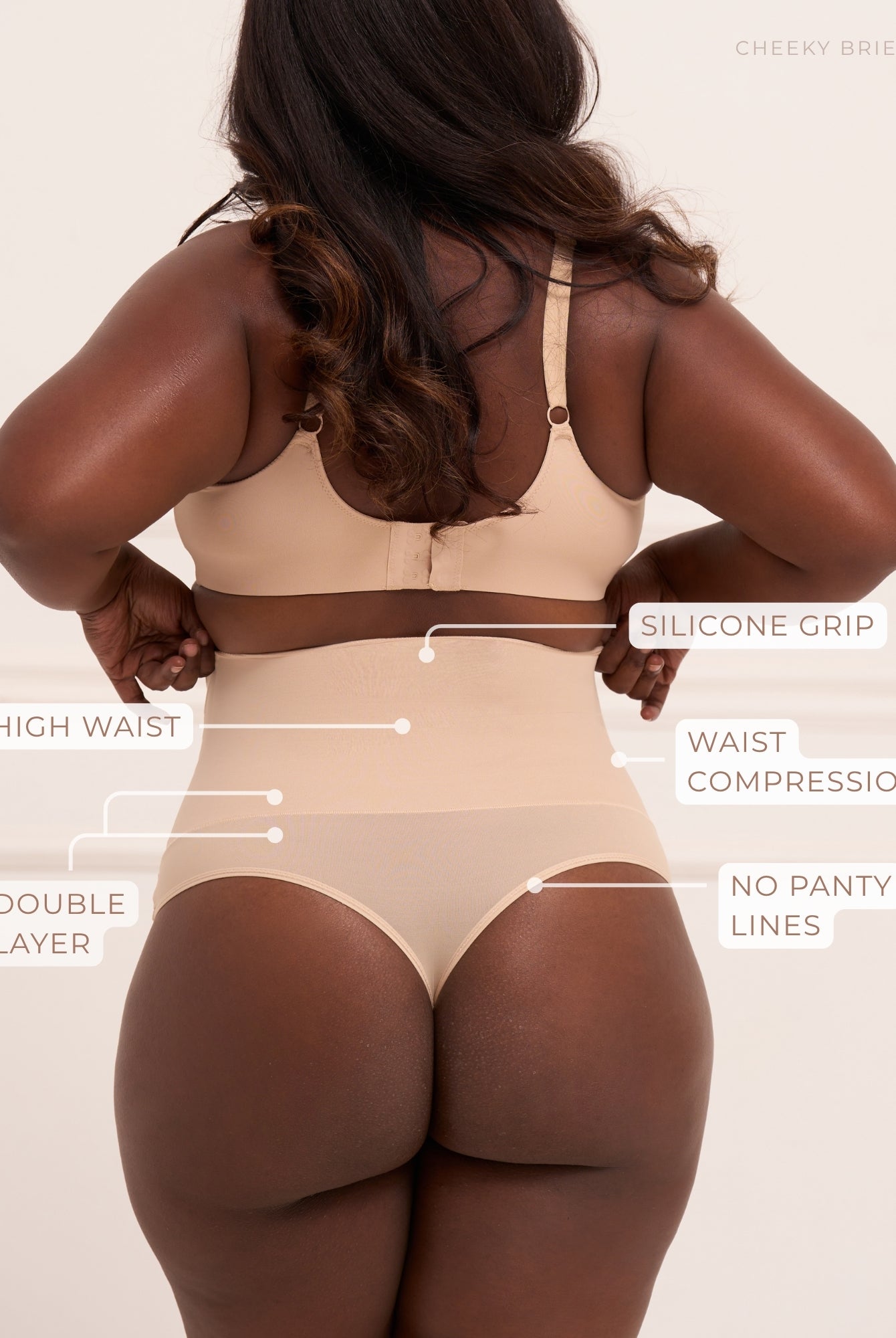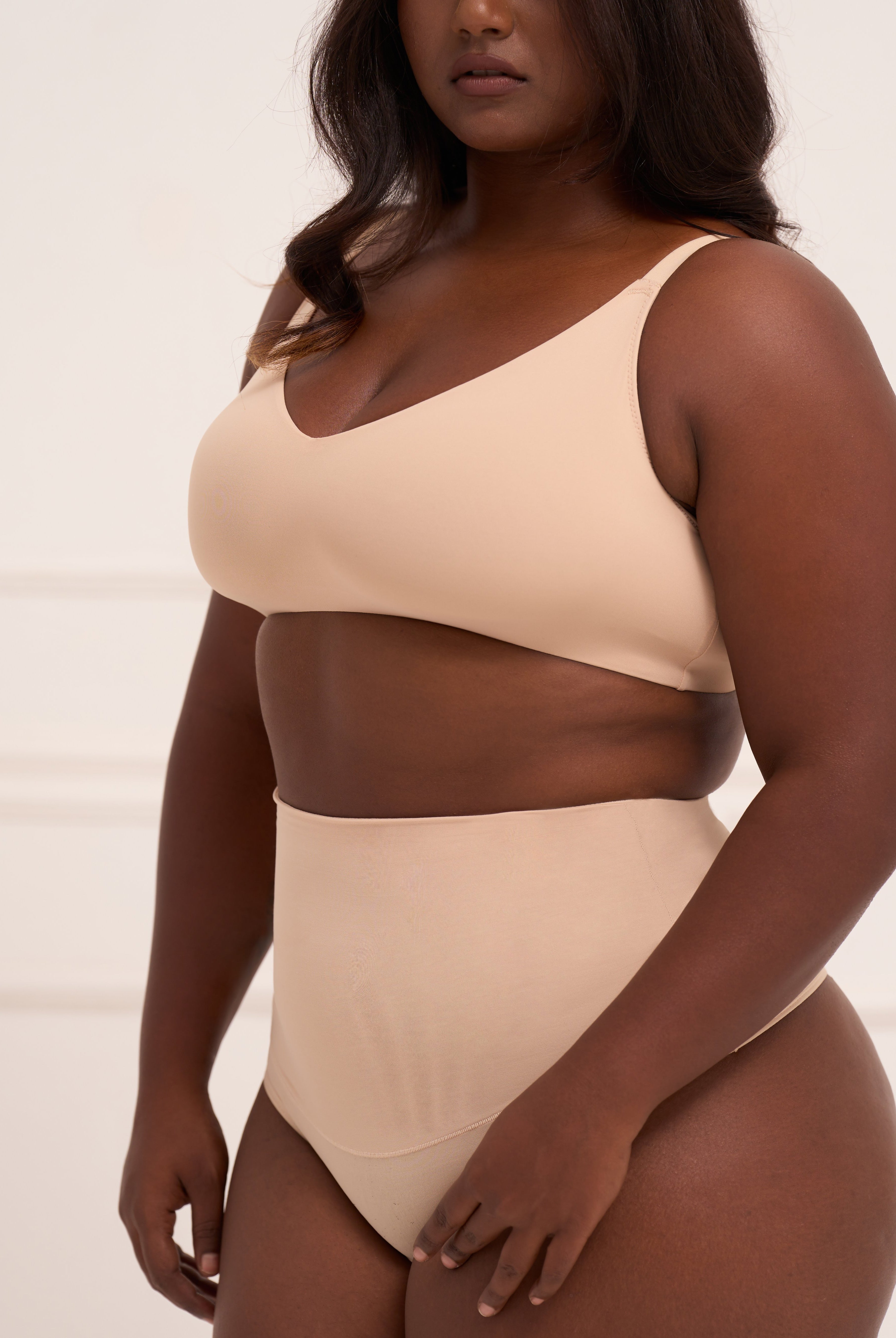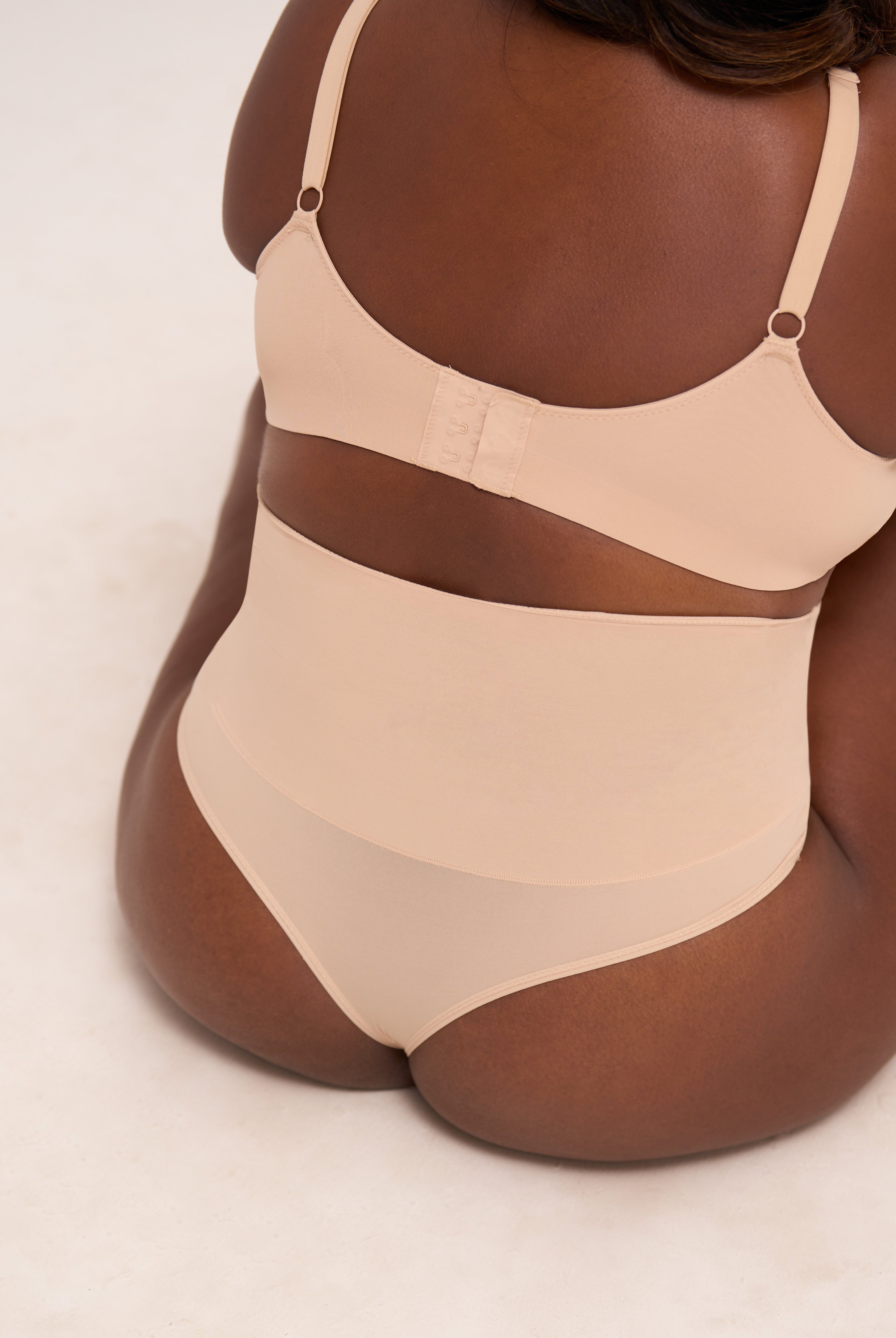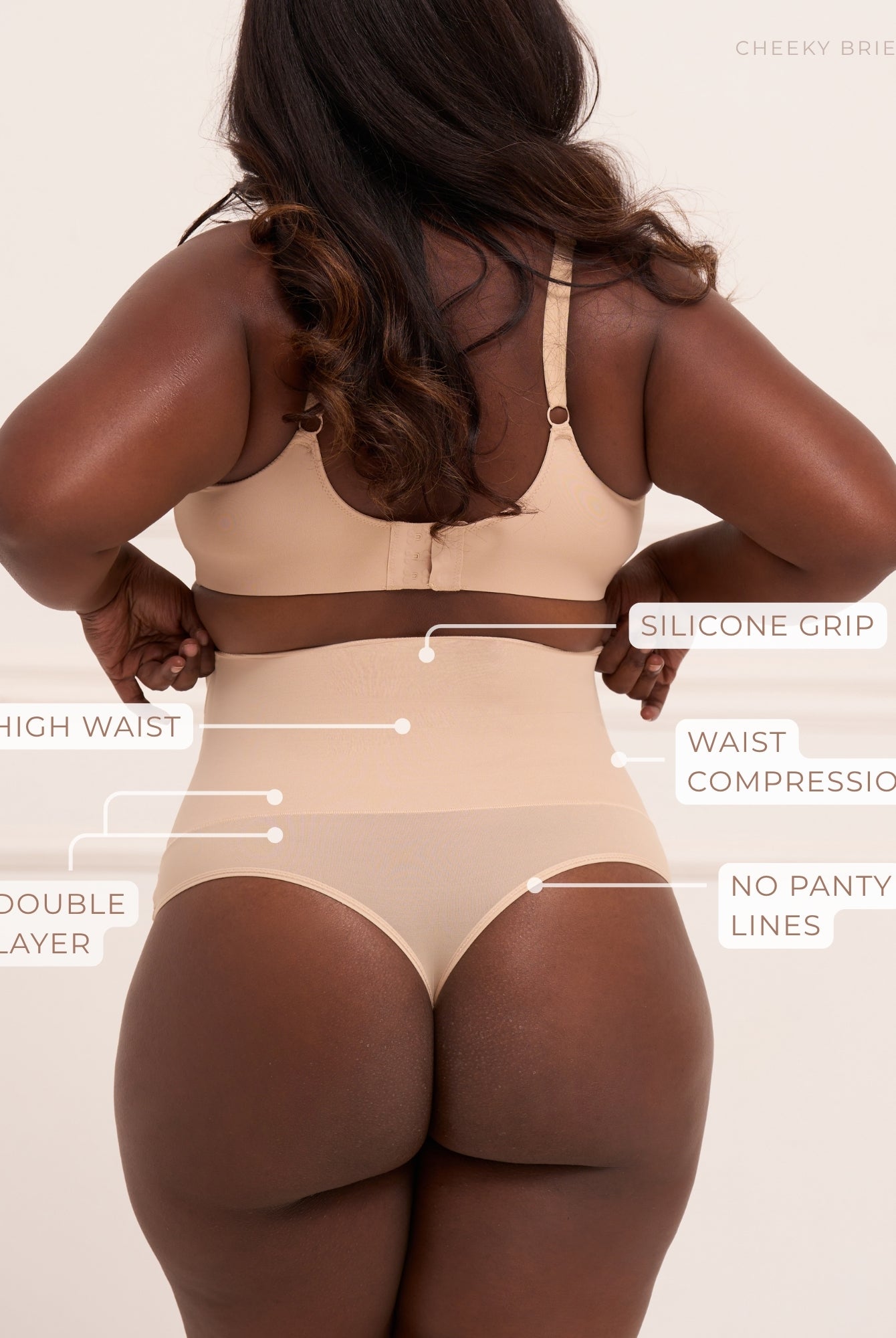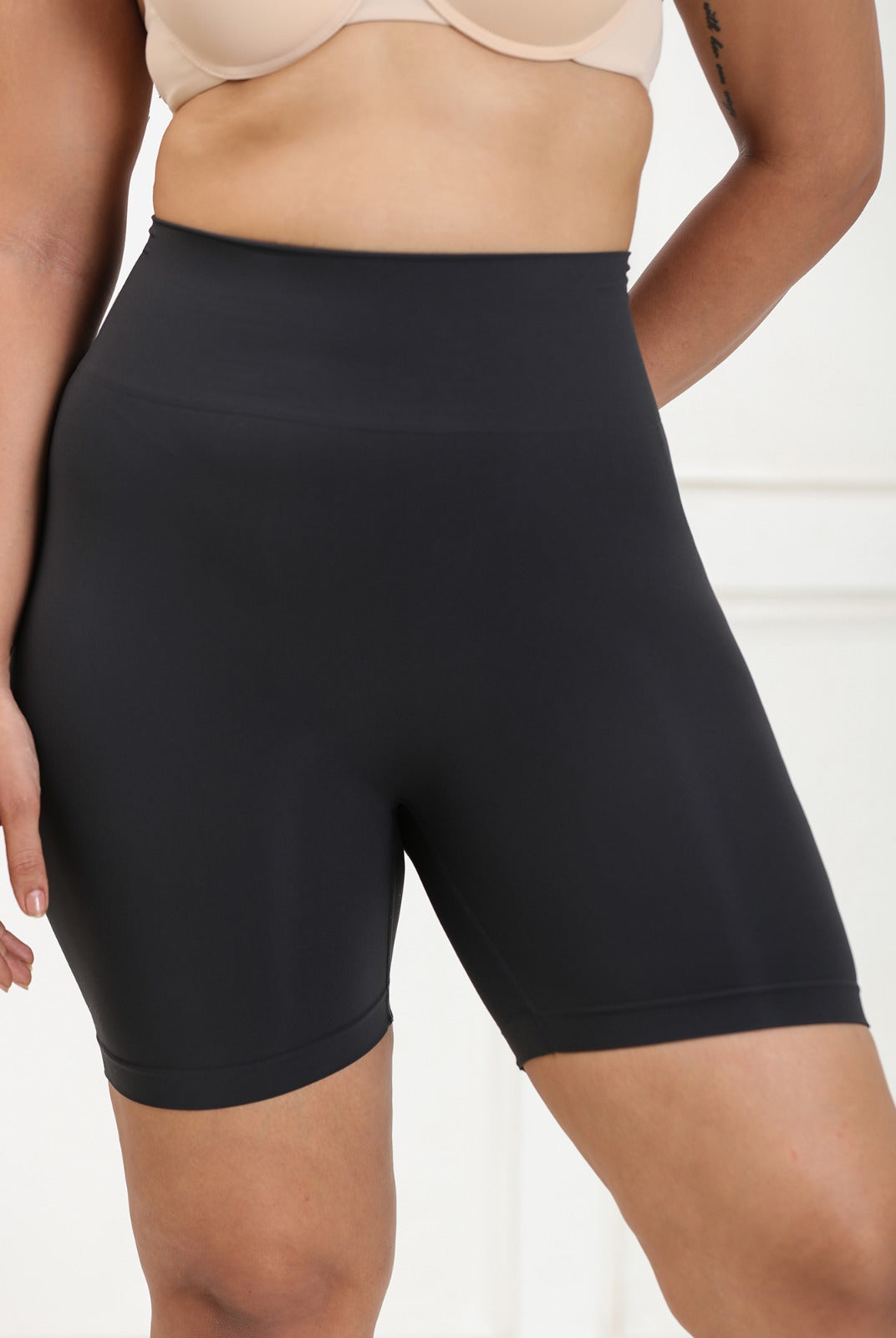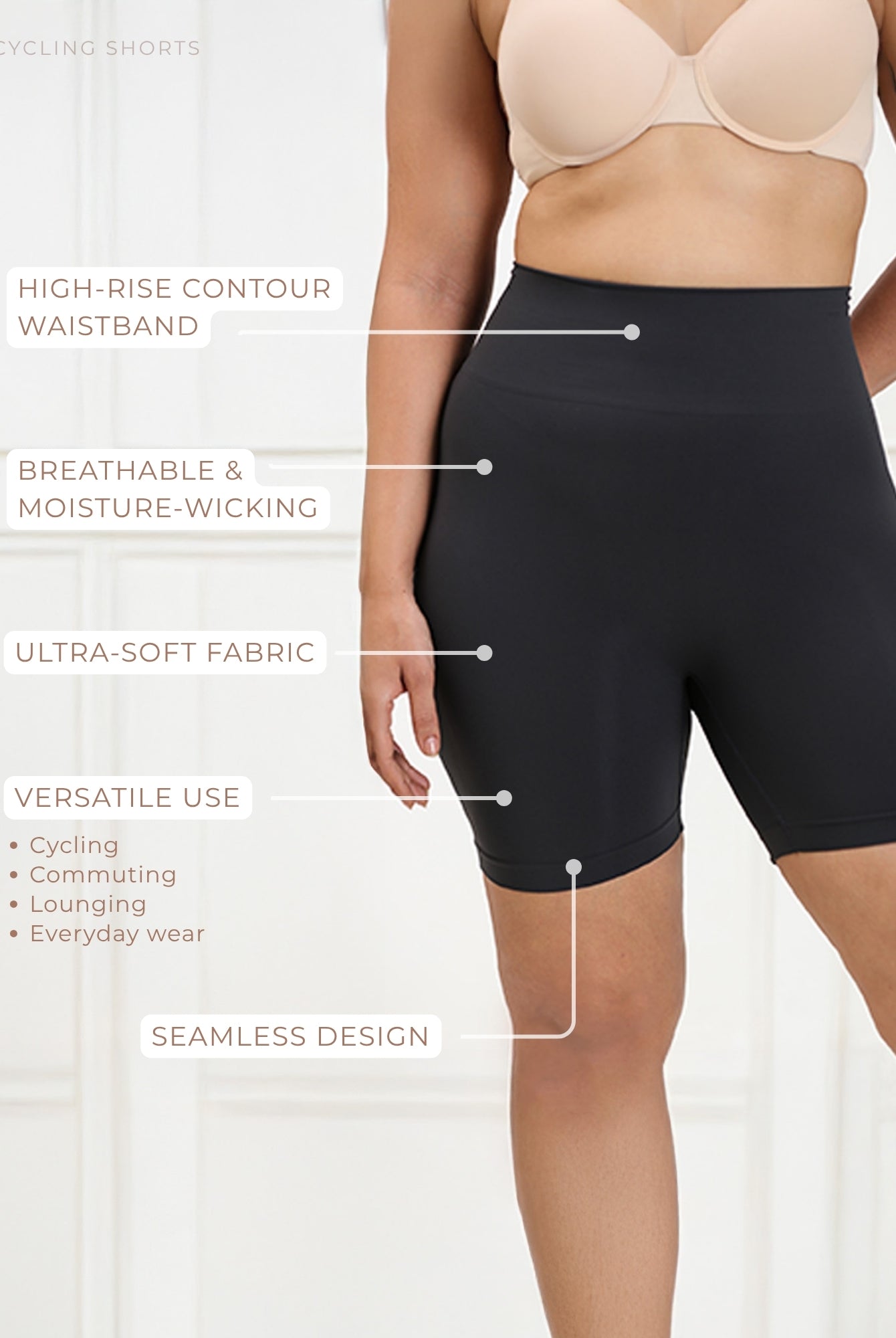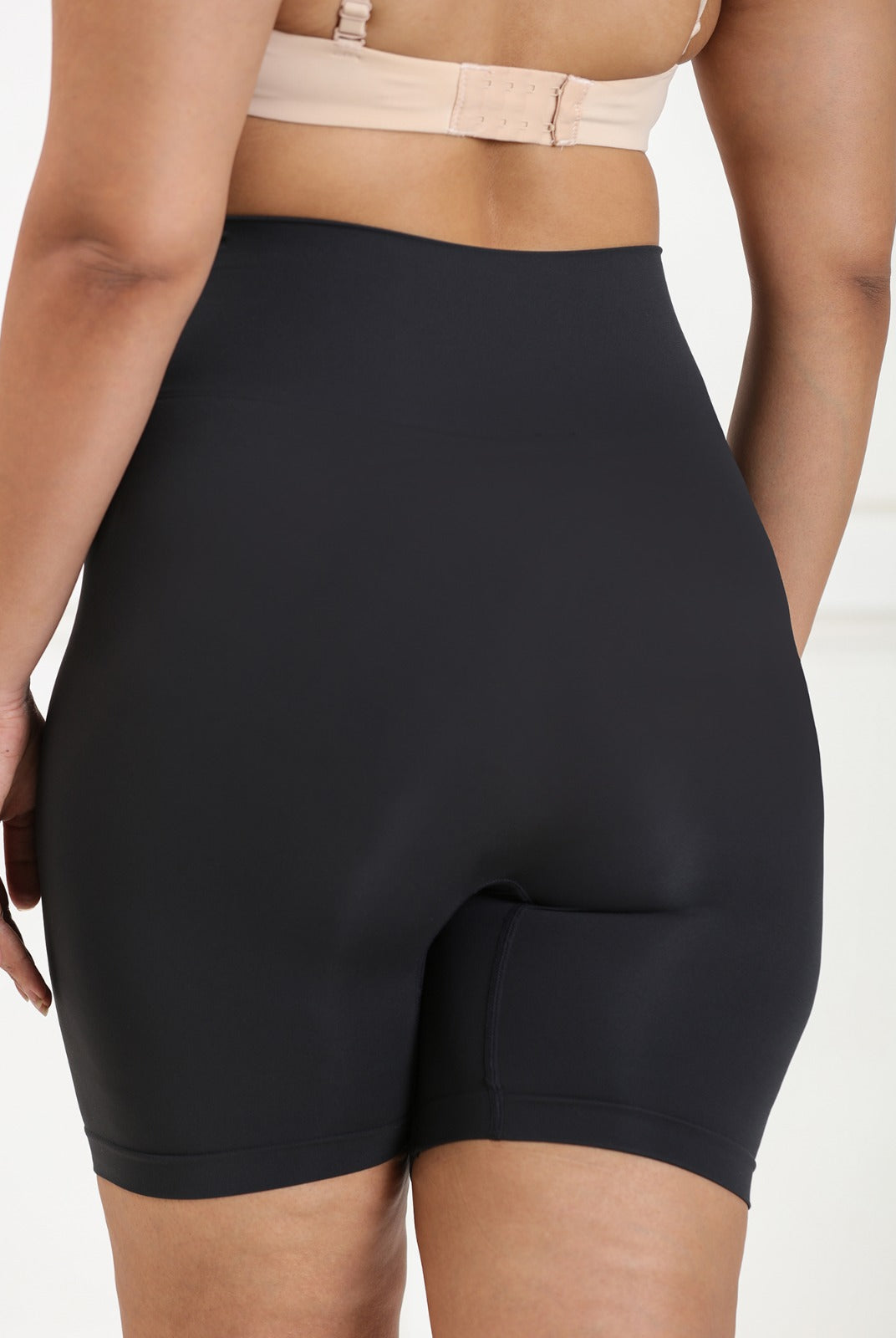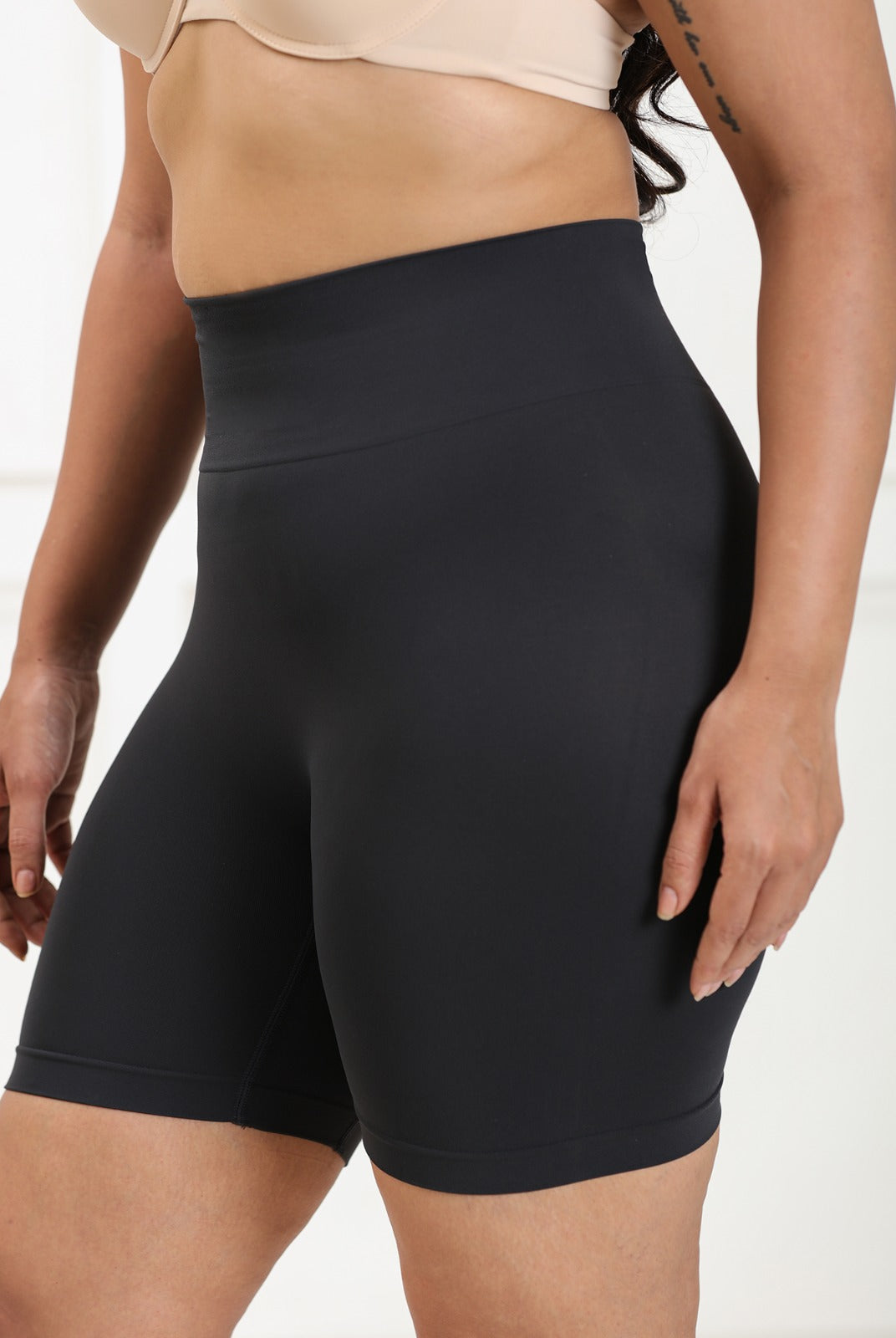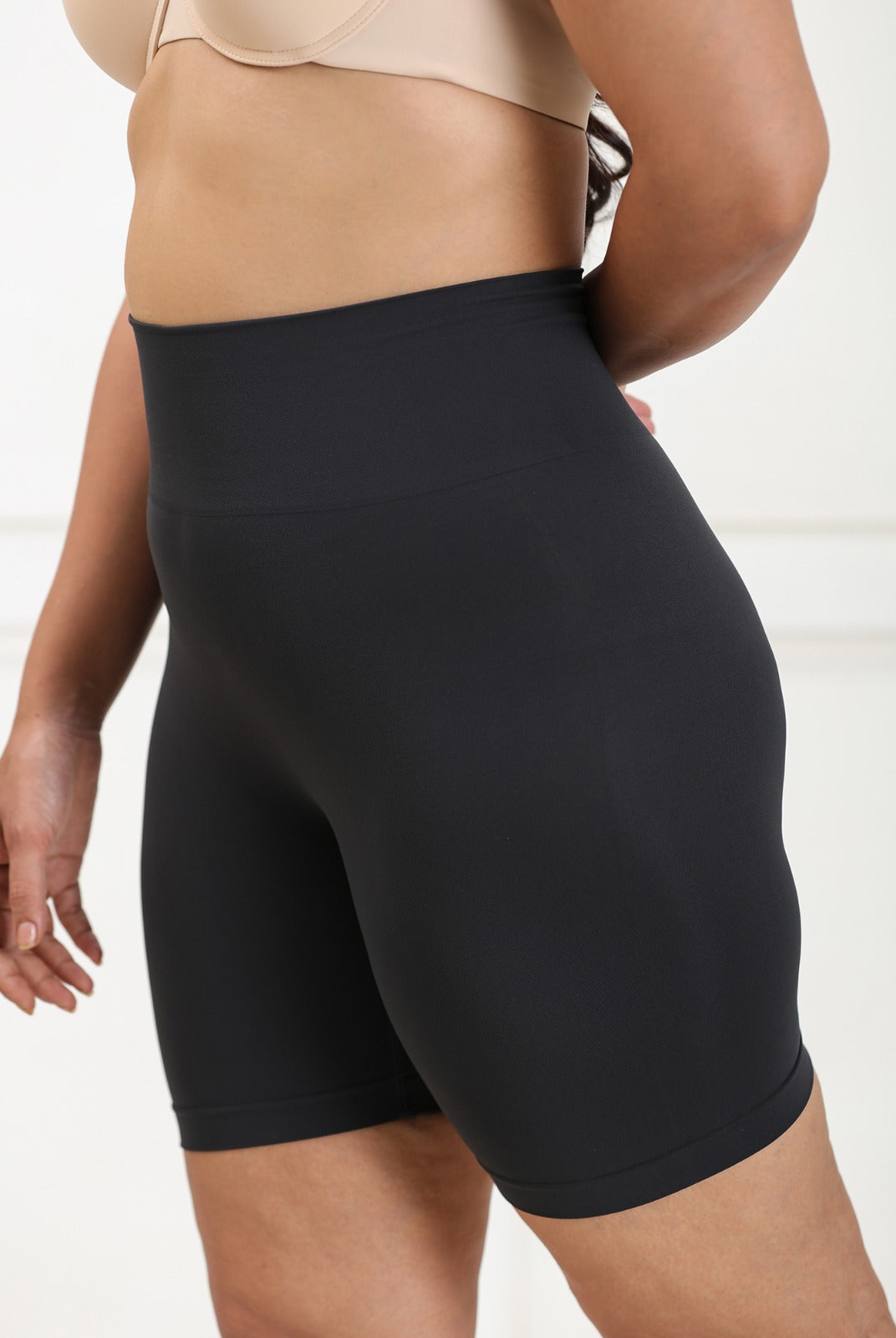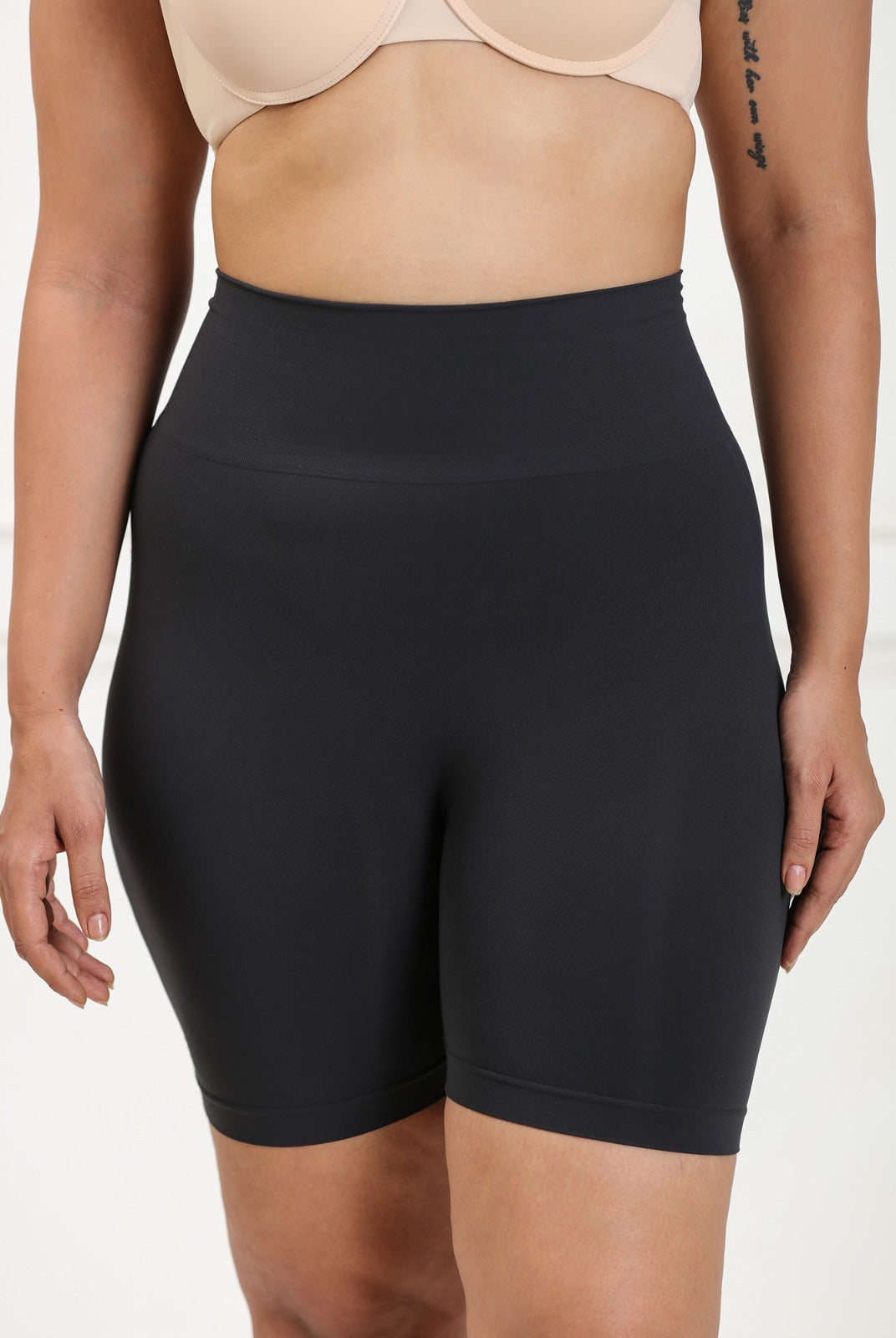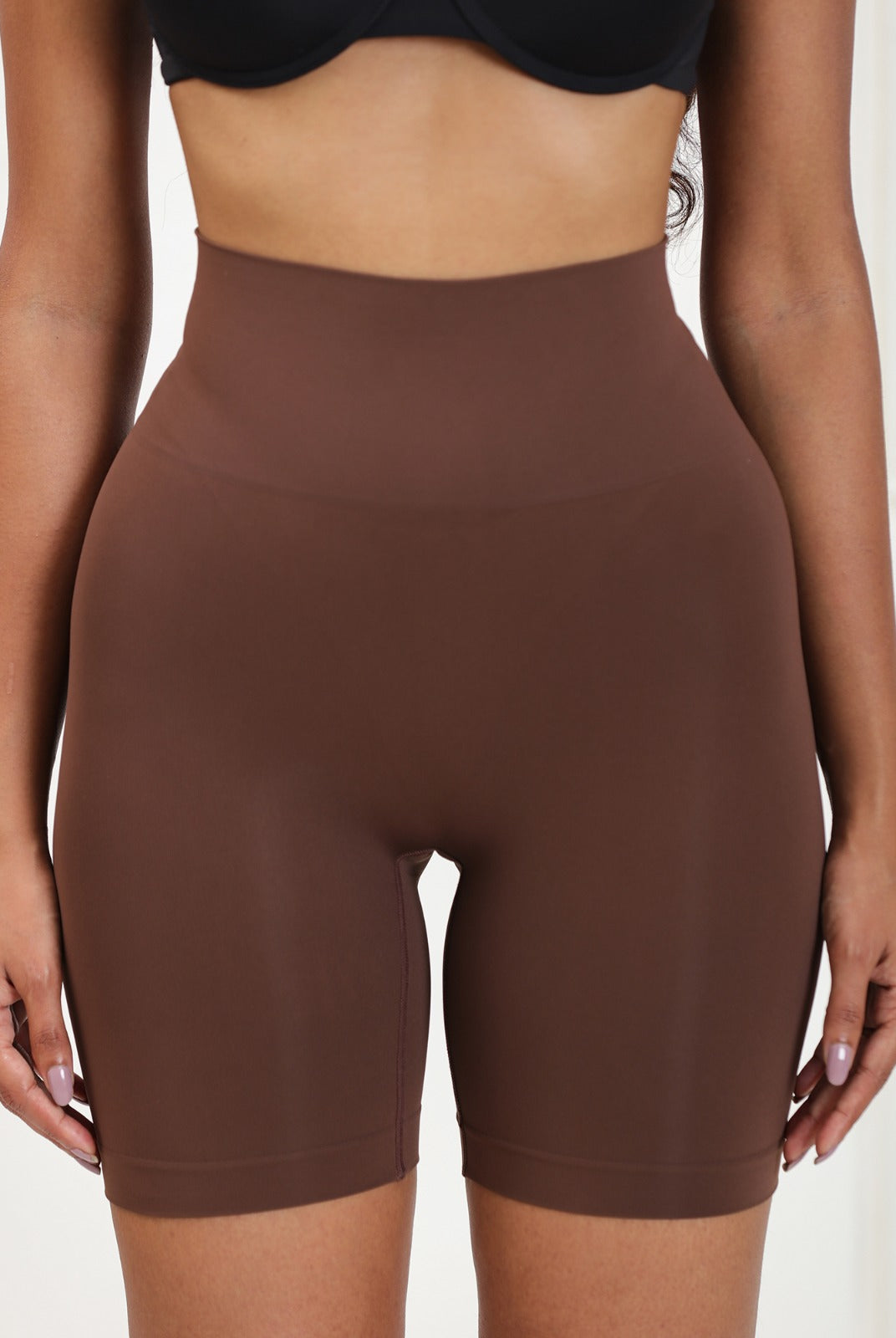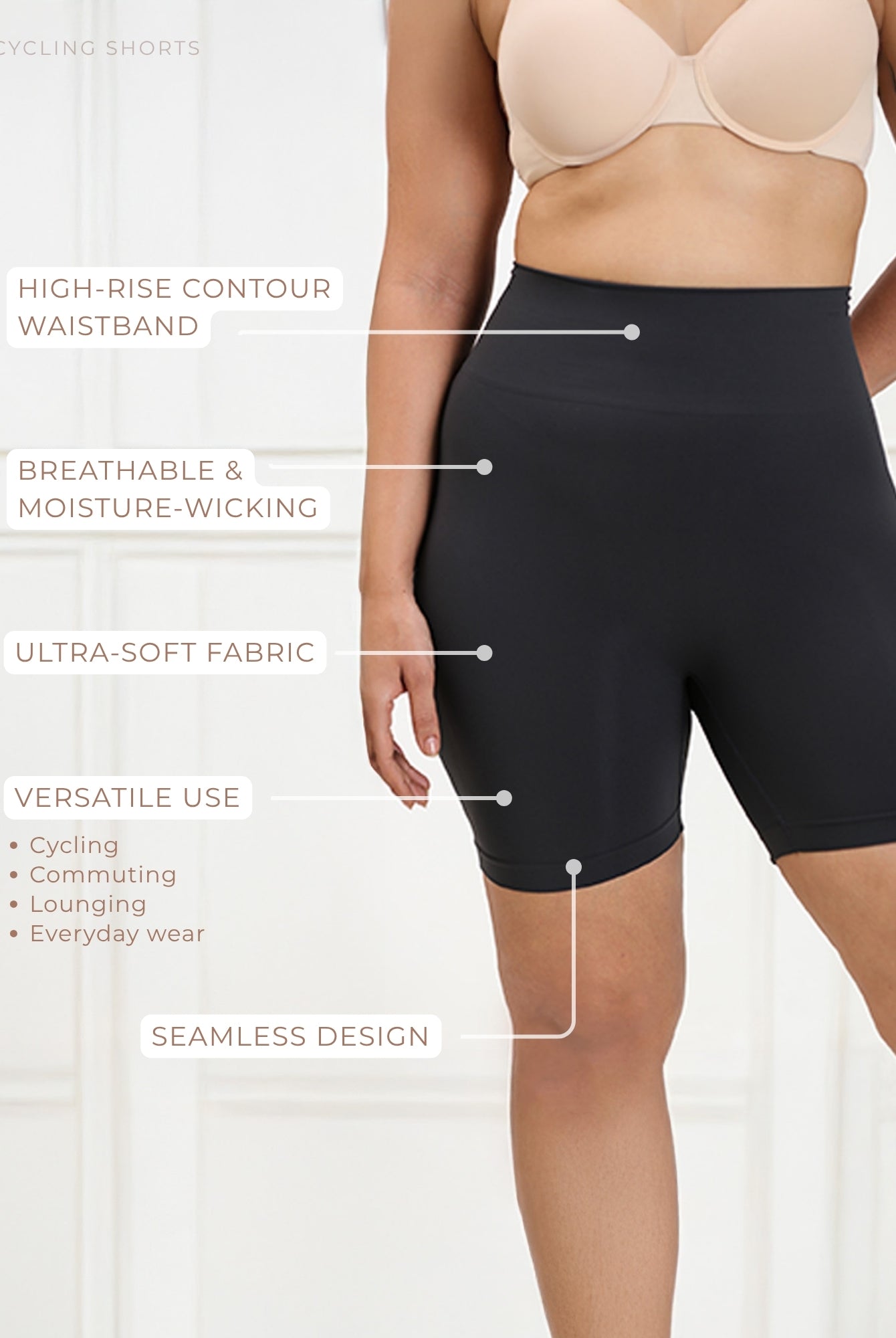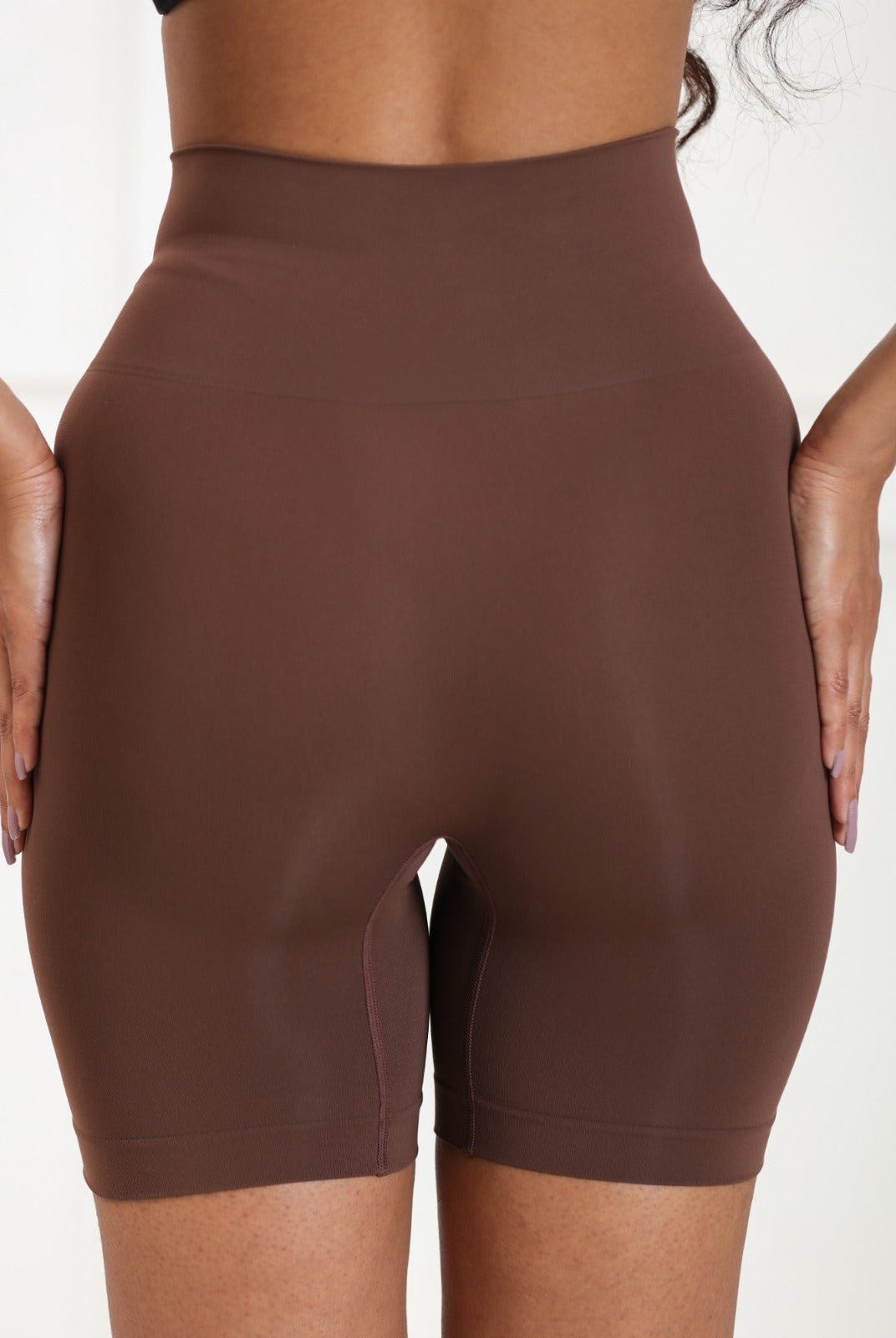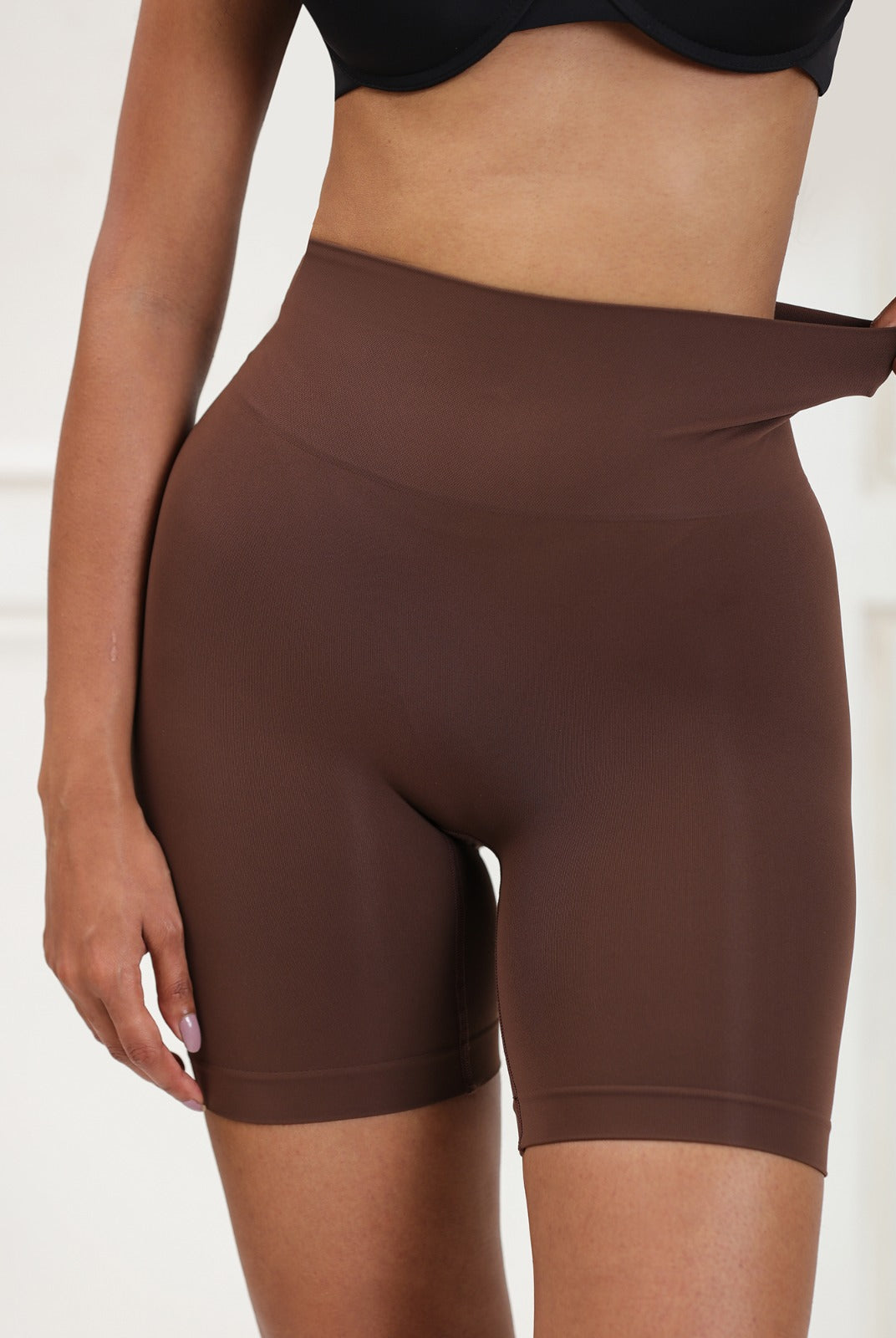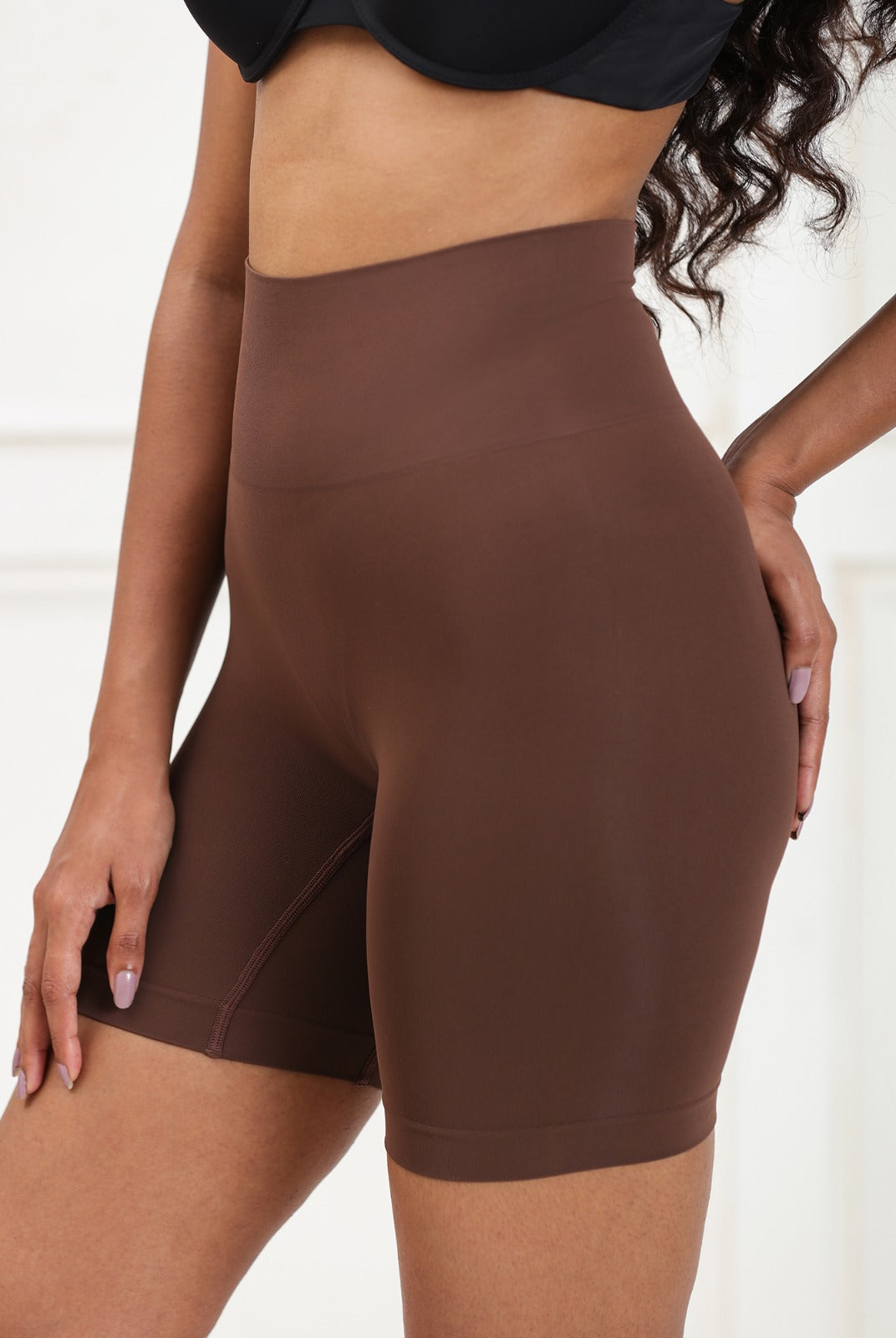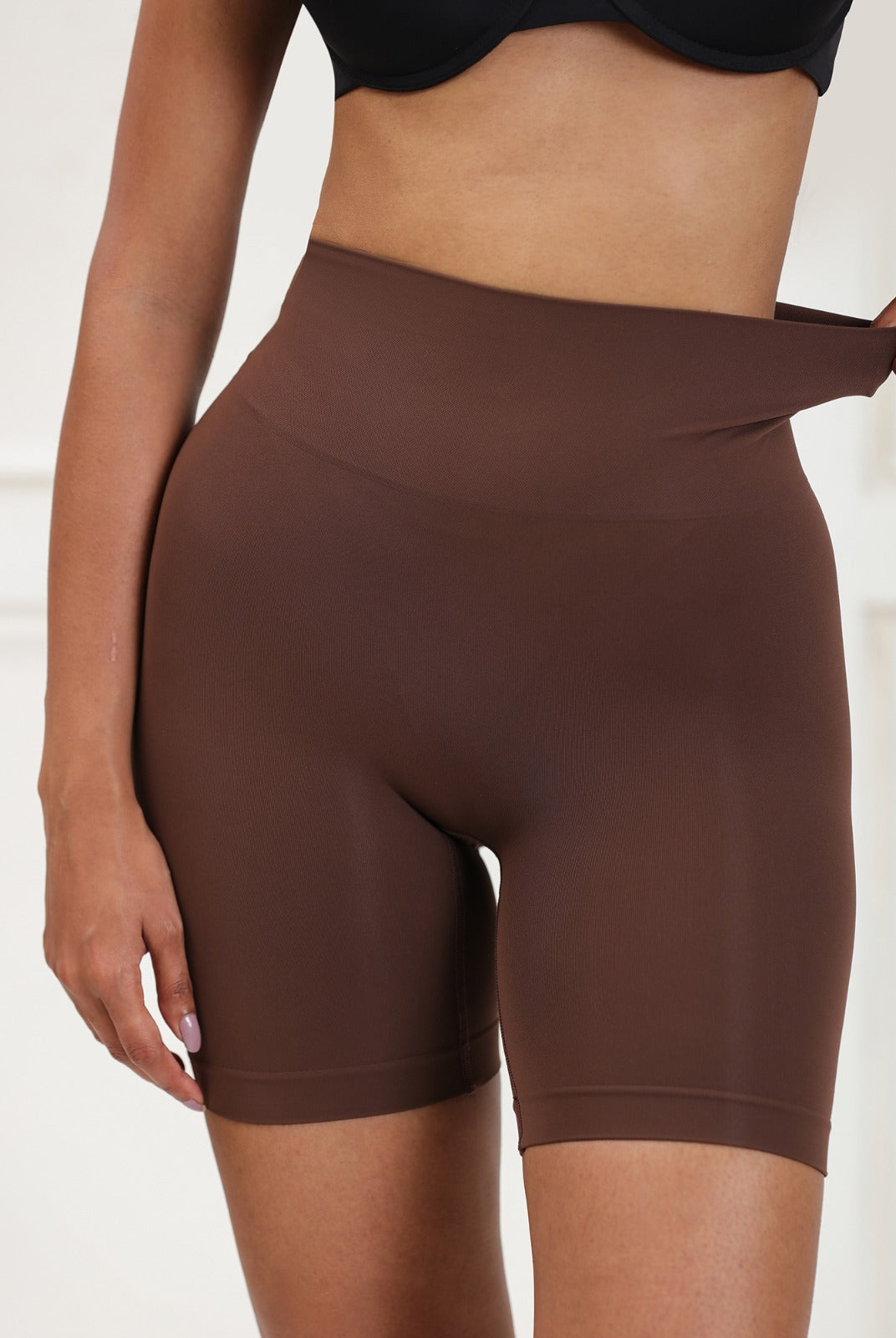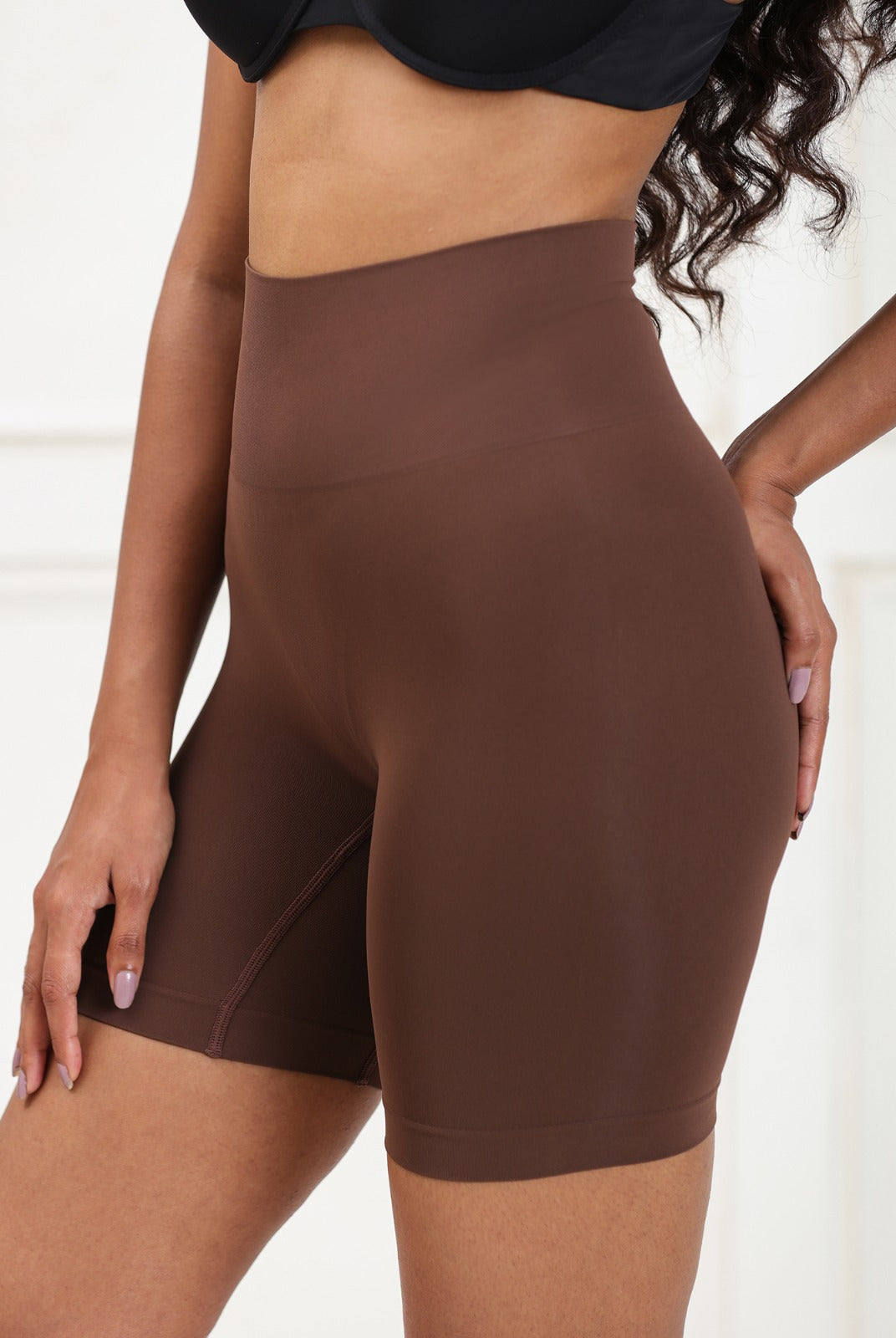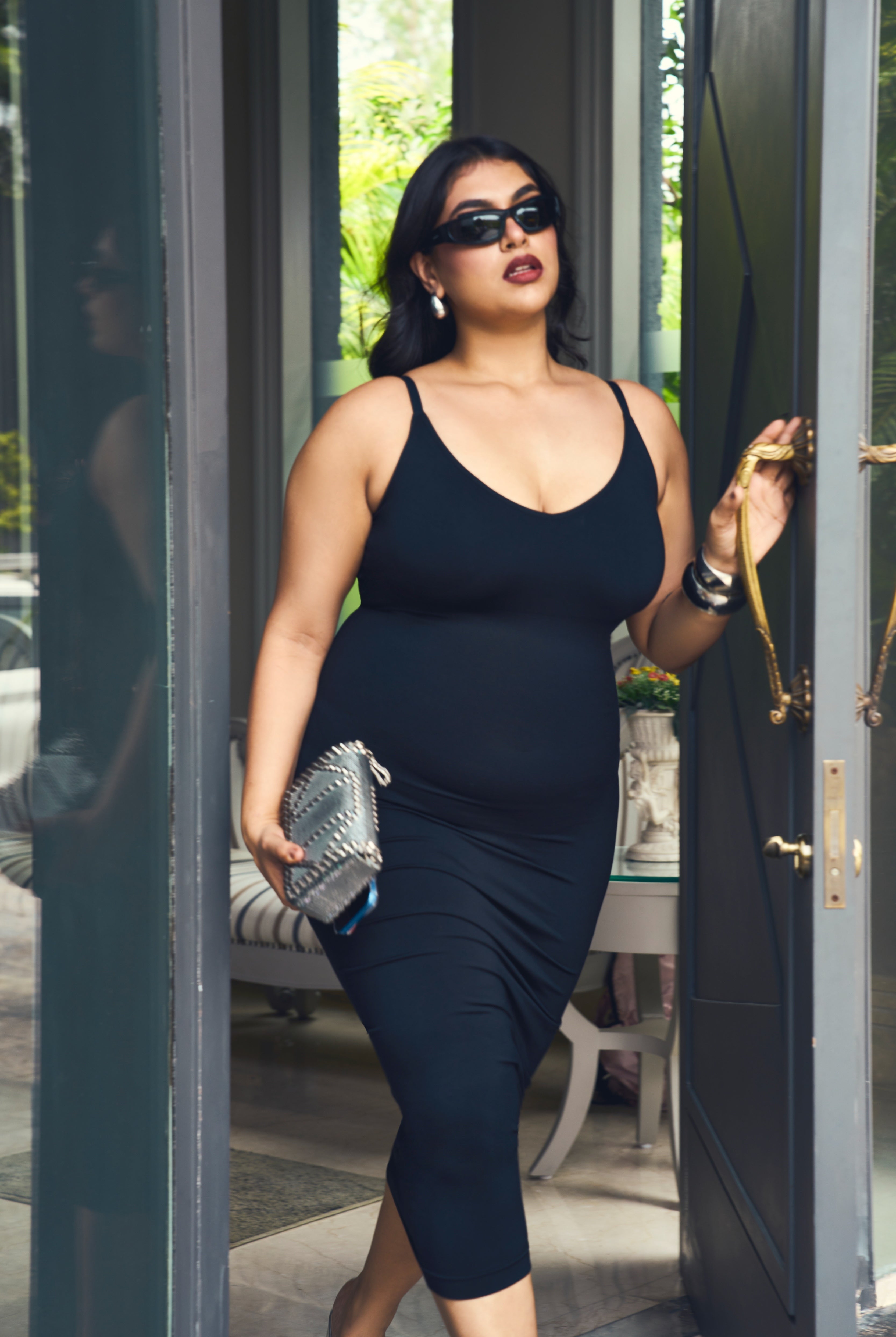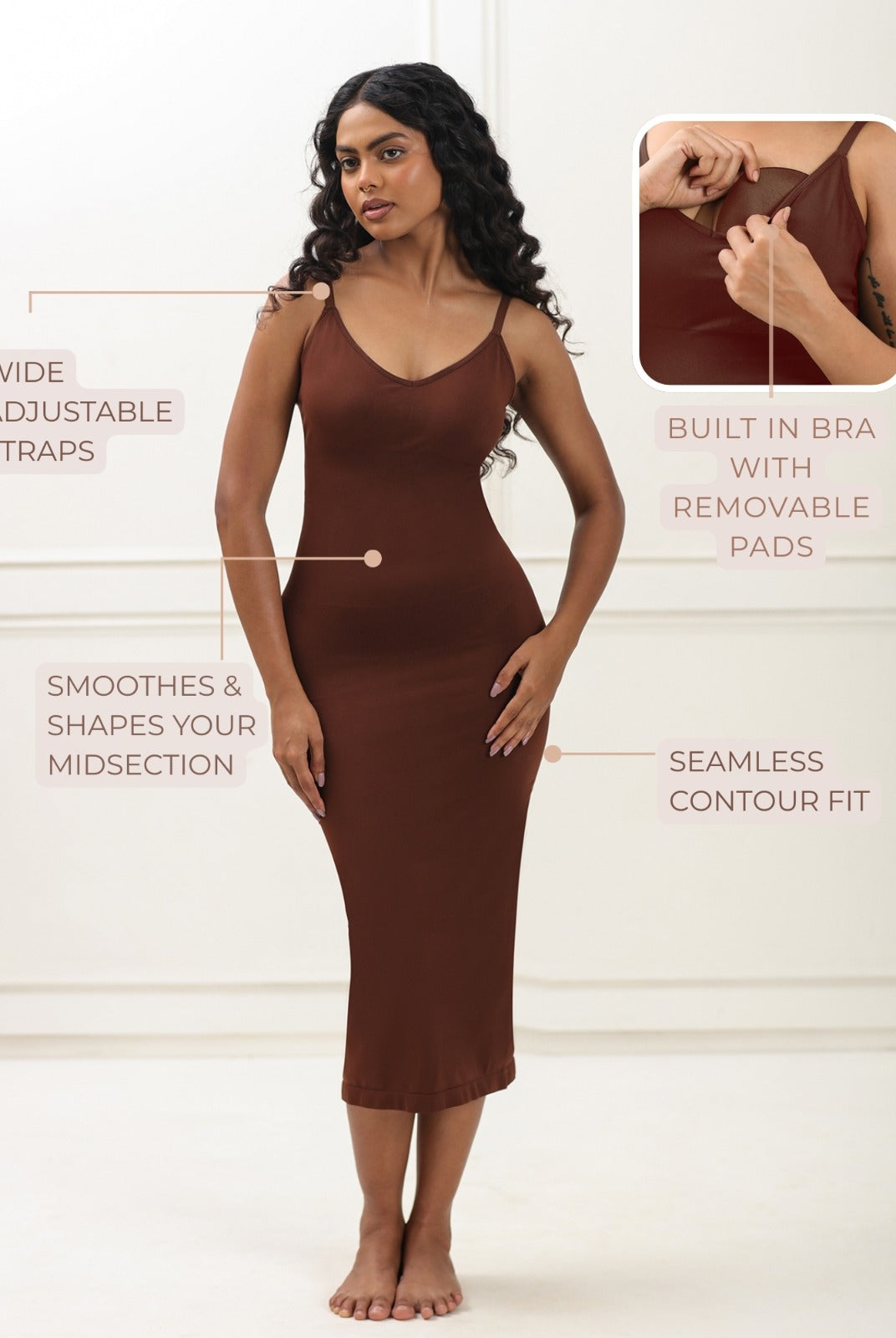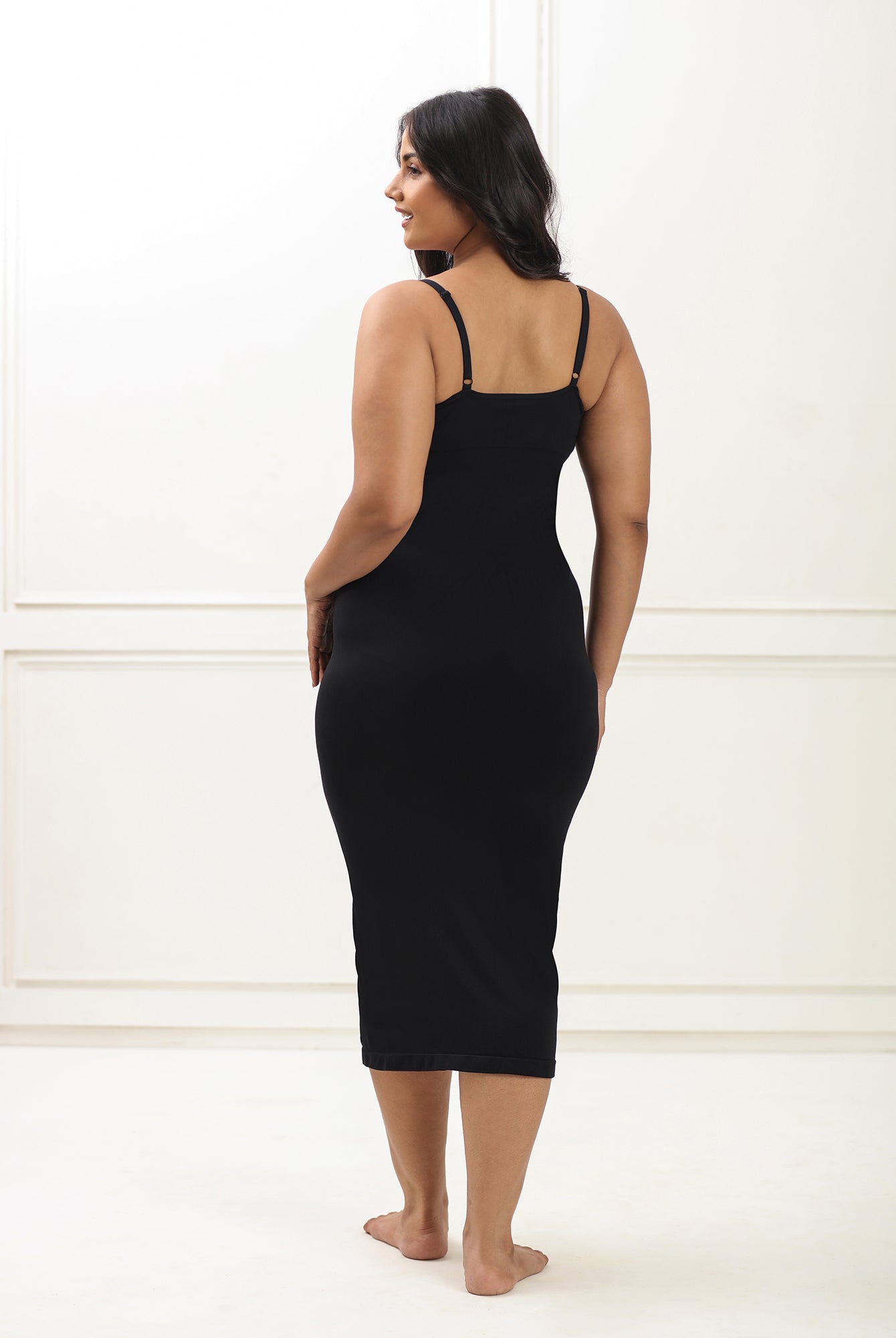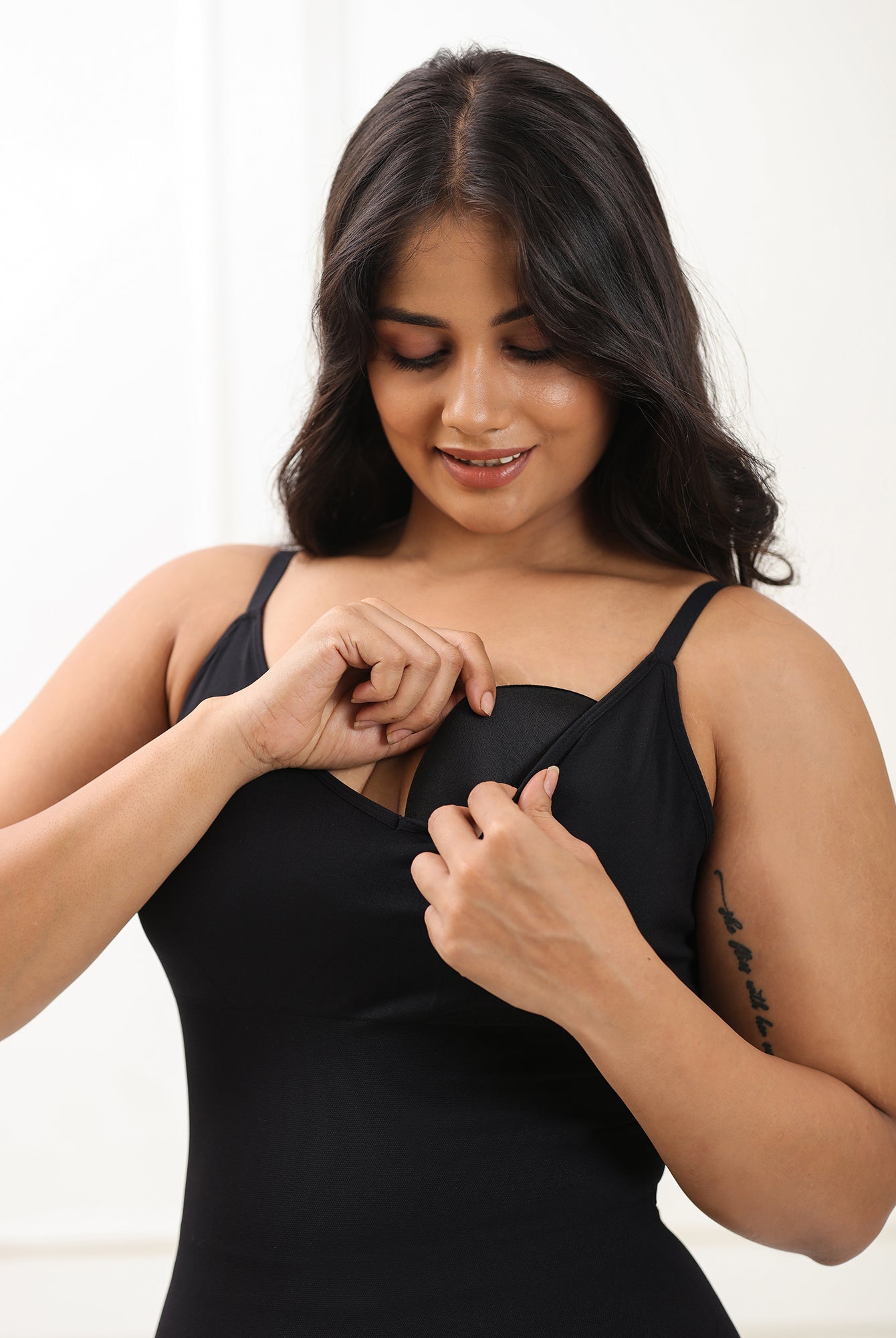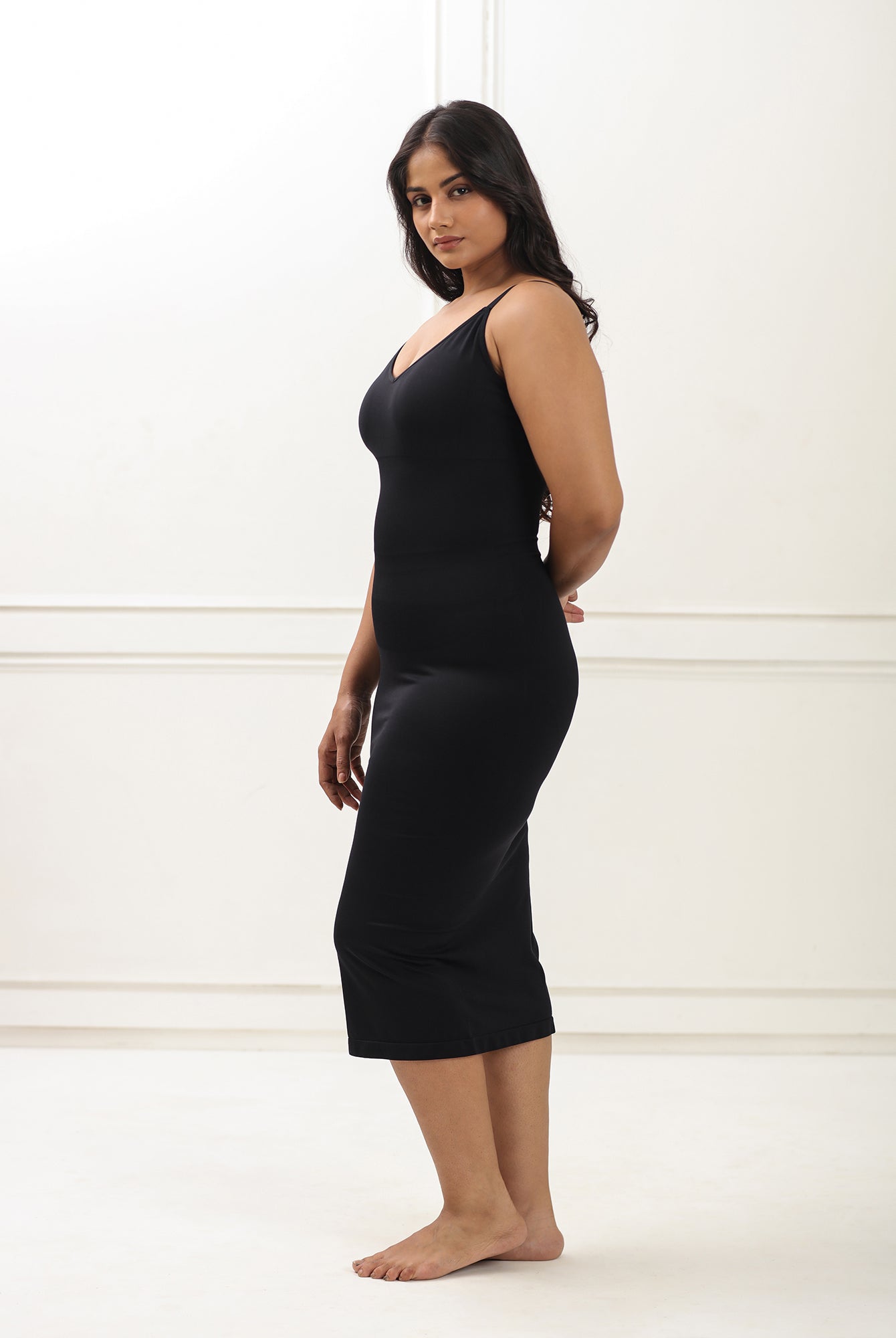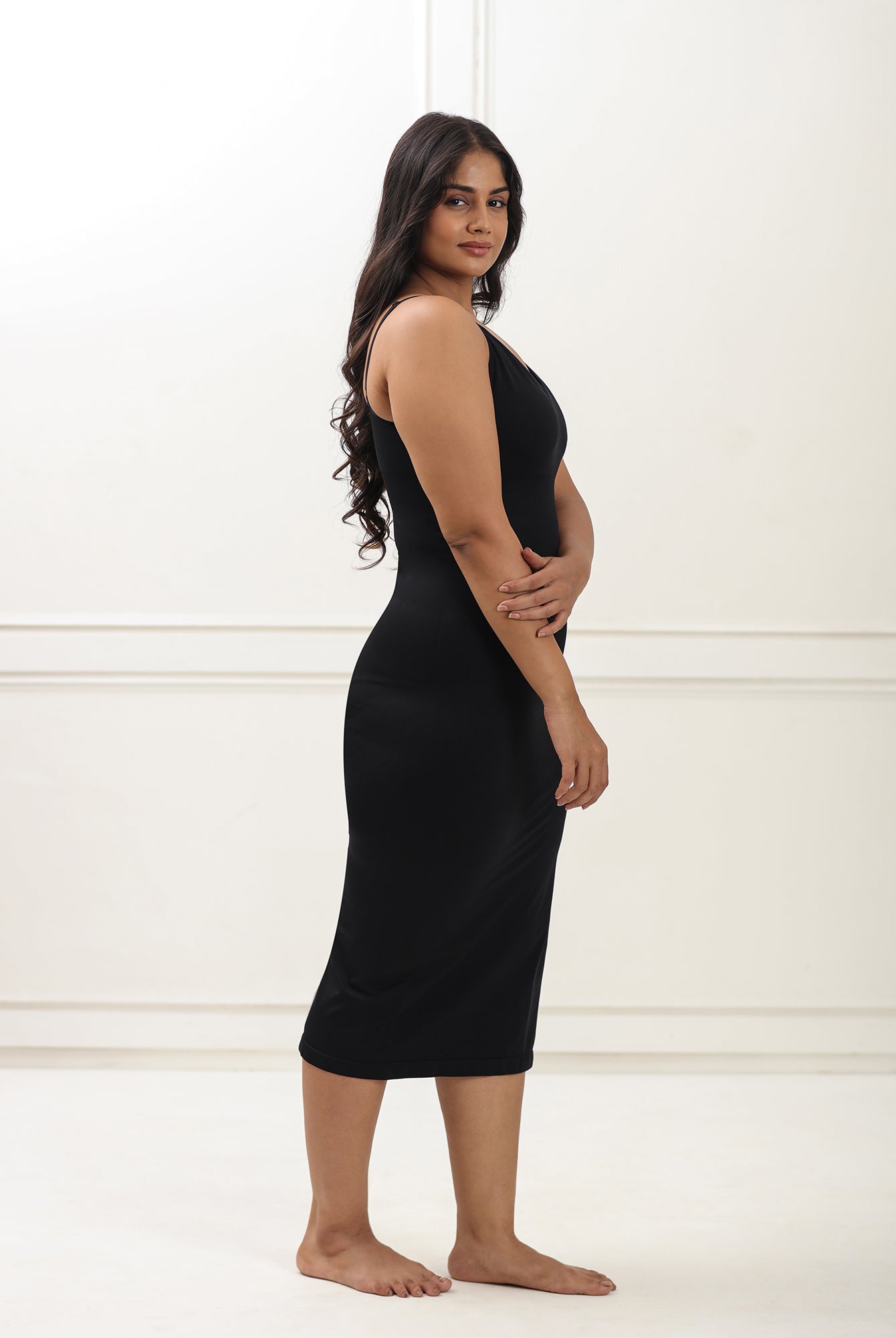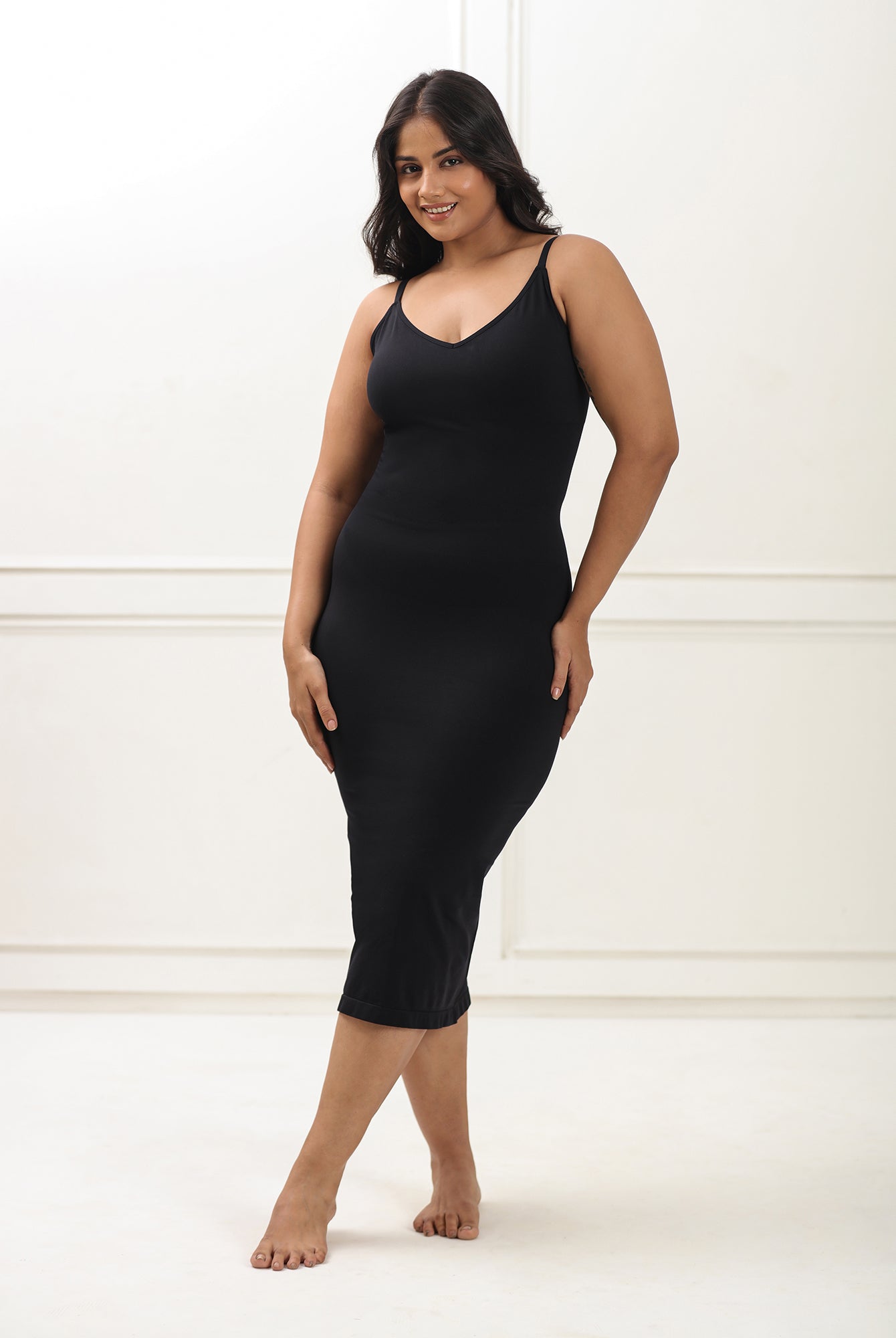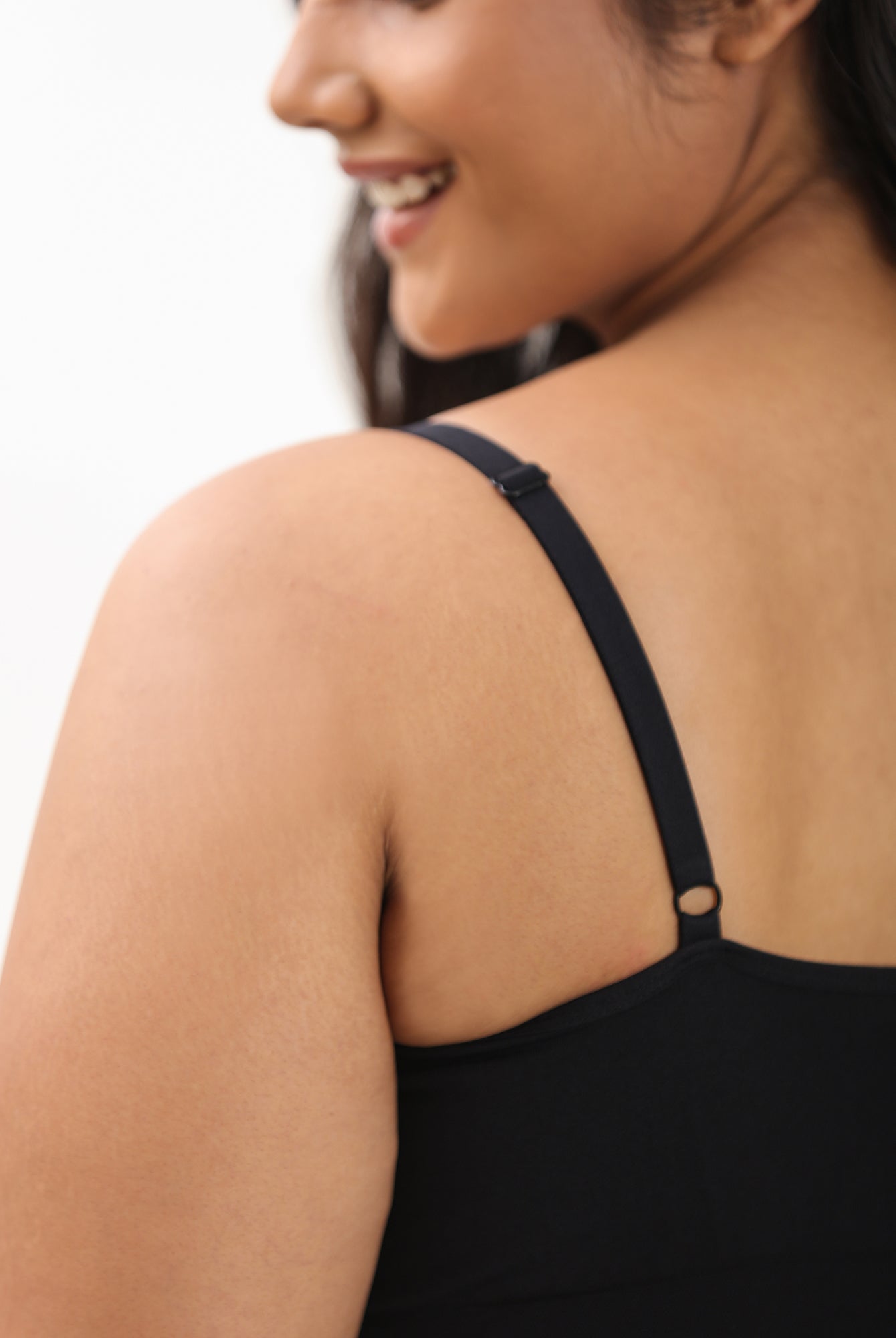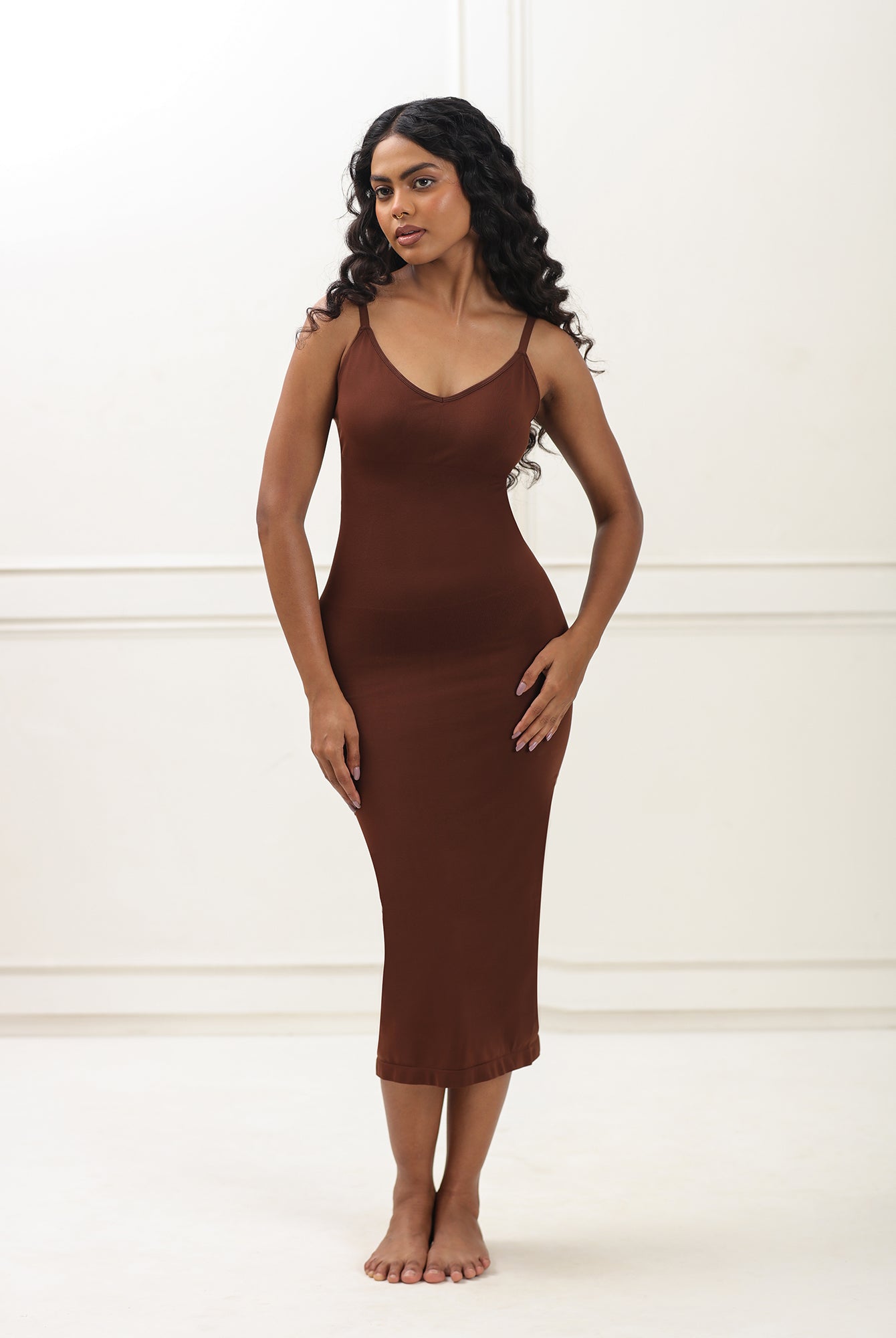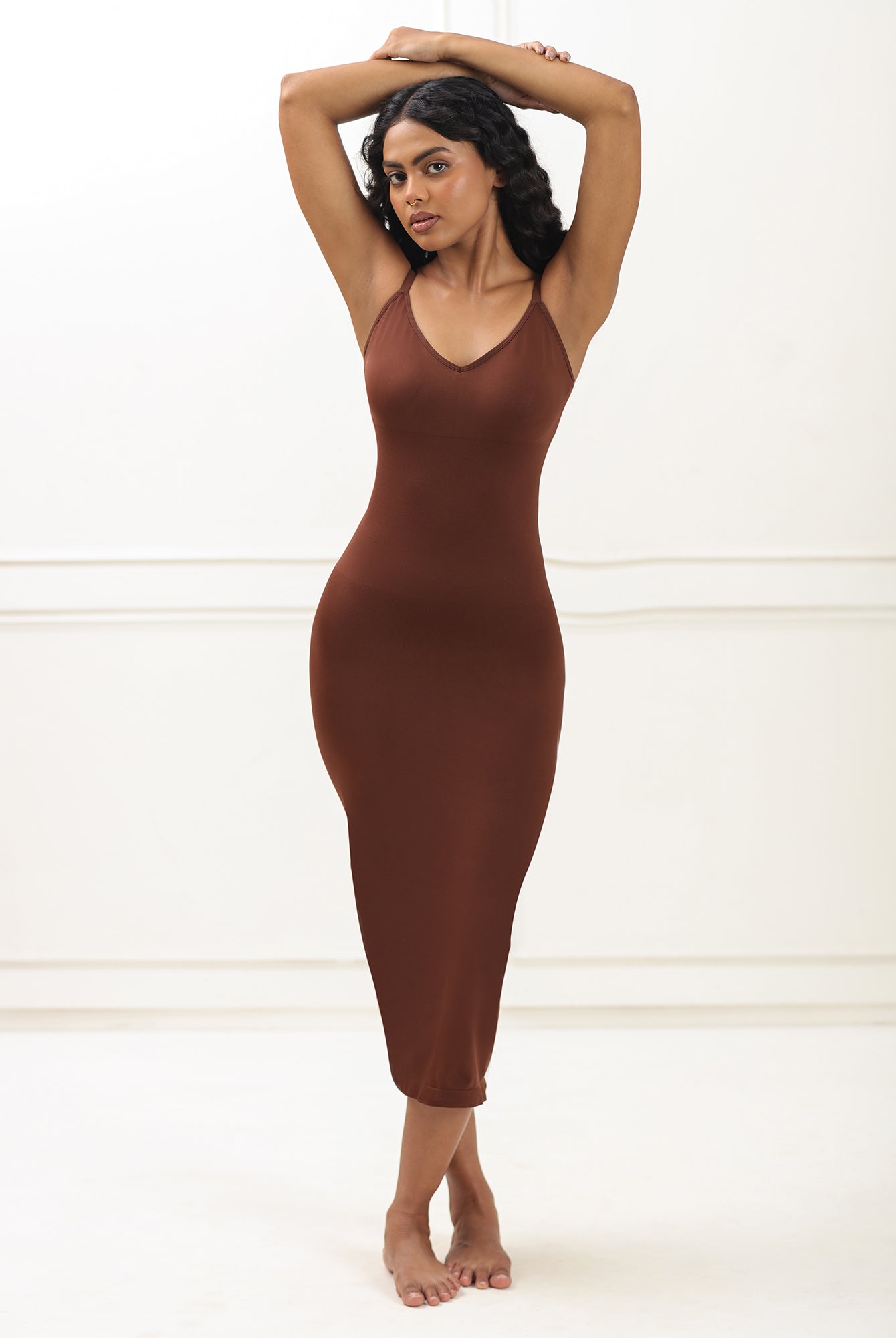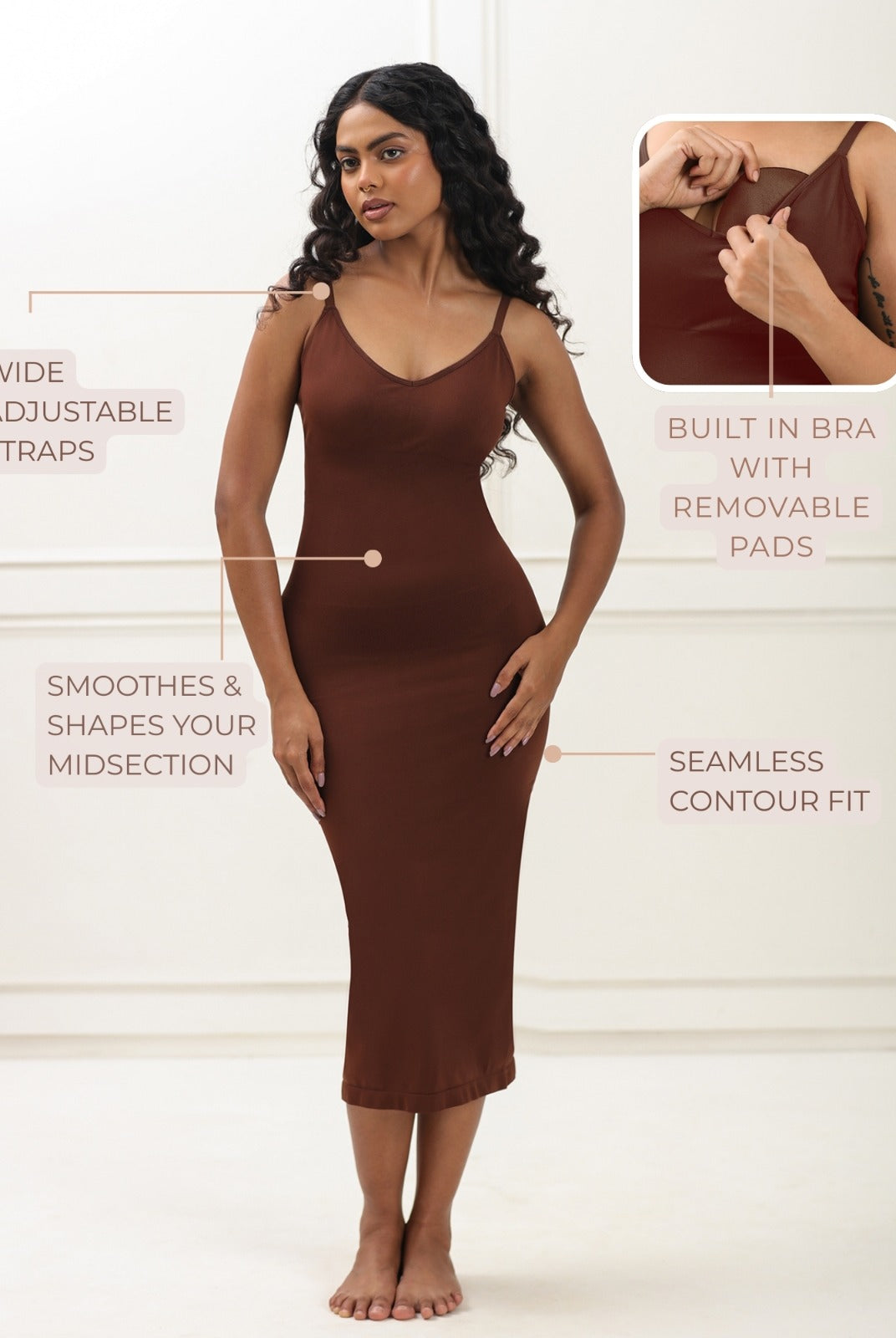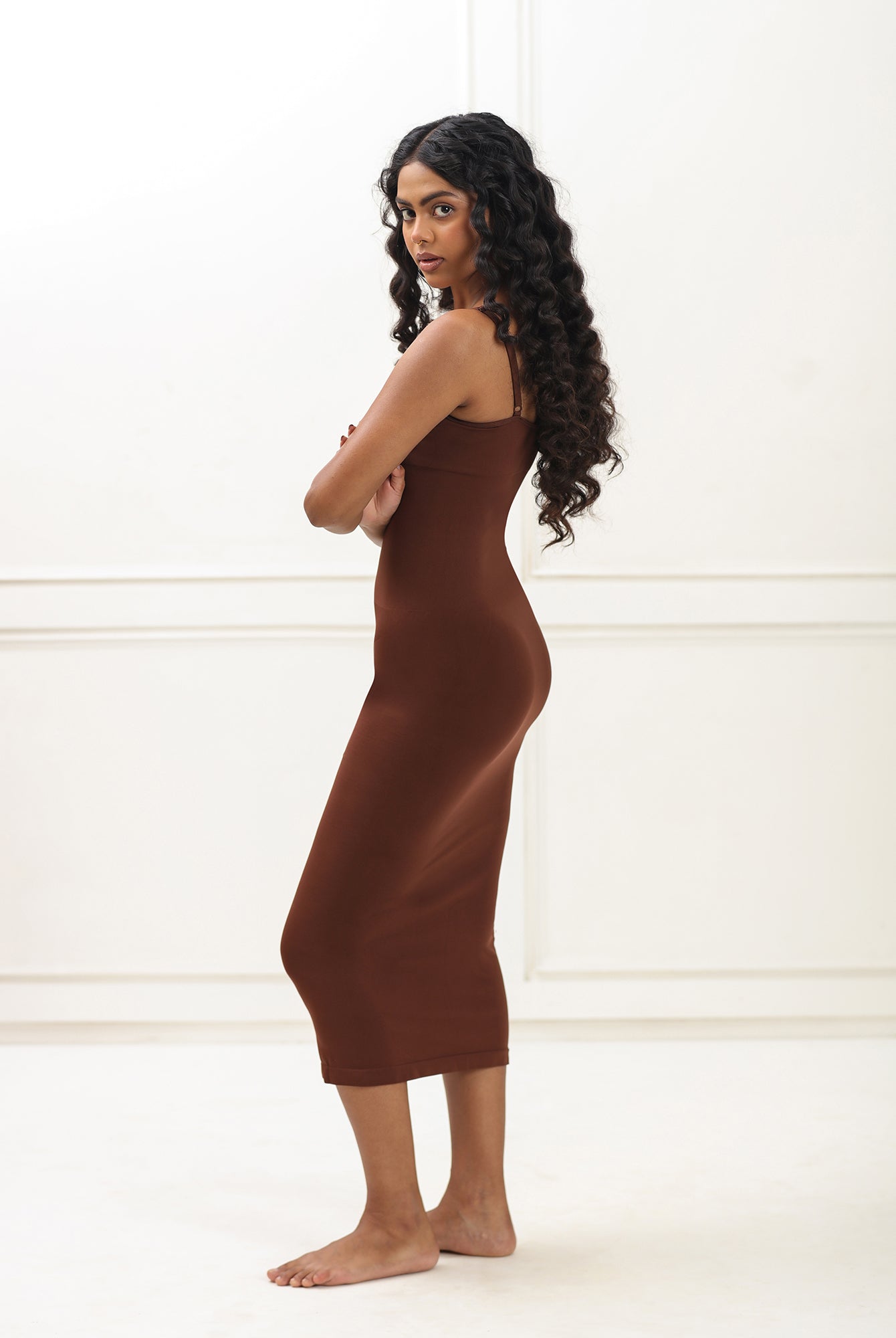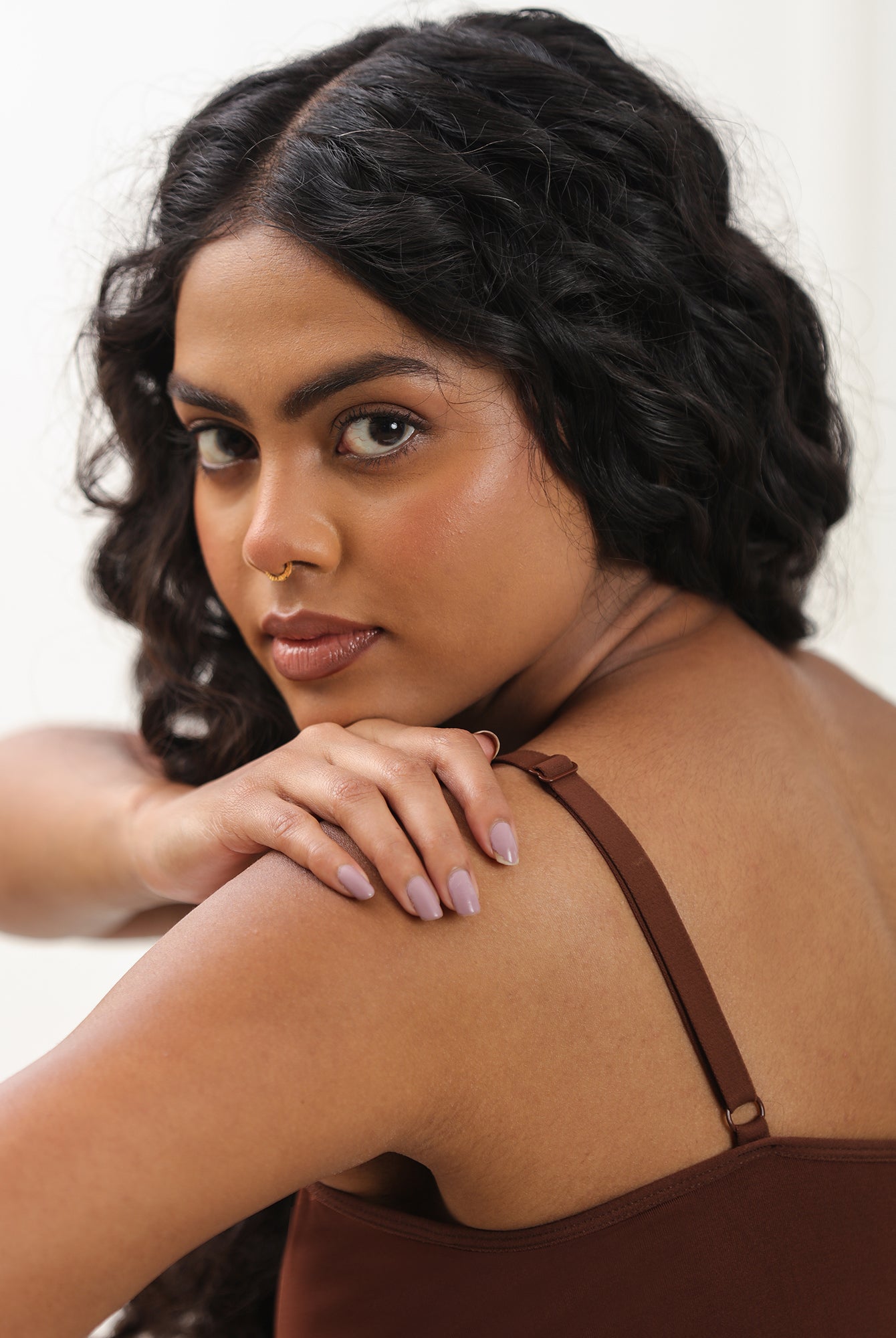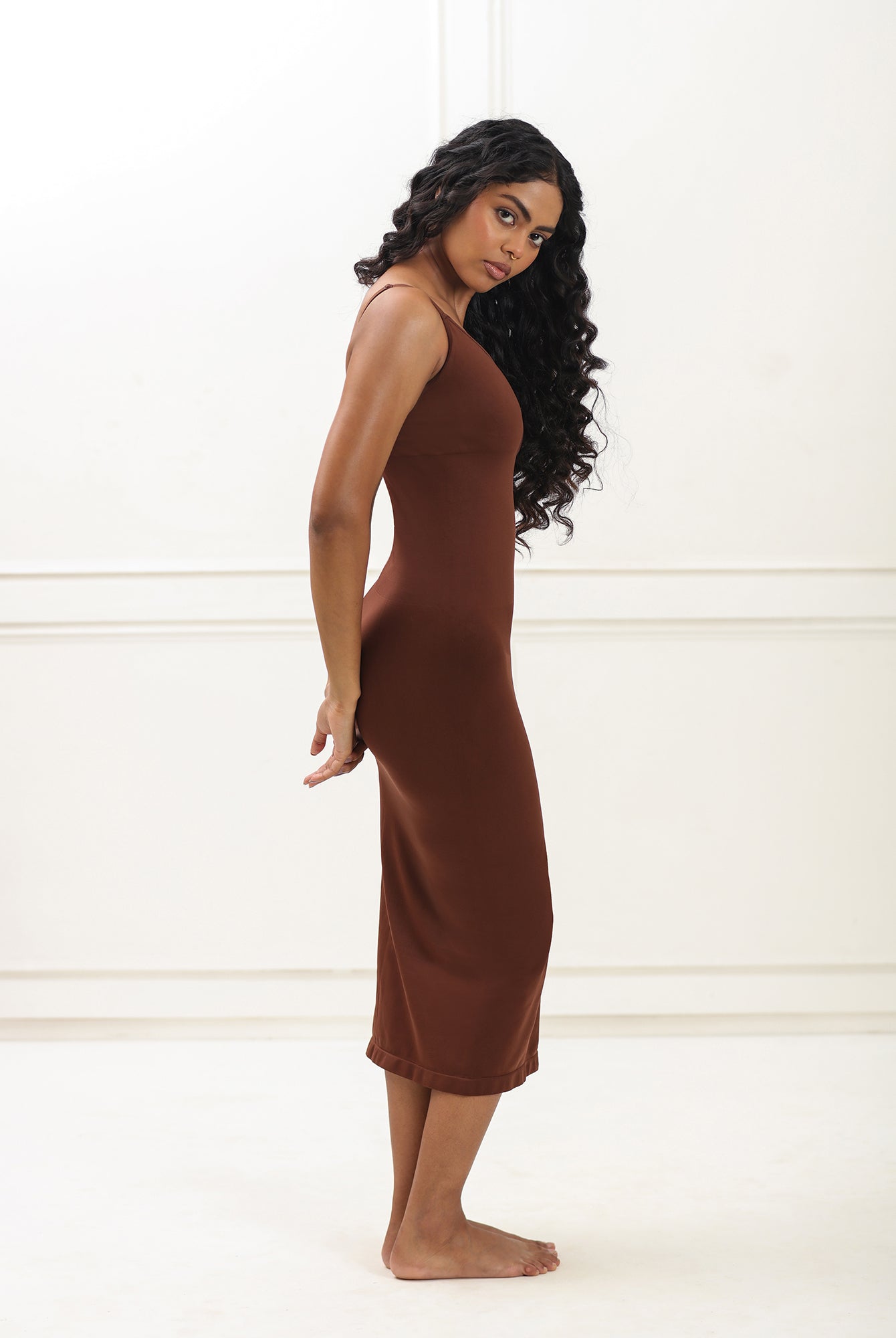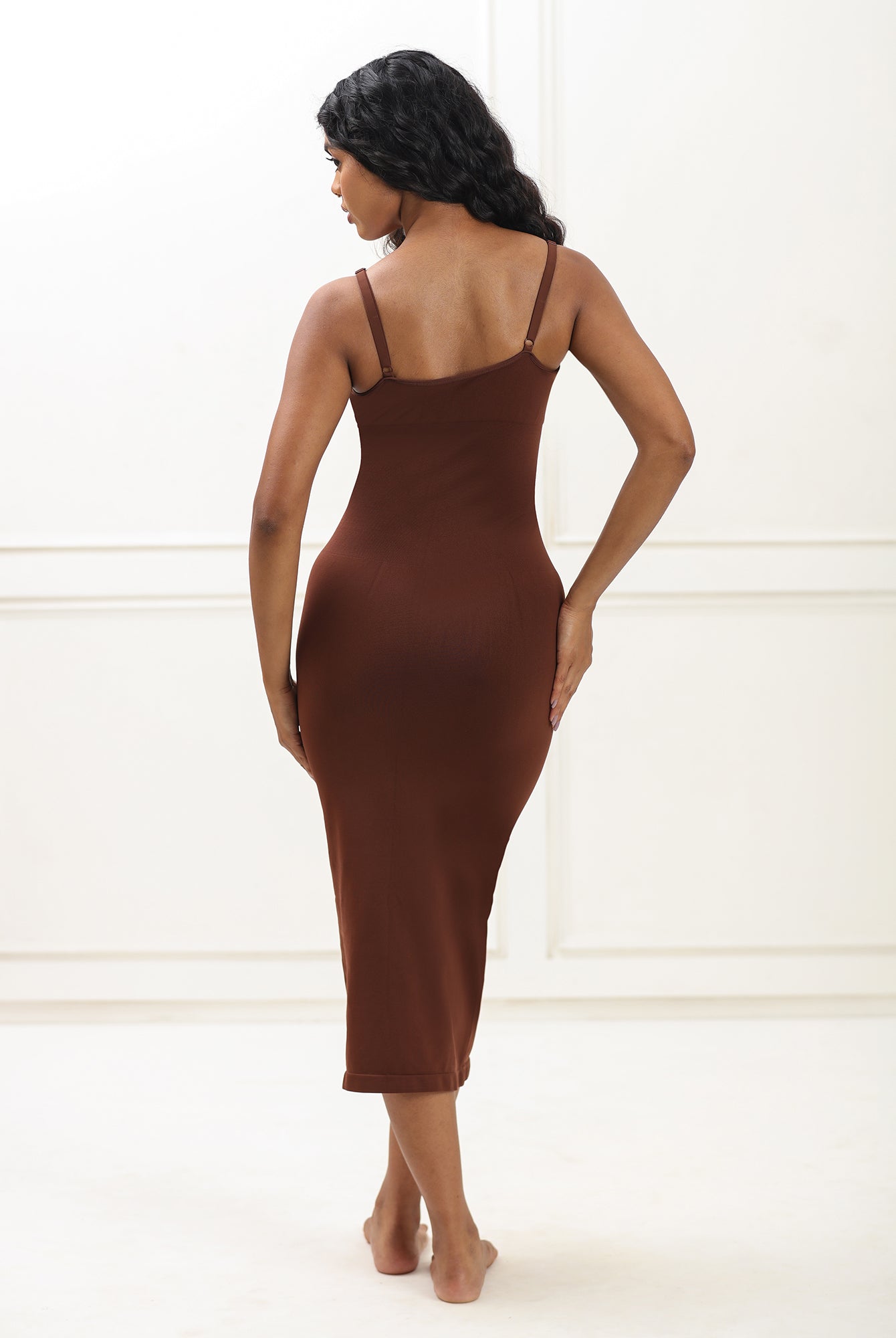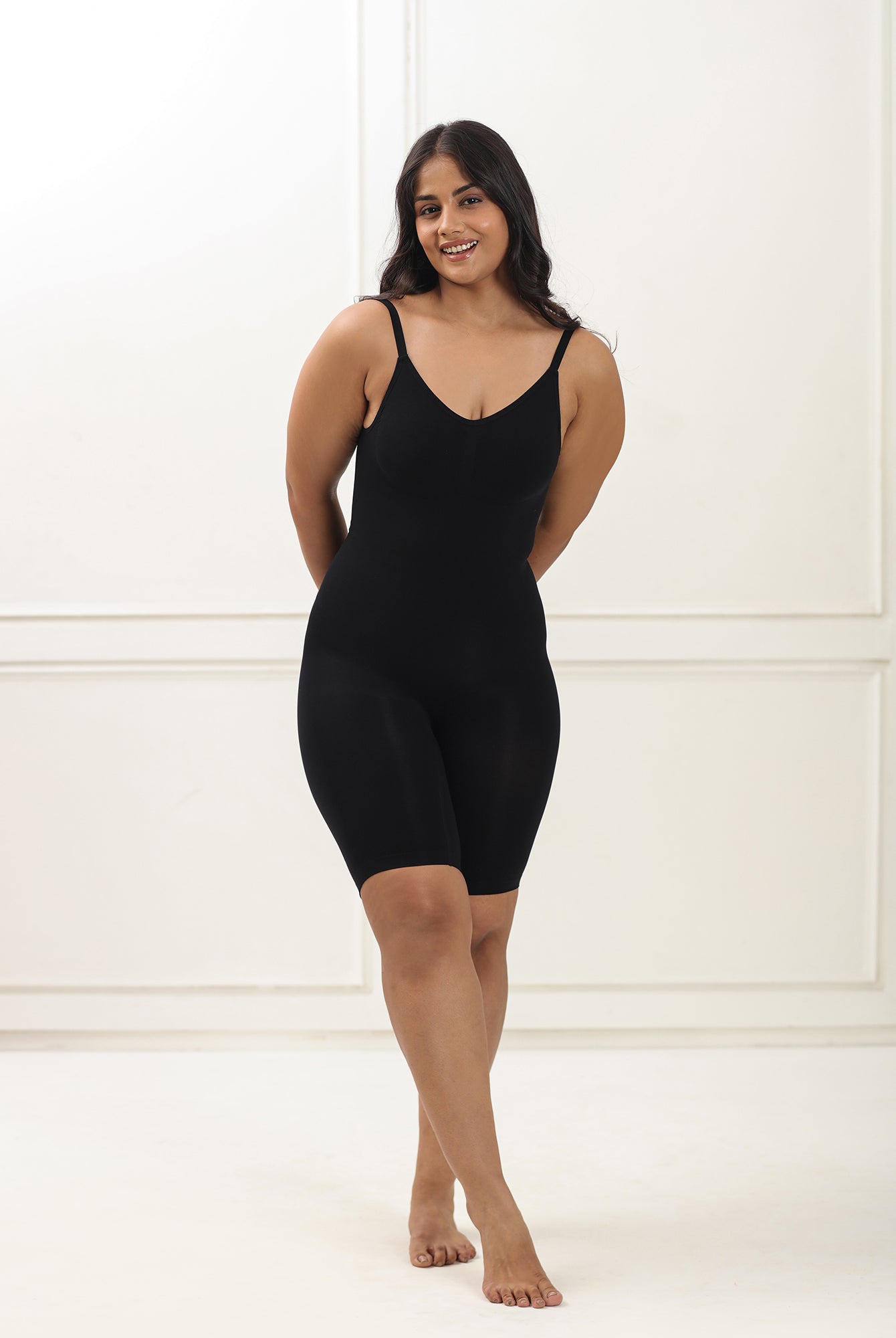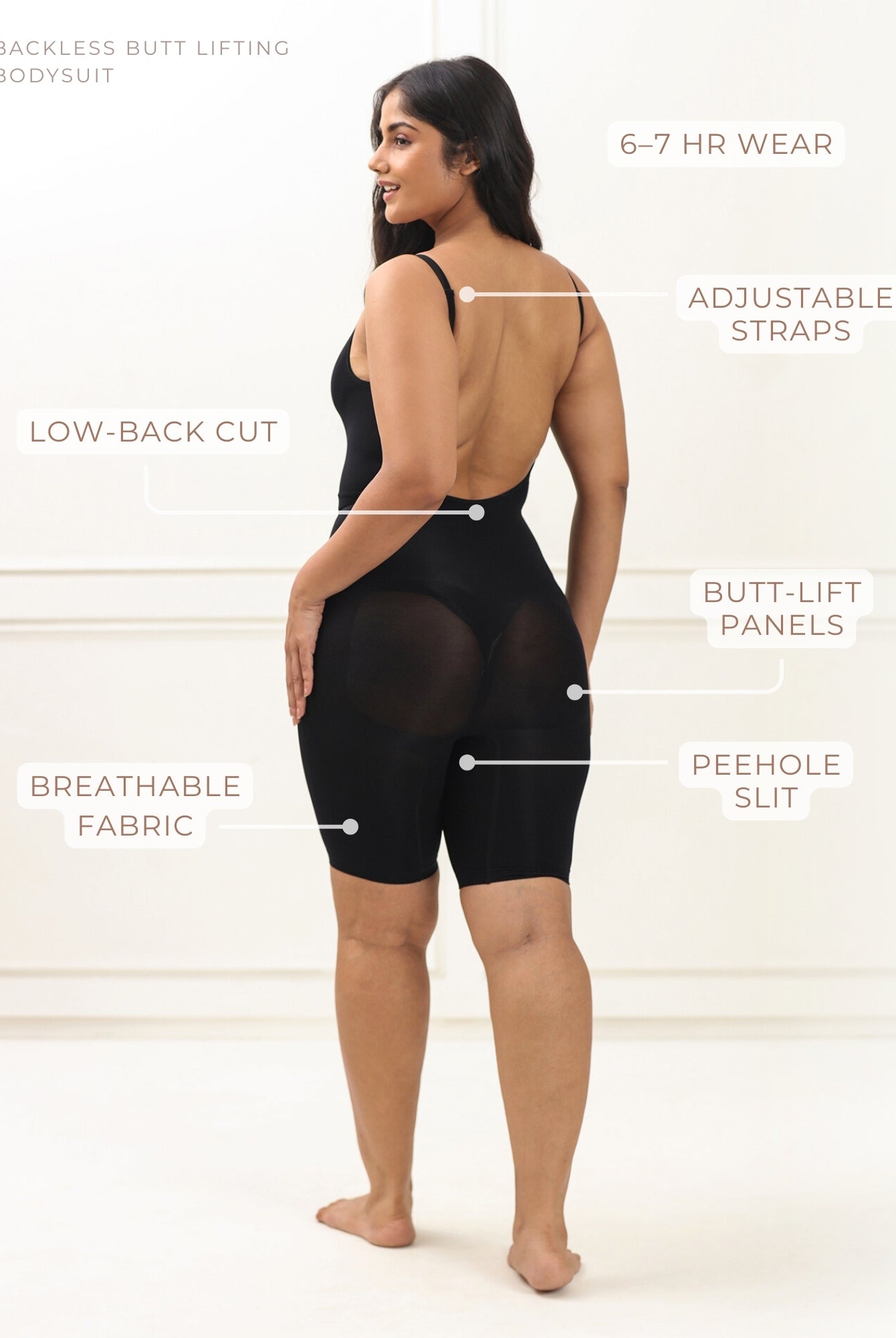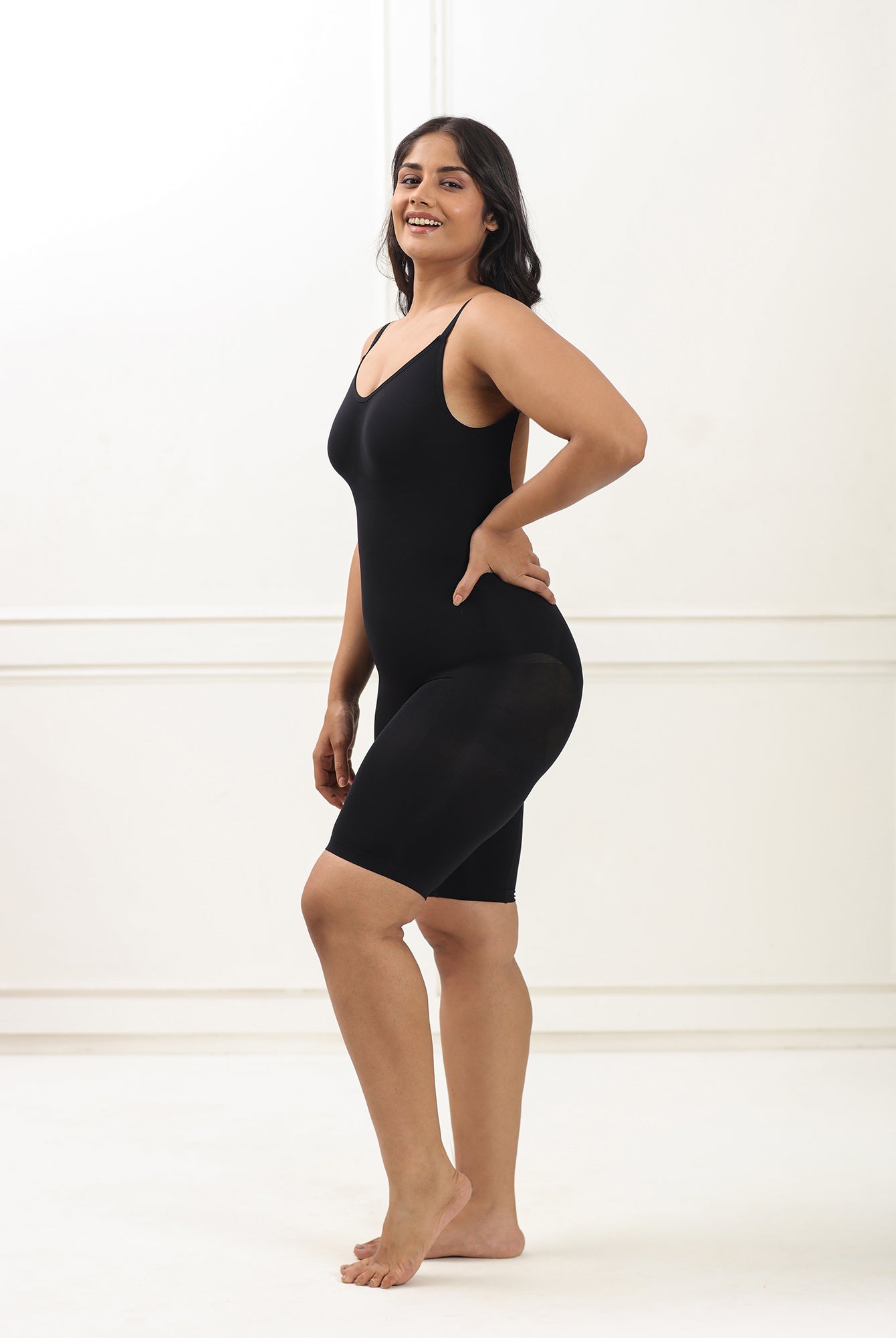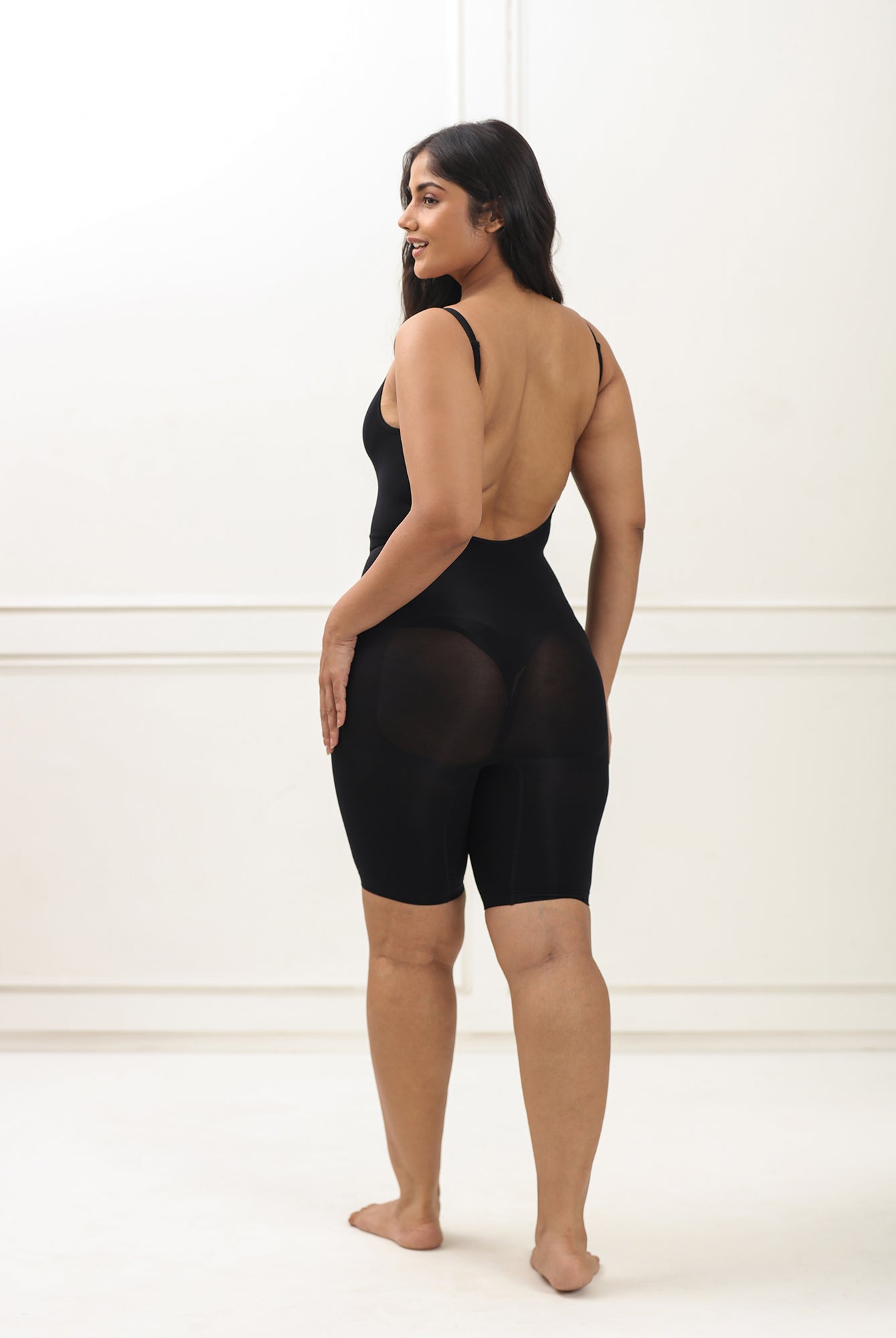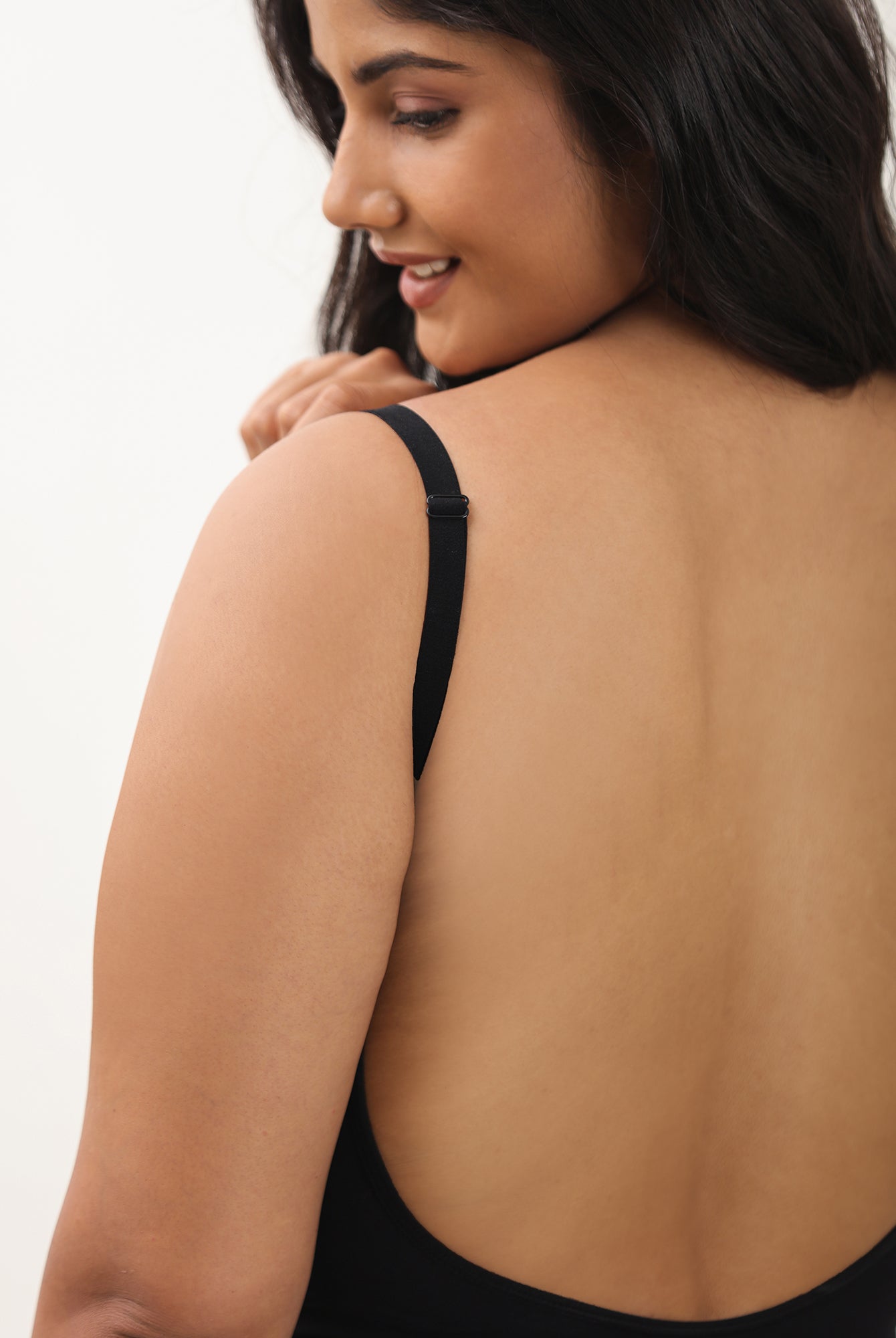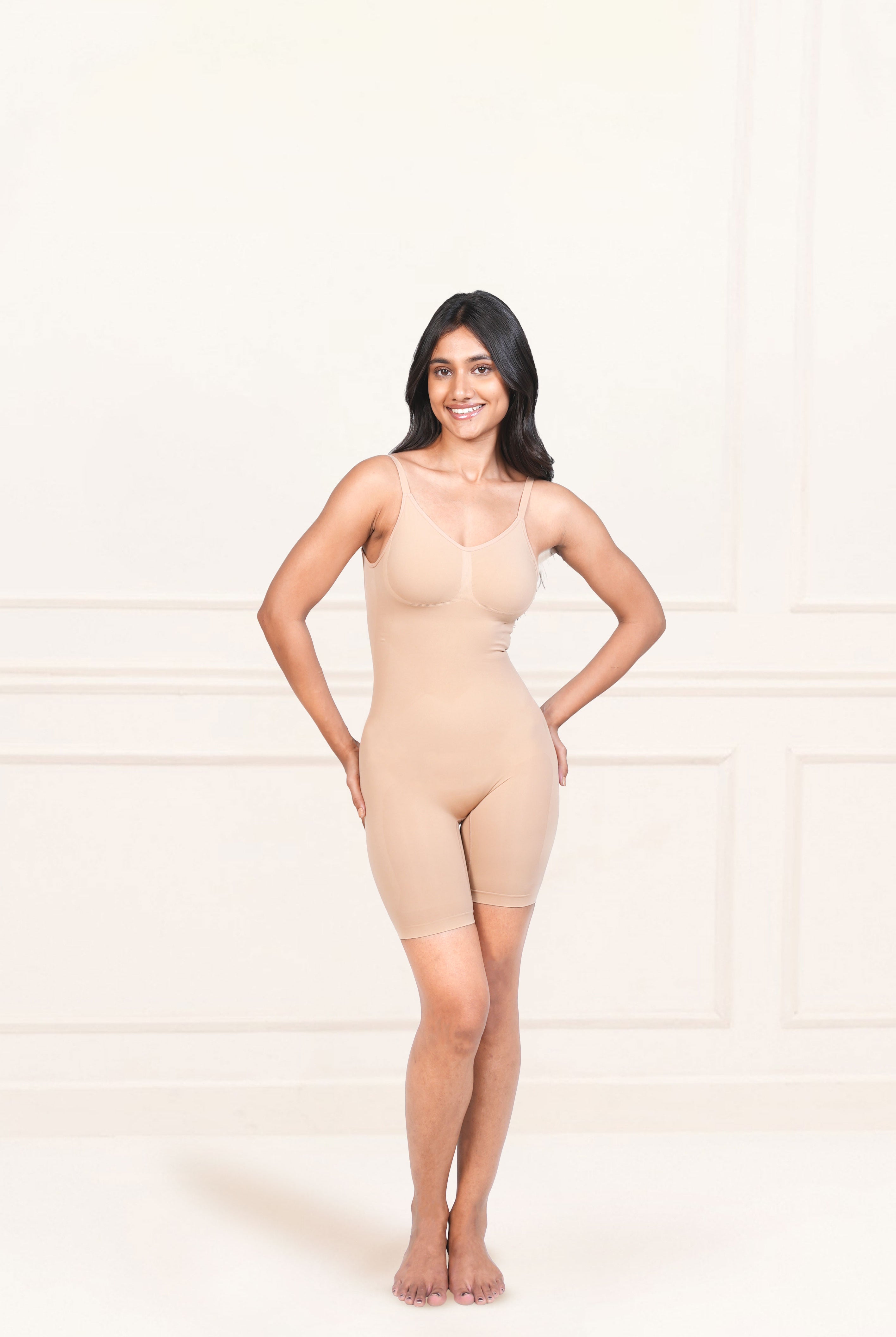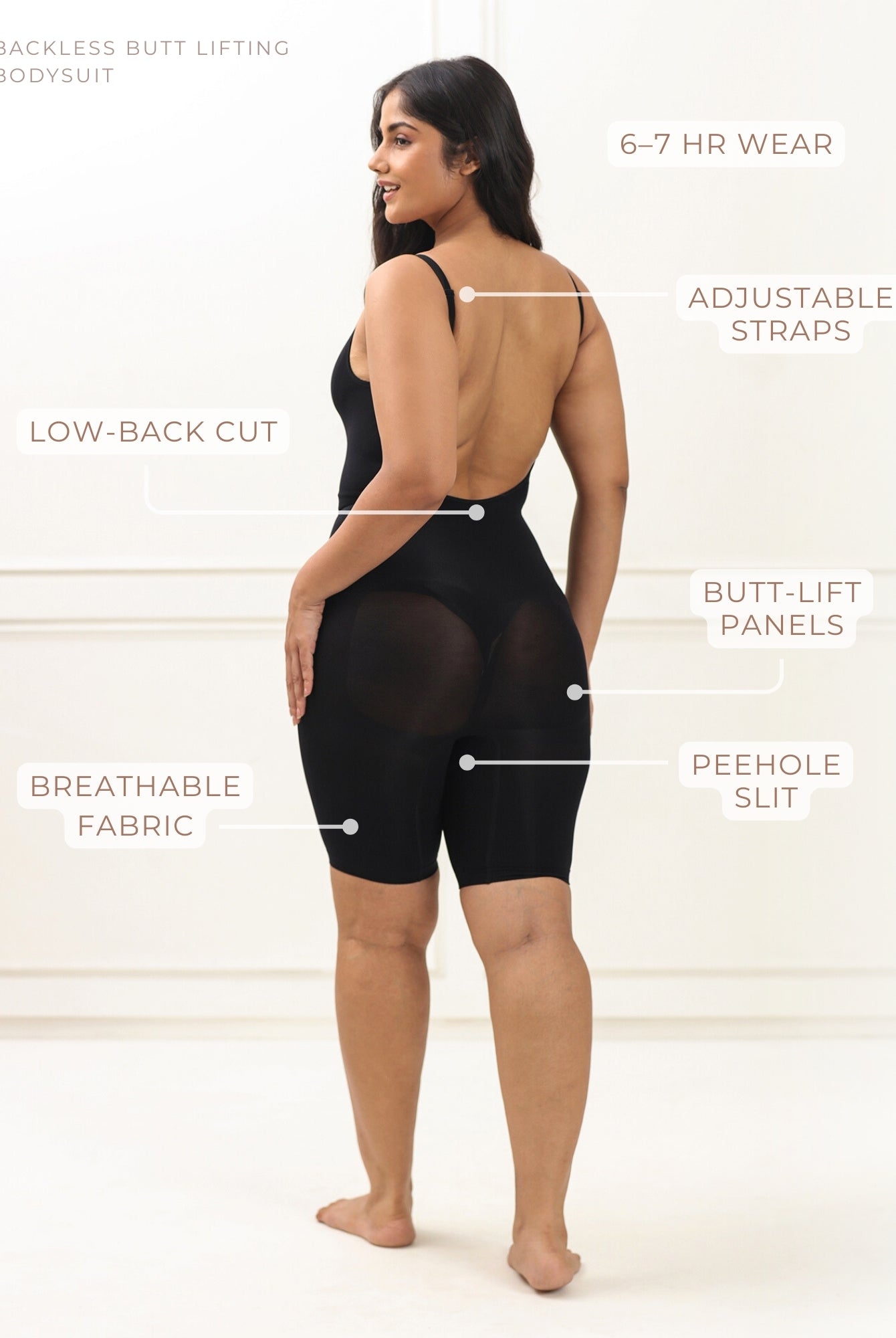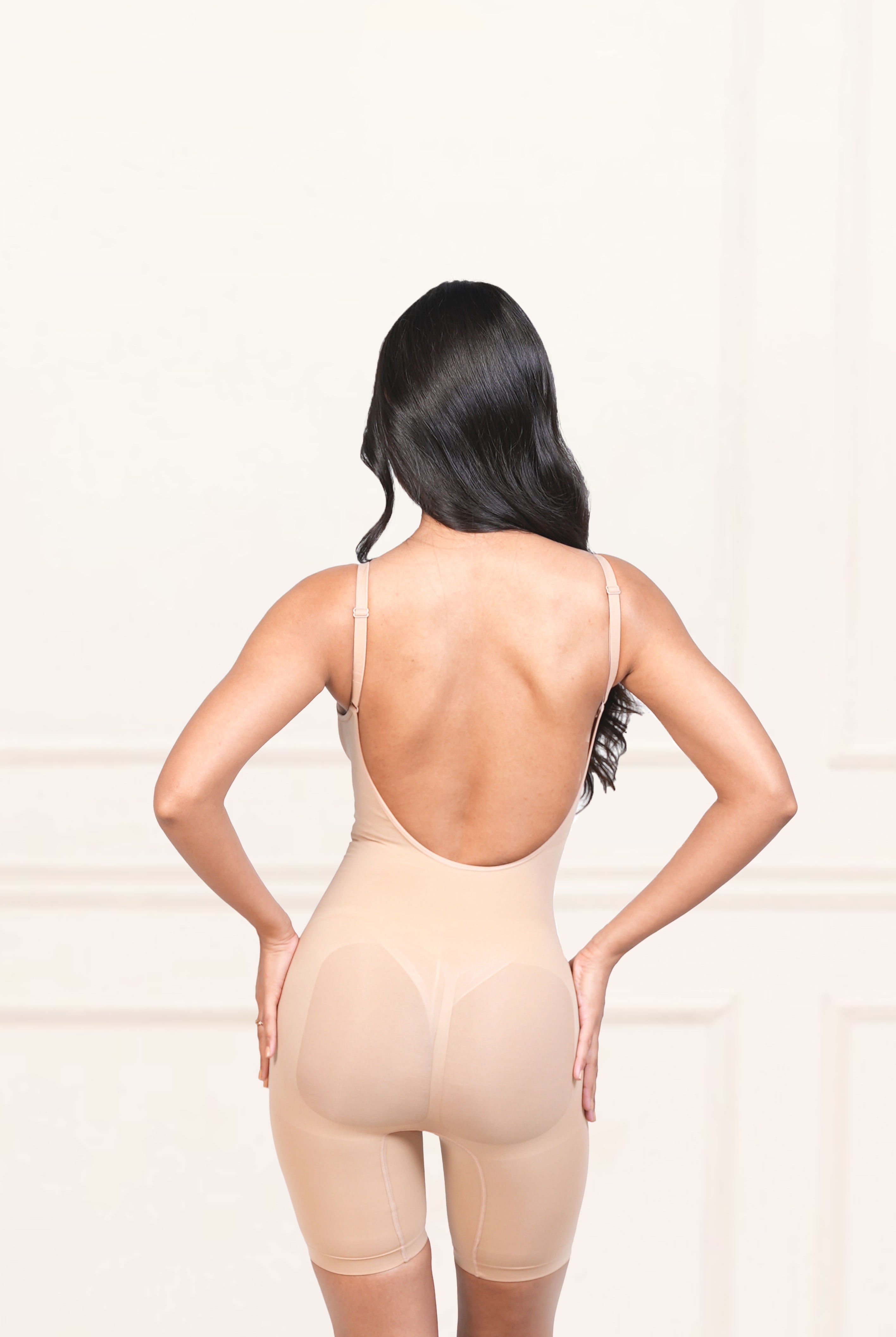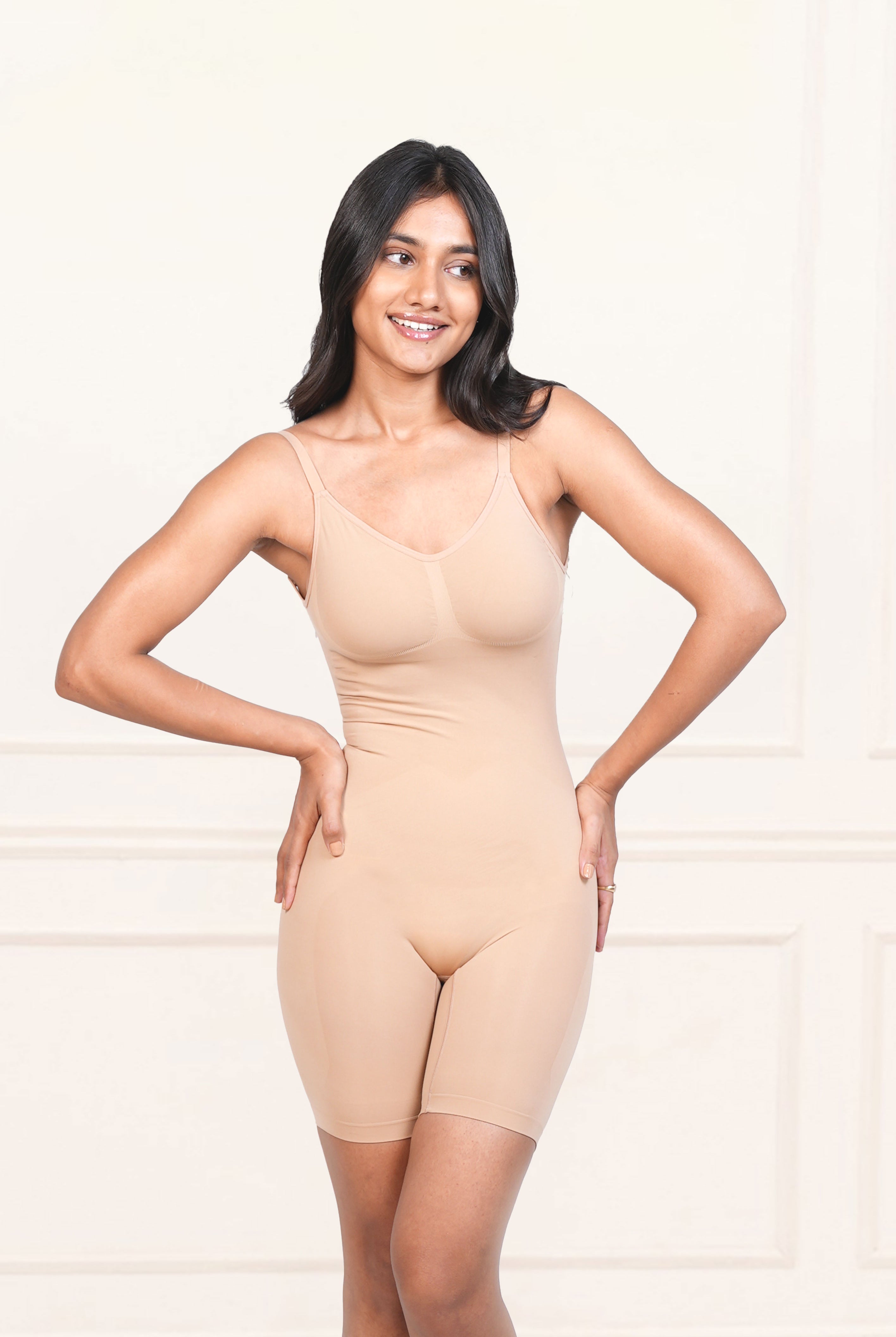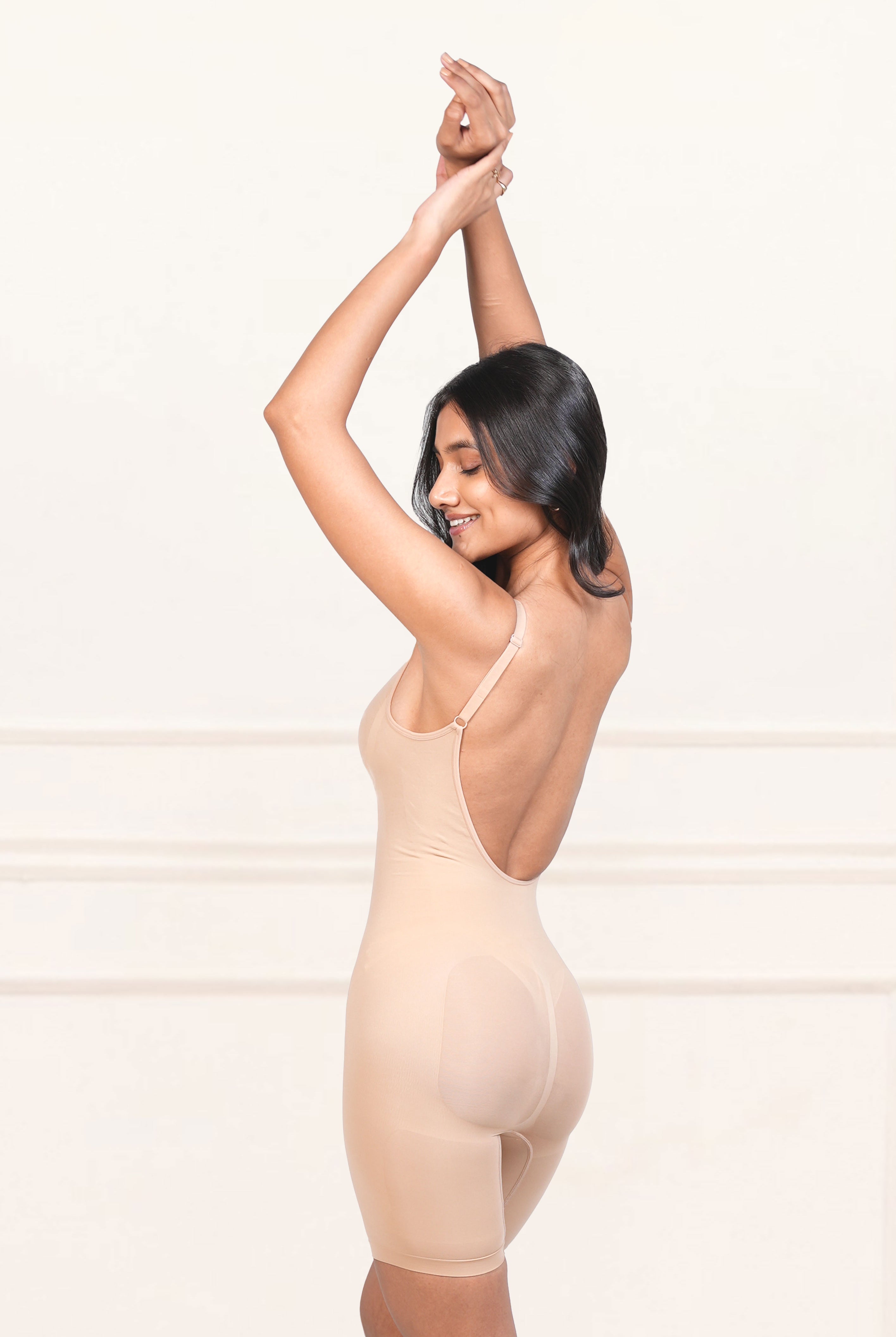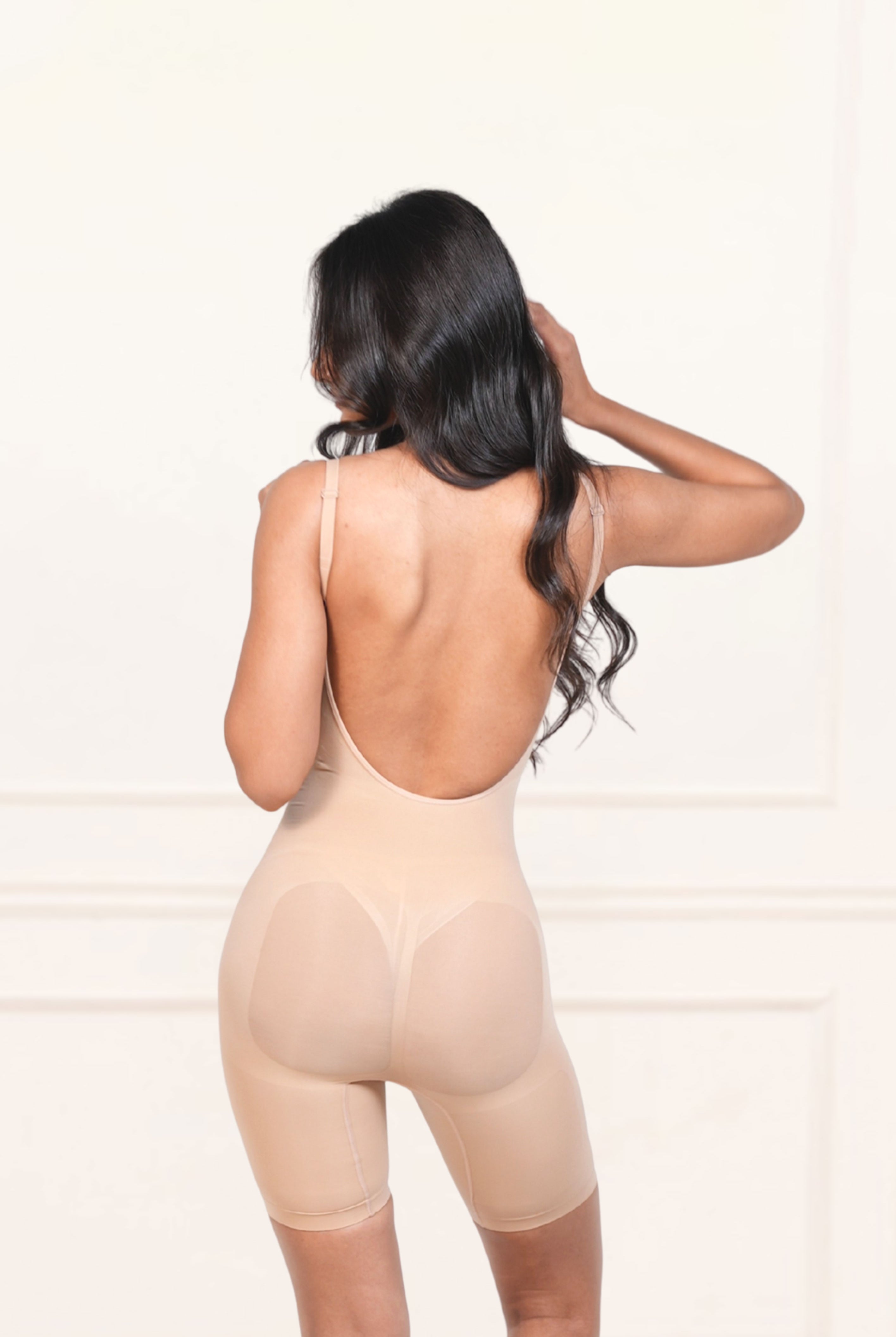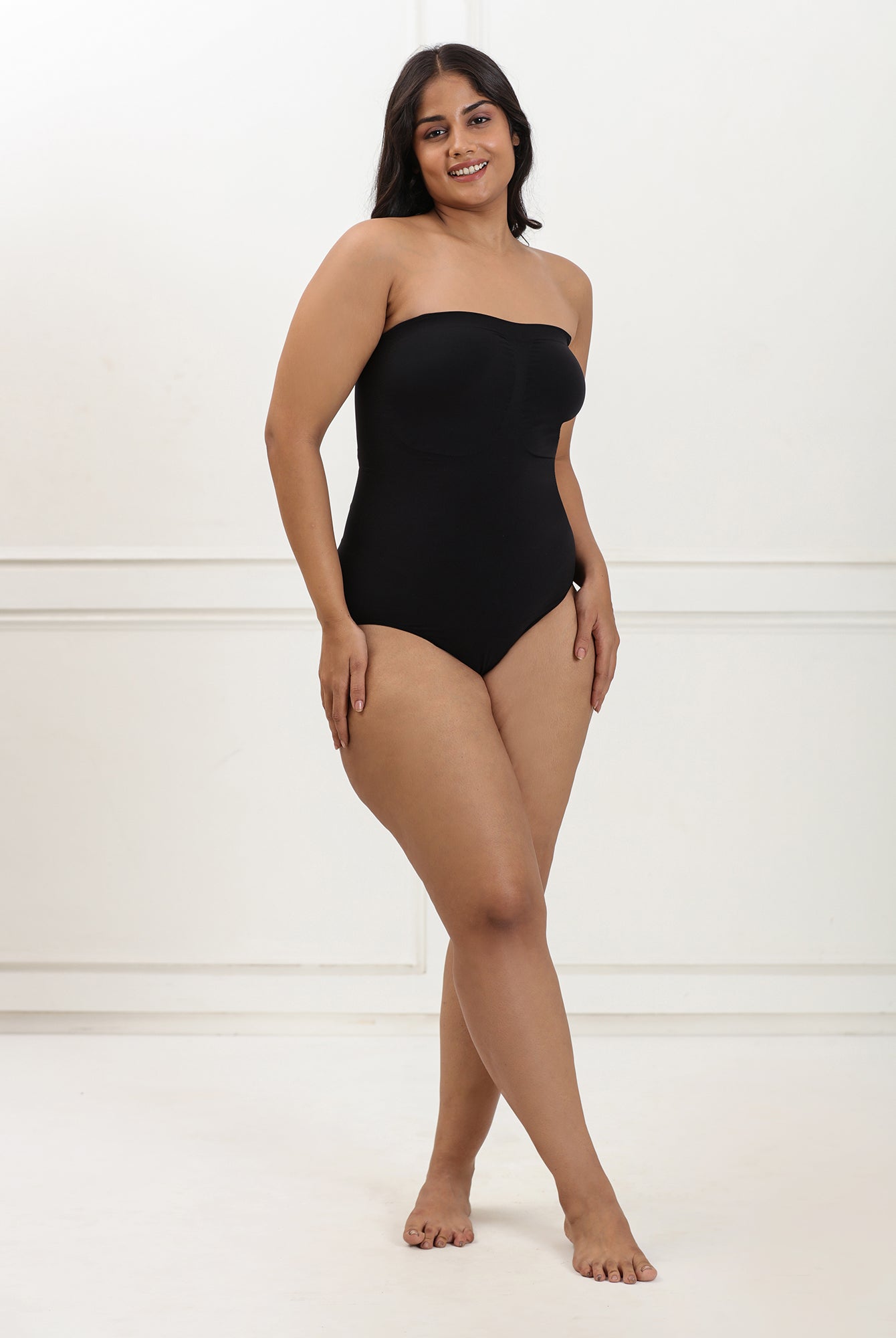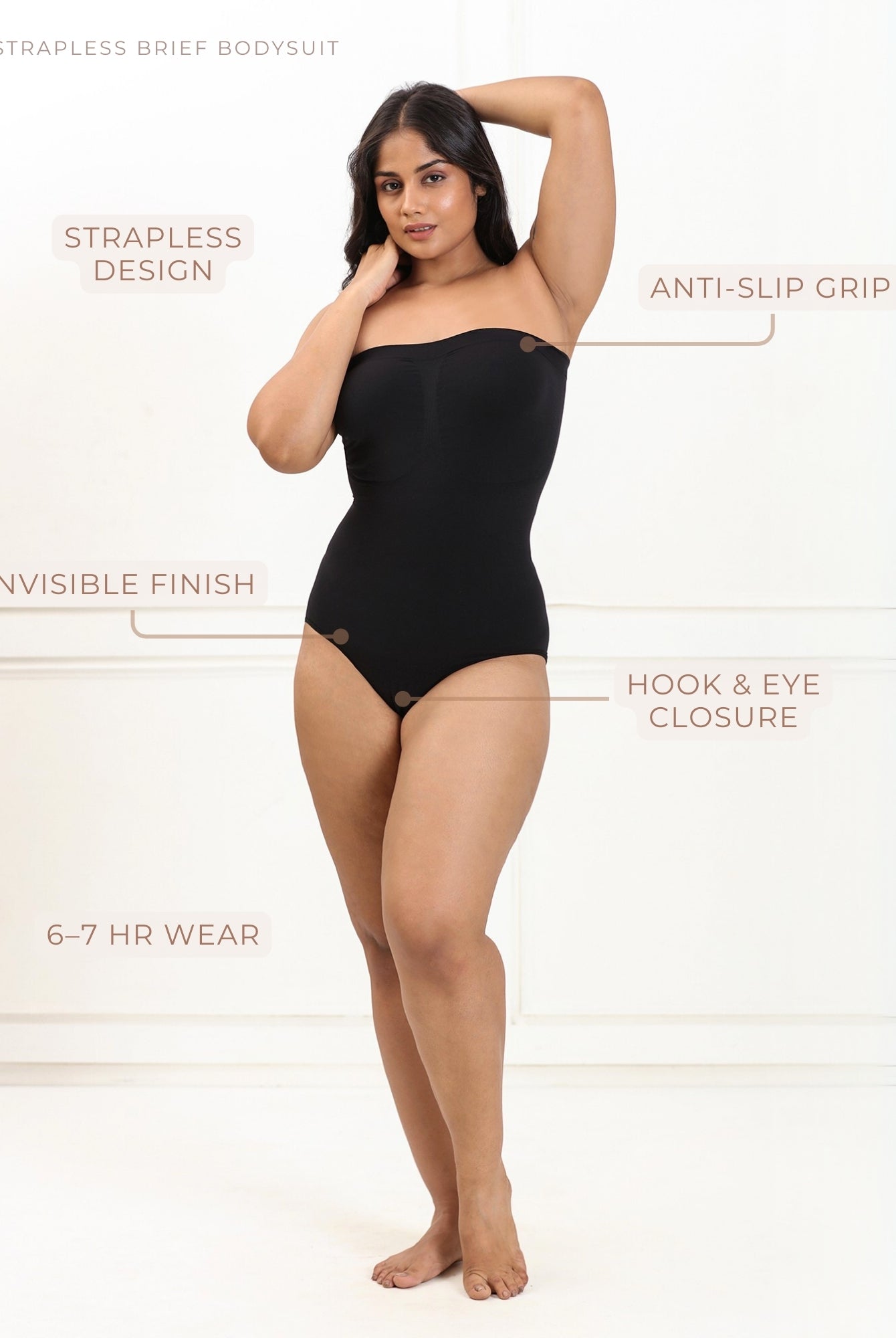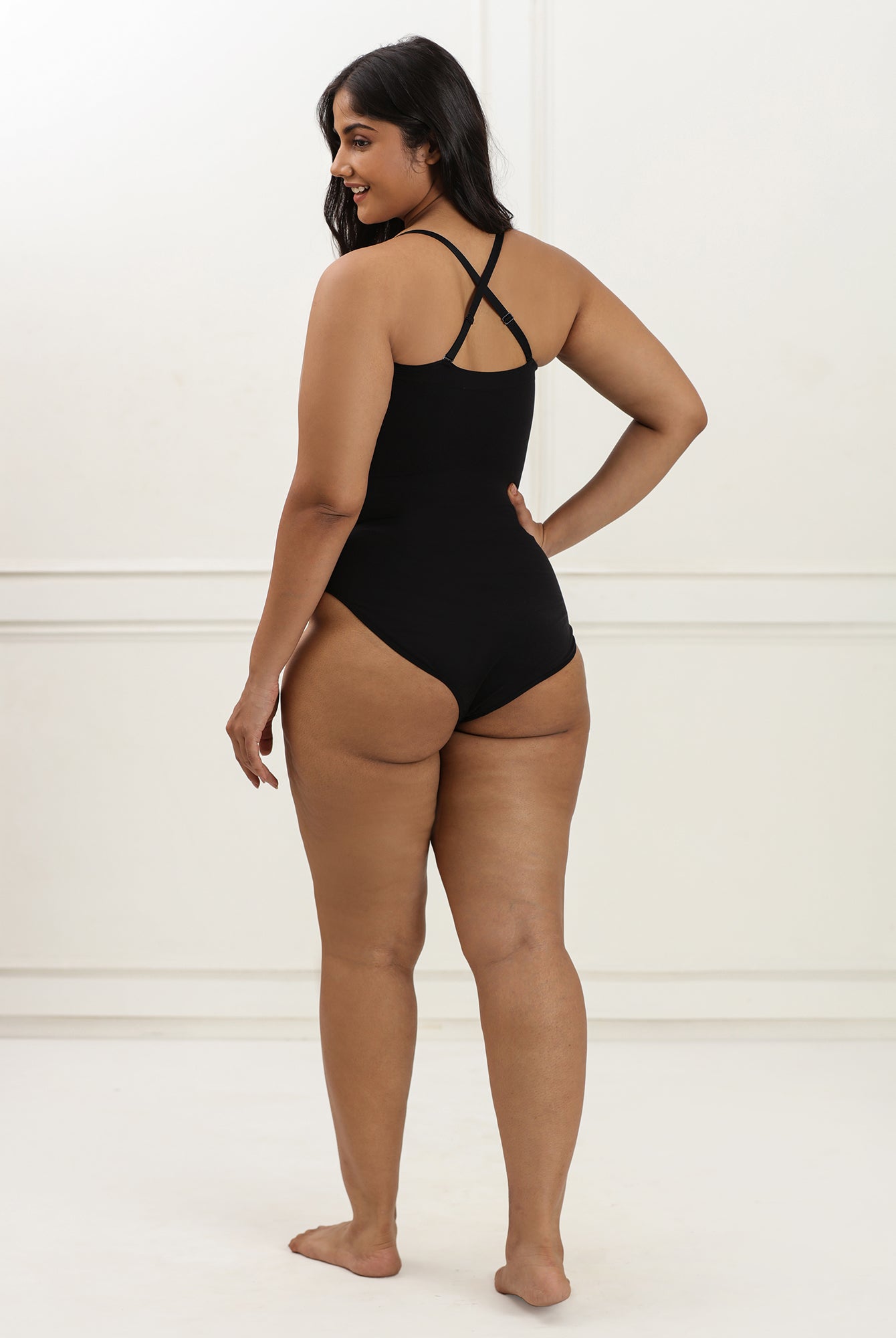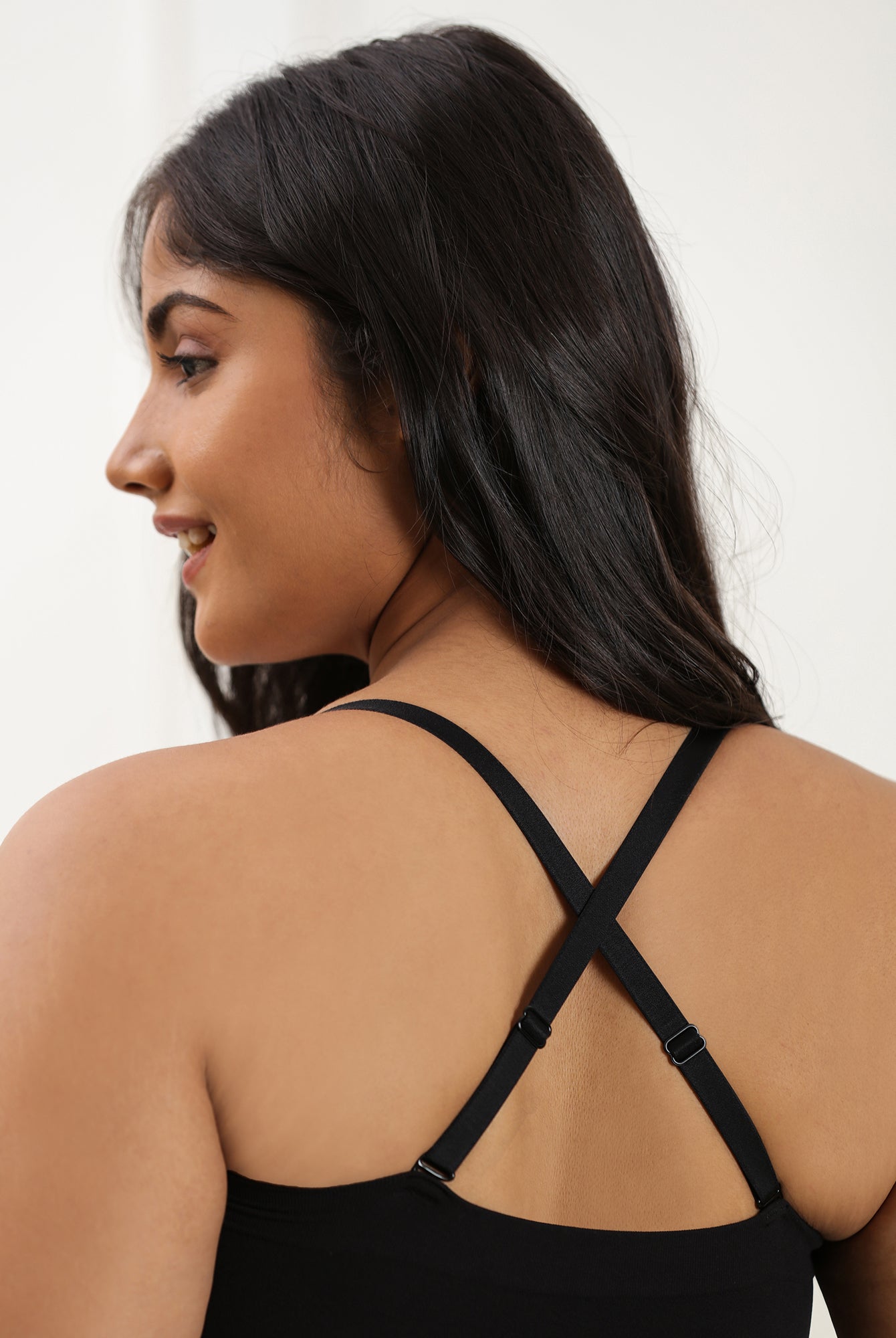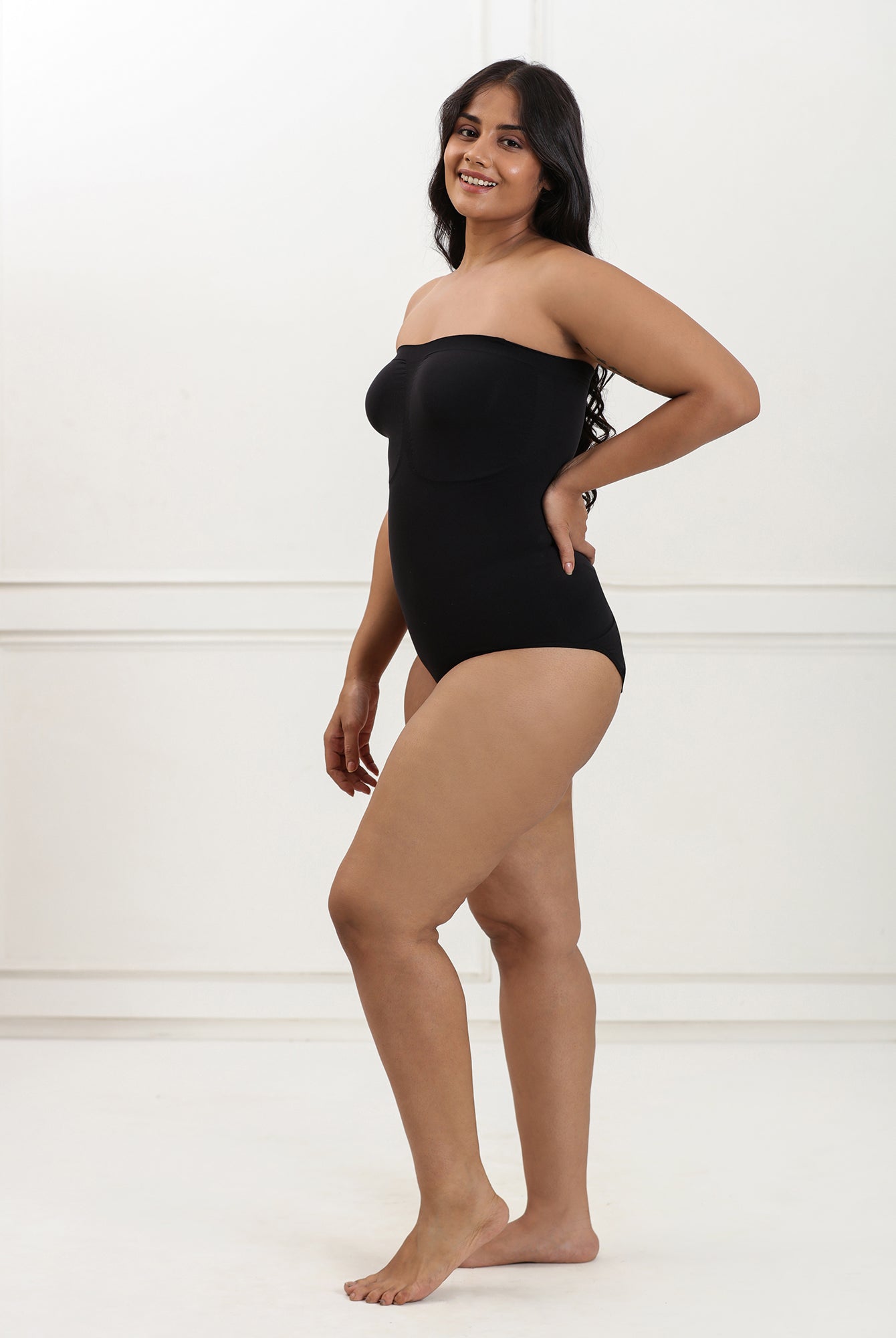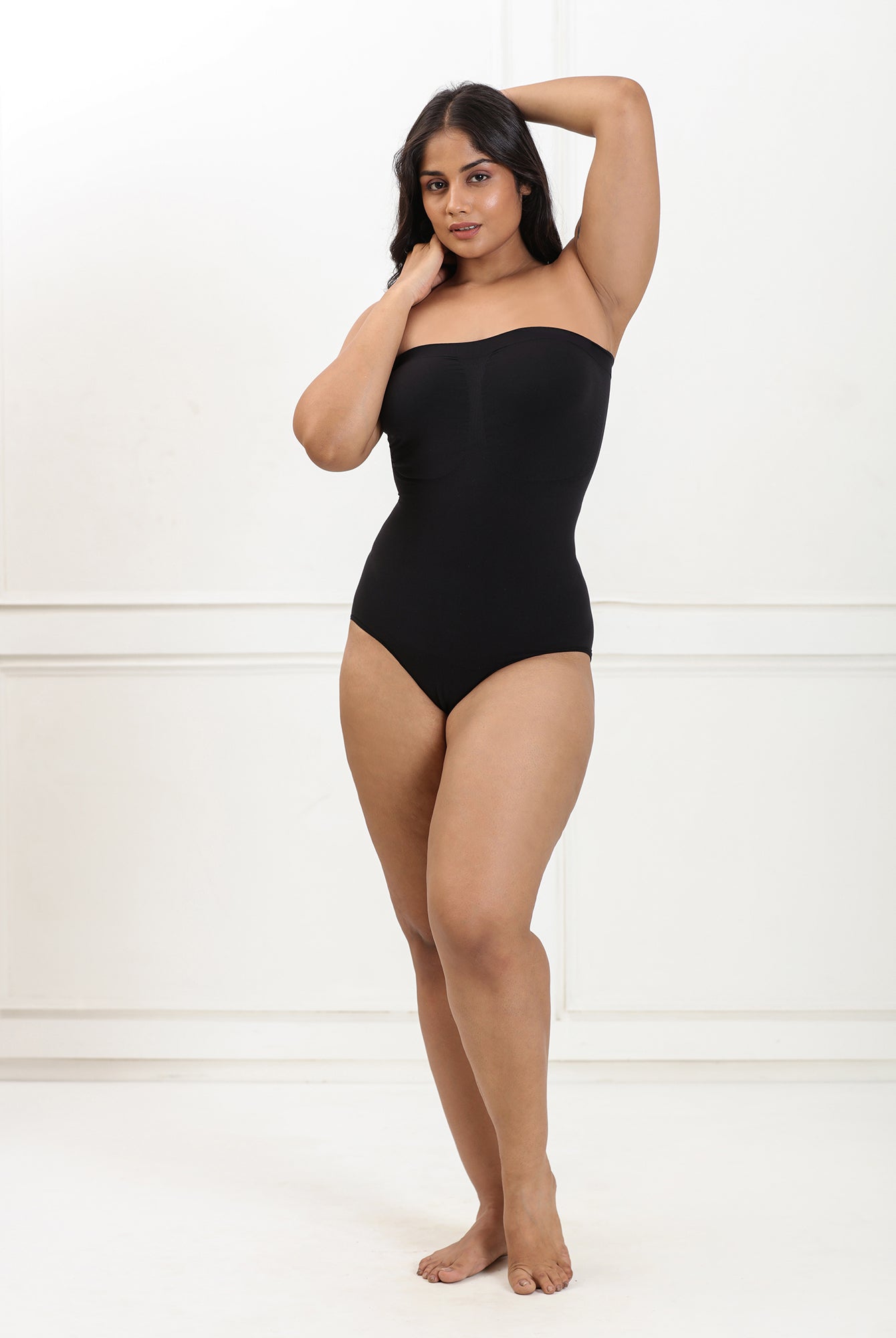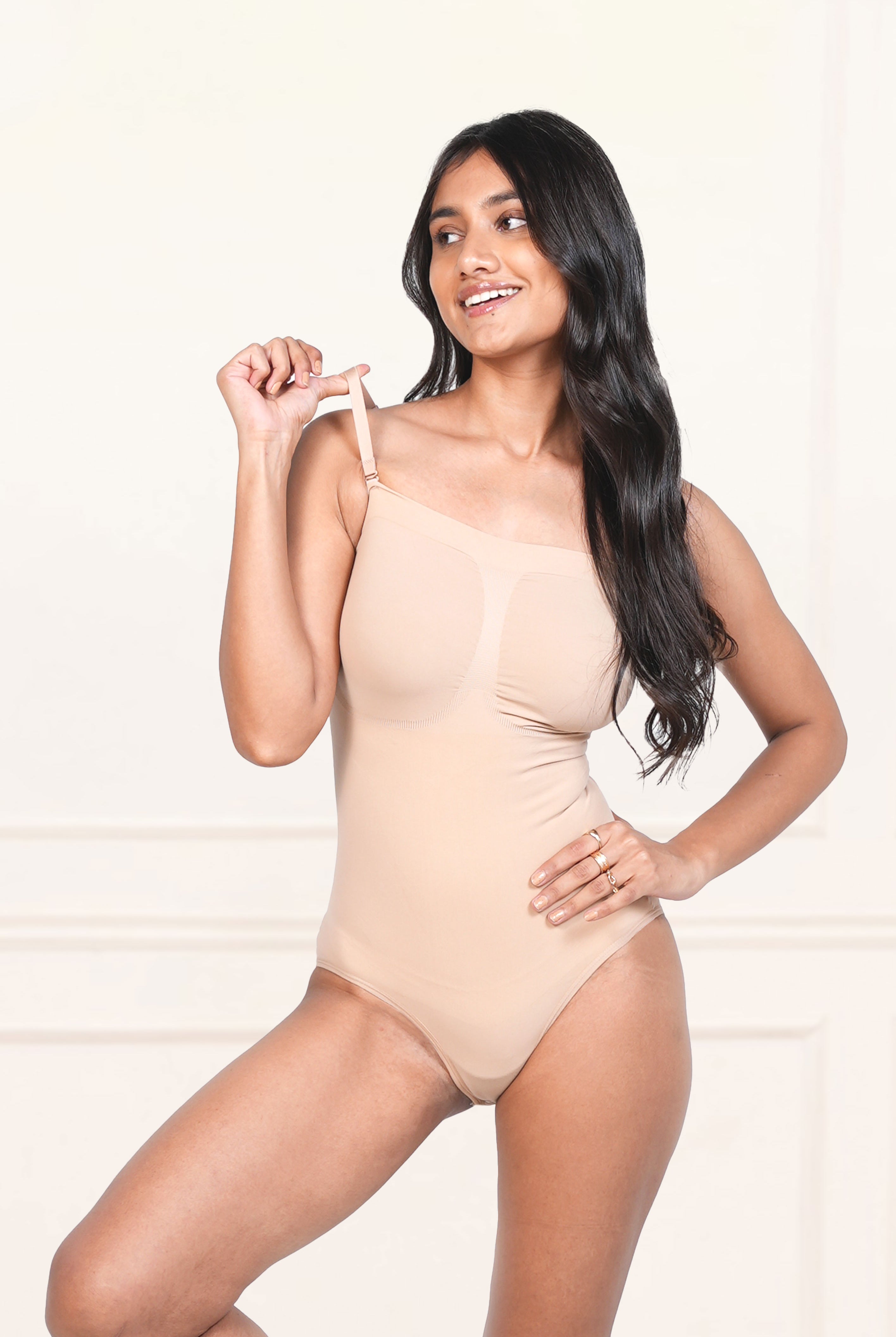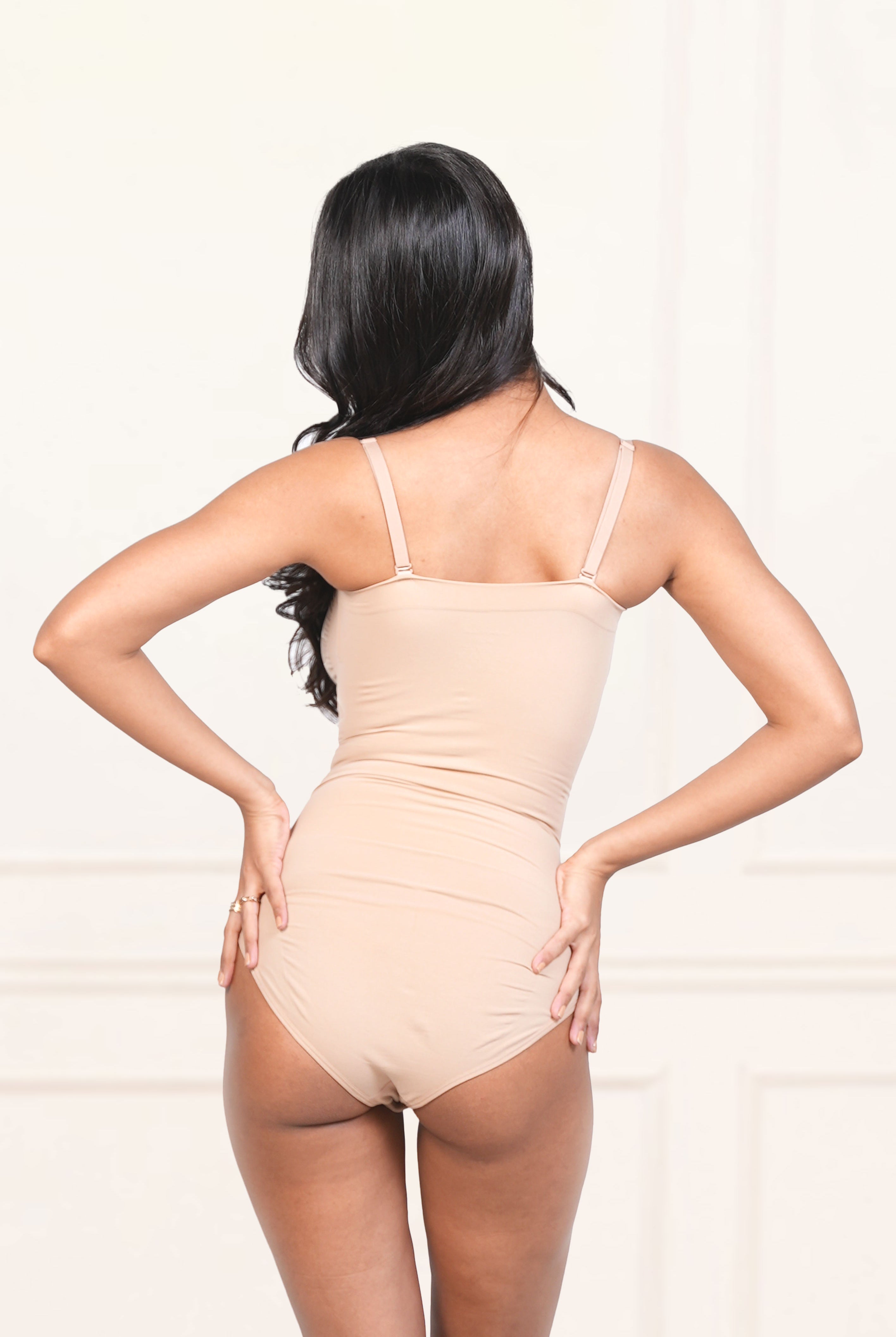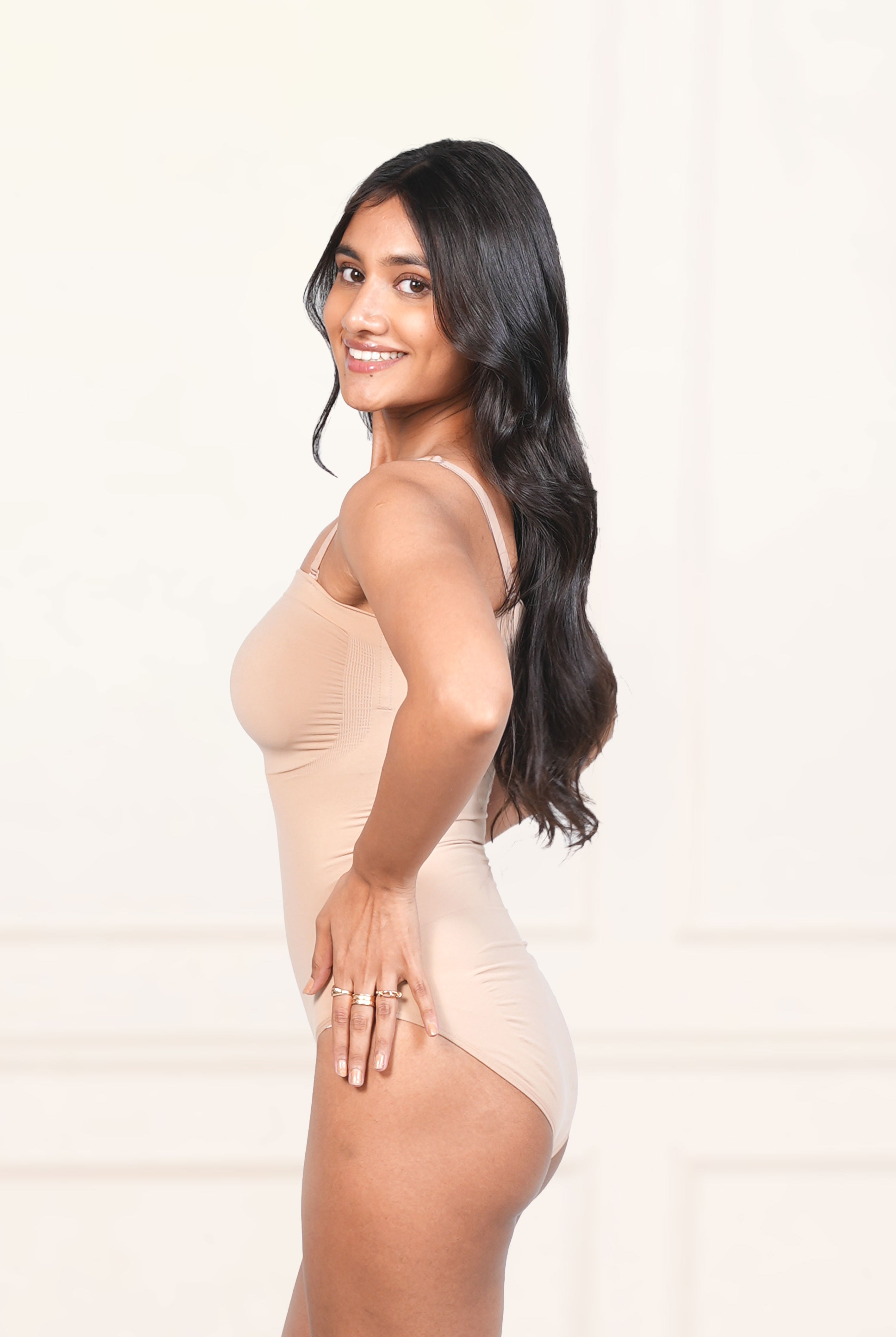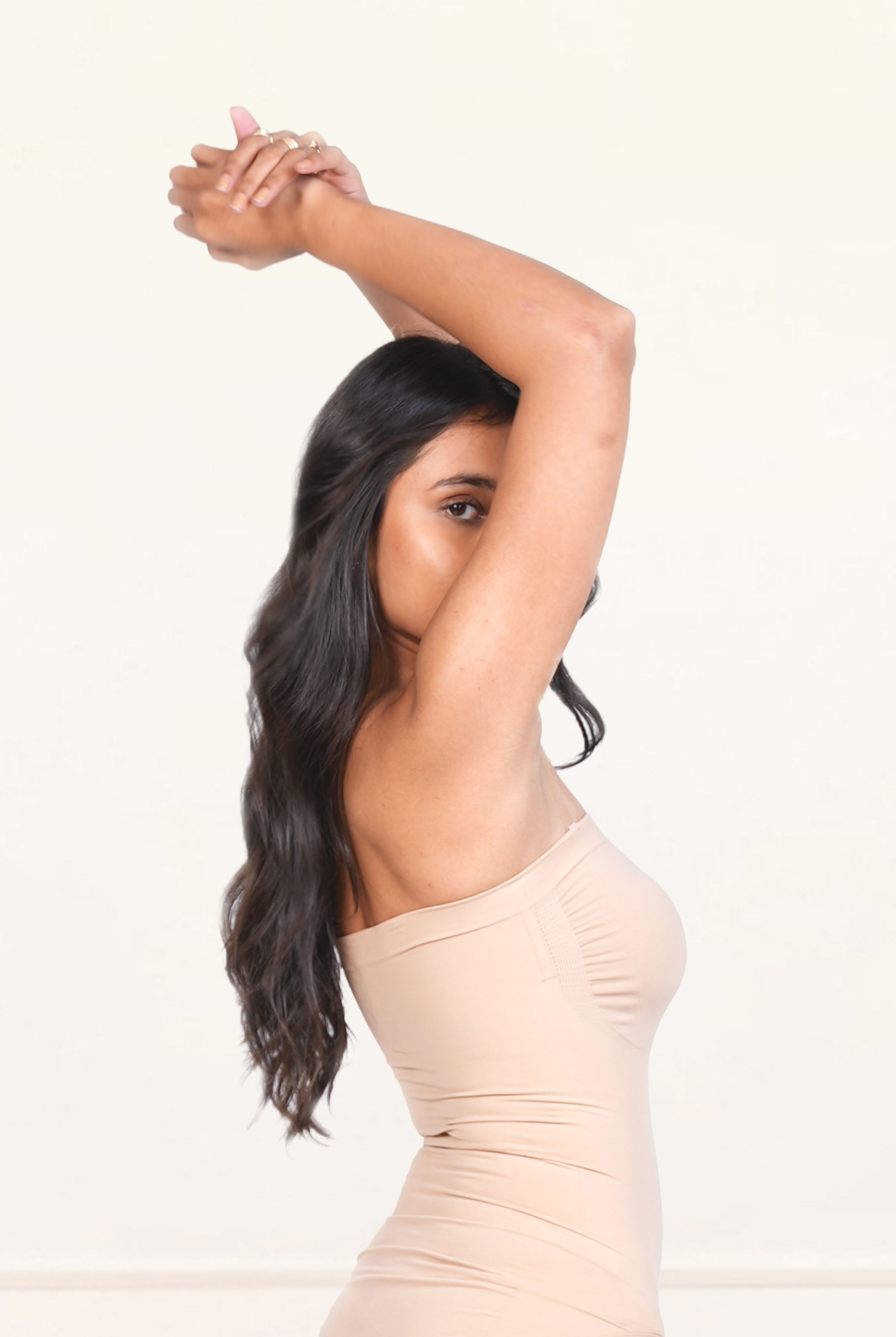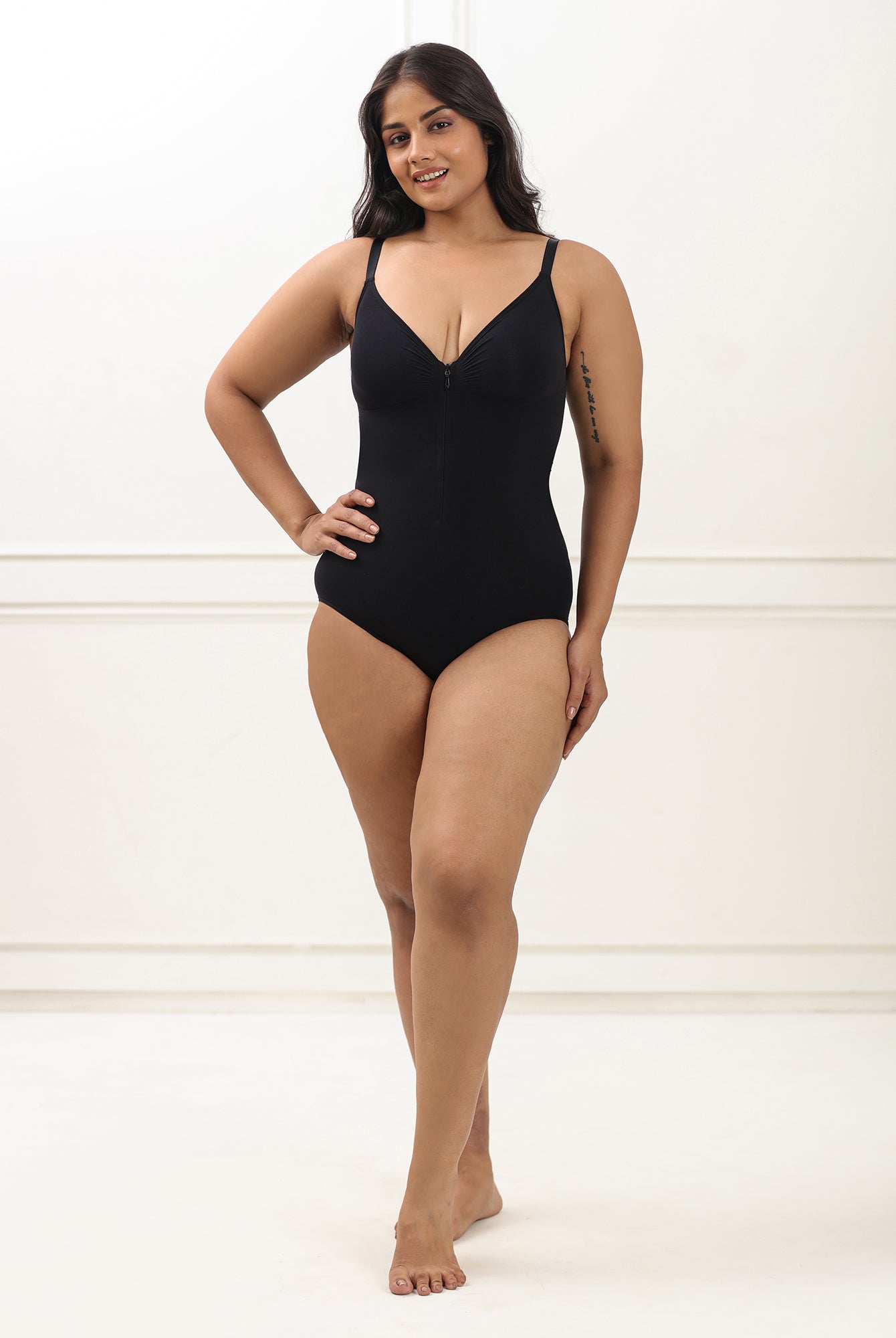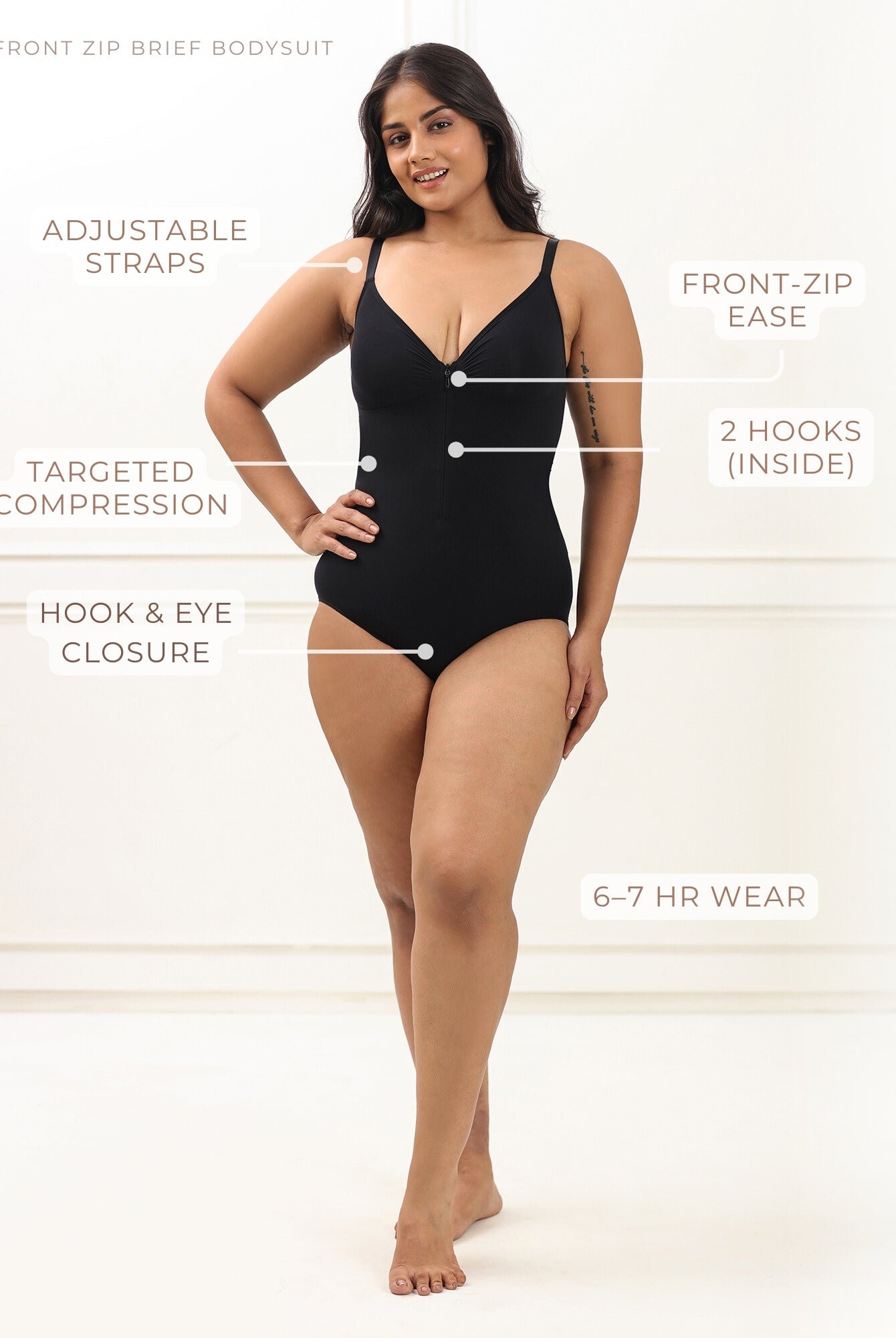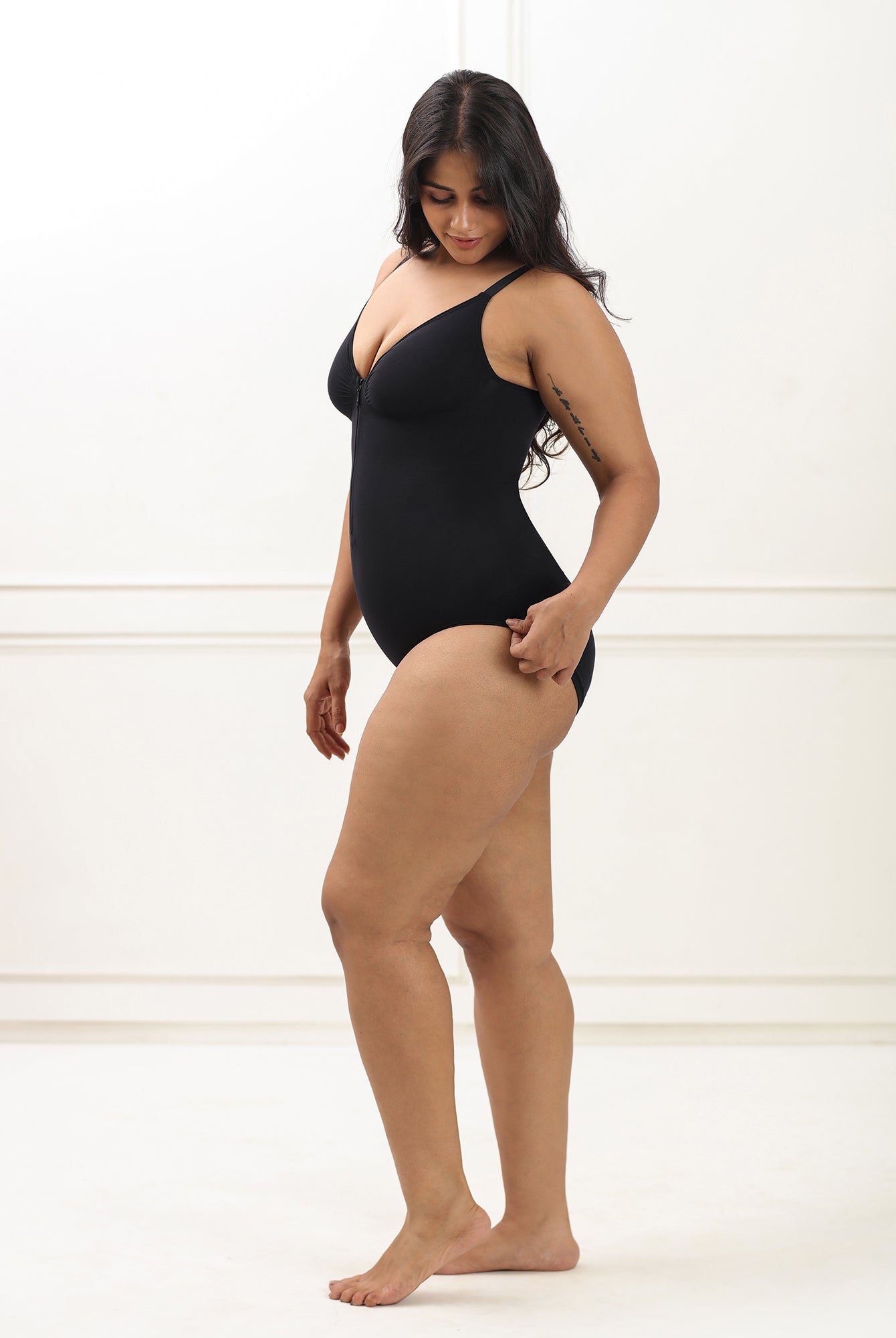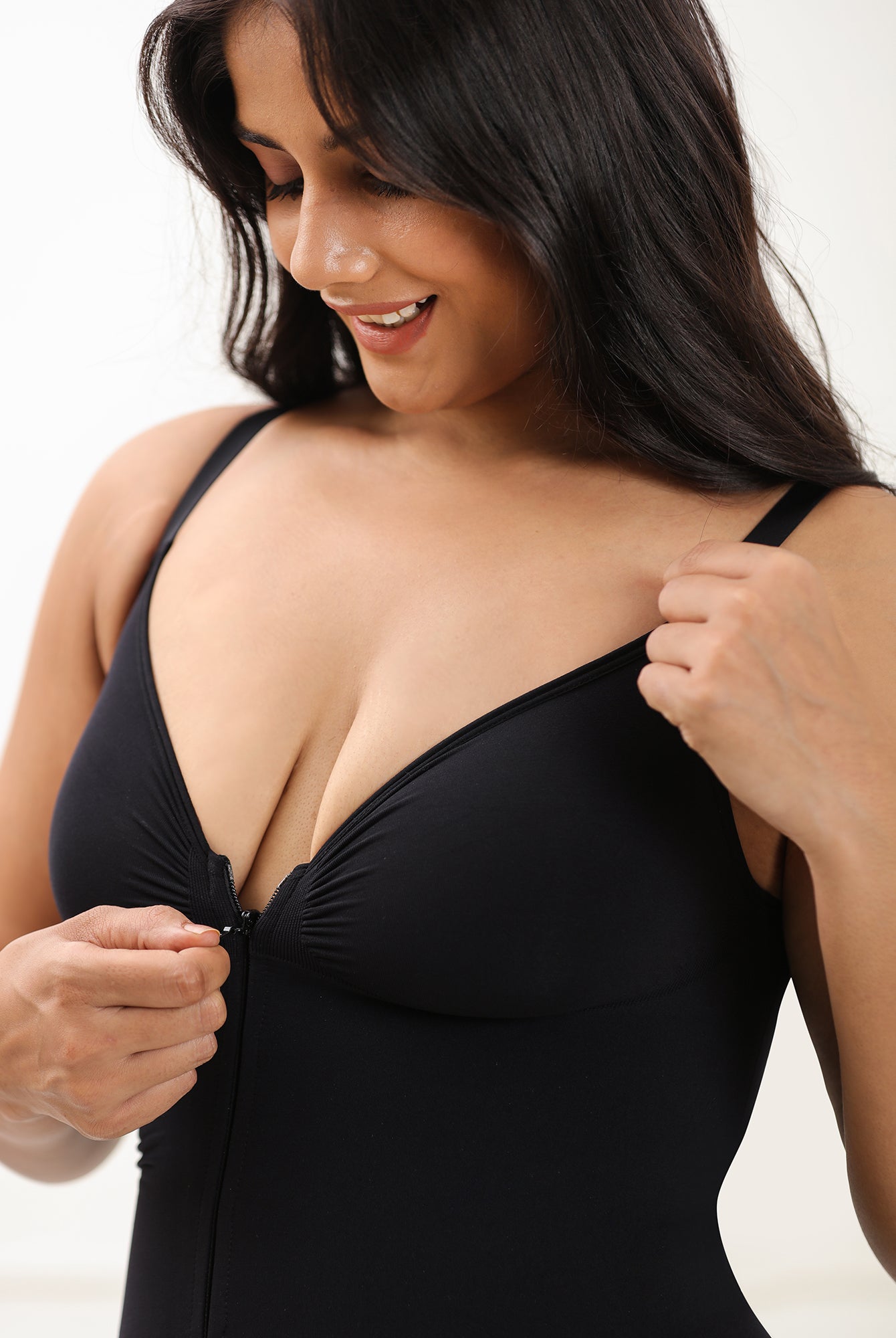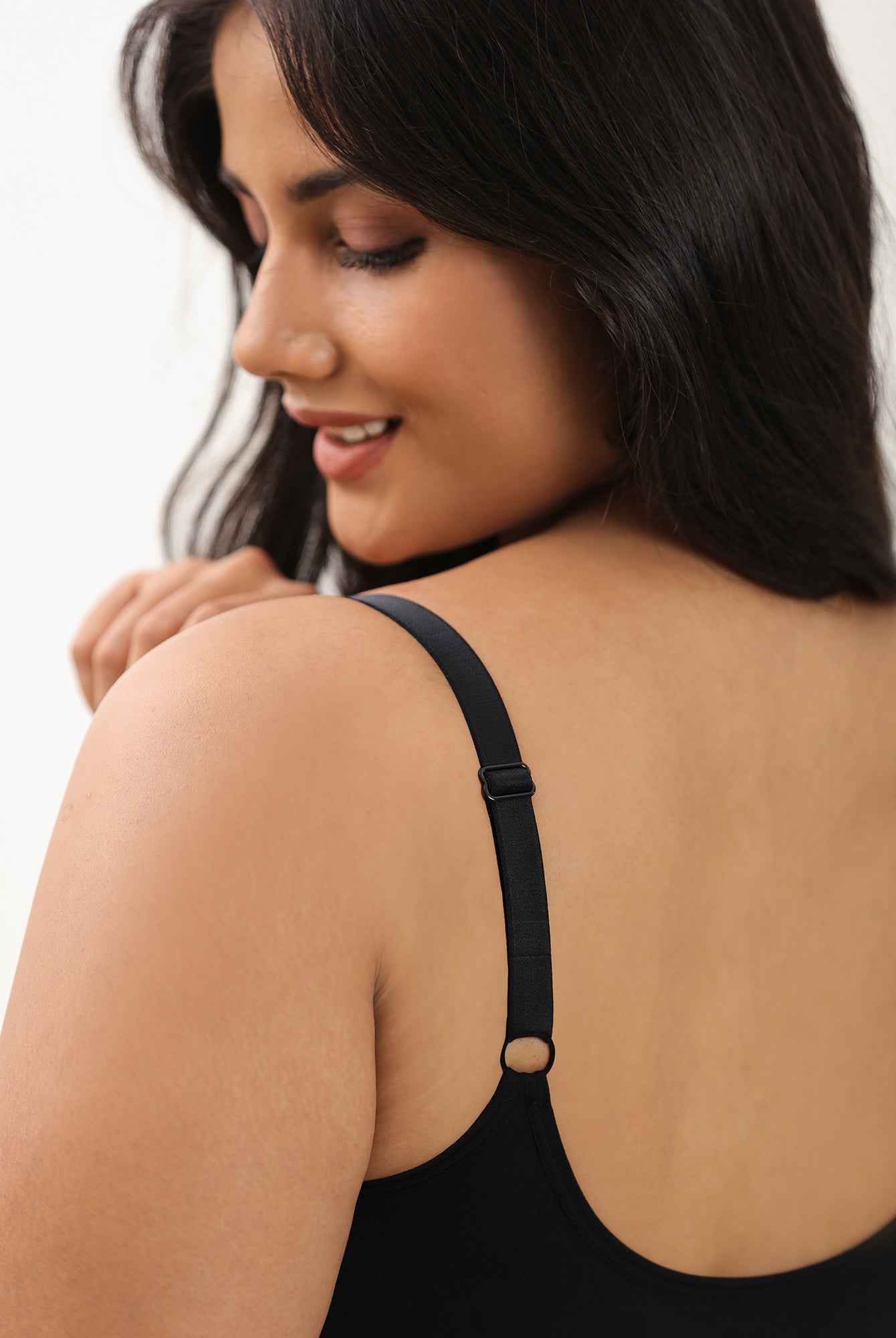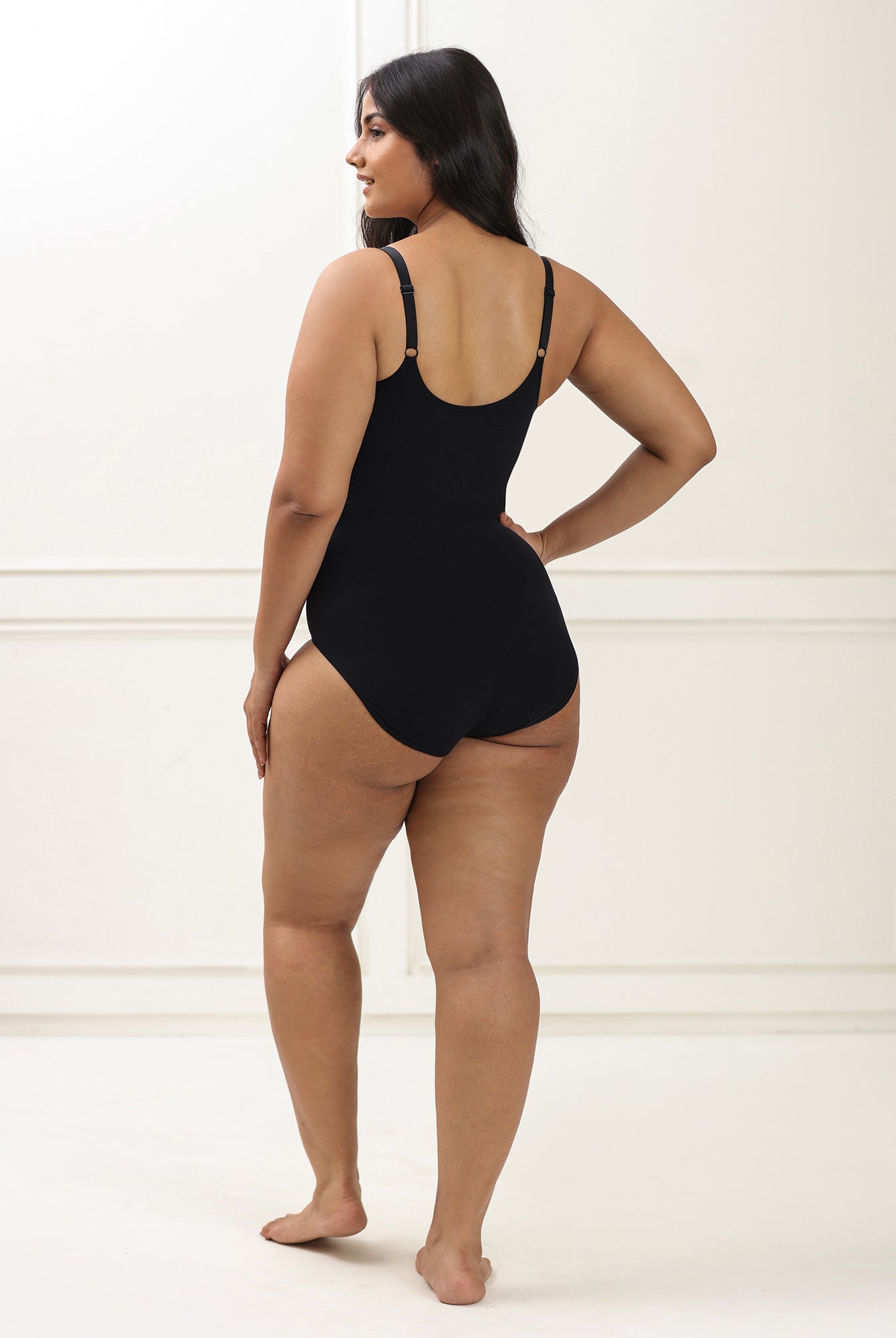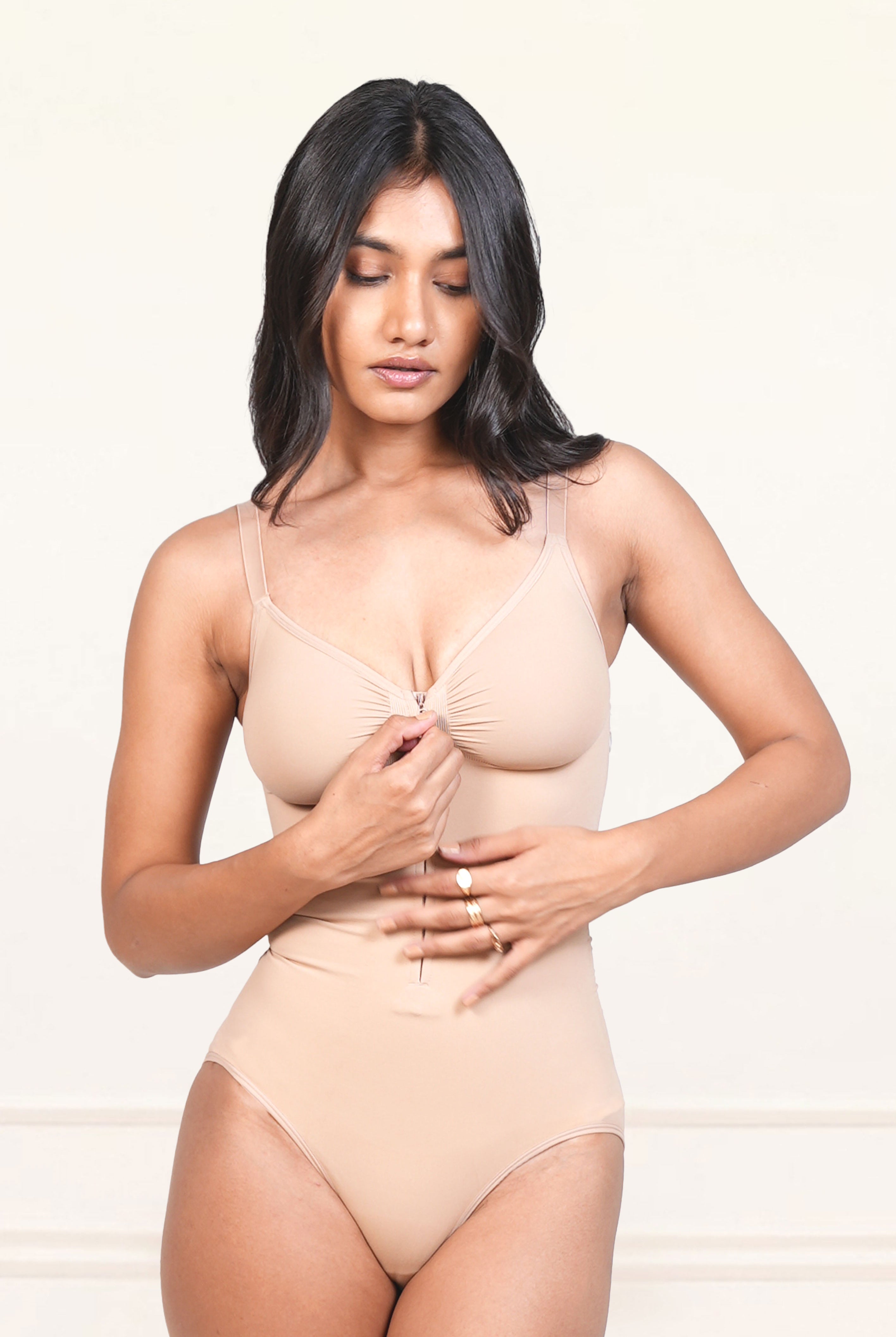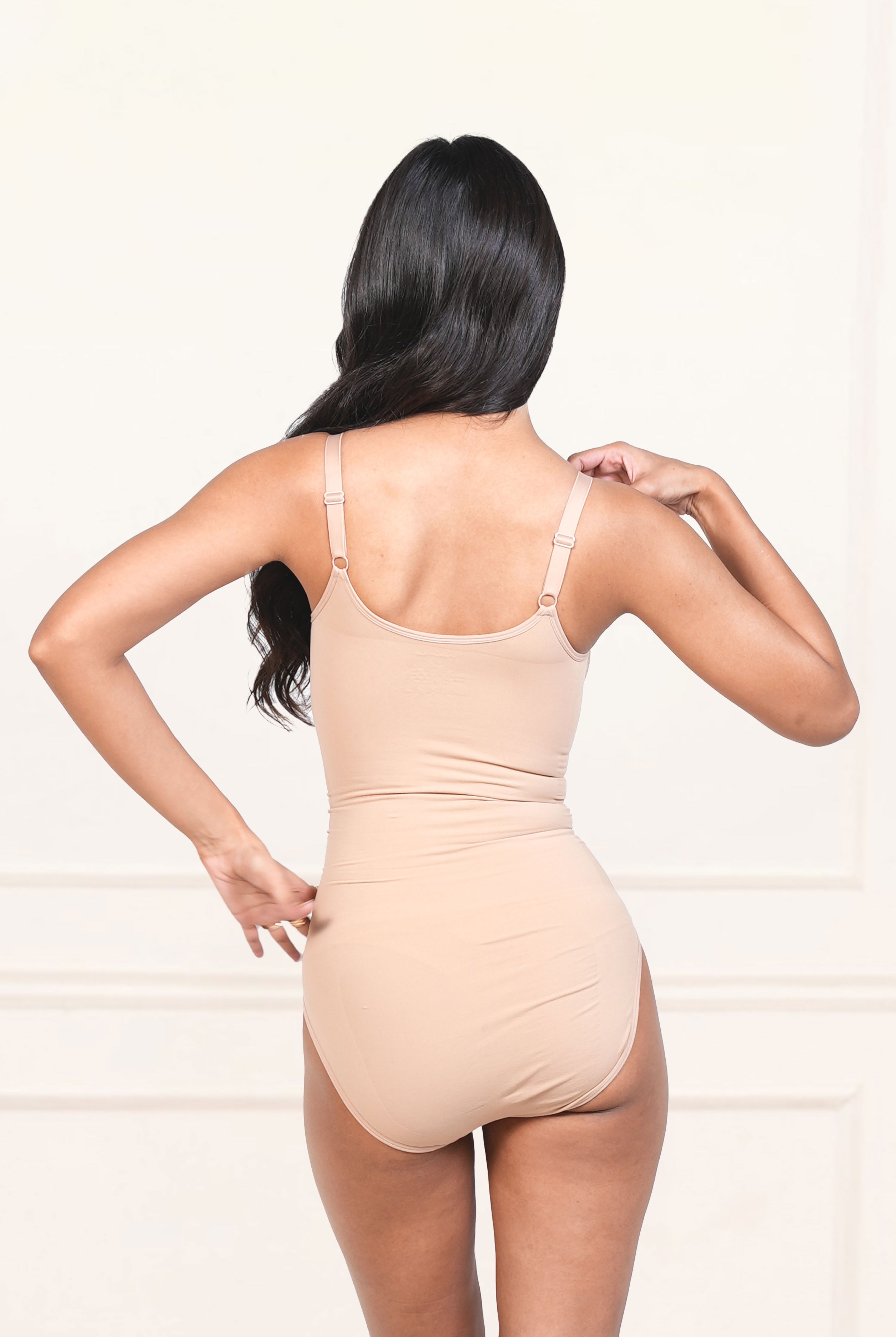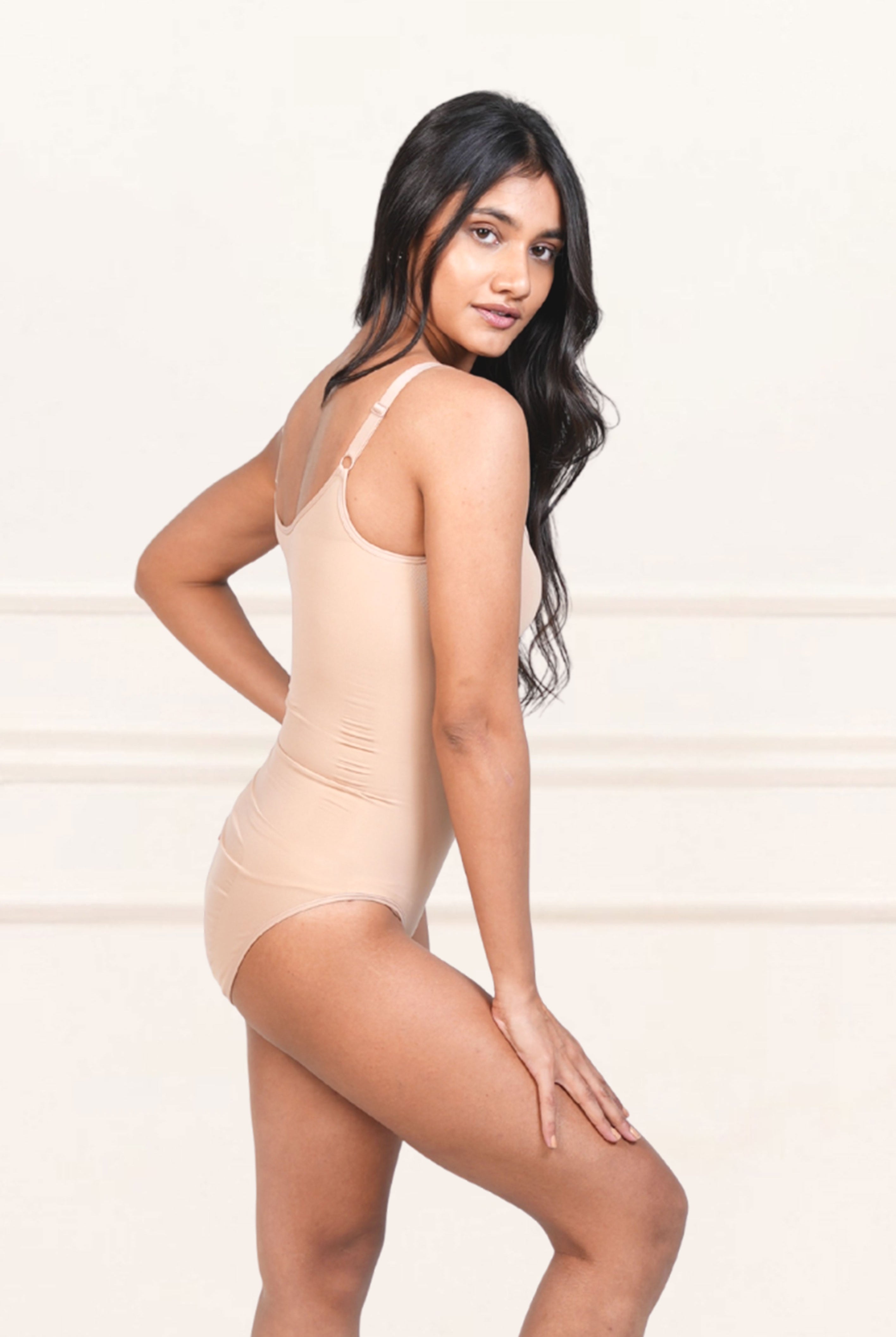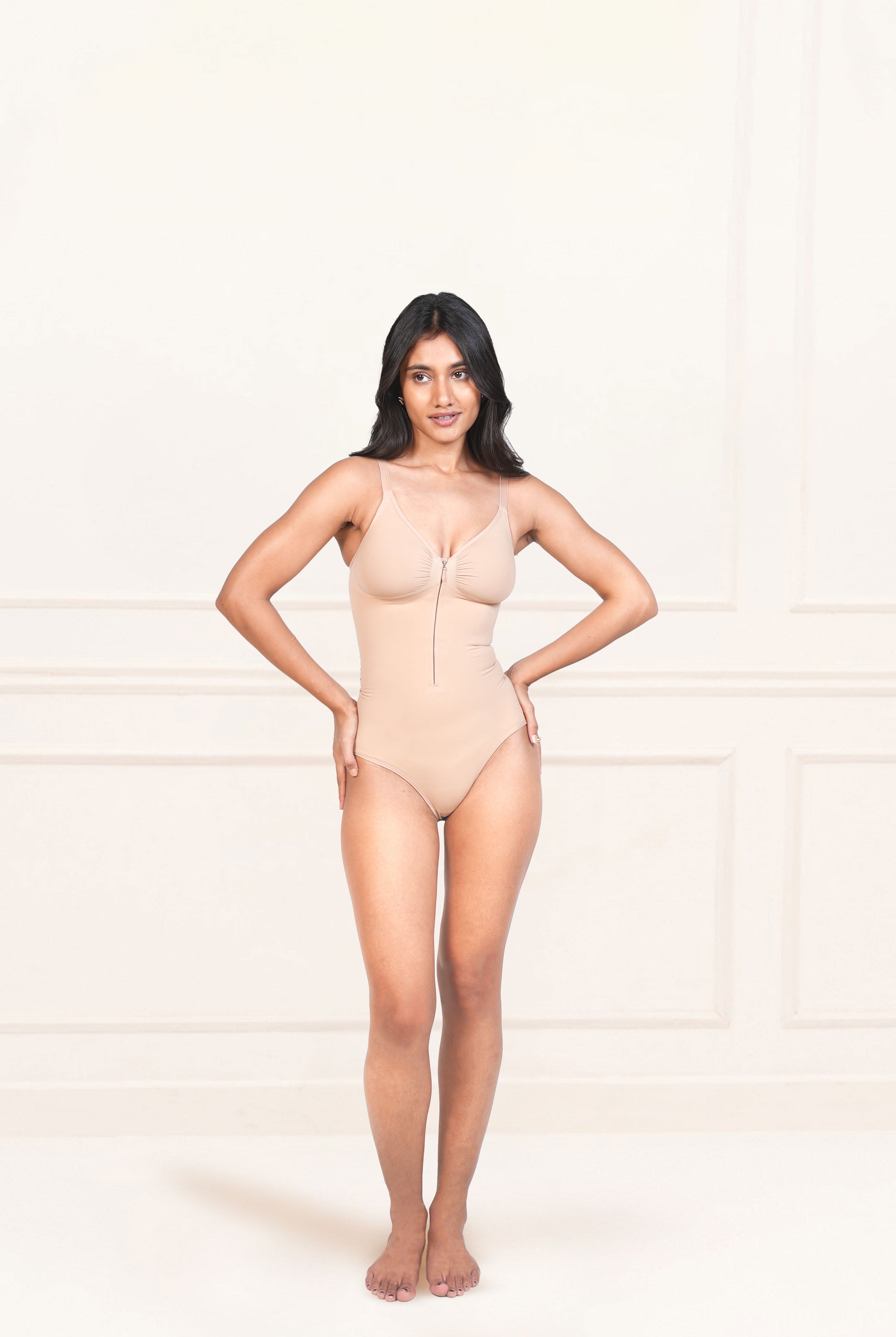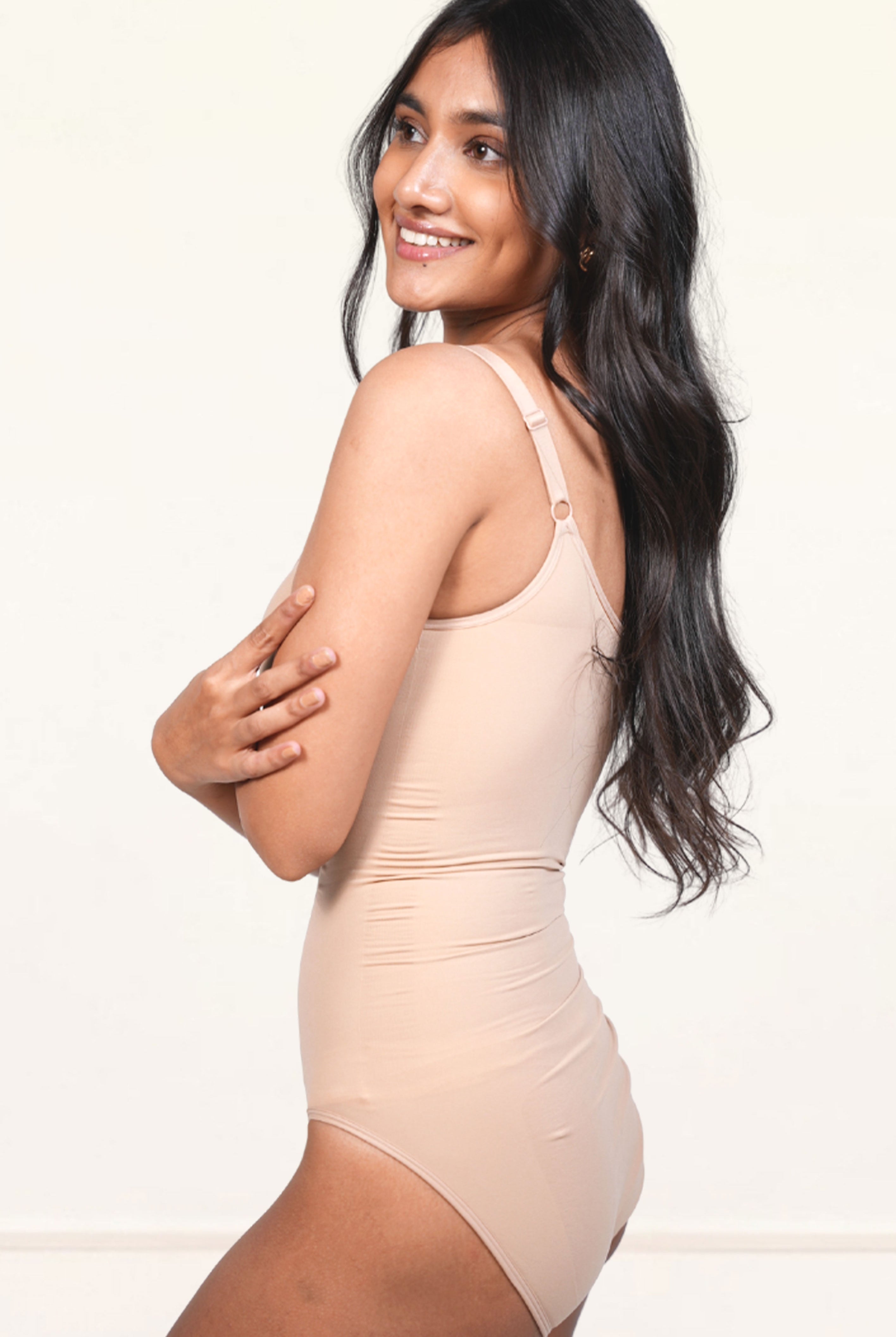Quick Summary
-
The Science of Fabric Breathability
-
Best Fabrics for Summer
-
Fabrics that work for the office
-
Fabrics built for workouts
-
Sensil Nylon: The future of comfort wear
-
Matching Fabric to Occasion
-
Other factors to consider beyond fabric
-
Science meets style
When we were kids, our mothers used to choose clothes for us, and boy, did they do it so carefully. Their focus was not exactly just on the style but also on the fabric. They made sure that the fabric was soft, not itchy, and didn’t prick your skin.
Choosing the right fabric for your clothes and undergarments draws the line between feeling comfortable and struggling all day. We’ve all been there and made questionable choices in terms of clothing, whether it’s allowing yourself to sweat through a blouse just because it looked pretty, or that “comfy” gym set that clung to you for dear life and made you chafe. But fabric choice is more than just fashion; it’s science. The right fabric keeps you cool, moves with your body, and makes you feel like you’re wearing a second skin.

Understanding why and how fabric choice affects your comfort, the best fabrics out there for daily wear, and how to choose wisely is crucial so that you don’t compromise your style for comfort or vice versa.
The Science of Fabric Breathability
“Comfortable” is such an overused word when it comes to clothes, fabric, and undergarments. If you had to take a shot every time someone used it in their brand pitch, well, you wouldn’t even make it halfway through this article. But here’s something that many don’t focus on - comfortable is not just an adjective but rather a state of being. A good fabric interacts with your skin and your body’s natural cooling system to bring you that comfort. Here’s what turns a fabric into a great piece of clothing you can wear all day, every day.
Moisture Management
-
Fabrics that “wick” sweat pull moisture away from the skin so it can evaporate.
-
Cotton absorbs sweat but doesn’t wick well, meaning it can feel heavy when damp.
Airflow (Porosity)
-
Breathable fabrics give you that breezy feel and prevent your body from overheating, talk about multitasking.
-
Looser weaves mean more airflow, whereas tighter weaves can lead to more heat retention.
Thermal Regulation
Some fabrics insulate (like wool, fleece) while others keep you cool (linen, technical synthetics). The key is balance; you don’t want to feel like you’re freezing or feeling like you’re in a sauna. Switch accordingly.
Best Fabrics for Summer

Summer fabrics should feel light, airy, sweat-friendly, and channel your inner Donna from Mamma Mia. Here are some of the best ones:
-
Cotton: Soft, breathable, natural. Perfect for casual wear but not great for sweaty workouts.
-
Linen: The OG summer fabric that’s airy, quick-drying, and effortlessly chic.
-
Rayon/Viscose: Drapes beautifully, lightweight, but wrinkles easily.
-
Sensil Nylon: Modern performance fabric that’s durable, silky, and moisture-wicking while still being breathable.
-
Blended Fabrics: Cotton-linen blends or cotton-sensil nylon blends balance both softness and durability.
Pro tip: Light colors in summer fabrics reflect heat better, so your breezy white linen shirt is basically going to be working overtime.
Fabrics That Work for the Office

Office wear fabrics should be professional and look polished, but also provide all-day comfort.
-
Blended Cotton: Structured yet breathable, great for button-downs and trousers.
-
Silk/Satin: Luxe, drapey, but best reserved for air-conditioned spaces.
-
Sensil Nylon Blends: Wrinkle-resistant, breathable, and soft, making it ideal for long commutes or presentations.
-
Polyester Blends: Increasingly refined, often used in workwear for their wrinkle-free finish.
The trick is choosing fabrics that hold shape (so your clothes don’t look crumpled by noon) but still allow air to flow.
Fabrics Built for Workouts

Fabric science is a genius concept, but it really shines in the fitness domain. Comfortable gym wear should be a versatile choice, serving both aesthetic and performance needs.
-
Sensil Nylon: A powerhouse. Stronger and softer than regular nylon, with odor resistance and excellent wicking.
-
Spandex (Elastane): Provides stretch and recovery, best for leggings and sports bras.
-
Polyester Technical Blends: Durable, quick-dry, often budget-friendly.
-
Mesh Inserts: Not a fabric itself, but strategically placed mesh panels boost airflow.
Why Sensil Nylon wins: It’s designed for activewear with sustainability in mind. So, it’s not just high-performance but also eco-friendlier than traditional synthetics.
Sensil Nylon: The Future of Comfort Wear

If you haven’t heard of Sensil nylon, think of it as the final boss of everyday synthetics. Traditional nylon has a bad rep for being hot, clingy, and not exactly eco-friendly. Sensil changes that.
What Makes Sensil Nylon Special?
-
Breathability: It manages moisture far better than old-school nylon.
-
Softness: Feels almost silky against the skin and says goodbye to scratchiness.
-
Durability: Holds up wash after wash, making it perfect for bras, leggings, or daily comfort wear.
-
Eco-Friendly: Manufactured with reduced environmental impact compared to standard nylon.
When choosing shapewear that doesn’t suffocate and is your everyday comfort wear, Sensil nylon is your partner in crime.
Matching Fabric to Occasion: Quick Guide

-
Casual Summer Days: Cotton or Linen.
-
Office/Professional: Cotton blends, wrinkle-resistant fabrics, Sensil nylon blends.
-
Workouts: Sensil nylon, spandex, technical polyester.
-
Lounging at Home: Soft modal or cotton for all-day ease.
-
Party Nights: Satin, silk, or blends that drape with elegance.
Comfort Beyond Fabric: Other Factors to Consider

If the garment isn’t designed well, even the best fabric can feel off (think - green flag but mumma’s boy). But there’s a way out. Here’s what you should look at when choosing your comfort wear:
-
Seam Placement: Flat seams or seamless construction prevent chafing.
-
Stretch Factor: Spandex improves movement without sacrificing structure.
-
Lining: Breathable lining (like cotton) makes bras and shapewear more wearable.
-
Care Instructions: High-maintenance fabrics often end up ruined due to improper maintenance, so consider your convenience in this case.
Final Thoughts: Science Meets Style
At the end of the day, choosing fabric based on trends isn’t going to do you or your body any good. Always put your comfort first and make sure your clothes support your lifestyle, whether you’re sweating it out at the gym, surviving a local train ride, or dressing to impress at work.

At Underneat, we take our fabrics seriously because the right fabric is the one that lasts from desk to dinner, workout to wind-down. From breathable cotton to innovative Sensil nylon, our shapewear is designed for Indian weather, gentle on skin, and seamless under clothes.
Innovations like Sensil nylon are proof that the future of fashion lies in smart fabrics that blend style, science, and sustainability. And while cotton and linen will always be summer staples, modern blends mean you no longer have to be subjected to decision fatigue over choosing one fabric and can go for whatever suits you the best.
True comfort wear isn’t just about what looks good in the mirror; it’s about what feels good on your skin, hour after hour.
FAQs
- Why is fabric choice important?
Fabric is what determines how you will feel throughout the day. If it’s itching, stiff, or absorbs moisture, it can leave you feeling annoyed. Think of the days when you were annoyed all day but felt better once you changed into your comfort wear? That’s probably because of the fabric you were wearing.
2. Which fabric is best for breathability?
Fabric made from natural materials like linen, cotton, hemp, and bamboo is among the most breathable options. These fabrics have a porous structure that allows air to flow freely. Some new tech fabrics, such as Sensil Nylon, are also suitable for breathability while being more eco-friendly.
3. What are the factors to consider when choosing a fabric?
There’s a lot you need to look at when deciding on the fabric, but some of the most basic yet important ones are:
-
Occasion/Purpose - Consider where you’re going or what you will be doing
-
Weather - Is it going to be hot, humid, or cold?
-
How it feels - Is it textured? Pricky? Soft? Breathable?
4. What influences the performance of a fabric?
The seam and tear strength, temperature resistance, and chemical resistance are among the crucial factors that impact how the fabric will perform and make you feel.


